UNITED INDIGENOUS NATION
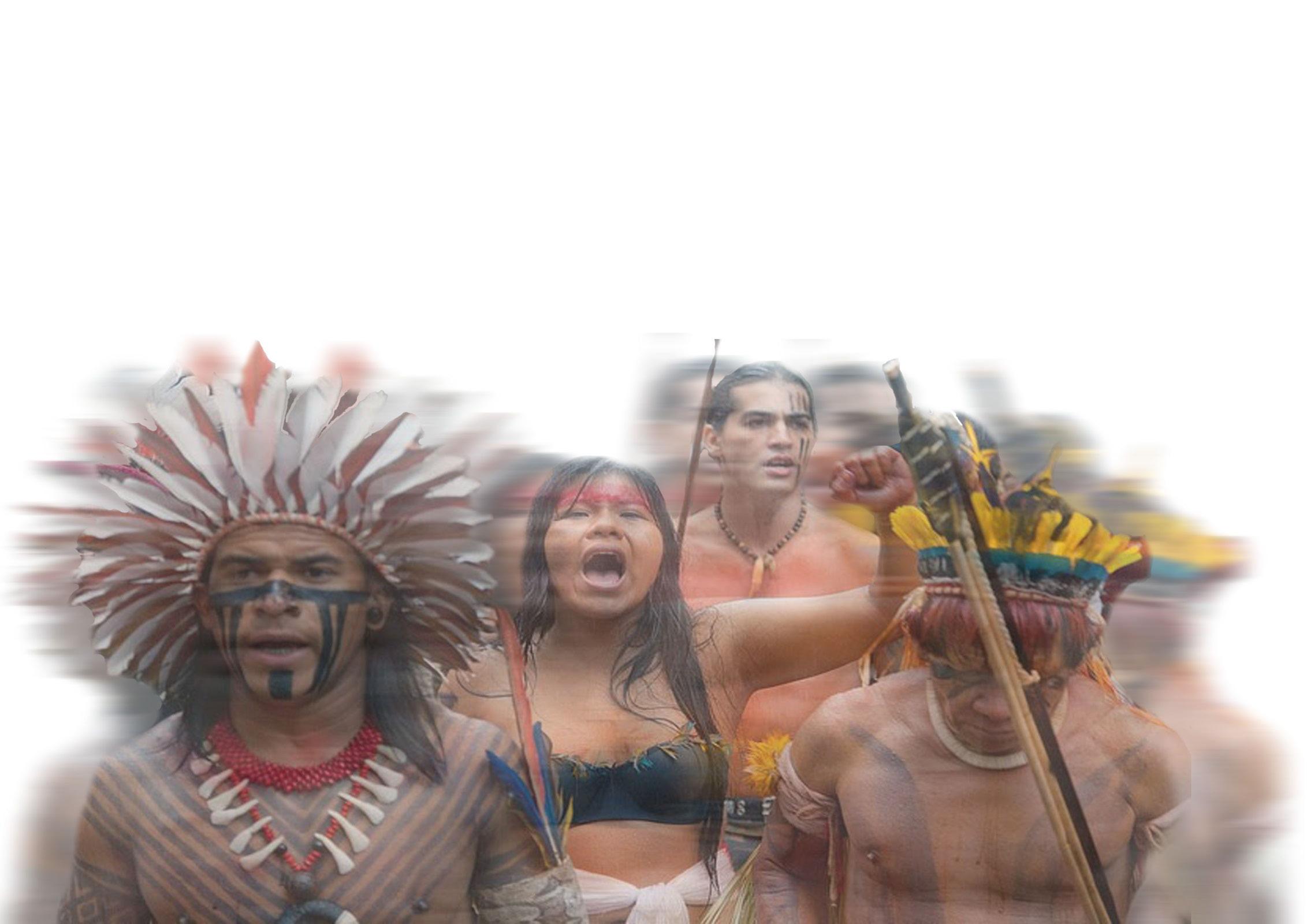
A PLATFORM TO ALL INDIGENOUS PEOPLE TO DEBATE - EXPRESS THEMSELVES - EXCHANGE KNOWLEDGE IN A MISSION TO DEVELOP TOGETHER A WORLD MORE IN EQUILIBRIUM WITH THE NATURE
2
3 Juliana Perrone Celotti juliana_celotti@hotmail.com Academie van Bouwkunst Master in Architecture Amsterdam, 2022 Committee: Stephan Verkuijlen Raul Correa-Smith Jorn Konijn
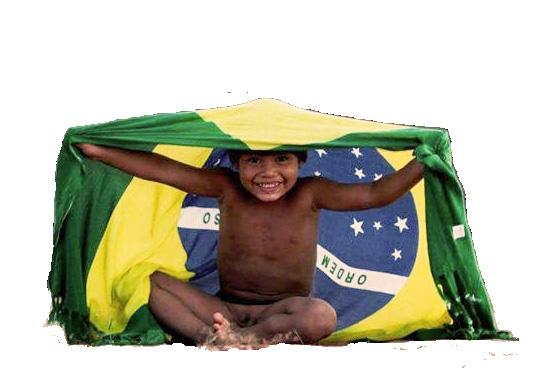
4
“Why is it taking so long to believe that if we hurt nature, we hurt ourselves? We are not watching the world from without. We are not separate from it.” David Kopenawa, a shaman and spokesman for the Yanomami people.
5
Here there are some images that inspired me at the beginning of this research.
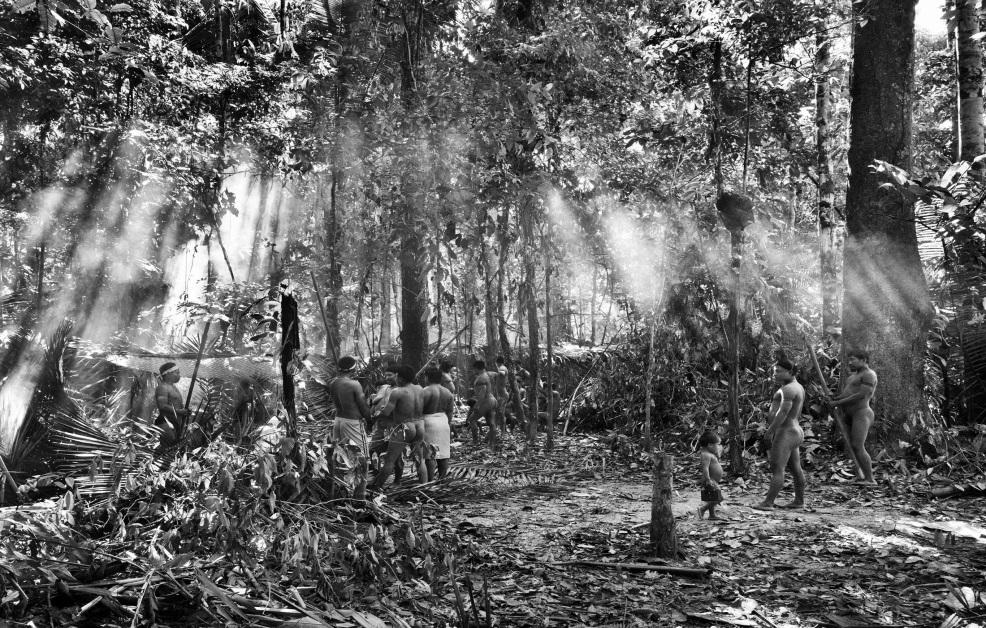
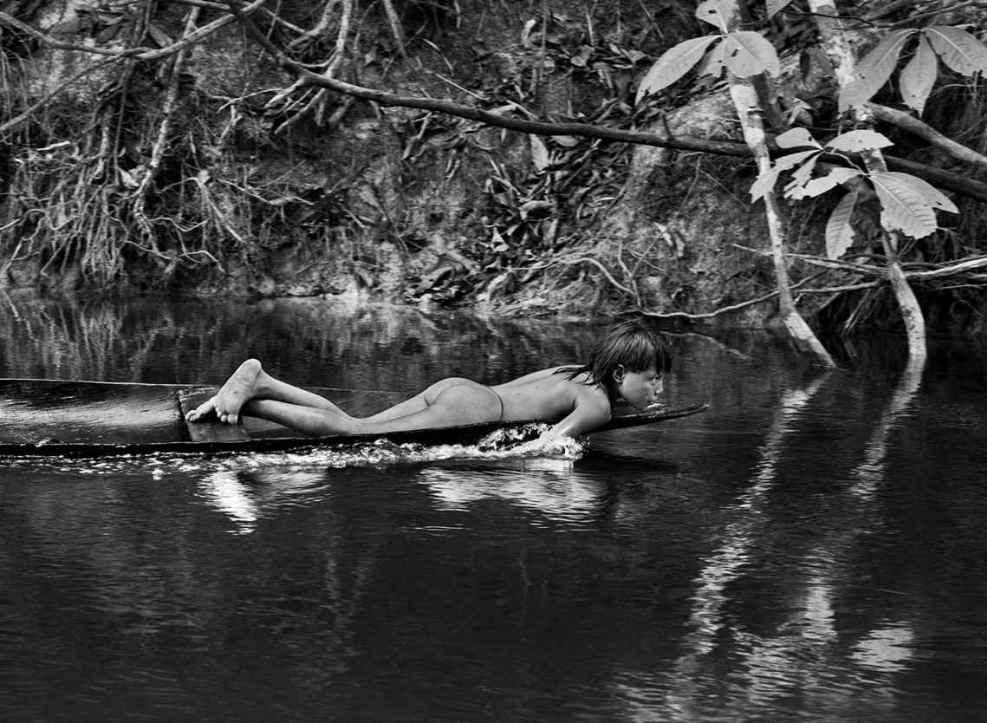
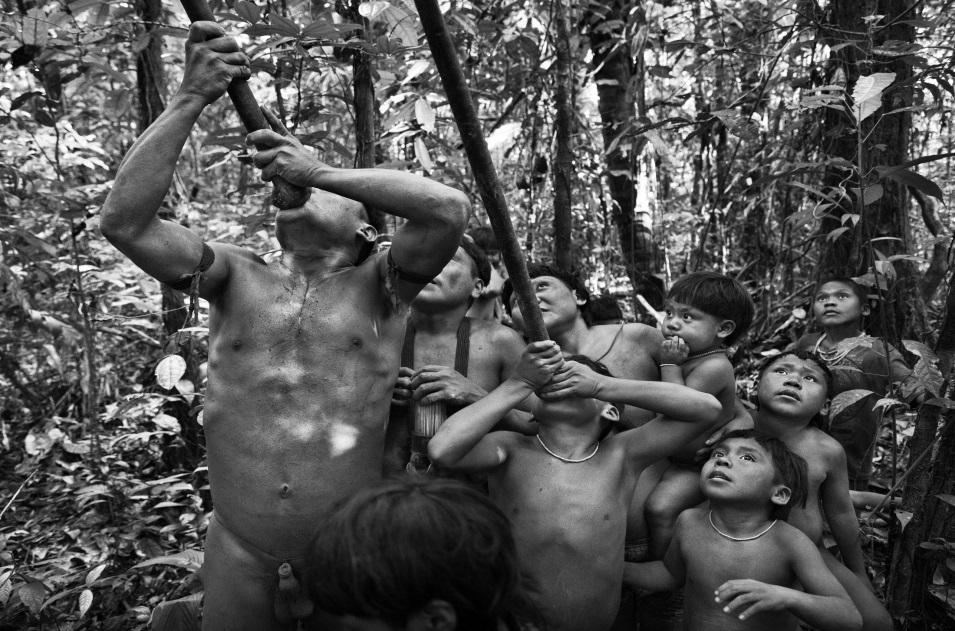
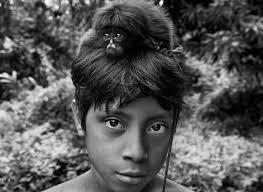
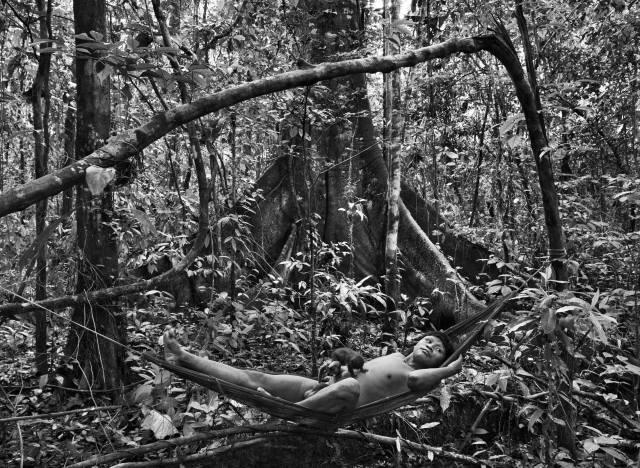
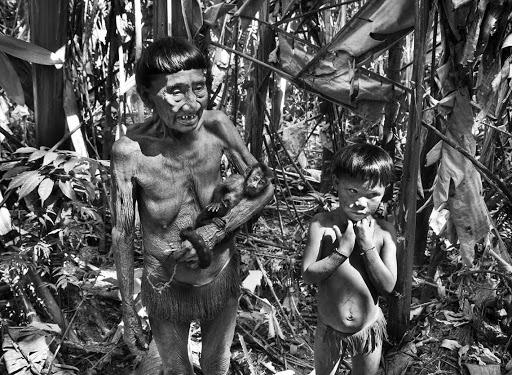

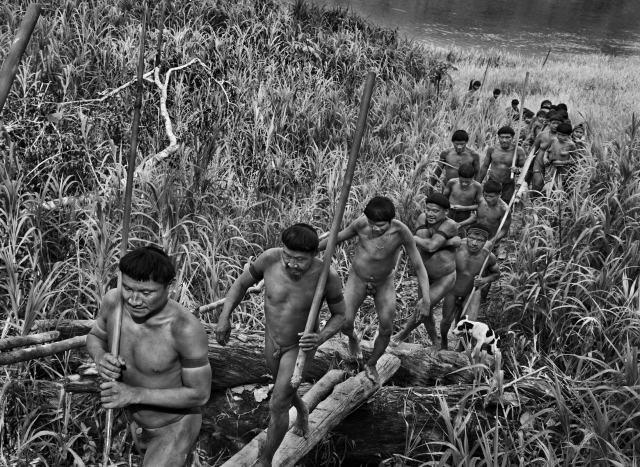
6
In school we learn that Brazil basically started when the Portuguese arrived, everything before is just “there were In dians”. Last year when I went to Ghana, I was really impressed by how they man age to keep the tribal culture alive (ritu als, language, architecture, way of life, food...etc). In the classes we had discus sions about how this will develop in the future. Will this disappear or will they be able to keep their culture alive. By this time I became intrigued by everything that was lost in Brazil in the way of cul ture, language, rituals, knowledge, from our original population. Parallel to this the new government wants to open the land that is reserved/preserved for indigenous people in Brazil.
I decided to go more deep in the topic, and because of this I decided to make the O6 about this subject. From analys ing a tribe that had a lot of contact with the western world, which we can find easily in São Paulo/Rio de Janeiro, to the most distant tribes living in the Amazon. My discoveries were fascinating. This incredible connection with nature, this
incredible respect that they have in gen eral for nature and the environment and the way of surviving for millennia in a sustainable way, in equilibrium. I discov ered then, that the indigenous rights are for a small part recognized in the Paris climate conference but they deserve more. So why do we keep ignoring our original people in Brazil? Our different tribal languages? The connection with nature? The knowledge in architecture and landscape.
As a Brazilian and as an architect this is what I want to explore in my final project. I want to give visibility to the described problems through a building. I want to make a building where people can visit and reconnect with the original people from Brazil. To make them visible, it needs to be in a visible place.
With this project I also want to confront the Brazilian architecture, the colonial style brought with the Portuguese/ French, and the modernism. The location was intentionally chosen with all these aspects in mind.
PERSONAL STATEMENT
7
CONTENTS
8
9 10 WHAT IS HAPPENING NOW? 26 FROM THE INDIGENOUS PERSPECTIVE 50 REPRESENTATION IN THE COUNTRY 86 DESIGN 156 BIBLIOGRAPHY 40 HOW INDIGENOUS PEOPLE ARE ORGANIZED 14 WHO ARE THE INDIGENOUS PEOPLE FROM BRAZIL? 20 WHY ARE INDIGENOUS PEOPLE THE SOLUTION FOR CLIMATE CHANGE? 58 LOCATION
WHAT IS HAPPENING NOW?
10
11
That are the many problems that we are facing nowadays:
Air pollution
The climate change
Deforestation
Species extinction
Soil and water degradation
Overpopulation
• Contaminations which put at risk the indigenous ethnicities to desappear.
All of these aspects put the lives of these people at risk, from the extermi nation of a certain type of ethinicity, as well as the entire environment and the biodiversity in Brazil.

The fires cause the intense emission of CO2 into the atmosphere.
Unsustainable agriculture contaminates our largest aquifer in the world, endan gering water-rain.
Mining is also another negative factor, as it contaminates rivers and puts a whole biodiversity in the region at risk.
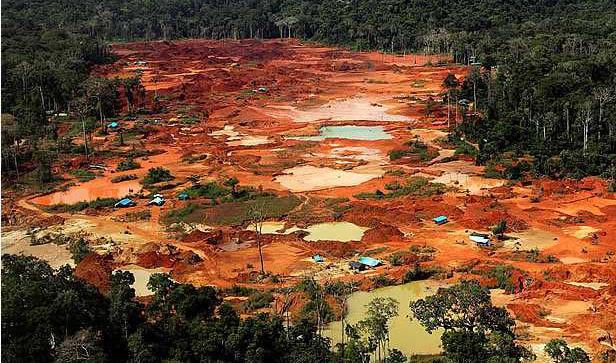
Protest to stop a construction company that wants to build in a Guarani reserved area.
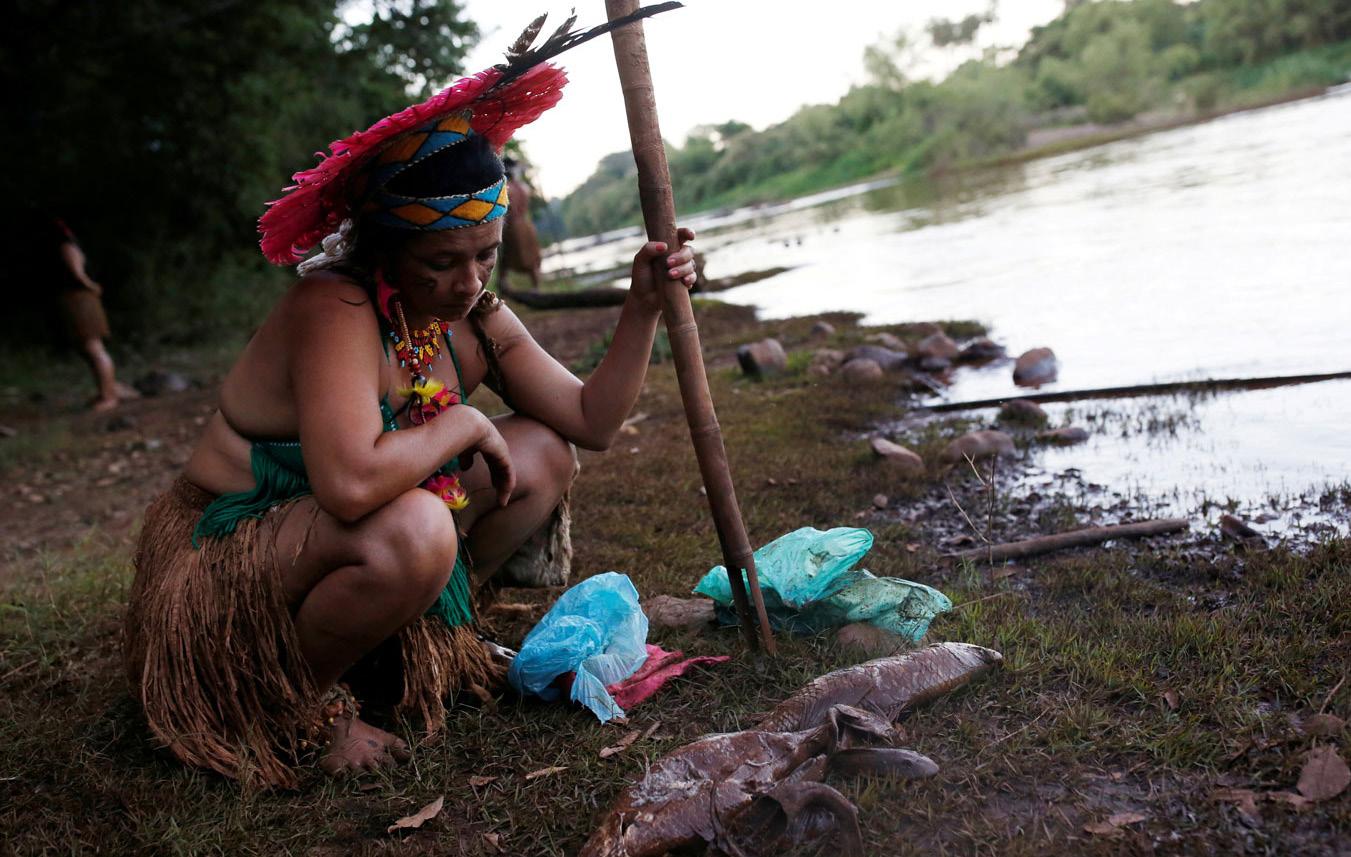
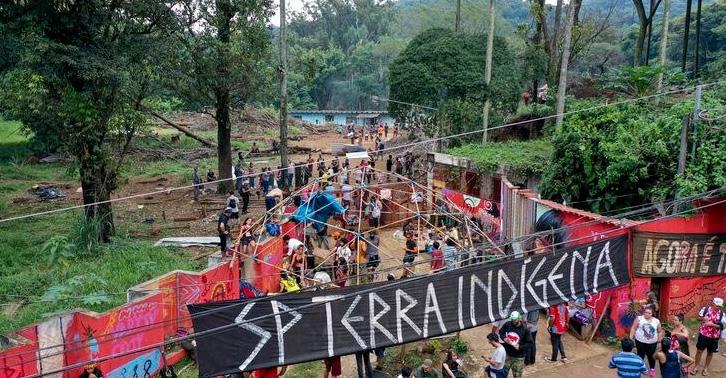
Spread of diseases putting the lives of these peoples at risk.
Food contamination, destruction of biodiversity.
Mining causes water contamination.
12
•
•
•
•
•
•
Amazon deforestation for illegal agriculture, livestock farming and global warming that causes forest fires.
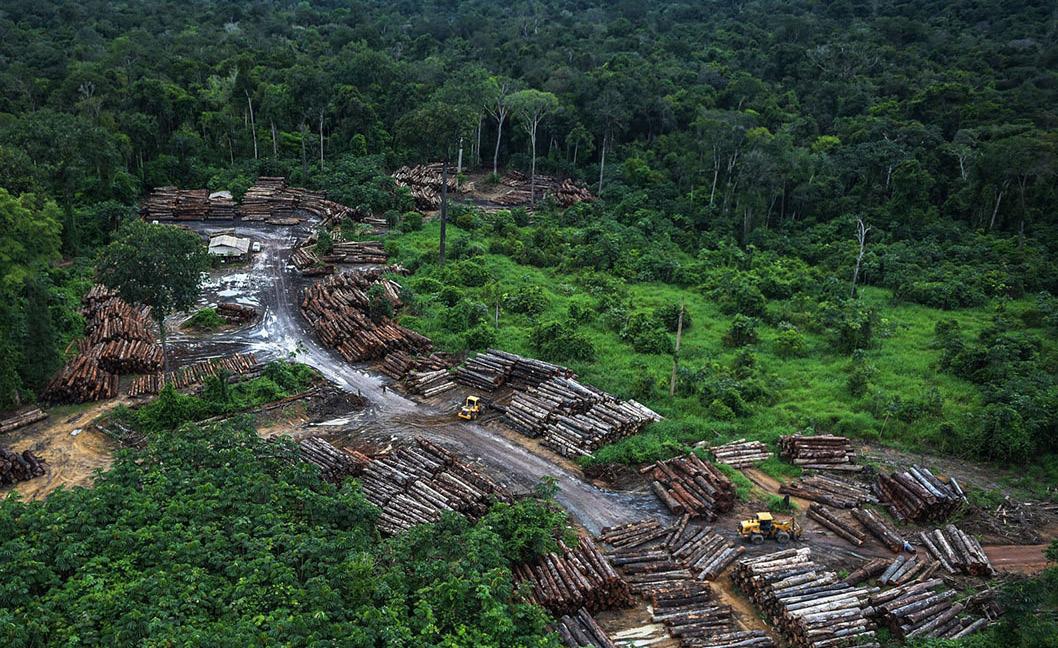
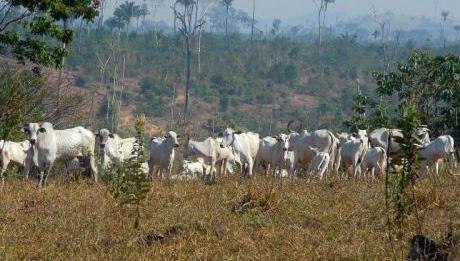
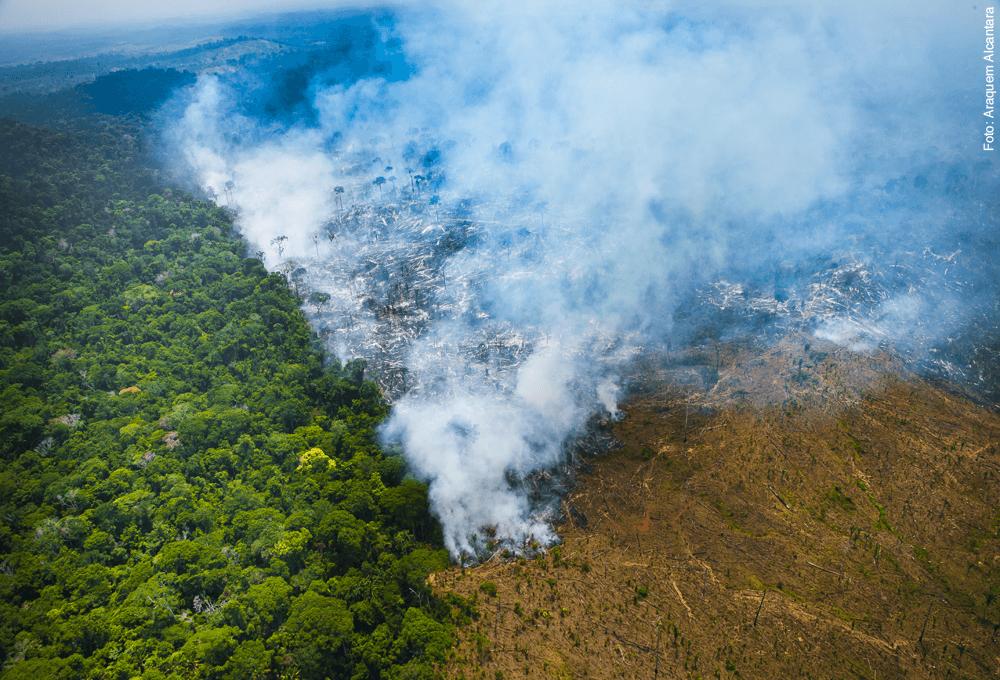
The demarcation of indigenous lands is a right that has been guaranteed since the 1988 Constitution and has not been fulfilled.
WHAT IS HAPPENING NOW?
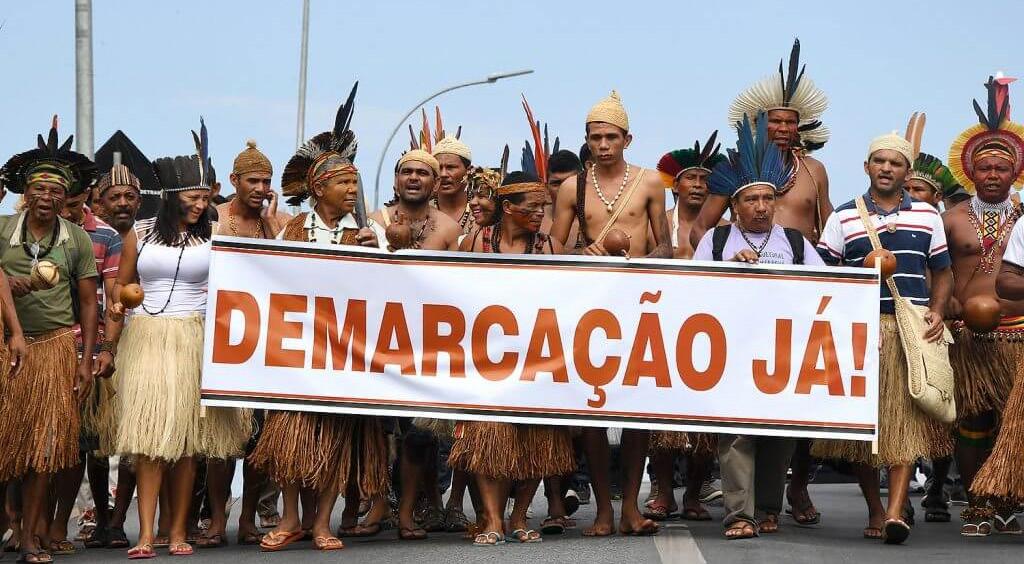
13
WHO ARE THE INDIGENOUS PEOPLE FROM BRAZIL?
14
“Indigenous people are the descendants of those who were there before others who now constitute the mainstream and dominant society. They are defined partly by descent, partly by the particular features that indicate their distinctive ness from those who arrived later, and partly by their own view of themselves.” (Stephen Corry, of the NGO survival international , 2011, p. 18).
15
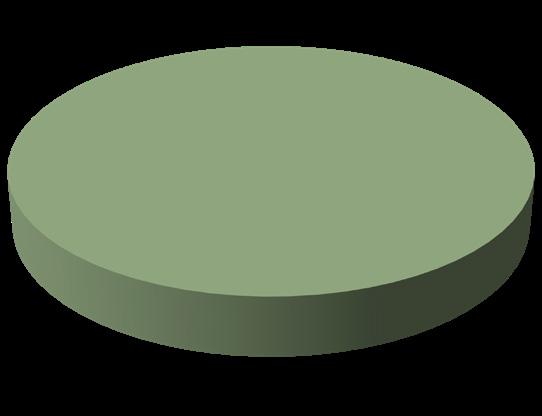
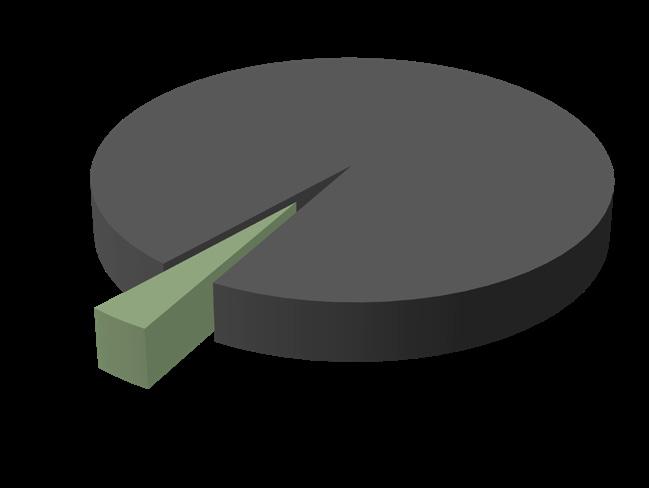
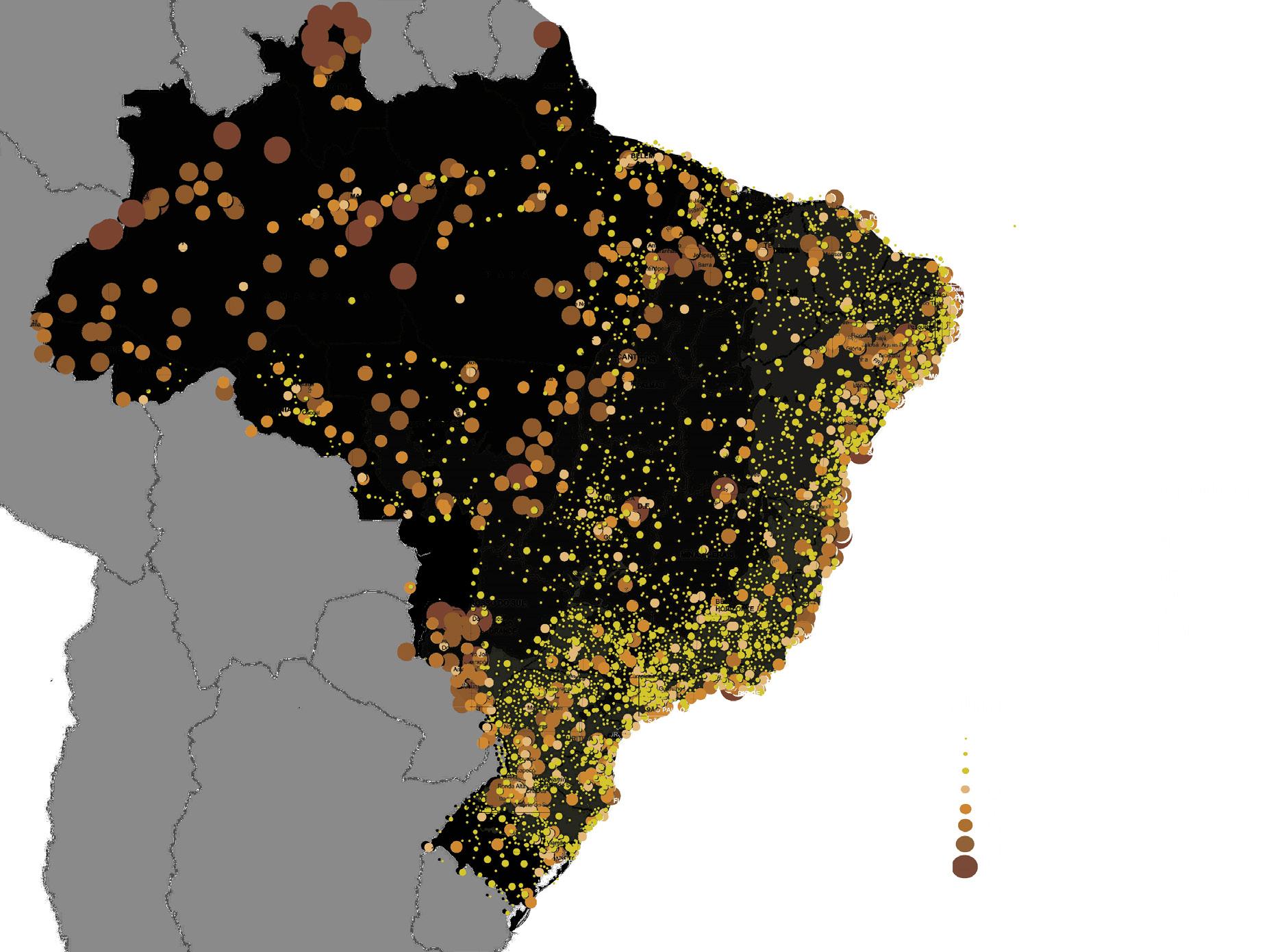
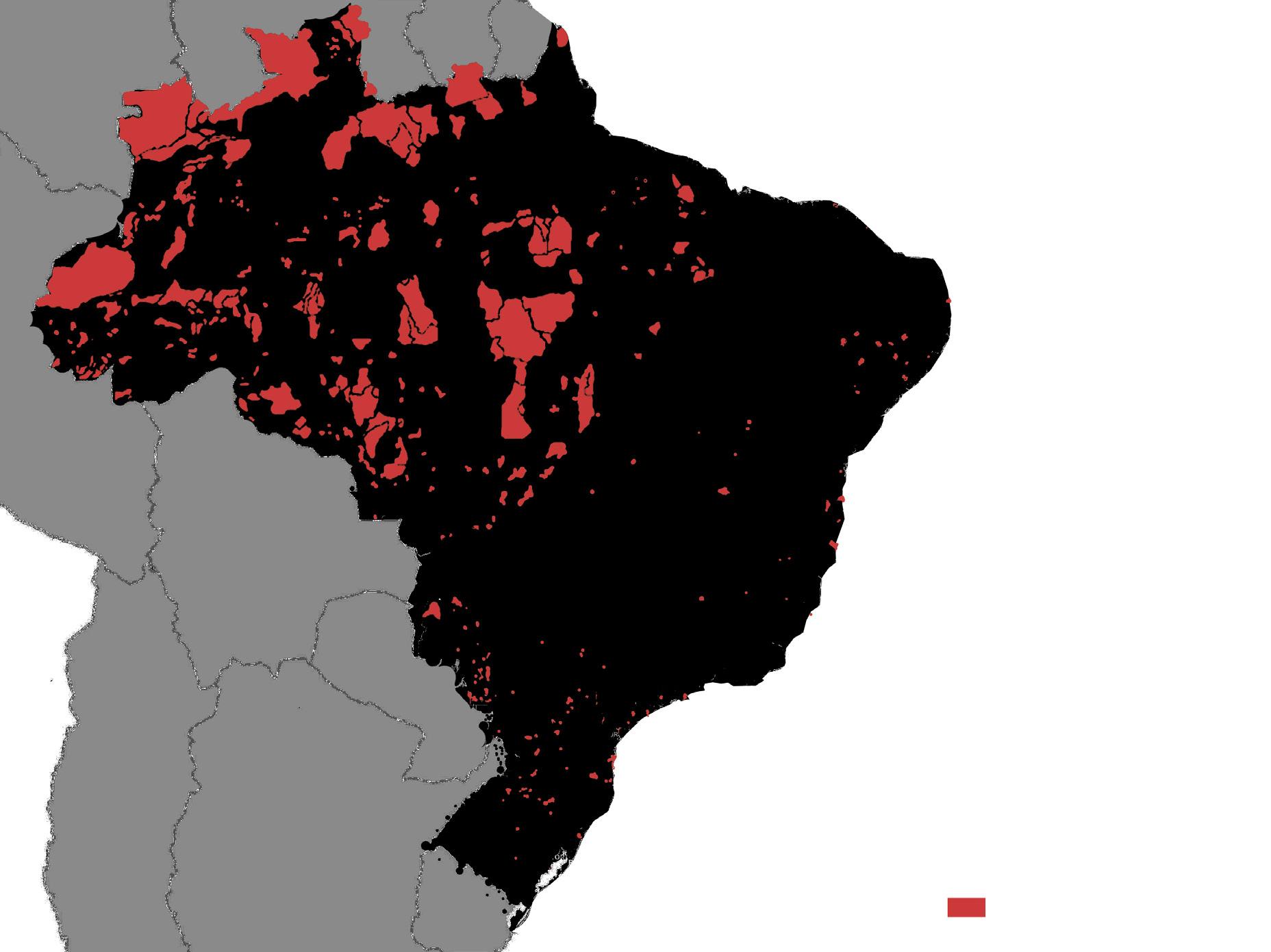
16 YEAR 1500 100% OF THE POPULATION 3.000.000 INDIGENOUS PEOPLE The indigenous population in Brazil. Indigenous land, protected area. -25 25-50 51-100 101-200 201-500 501-1000 1001-5000 5000+ YEAR 0,30% FROM GENERAL 817.000 INDIGENOUS
GENERAL POPULATION INDIGENOUS PEOPLE


DIFFERENT ETHNICITIES
DIFFERENT LANGUAGES LIVING DIFFERENT REGIONS OF BRAZIL
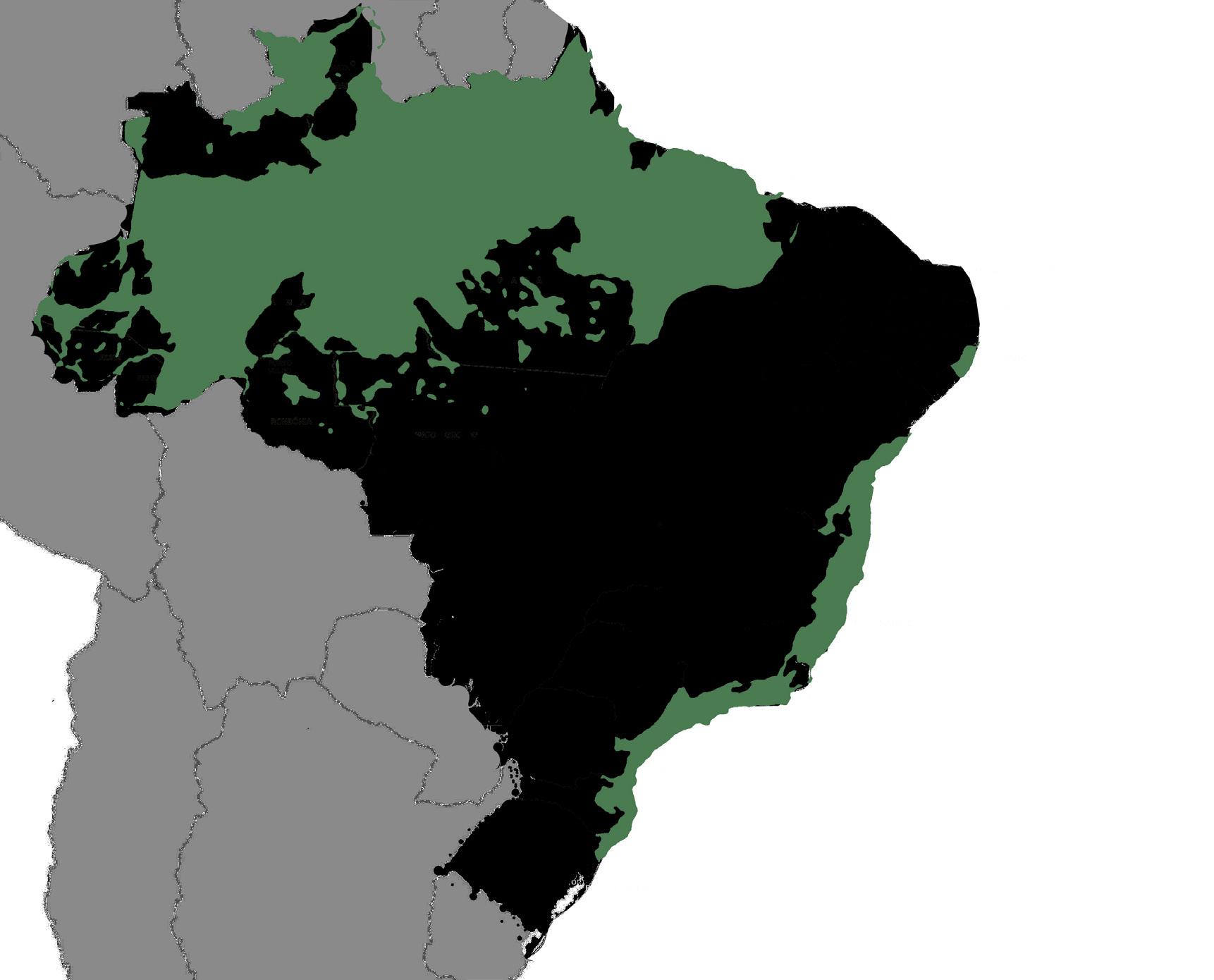
ARE THE INDIGENOUS PEOPLE FROM BRAZIL?

17 YEAR 2022
N NW CW SES 305
274
WHO
Current forest.
Many indigenous people and villages(aldeias) have access to the internet.
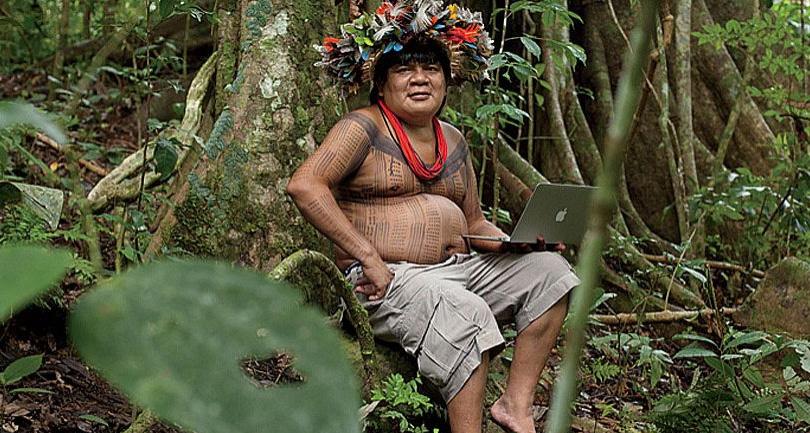
The indigenous people of Brazil are con sidered the guardians of the forest. They have lived in and with nature and the forest in Brazil for thousands of years. The forest is their capital; they live in a sustainable way and keep it in balance.
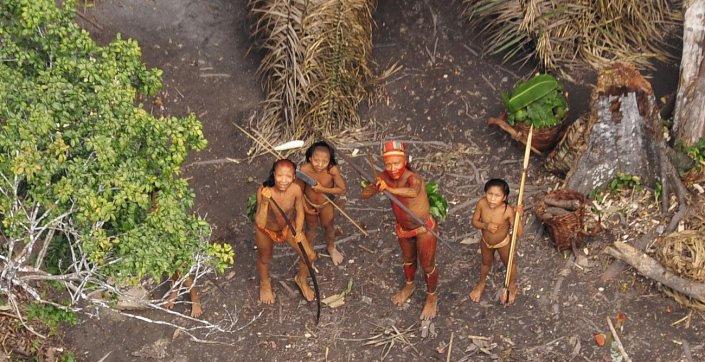
There are indigenous groups in Brazil very isolated, without any contact.
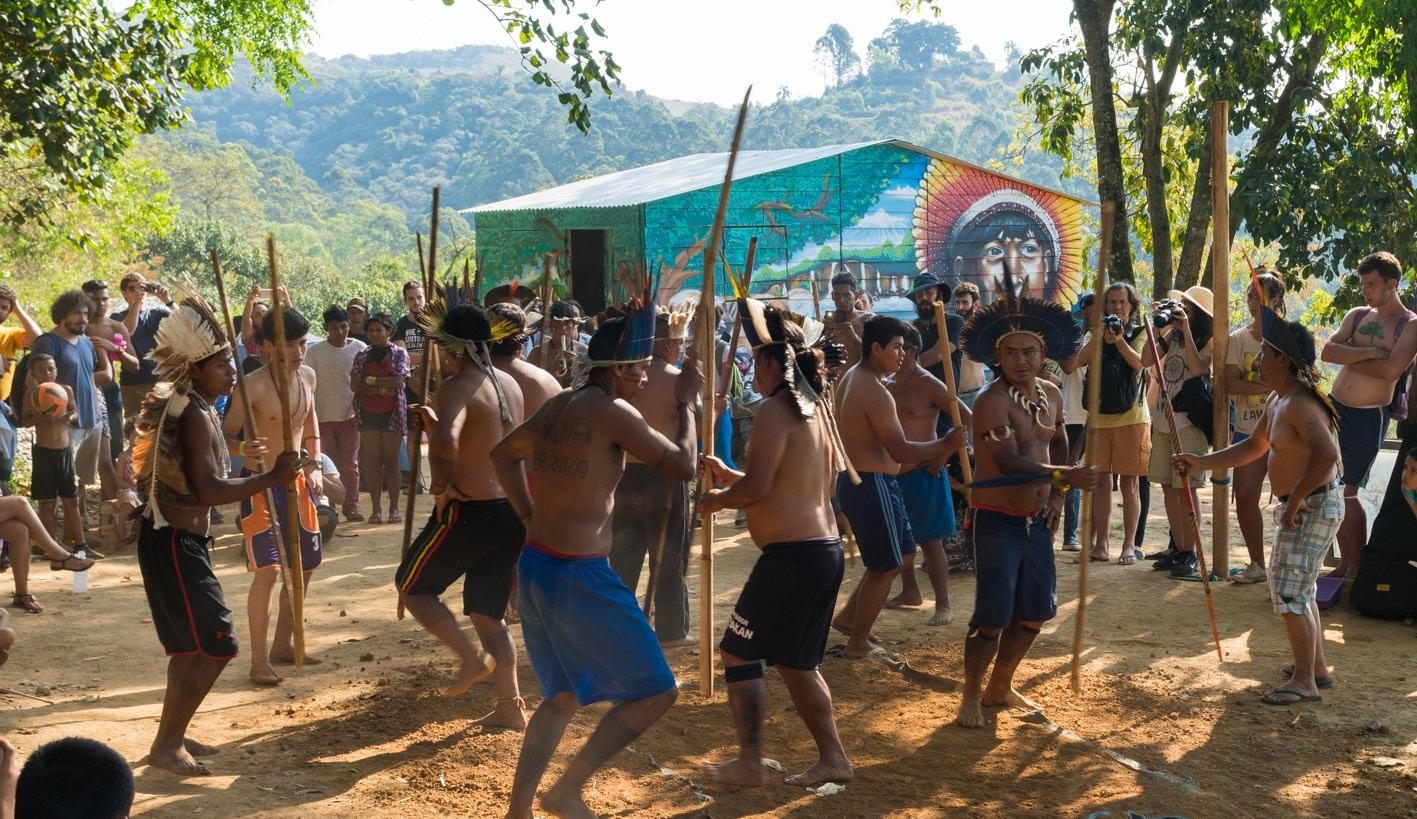
The urban indigenous, they live inside of the city, but they still following their original traditions.
According to the FUNAI , that is the official indigenous organ of the Brazilian State 800 Thousand Indigenous people are living in Brazil,that is around 0, 3 % of the Brazilian population. There are 305 different ethnicities and in ad dition to this there are references to 70 tribes living in isolated locations that have not yet been contacted. In the Am azon area where the majority of South America’s lowland Indians lives, new tribes are still being ‘discovered’. The largest ethnicity in Brazil is the Guarani, numbering 51,000 people, but they have very little land left. The Yanomami are the mostly isolated, they live in the big gest reserved area, occuping 9.4 million hectares in the northern Amazon. For comparison this is bigger than the Neth erlands and Belgium together.
Many indigenous people are marginalized, live by the side of the road or on the street like beggars.
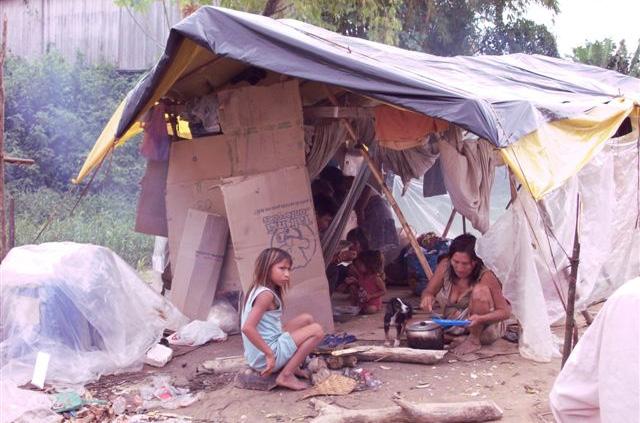
18
This sign shows that this land is demarcated, and therefore, guarantees the right of indigenous ownership to this piece of land. The use of land by third parties is prohibited.
WHO ARE THE INDIGENOUS PEOPLE FROM BRAZIL?
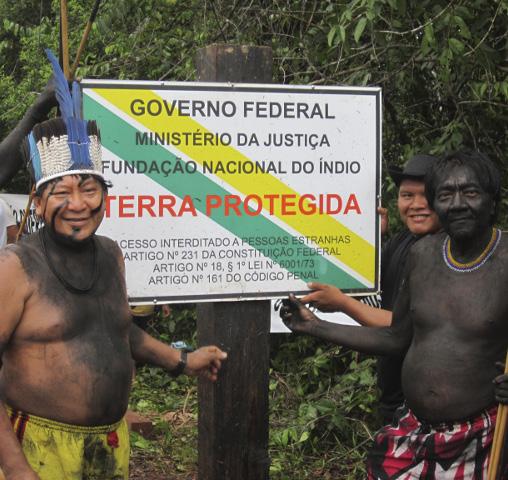
19
WHY ARE INDIGENOUS PEOPLE THE SOLUTION FOR CLIMATE CHANGE?
20
‘Indigenous peoples have lived in harmony with the Earth for millennia. They have a great deal to contribute to a harmonious relationship with Mother Earth. Harmony and equity with the Earth appear to be unknown concepts in dominant societies. It is something that the dominant societies must learn and come to terms with.’
Alberto Saldamando, Indian Environmental Network, Paris, 2015
21
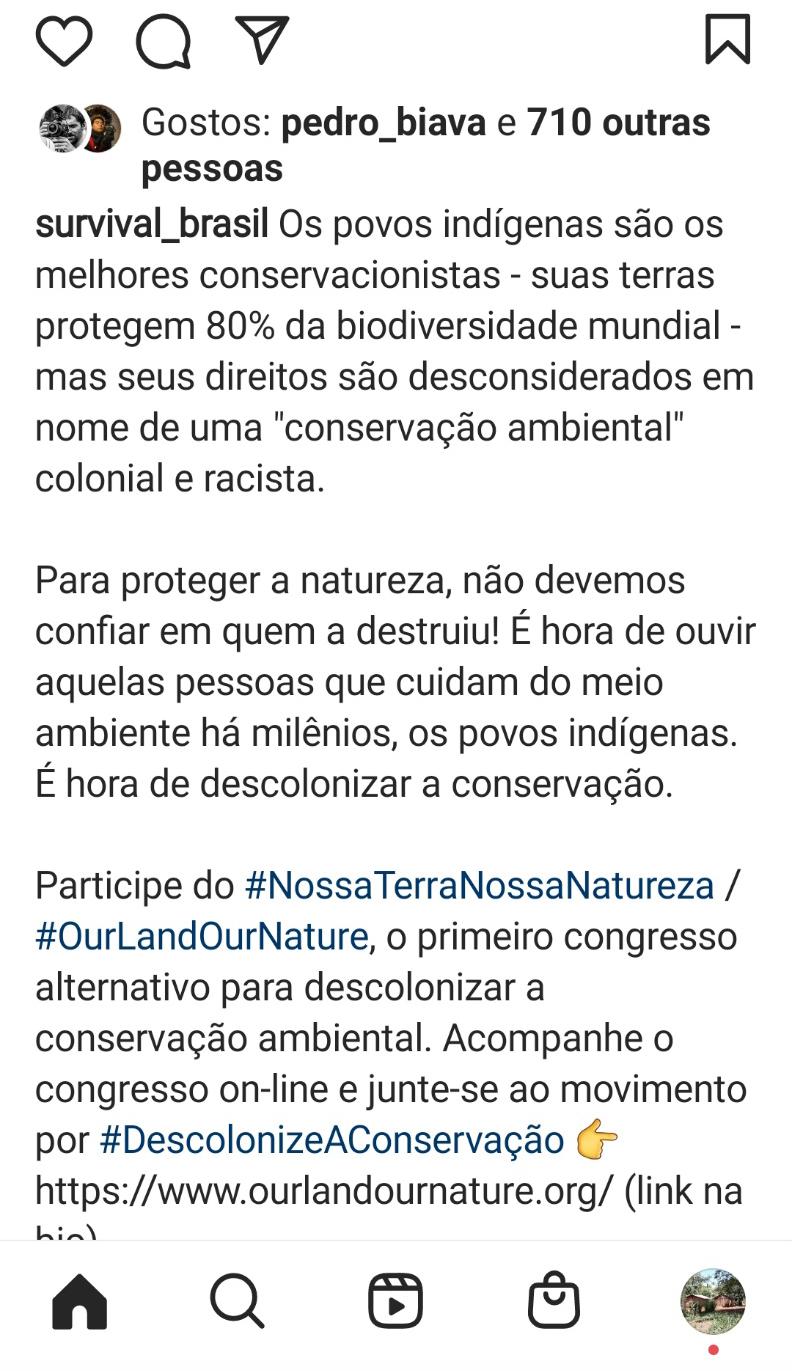
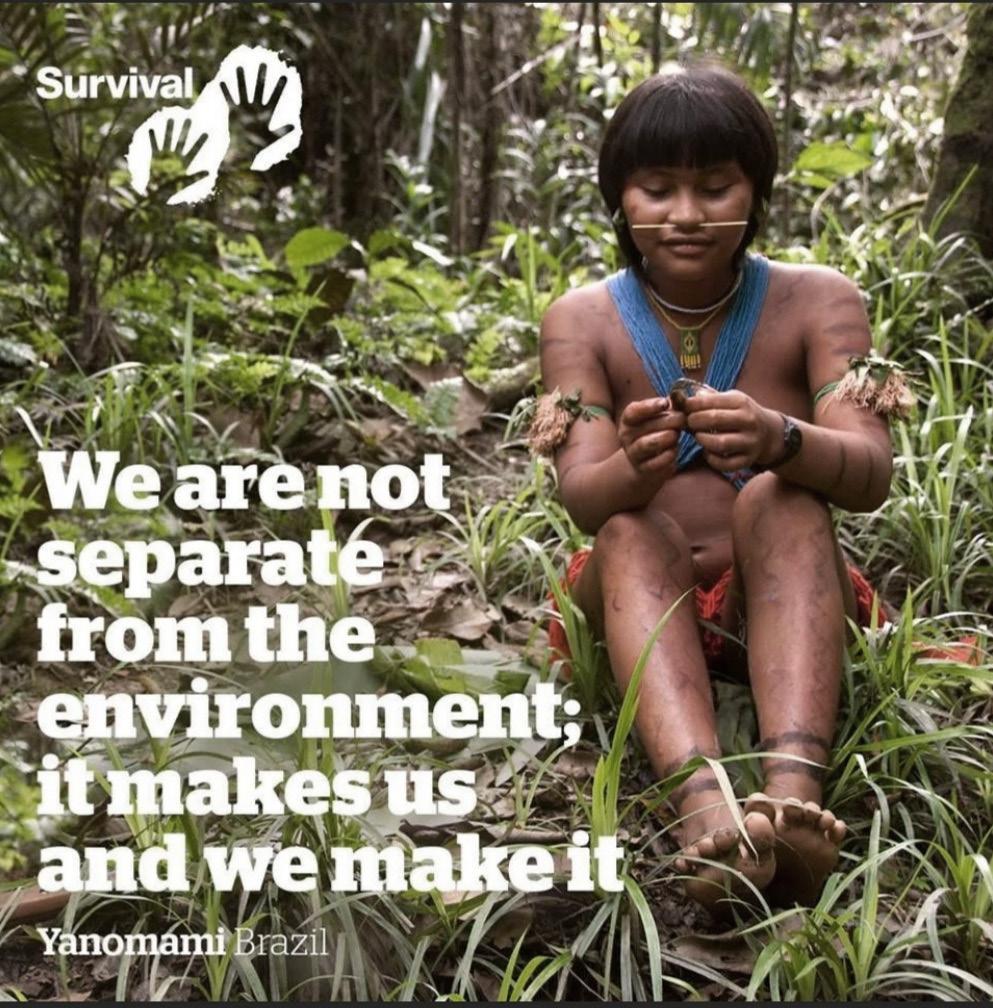
22
Indigenous peoples are the best forest conservationists. Their lands protect 80% of the world's biodiversity, but their rights are disregarded in the name of a colonial and racist “environmental con servation”.
To protect nature, we must not trust whoever destroyed it. It's time to listen to those people who have taken care of the environment for millennia. Indig enous peoples, it's time to decolonize conservation.
Indigenous people are the forest guard ians, they are the people who inhabit the forest sustainably. They take only what is needed for their survival, keep ing the forest in equilibrium/ balance and protecting the fauna and flora. They have their own way of living, their own rituals and thoughts. They devel oped techniques of constructions and also a way of living, planting their food and medicine. They have lived millen niums in communities and even the tribes that have more contact with “the whites” still live in this way.
WHY ARE INDIGENOUS PEOPLE THE SOLUTION FOR CLIMATE CHANGE?
23
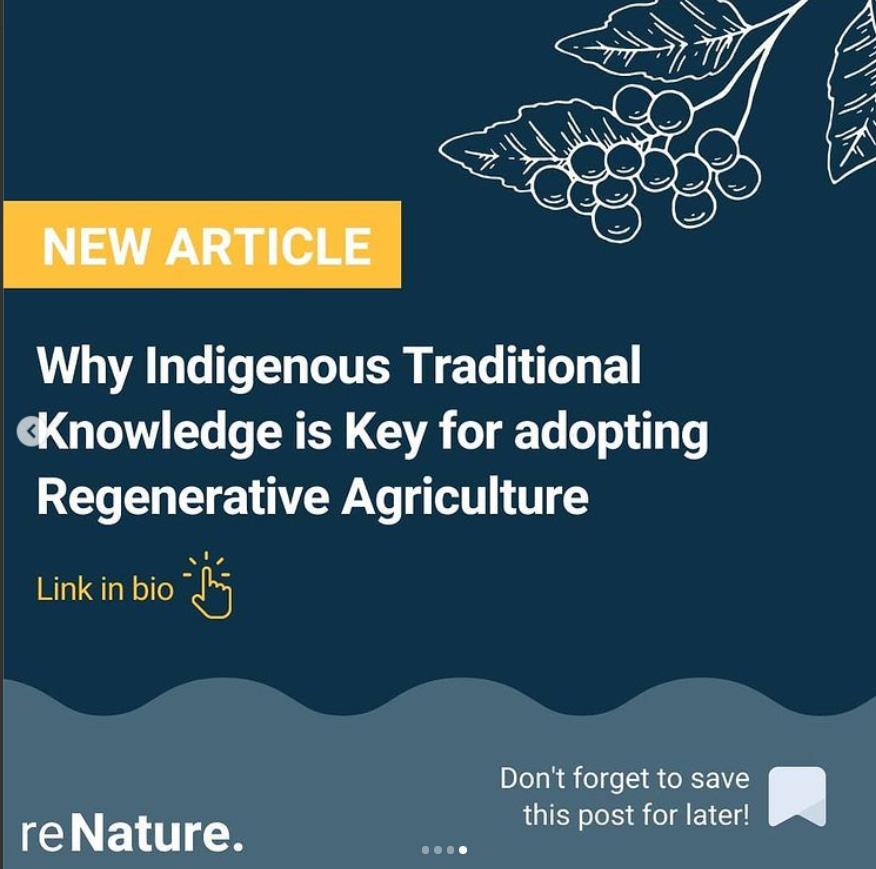
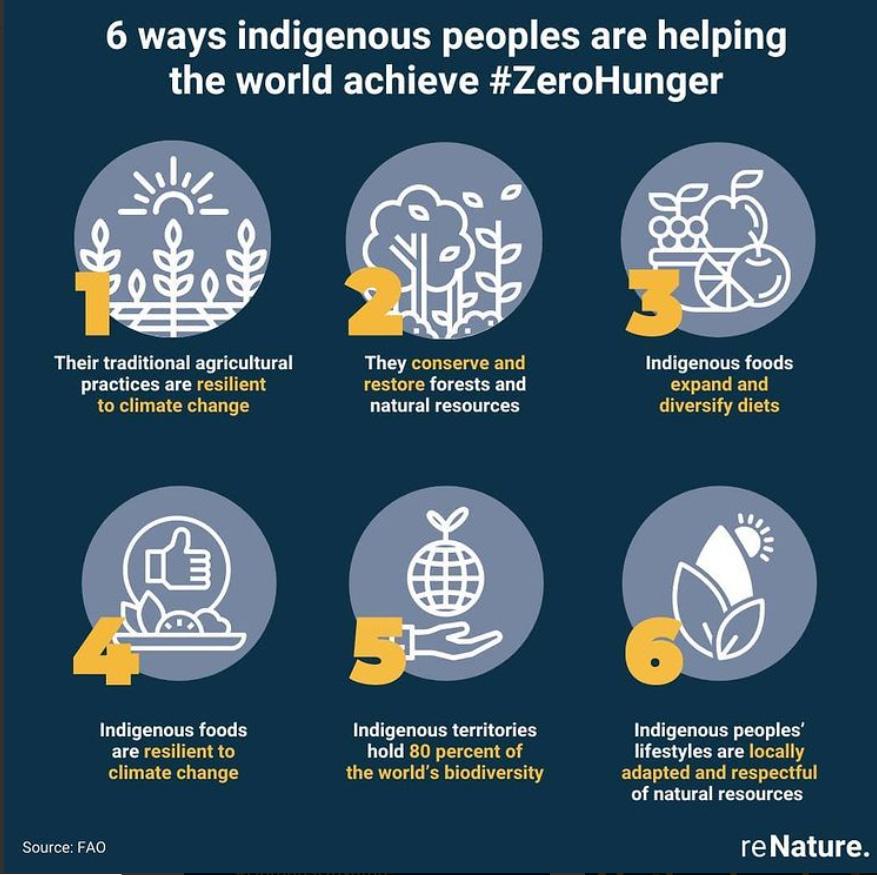
24

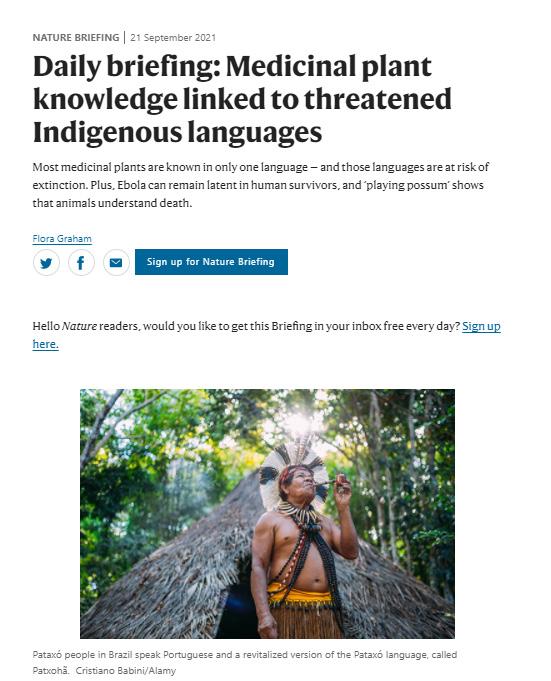
25
WHY ARE INDIGENOUS PEOPLE THE SOLUTION FOR CLIMATE CHANGE?
FROM THE INDIGENOUS PERSPECTIVE
26
27
@apoena.ahk
A compilation of different pages found by instagram. The pages are very diverse.
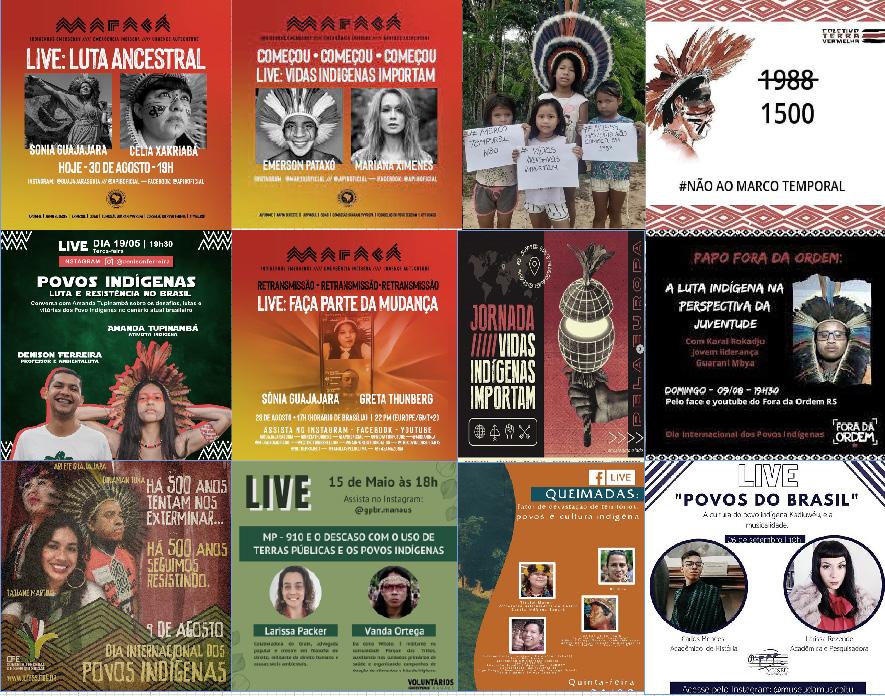

28
I started this research in 2019. In Feb ruary 2020 I decided to visit the Guara nis in Argentina (there is easy access to their village) who live on the border with Brazil and Paraguay. They are the same group but were separated by borders around 1898.
I had plans to visit other groups in Au gust/September, but the Pandemic started and flying to another place be came impossible. On that time I decid ed to create a new Instagram account and add all the people and pages re lated with indigenous people. I have strong contact with 3 indigenous lead ers from 3 differents ethicnities groups from very different regions from Brazil.
The interview main questions:
This contact was very important for my research, as I was able to better under stand their perspectives and learn from them. I decided to do an interview with all of them, I asked the same questions and the answers were very similar. Through this page I was also able to see how different indigenous peoples are using this tool to communicate, express themselves or tell the story of their peo ple, their cultures. I also saw a group of indigenous youth articulating and de bating for their rights, using this tool to denounce dangers in the forests or in their villages. I realized that Instagram is a great platform for them to talk and express themselves.
• 1- What would you like to show to all the Brazilians and to the world about you and your people?
• 2- What are you most proud of in your village(aldeia) and of your people?
• 3- How do you feel represented by Brazilians in general?
• 4- What is the biggest mistake that you think the people in general makes against native peoples and nature?
• 5- How do you think you could improve to make it better?
• 6- What knowledge do you have that you would like to pass on to the world?
• 7- What kind of building do you think could exist to represent the indigenous peo ple in Brazil?
The interview main answers:
They do not feel represented by Brazilians/ in Brazil.
They are all very pround of the fight of their ancestrals, so they still alive. They all think we, white people, need to understand them and respect their way of living. They all think the white people is destroing the mother nature, and they shooul be aware of it.
They all think that they should have a better representation in the country.
29
FROM THE INDIGENOUS PERSPECTIVE
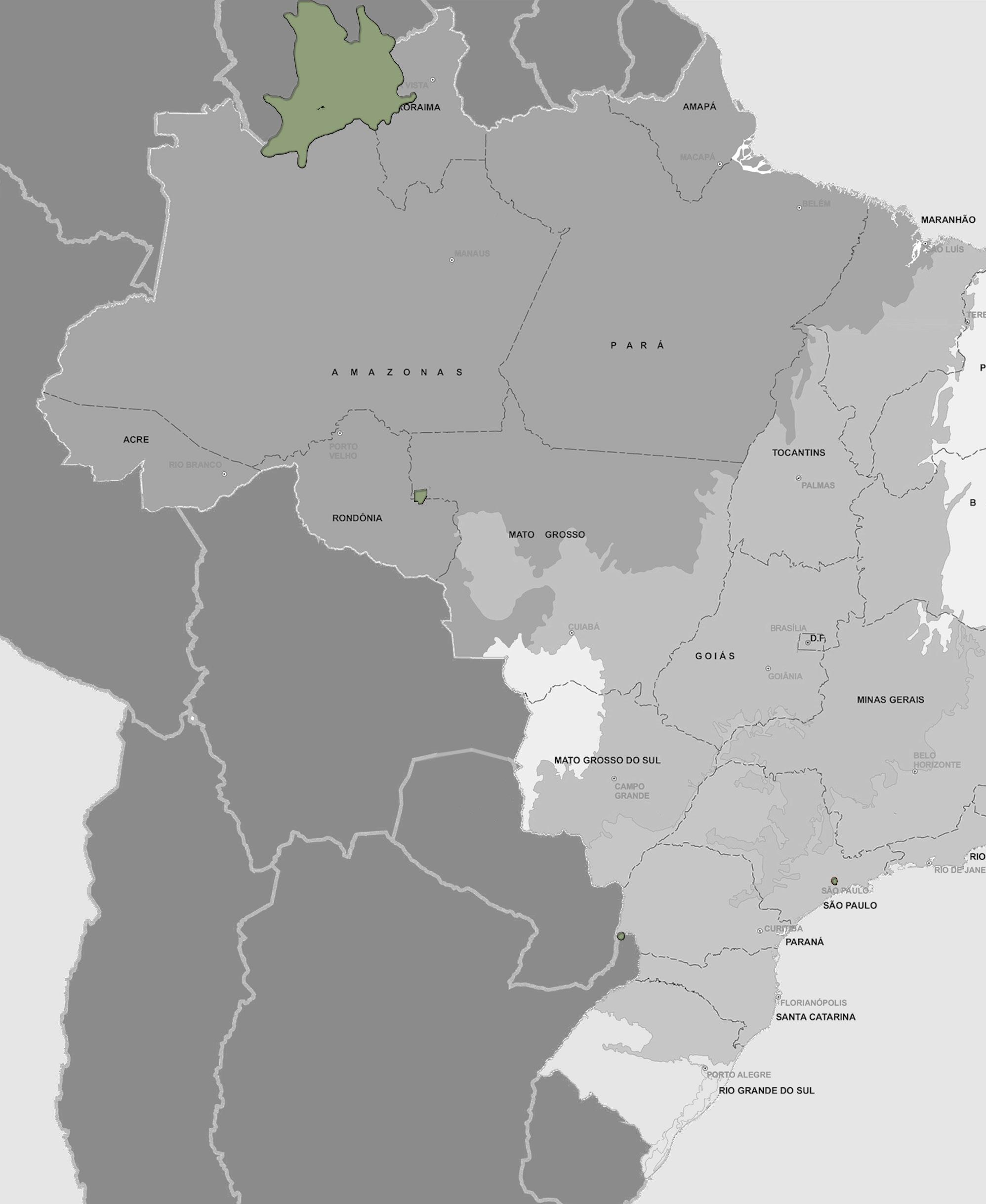
30
RESEARCHED GROUPS

FROM THE INDIGENOUS PERSPECTIVE
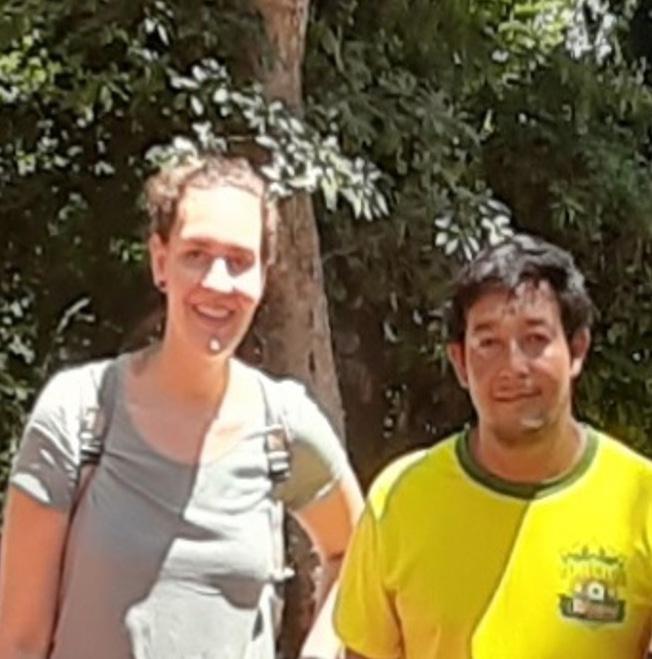
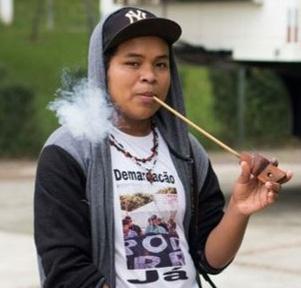
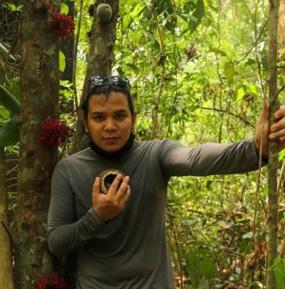
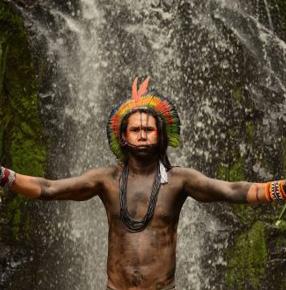
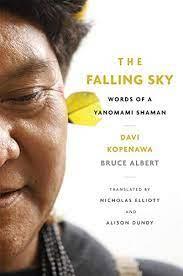
31
GUARANI MBY’A JARAGUA, SÃO PAULO-SP-BR
Name: Richard Wera Mirim Age: 24 years old
Profession: Indigenous communicator Ethnicity: Guarani MBY’A Language: Guarani Location: demarcated area in the Jaraguá Park, São Paulo – Southeast of Brazil


32
GUARANI MBY’A YRIAPU, PUERTO IGUAZÚ- ARG

Name:Age: +/- 30 years old Profession: Craftsman Ethnicity: Guarani MBY’A Language: Guarani Location: Yriapu, Puerto Iguazu, Argentina ( it is at the border with Brazil and Paraguay)
FROM THE INDIGENOUS PERSPECTIVE

33
PAITER SURUI
SEPTEMBER 7, RONDÔNIA/ MATO GROSSO-BR

Name: Oyexiener (powerful man) Age: 26 years old
Profession: Environmental engineering, leads the Insta gram page “Paiter Surui” Ethnicity: Paiter Surui Language: Tupi mondé Location: Demarcated area of 2.000 he in Rondônia/ Mato grosso - North of Brazil

34
FULNI-Ô
ÁGUAS BELAS, PERNAMBUCO-BR
Name: Xumaya Xya Age: 31 years old
Profession: Environmental engineering, leads the Insta gram page “Fulni-ô” Ethnicity: Fulni-ô Language: Iatê
Location: Without demarcated area, live in a village (al deia) that he bought in Pernanbuco-Northeast of Brazil

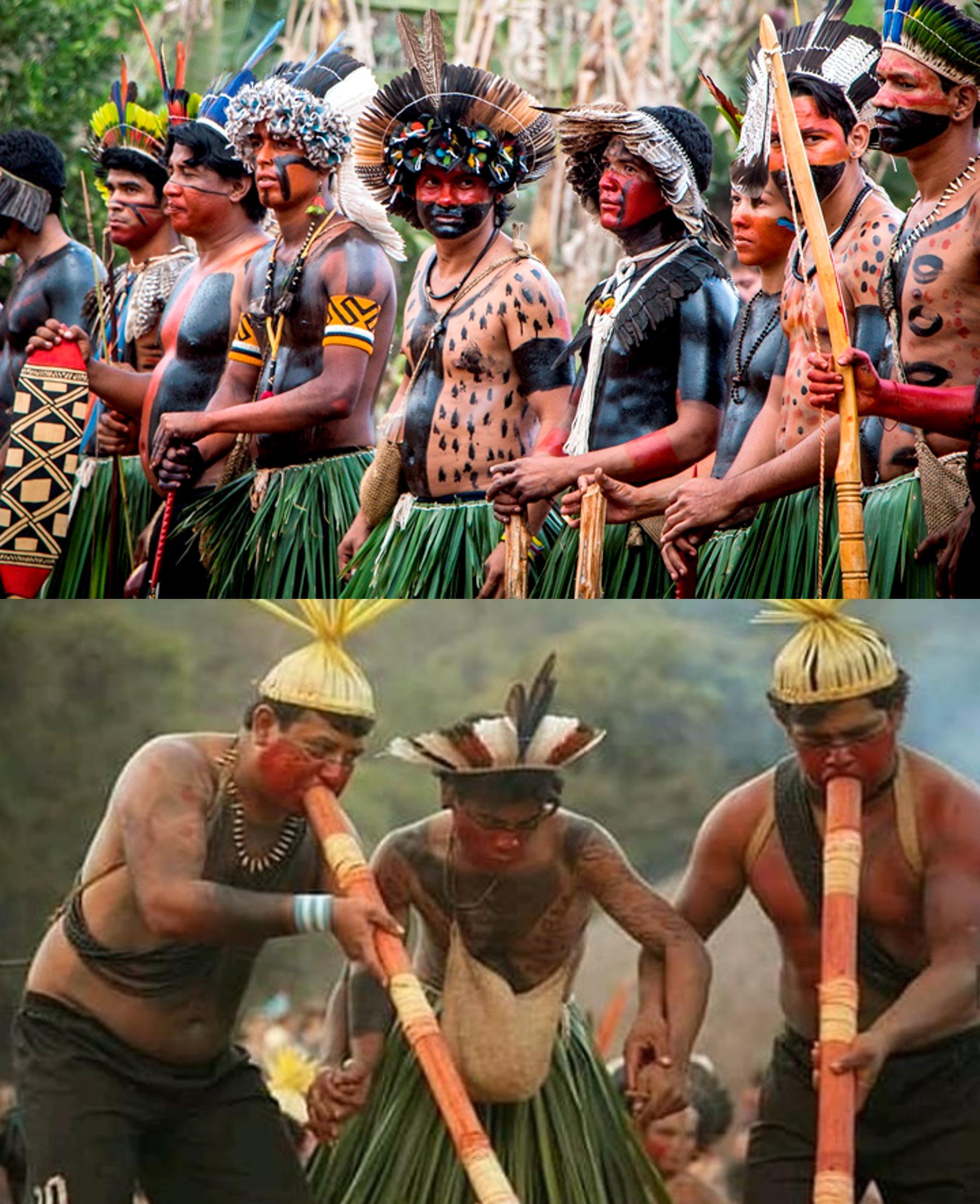
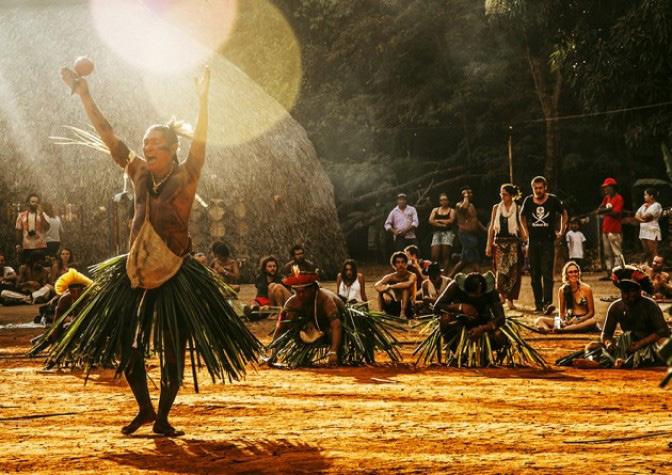
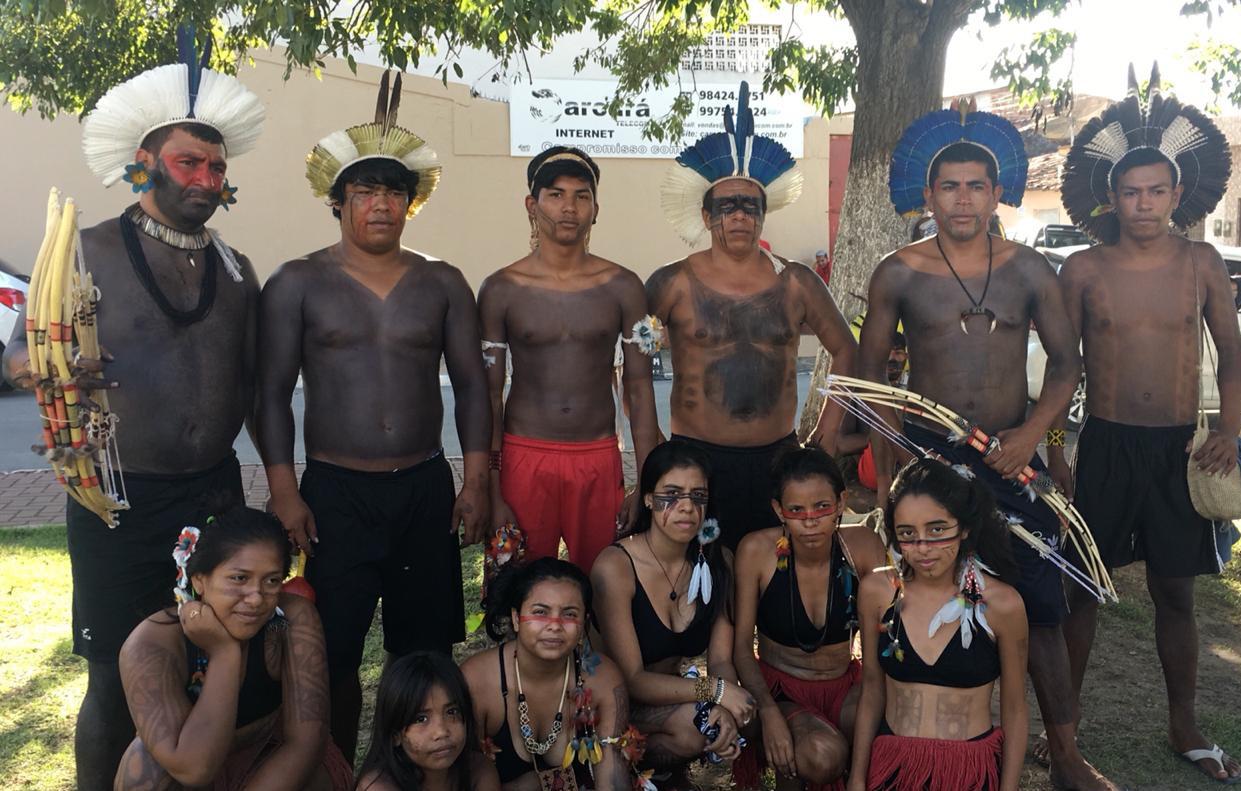
35
FROM THE INDIGENOUS PERSPECTIVE
PATAXÓ
BAHIA/ MINAS GERAIS-BR
Name: Tucumã Pataxó
Age: 24 years old
Profession: Indigenous communicator at @midiaindiaoficial

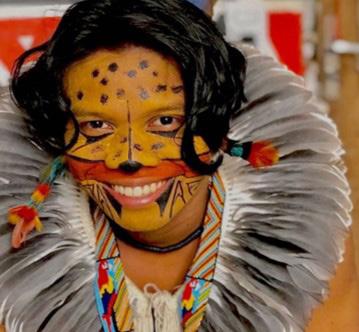
Ethnicity: Pataxó
Language: Macro-Jê
Location: South of Bahia and North of Minas Gerais –Northeast of Brazil
Instagram page @Midiaindiaoficial:
It is Voice of indigenous peoples, for fu ture generations! ( it is how they subtitle the page)
(27-11-2020) – Live with @tukuma_of ficial Watching a Live on Instagram with Tukumã Pataxó on Friday night. He was answering questions about indigenous people in general, and telling about the page @midiaindigenaoficial, why it was an important vehicle for commu nication among indigenous people and white people. So I took the opportunity to ask him what he thinks about having a physical place for meetings and de bates, if he thinks it is important to get off the internet and meet physically. He thinks this is a really good idea. This year 2020, they will have a meeting with all the indigenous communicators members of the page, in São Paulo, that is the middle way for everybody, because they are from everywhere in
Brazil.
They want to have a definitive place to meet, they where also thinking about Brasilia, because it is a place that they go often (he means here that they go often to protest, because that this is the capital and it is here where the building of FUNAI is located).
In this live he said how important it is to have a page on Instragram like the @midiaindiaoficial, because they can be heard/seen from everywhere in the world. In this platform they can talk about what they want without depend ing from other medias/new papers/ magazines.
He told us that inside of the Media India there are 100 of different people, but just 10 have control of the page.
•Link to this live: https://www.insta gram.com/tv/CIHEeJHnne7
36
TUPUIA GOIAS-BR
Name: Kaká Werá
Age: 58 years old
Profession: Writer, environmentalist and lecturer
Ethnicity: Povo Tapuia.
Location: Goiás-Center of Brazil
•Podcast: Tempos de transição ( Times of transitions) with Kaká Werá 57:30 minutes

“The indigenous legacy is to consider all forms of life. They do not see humanity as the sole holder of an intelligence. Humani ty is in this current search for evolution but they are unable to understand other types of culture.

The animal, vegetable and mineral king doms are revered by indigenous people. This ecosystem is a civilization. Enjoy this
ecosystem and resources but with respect, in balance. A tree, a stone is just as im portant as we humans. When Europeans arrived, they did not have the capacity to understand this, the difference between cultures and what imposed what they thought life should be and history shows that there is still no respect (this view on the indigenous way of life)”
FROM THE INDIGENOUS PERSPECTIVE
37
"We want to have a voice and a voice within the policies of Brazil and the world," said Nara Baré (@narasoaress), general coordinator of the Coordination of Indigenous Organizations in the Brazilian Amazon (Coiab). @coiabamazonia Instagram
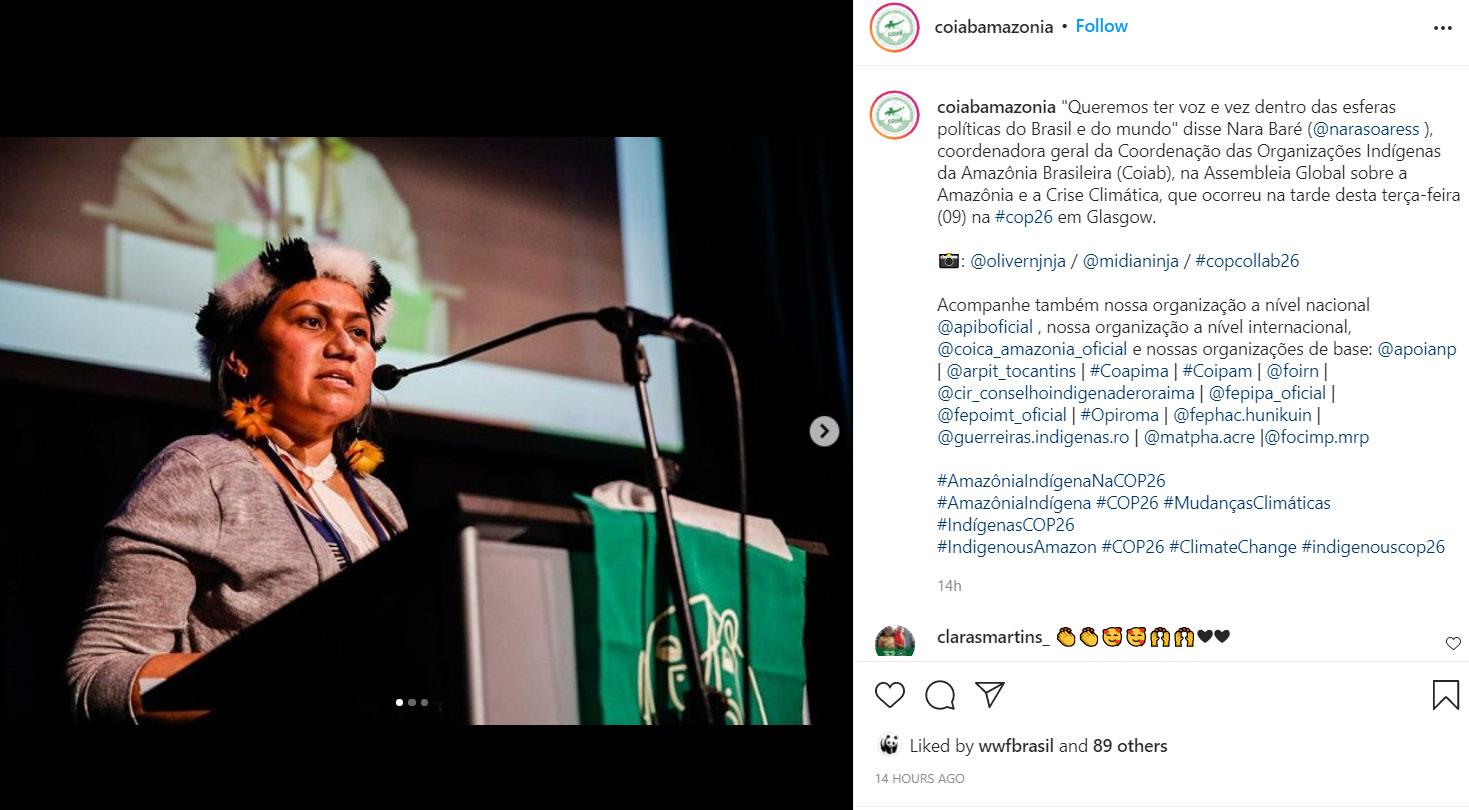
38 COP26 – UNITED NATION CLIMATE CHANGE- GLASGOW
In 2021 indigenous people from all over the world participated in COP26. Brazil ian indigenous leaders also appear and denounced the deguigencias in the Am azon and with the Brazilian indigenous people. They also asked leaders to listen
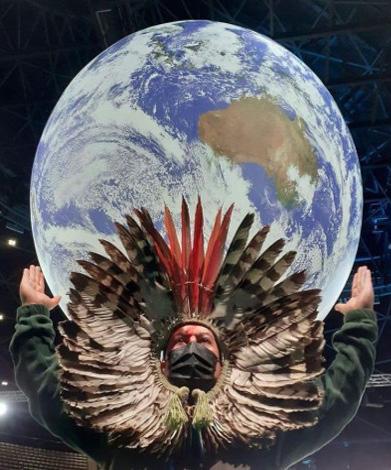
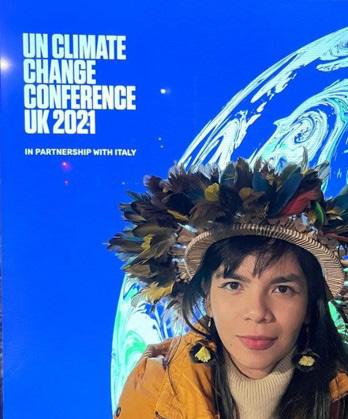

to indigenous peoples, as their wisdom cannot be more ignorant. They asked to be heard and involved in public policies in Brazil and around the world.
FROM THE INDIGENOUS PERSPECTIVE
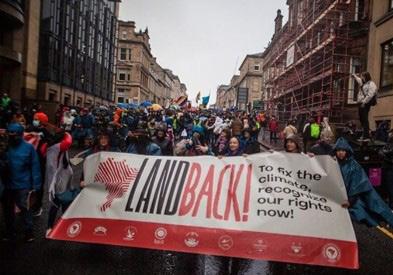
39
HOW INDIGENOUS PEOPLE ARE ORGANIZED
40
41
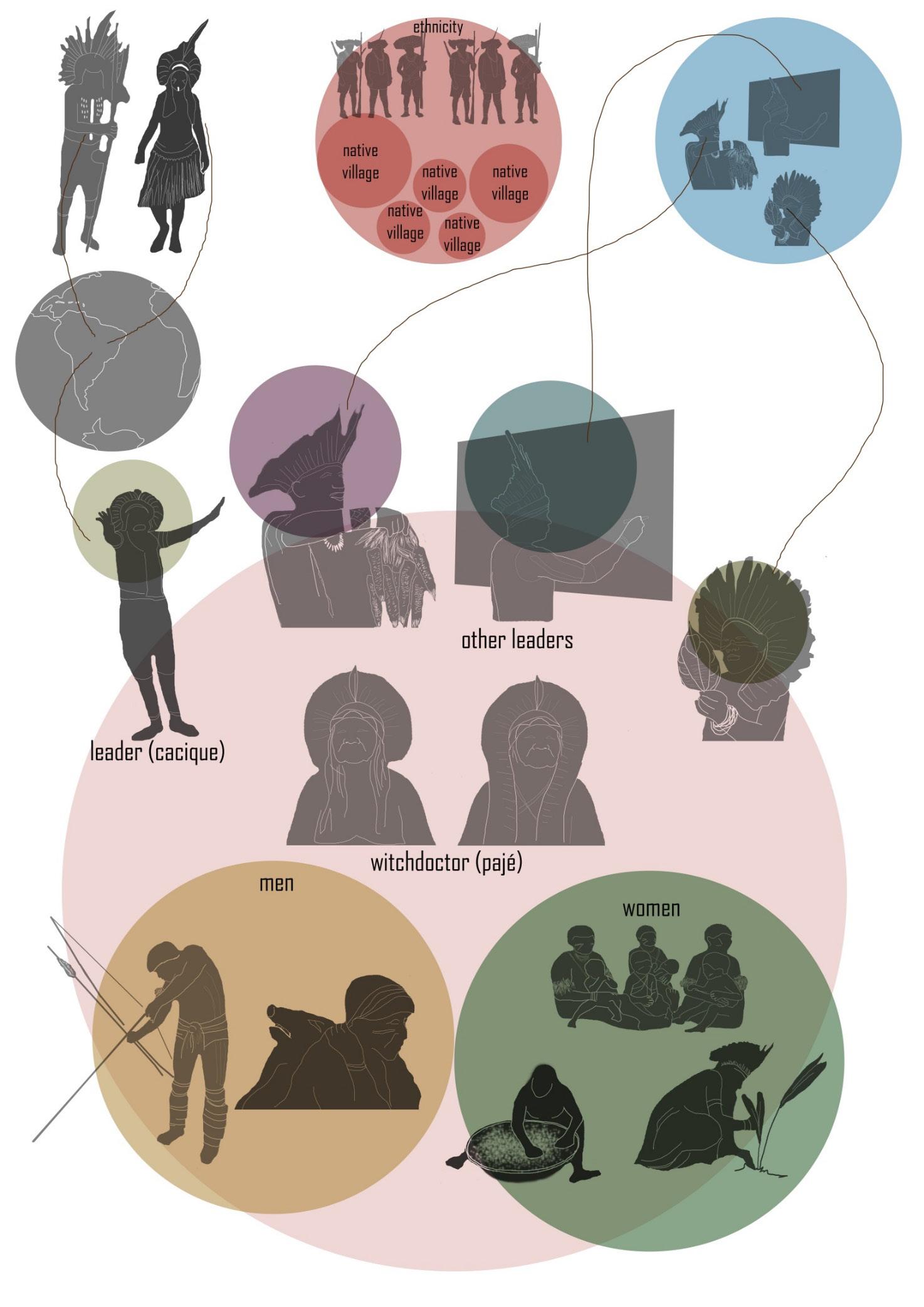
42
This is how an ethinicity are composed inside of the village (aldeia). Nowdays, with the accessibility to smartphone, laptop and internet. the young generations are using the tech nology to expose their historys, their
fight, their way of life. During Covid time the pages on Instagram about indige nous people increased and the comu nication between them is a huge step for their visibility inside and outside of Brazil.
WHO INDIGENOUS PEOPLE ARE ORGANIZED
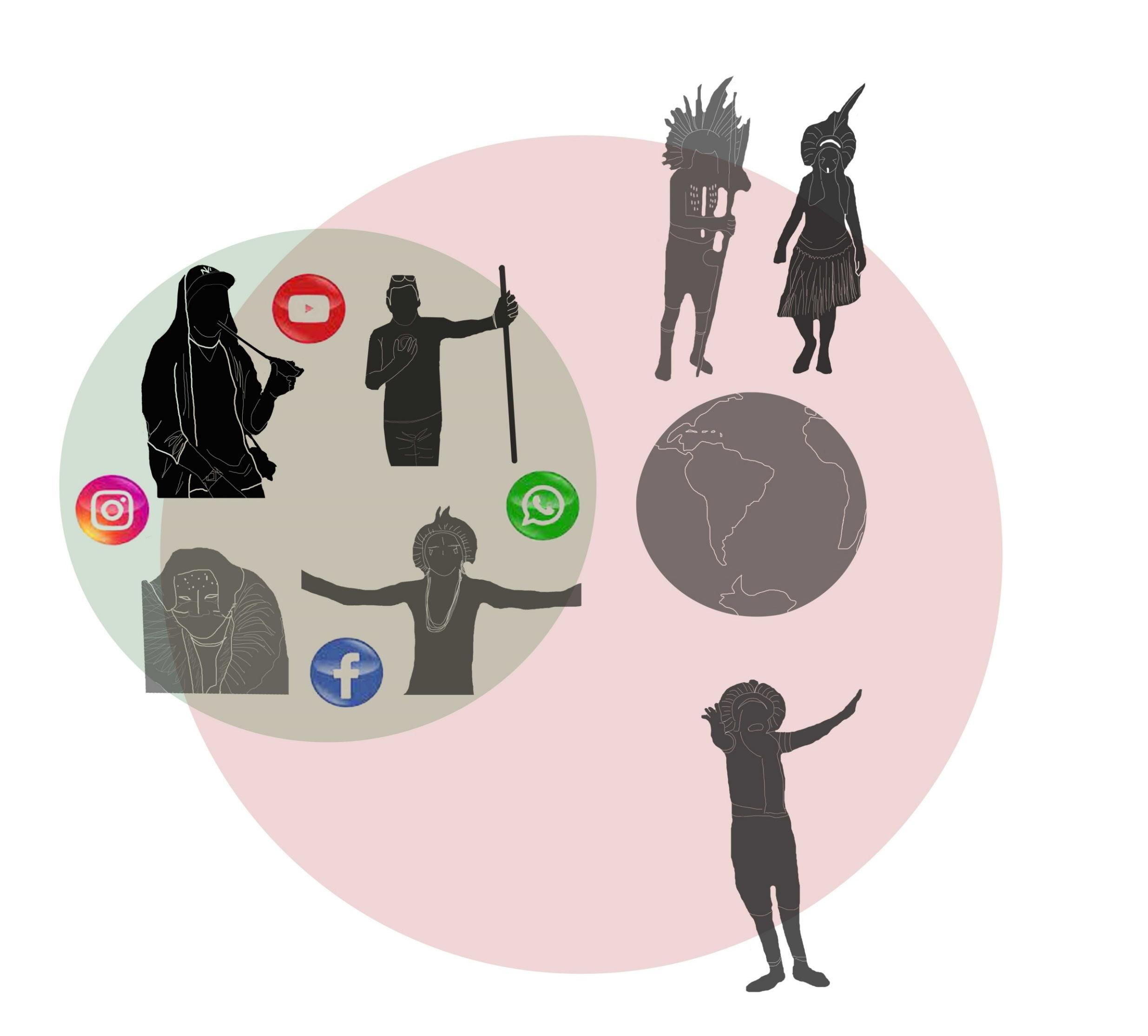
43
Through these drawings it is possible to observe how the indigenous people, from differents groups,arrange their houses in the territories. You can see
that it is very important for them to have a main square, where they hold meetings, rituals, festivities, etc.
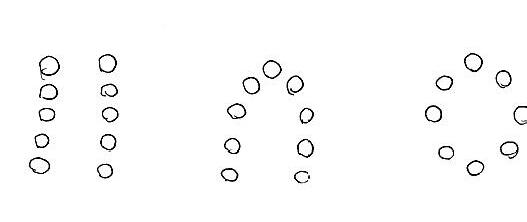
44
GUARANI
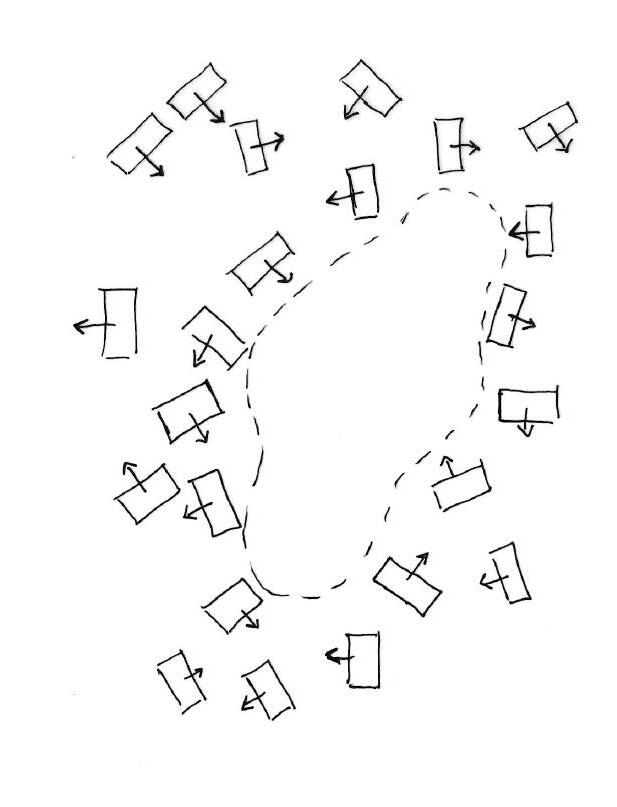
45
WHO INDIGENOUS PEOPLE ARE ORGANIZED
Cooking space

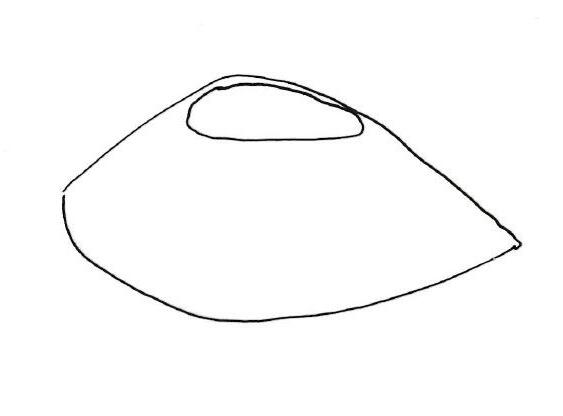
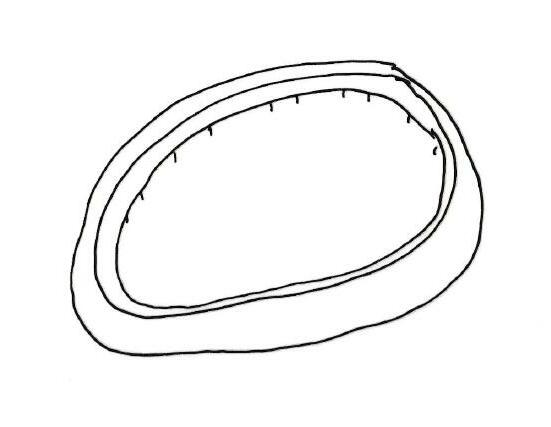
Sleeping place Sleeping place
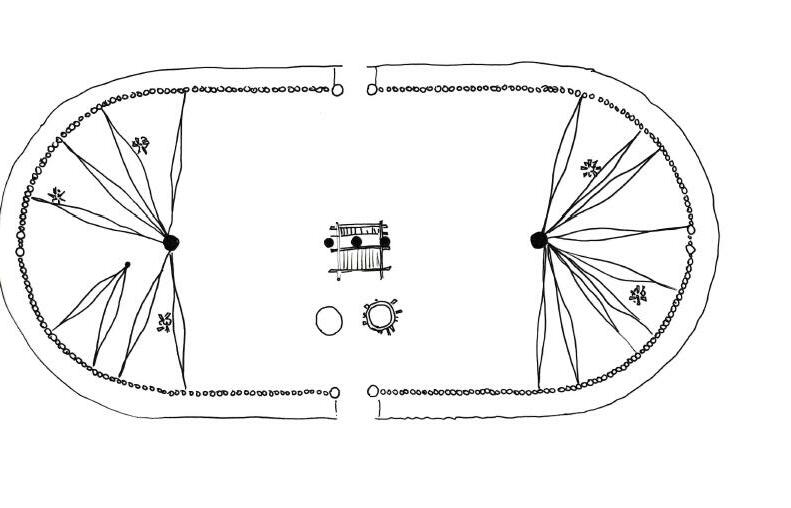
46
YANOMAMI
GROUPS FROM THE XINGÚ AREA
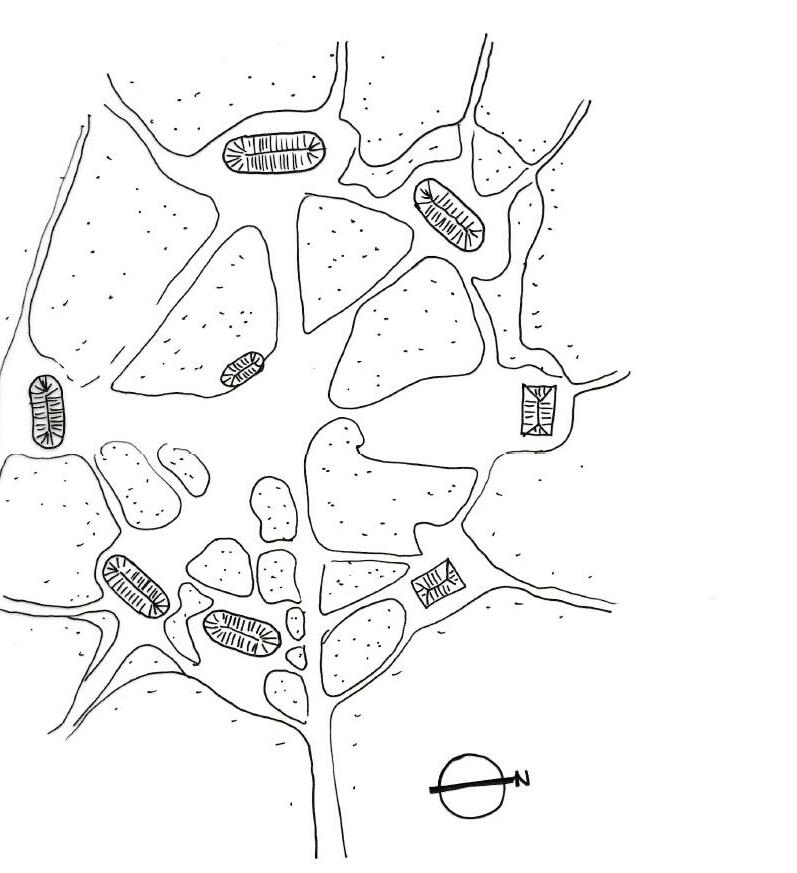
47
WHO INDIGENOUS PEOPLE ARE ORGANIZED
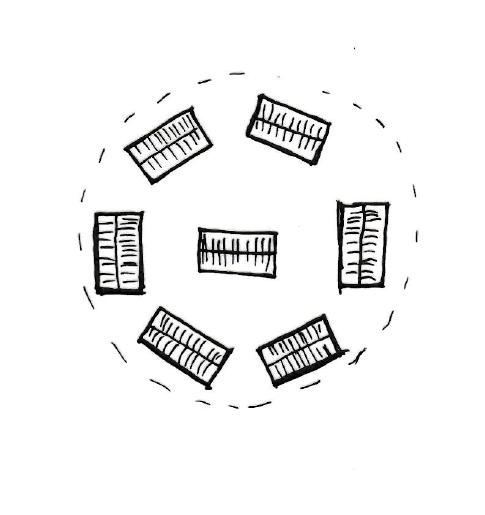
48 BORORÓ
XAVANTE
WHO INDIGENOUS PEOPLE ARE ORGANIZED
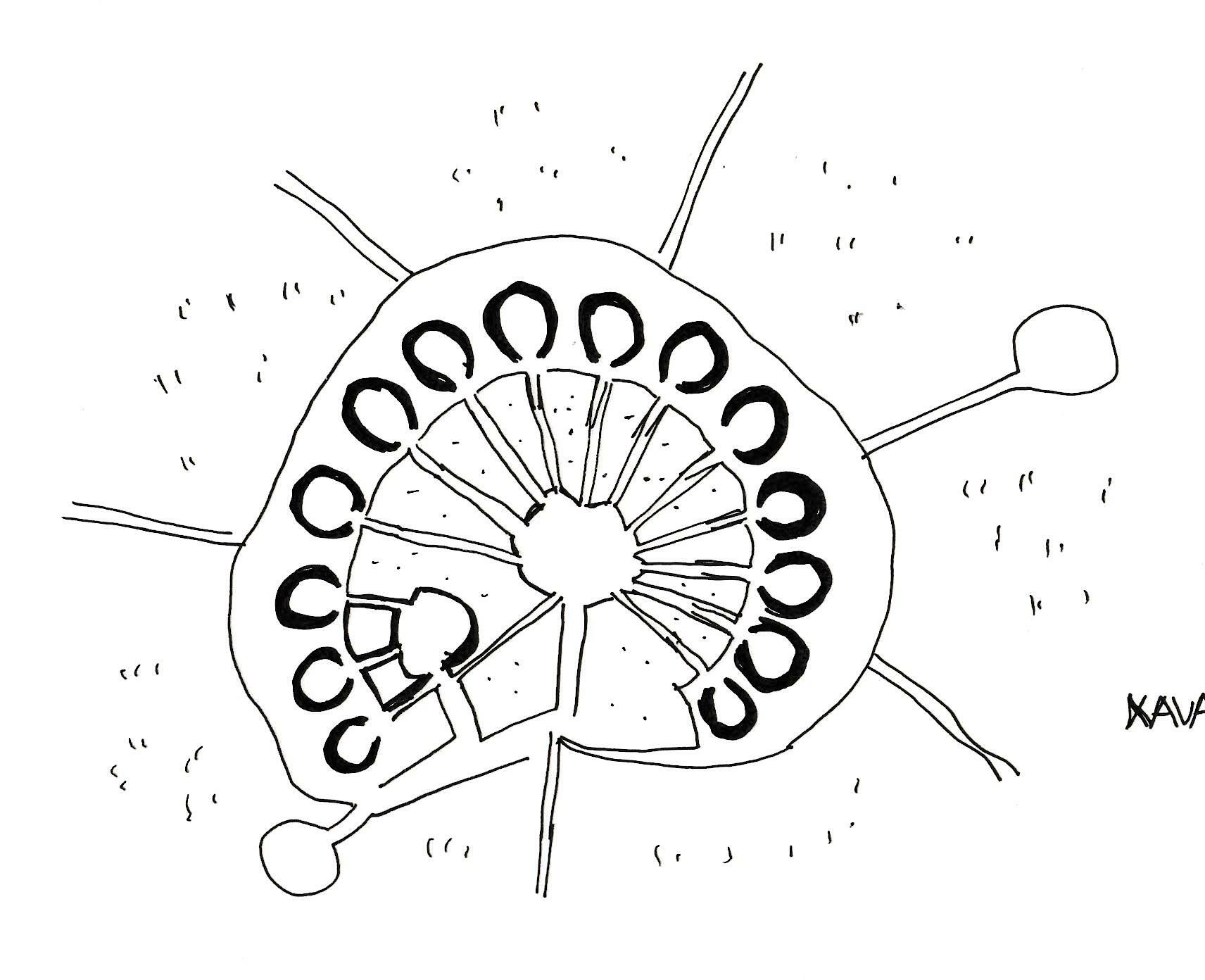
49
REPRESENTATION IN THE COUNTRY
50
51
FUNAI BUILDING
The FUNAI is the official indigenous organ of the Brazilian State, it has a building which is located in Brasilia, the capital of Brazil and it is where all gov ernment buildings are located. Archi tecturally speaking there is no relation with indigenous culture. The building is a place where they should be able to go and to protest or to ask something from the government. It is not build or organised for indigenous people as a public and/or user. We have to remind ourselves that indigenous people do not have an income to pay for a hotel, and the FUNAI building is located far from the indigenous lands. So the building is constantly facing problems because it is not prepared for people sleeping and staying there.
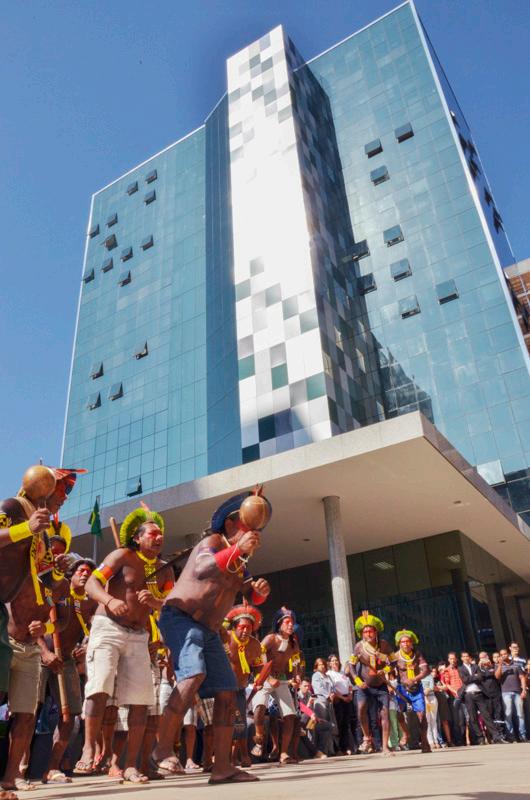
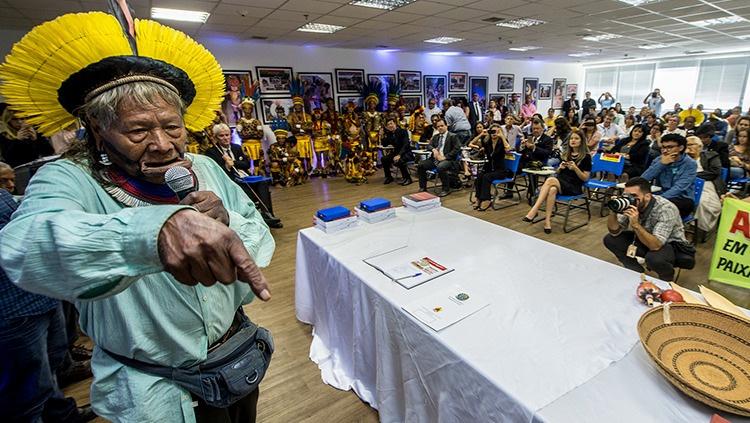
They had a plan to build a new building for FUNAI, which would attended all the necessities in term of space, and a more indigenous user friendly scheduled for 2014, but we are already in 2020 and do not have a plan yet.
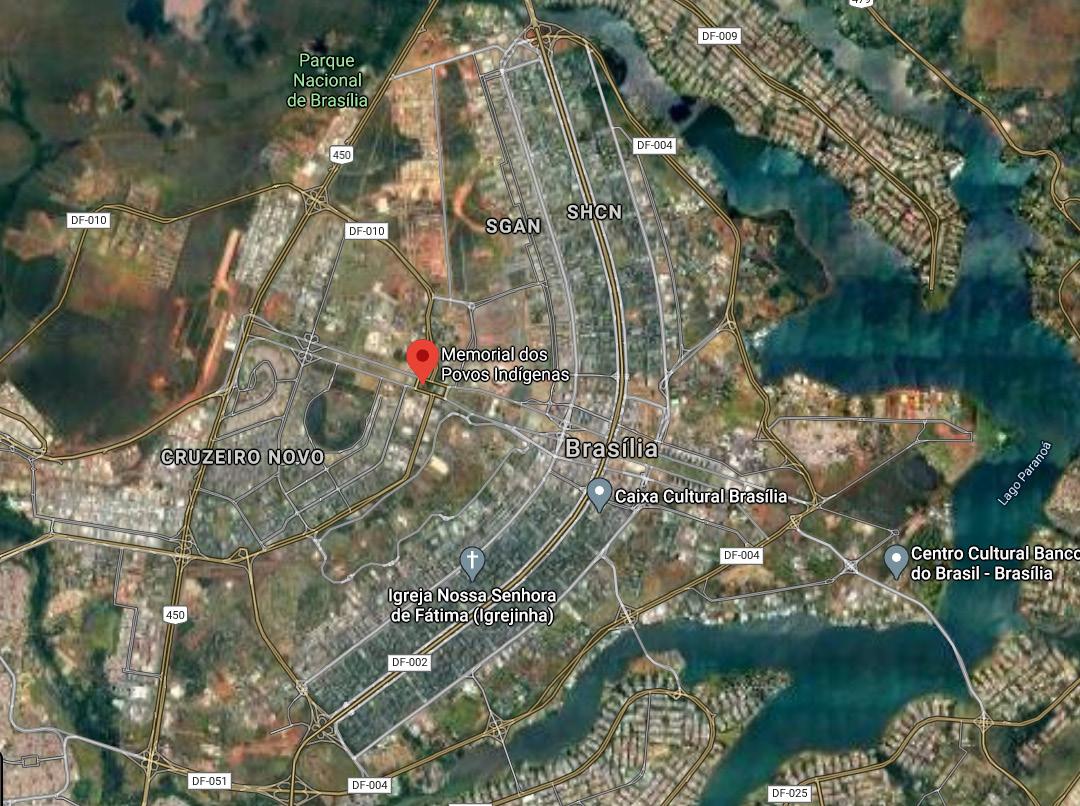
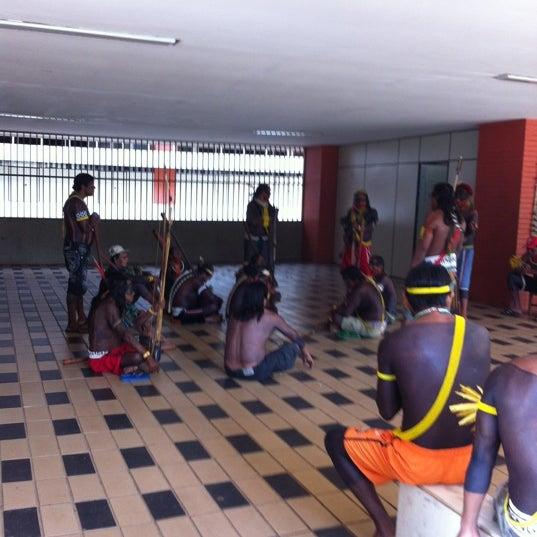
52
Top view of Brasilia, where the FUNAI is located.
FUNAI Building.
Inside of a room in the FUNAI building.
INDIAN MUSEUM BUILDING
The Indian museum in Rio de Janeiro, is the official museum for indigenous people. It is a place that aims to show the importance of indigenous cultures and it is an institution that’s preserves and promotes the indigenous culture. It tries to link the existing and historical diversity among hundreds of Brazilian indigenous groups. It aims to promote an accurate and updated image for the indigenous cause.
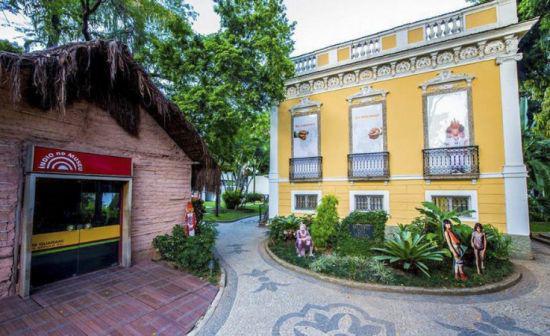
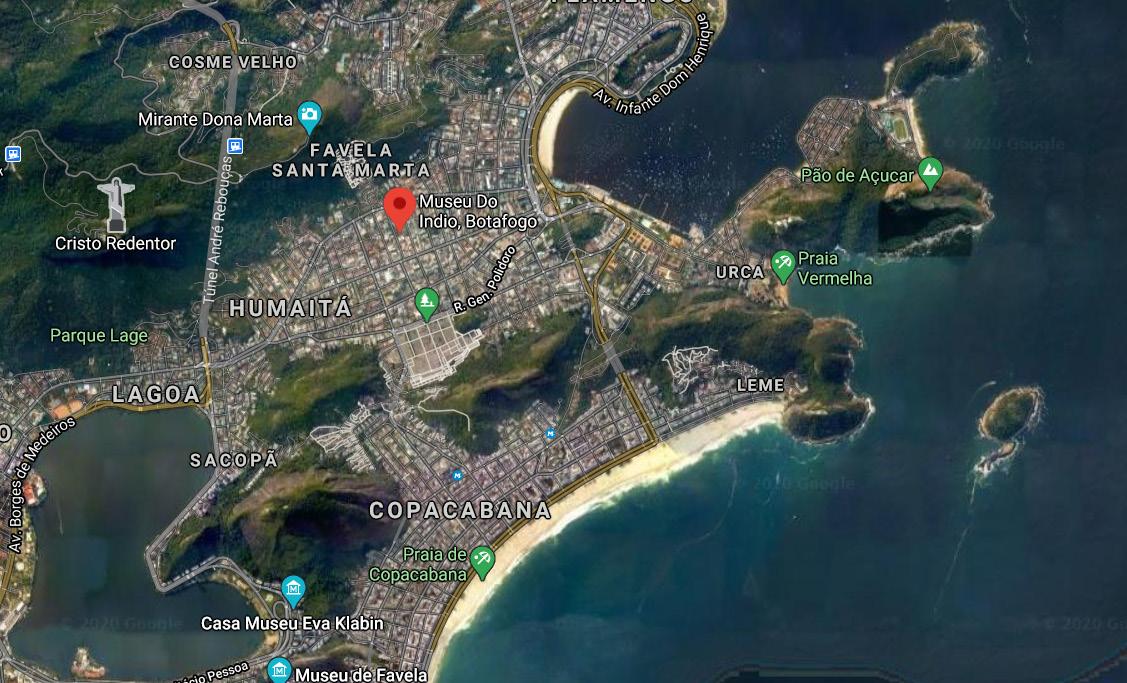
The mansion where the Indian Museum is located today is an example of the neoclassical architecture that was seen all over the city of Rio de Janeiro during the 19th century. This style came to Brazil with the arrival of the Portuguese Royal Family in 1808. It´s architecture is European and has no indigenous identi ty.
A important observation here is that the original population of Brazil does not like to be called an indian, they think it is a way of referring to them pejoratively.

REPRESENTATION IN THE COUNTRY
53
Top view of Rio de Jnaeiro, where the museum is locat ed.
Image of the Indian museum, Street View.
Image of the Indian museum.
INDIAN MEMORIAL BUILDING
In Brasilia, the capital of Brazil, in 1987, Oscar Niemeyer, designed an Indian memorial in a spiral shape that resem bles de maloca(house) of the Yanomami group. The access is made by a ramp, Classical Niemeyer, modernist style as we can see in the images below. (Niemeyer, 1982 )
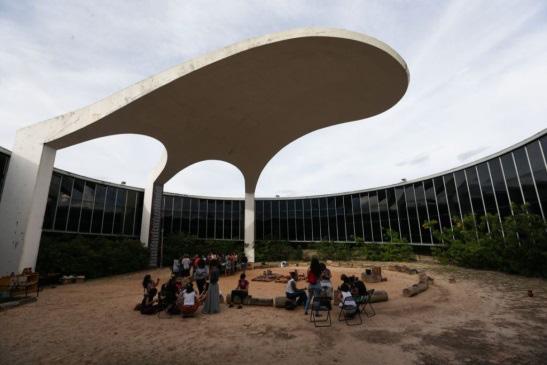
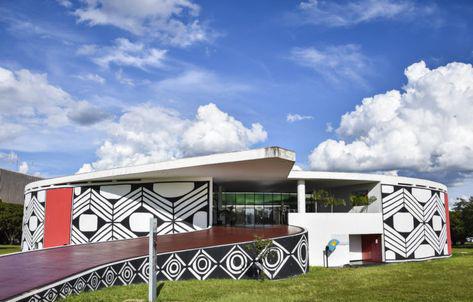
The space promotes many events with the presence and/of participation of indigenous representatives from differ ent regions of the country. It holds arts, instruments and tools from indigenous people from different tribes. The prob lem of this memorial is the place that it was built, in a city in the middle of Brazil, very difficult to access not just for the indigenous people but also for visitors and tourists.

54
Top view of Brasilia, where the Memorial is located.
Image of the Indian Memorial.
Intern image of the Indian Memorial.
External image of the old museum.
OLD INDIAN MUSEUM
This building, in the center of Rio de Janeiro, gave space to the Indian Muse um from 1953 to 1977. The building was abandoned until 2006, when a group of around 20 indigenous people of differ ent ethnicities (pataxó, guarani, guaja jara, tukano) occupied this building and formed the village(aldeia) of Maracana.
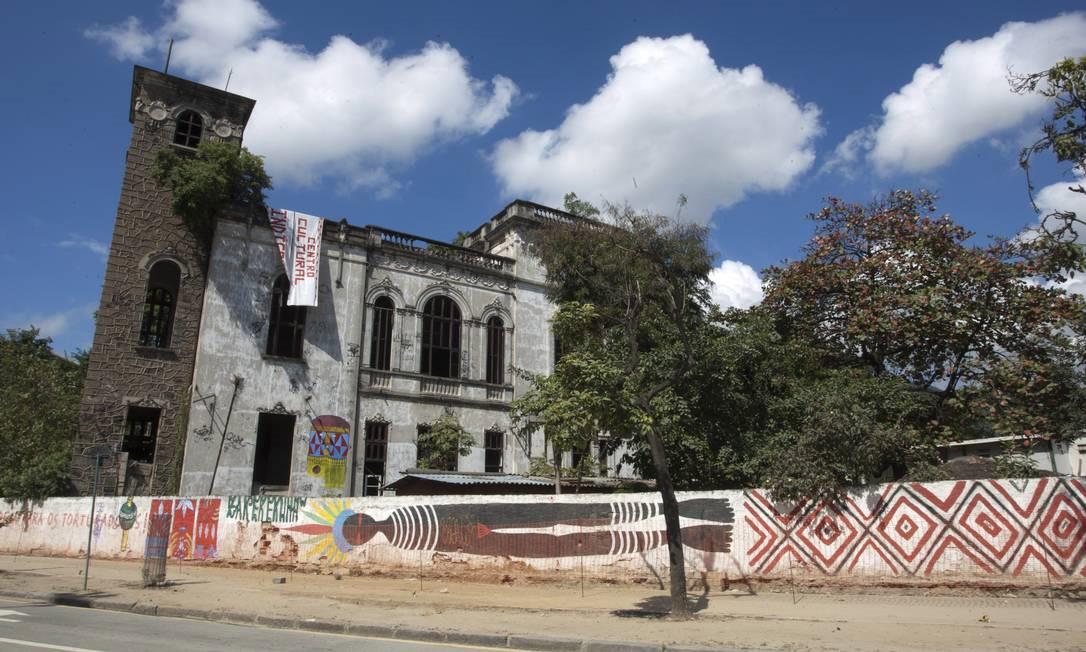
This group became a symbol of indige nous resistance in the city and caused a lot of political and social discord. In 2013 the police took over the building, but in 2017 some members of the group re turned to live there.
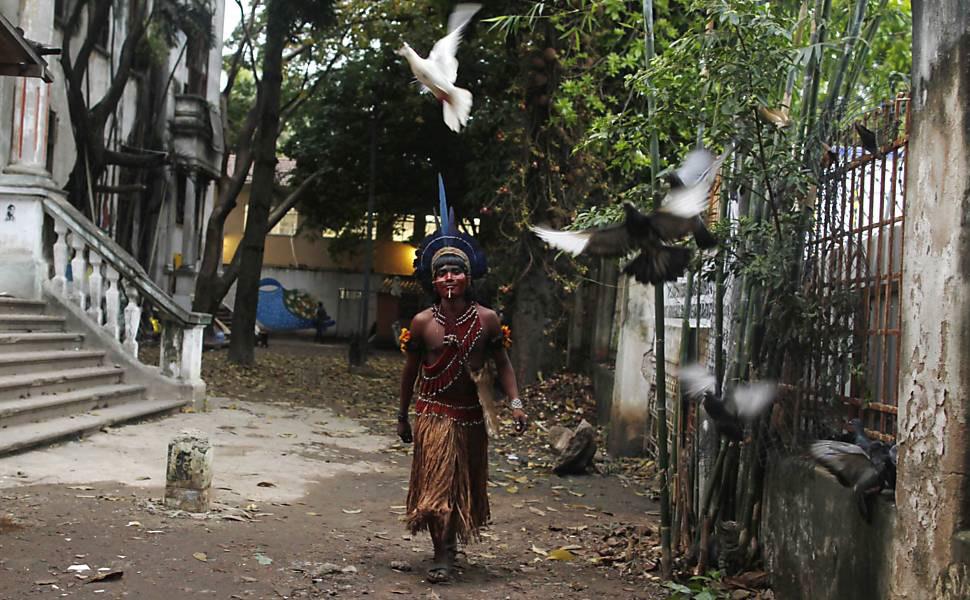
REPRESENTATION IN THE COUNTRY
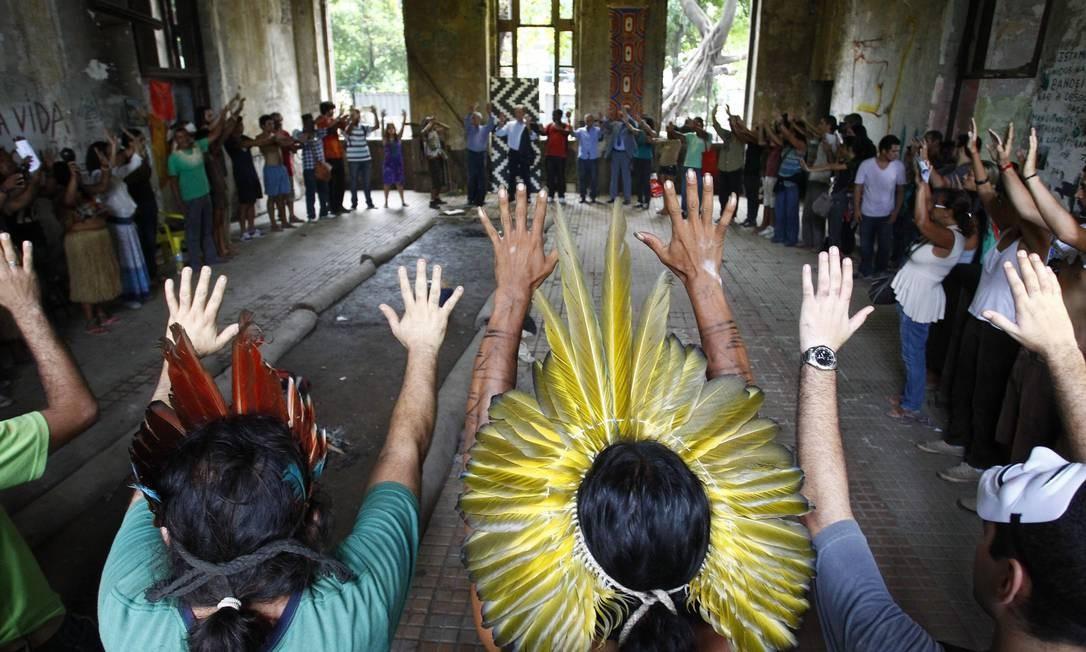
55
Intern image of the old museum.
Outside image of the old museum.
UNITED INDIGENOUS NATION
Through this research I realized that there is no space where indig enous people can meet and discuss ideas and projects that are good for them and for Brazil. There is no place where they can safely be to gether and talk.
Through this research I realized that
they want and need this space, be cause they want to talk, they want to participate in political decisions and environmental discussions.
The United Indigenous Nation is an urgent request for Brazil and it can be a mirror for indigenous people around the world.
56
REPRESENTATION IN THE COUNTRY
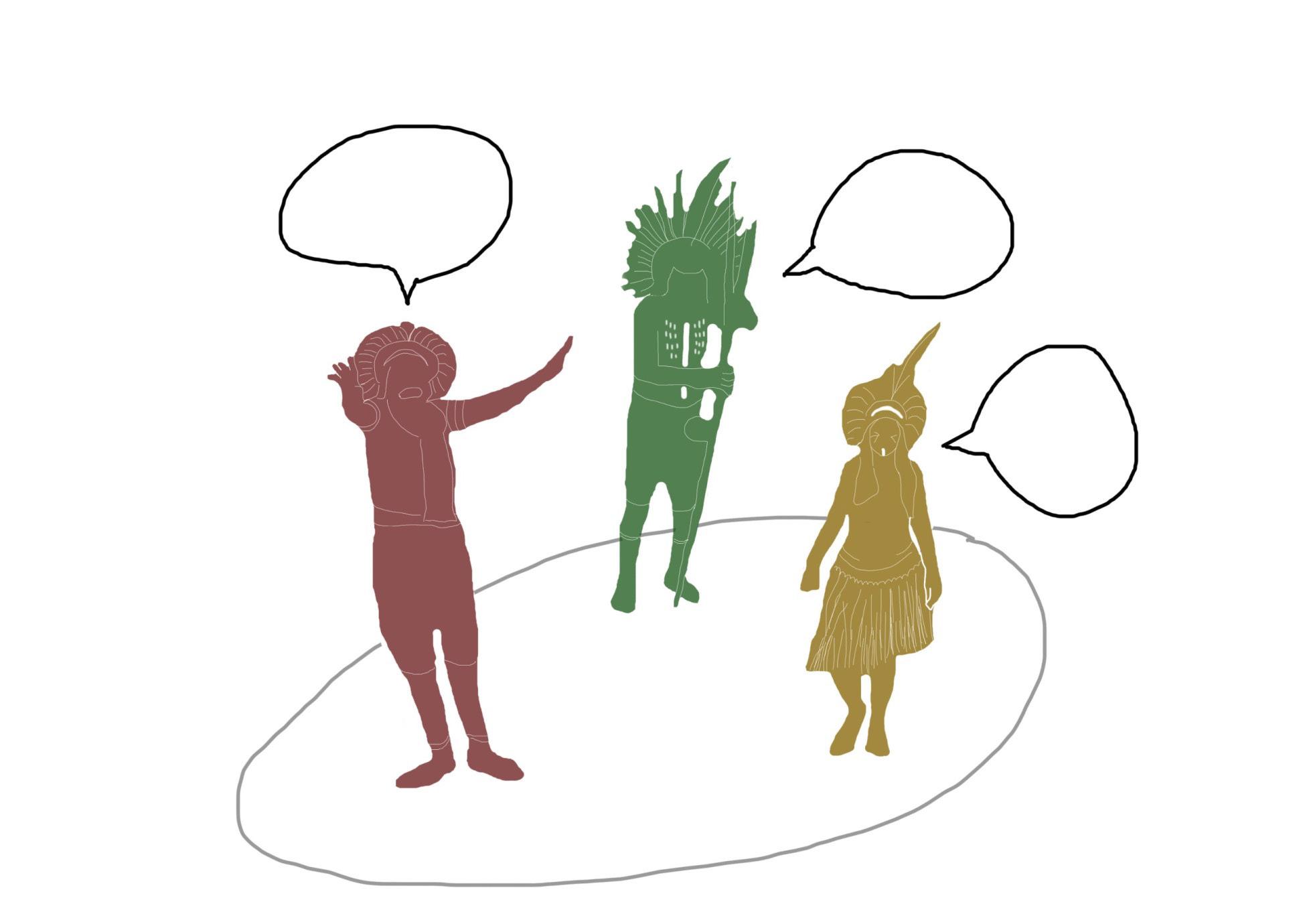
57
LOCATION
58
59
RIO DE JANEIRO
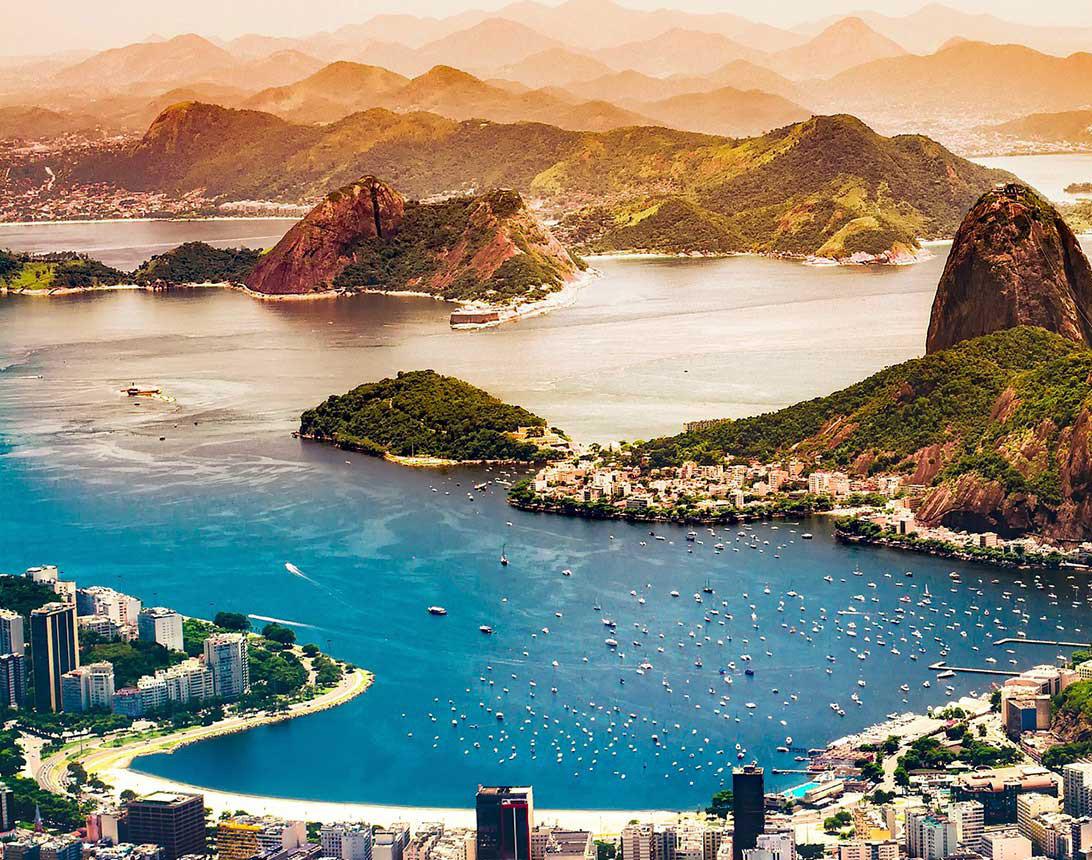
60
Picture of the Rio de Janeiro - Guanavara Bay.
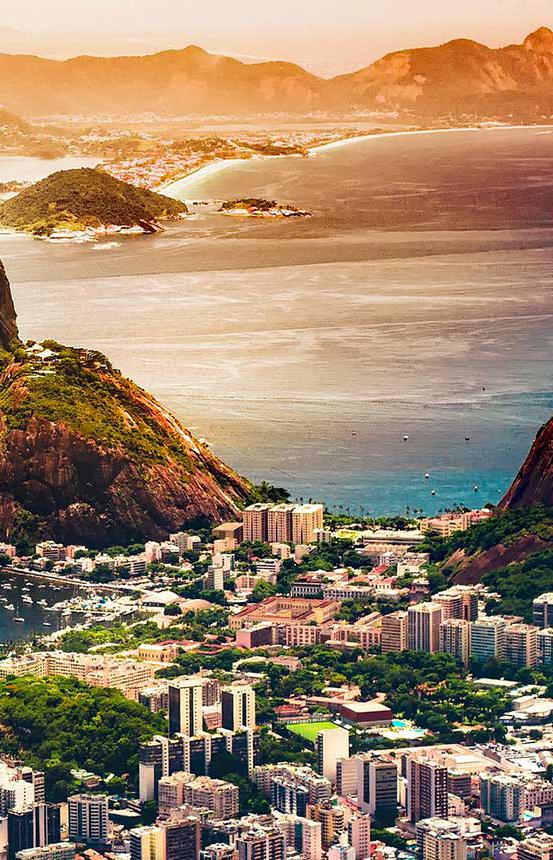

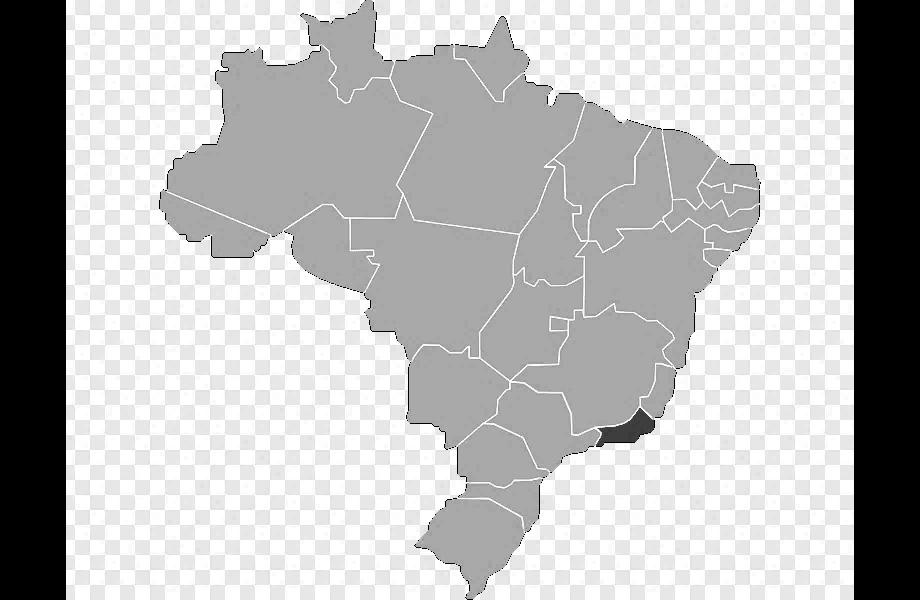

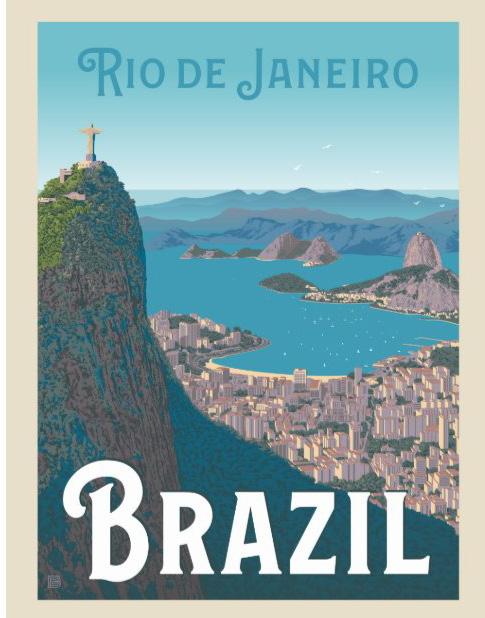
61 LOCATION
THE HISTORY OF BRAZIL-RIO DE JANEIRO-GUANABARA BAY
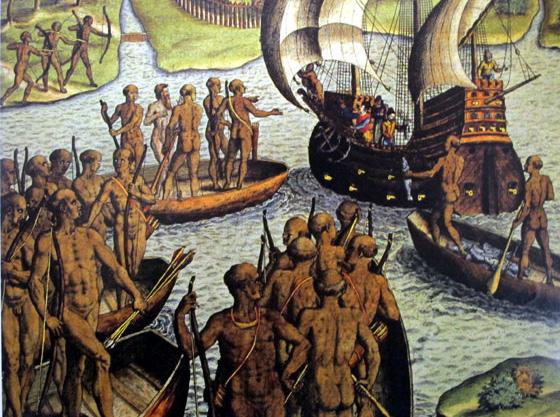
1494
Agreement signed between Portugal and Spain, dividing the “discovered and undiscovered” regions.
The lands to the west of that line would remain for Spain; those on the east side would be from Portugal.
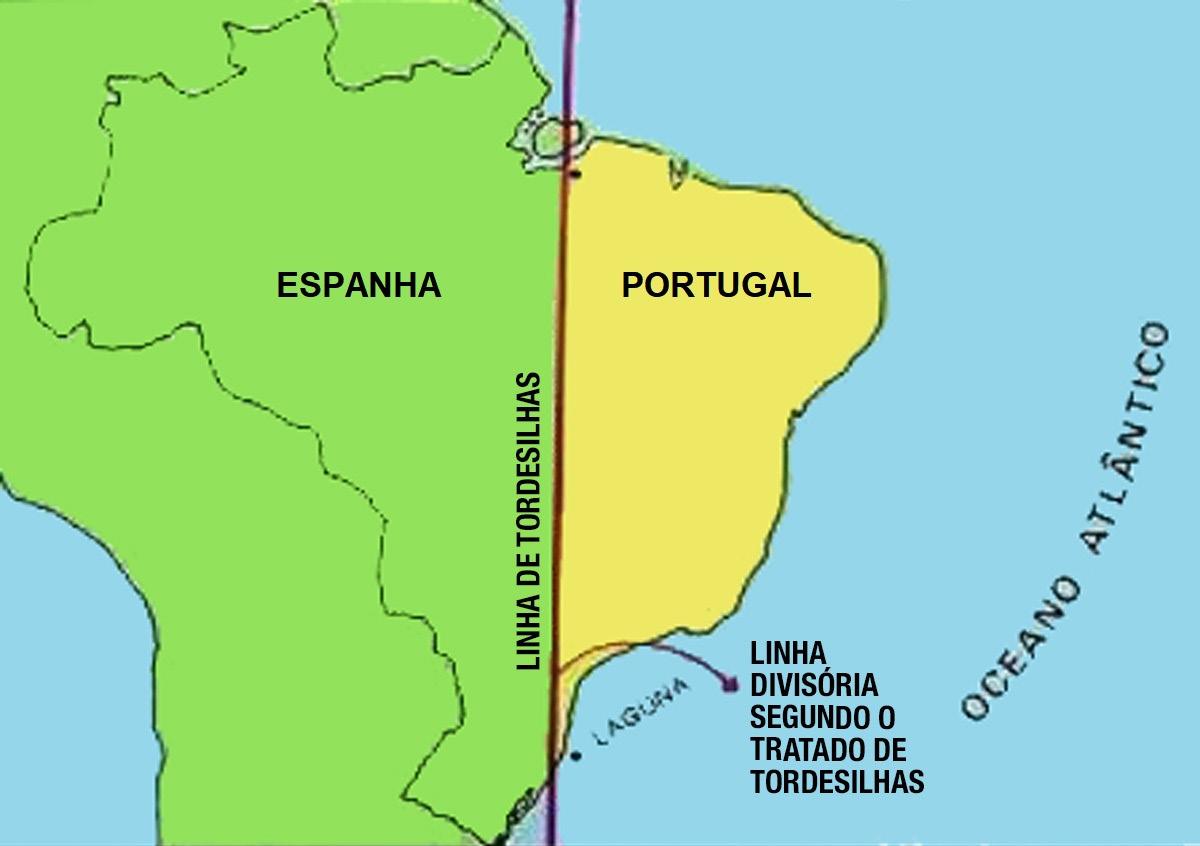
1502
Pedro Alvares Cabral enter the 1st time in the Guanabara Bay and name this place Rio de Janeiro,it was 1st of January and they thought that it was a river and not a bay = (January River)
With the intention of official colony, D. João ganized an expedition Martim Afonso de people on boardsettlers.
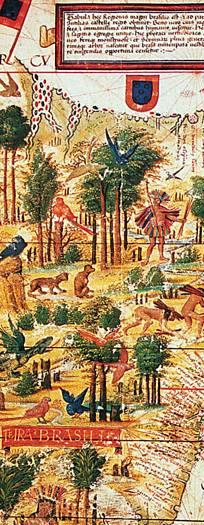

62
1530
Martim Afonso de Sousa
1530
of making Brazil an João III (1502-1557) or expedition commanded by Sousa. Around 400 including crew and
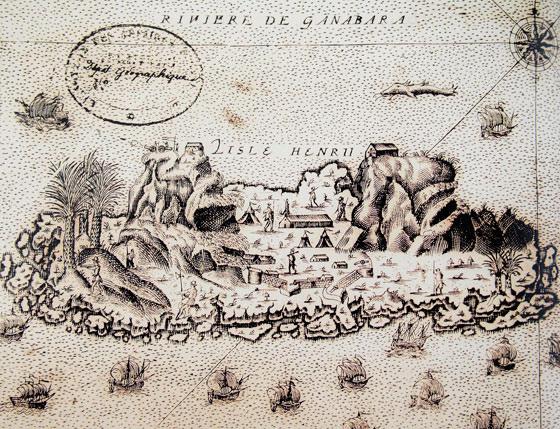
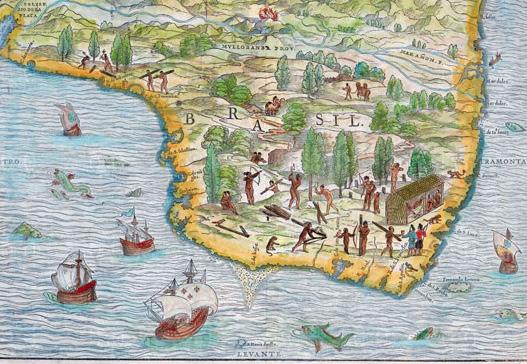
1532
Before returning to Portugal, in 1532, Martim Afonso received a letter from D. João III (1502-1557), who spoke of the in tention of implementing the hereditary captaincy system.
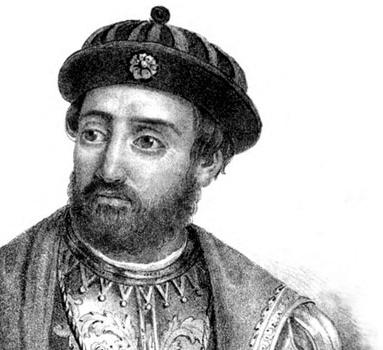
Map, probably from 1574, of hereditary cap taincies (Credit: Luís Teixeira / Biblioteca da Ajuda, Lisbon)
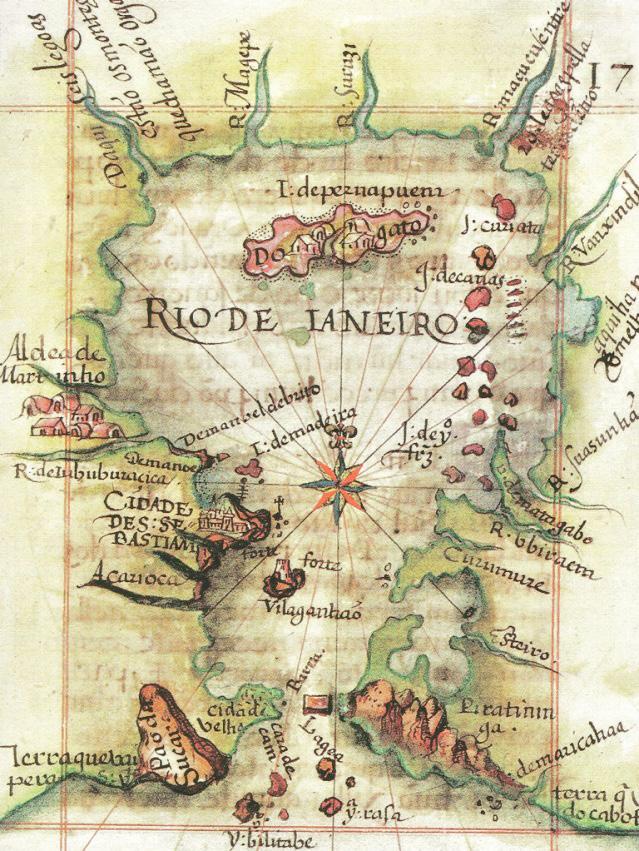
Map of Brazil according to the vision of the Italian cartographer Giovanni Battista

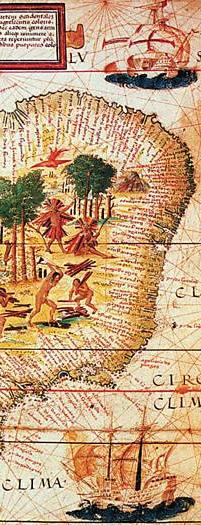
1549
Facing a serious situation to lose the land in 1549 they send the priests of the Society of Jesus, such as Manuel da Nóbrega (1517-1570). Inten tion to further solidify the Portuguese territory.
63
Sousa
LOCATION
Catechization of indigenous people.
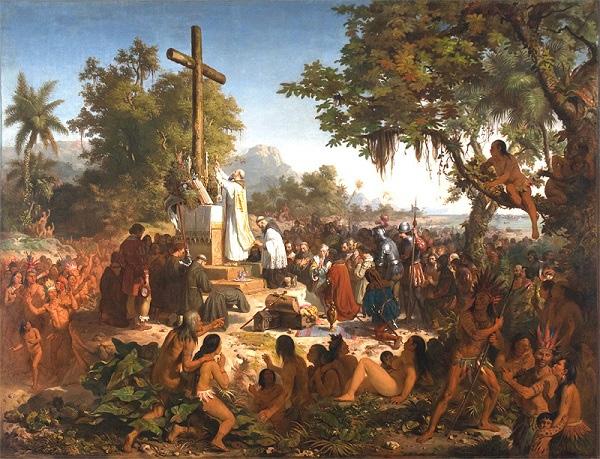
French people, ignoring the Treaty of Tordesillas, invaded Guanabara Bay, es tablished a colony on the rocky island that the Indians called Serigipe and start ed France Antarctica.

Embarkation from Villegagnon to America (Credit: Theodore de Bry / National Library of France)
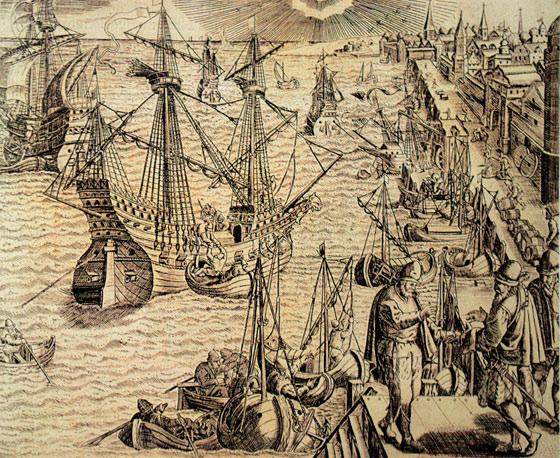
Map of Antarctic France, by unknown author (Credit: Carta Factícia / National Library of France)
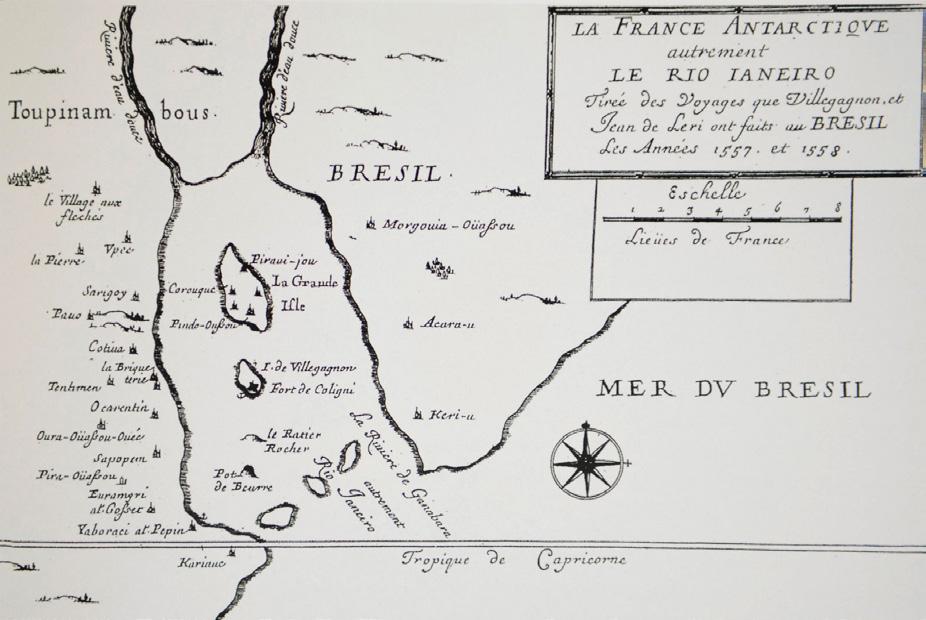
64 THE HISTORY OF BRAZIL - RIO DE JANEIRO - GUANABARA BAY
Aldeamento jesuítico em da metade do século XVIII Paucke/Wikimedia Commons)
15671549 1555
em imagem da segun XVIII (Crédito: Florian Commons)
1600
At the end of the 16th century, the es timated population was around 3,850 inhabitants in Rio de Janeiro, among Indians, Portuguese and Africans. The quality of the land in the captaincy of Rio de Janeiro favored agricultural devel opment. The need to play like favorites and play like moments was increasingly urgent. The coffers of the Portuguese Crown relied on significant profits from the presence of cane fields and mills. presença dos canaviais e dos engenhos.
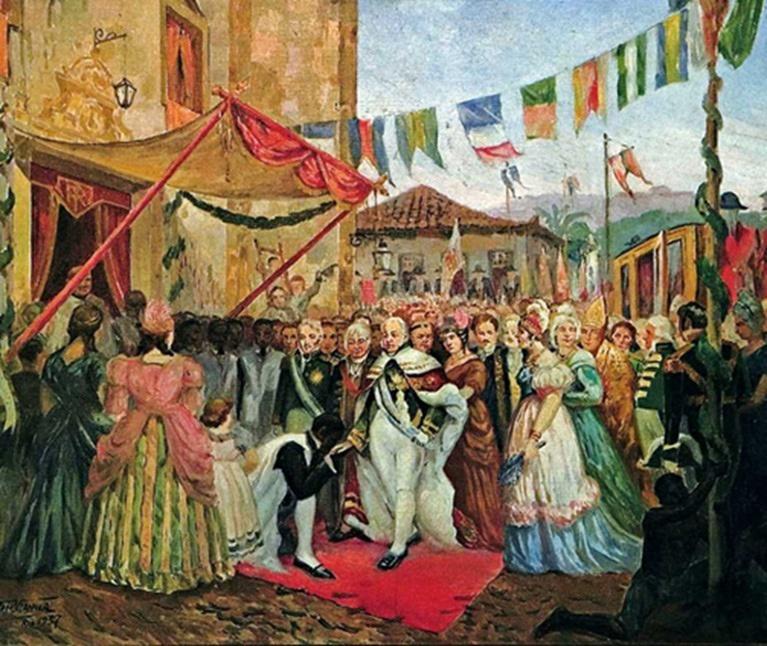


1808
The Royal Portuguse family arrived in Rio de Jnaeiro
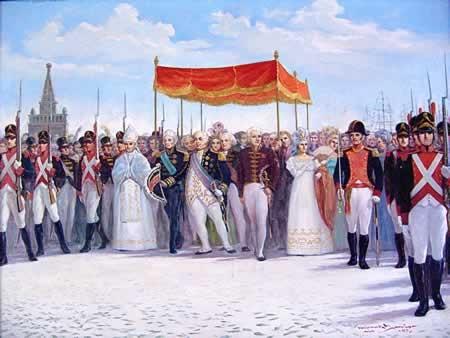
65 LOCATION
1567
ARCHITECTURE IN RIO DE JANEIRO - GUANABARA BAY
before the colony colony city architecture developed family where in Rio
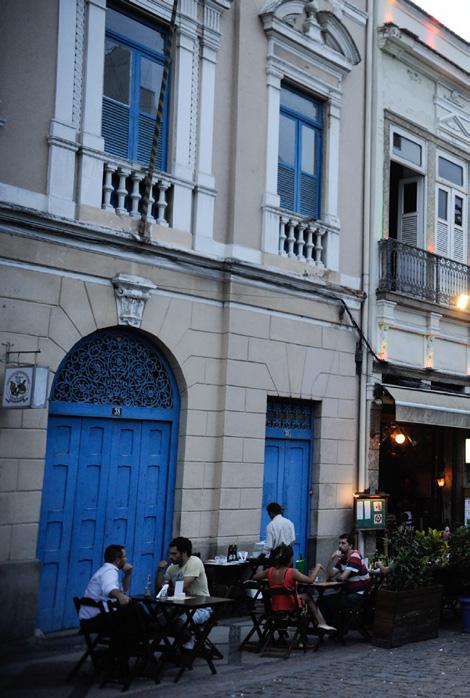
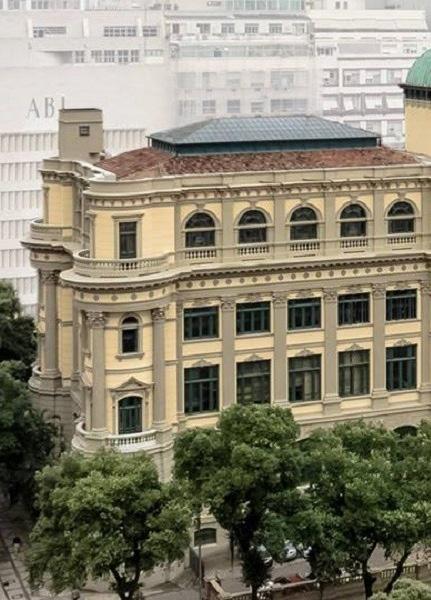
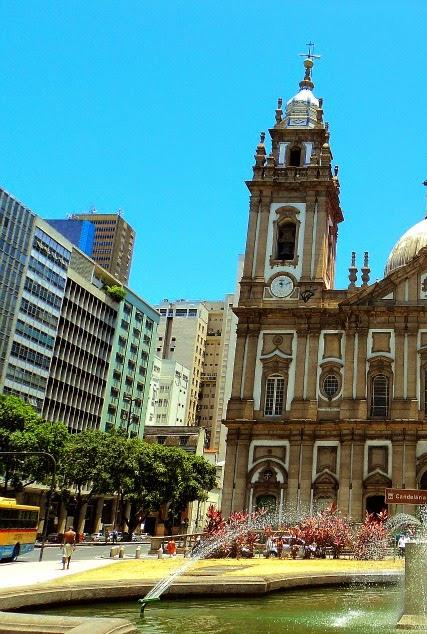
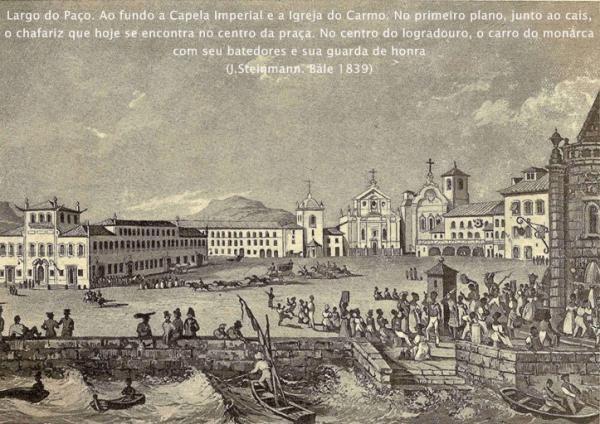
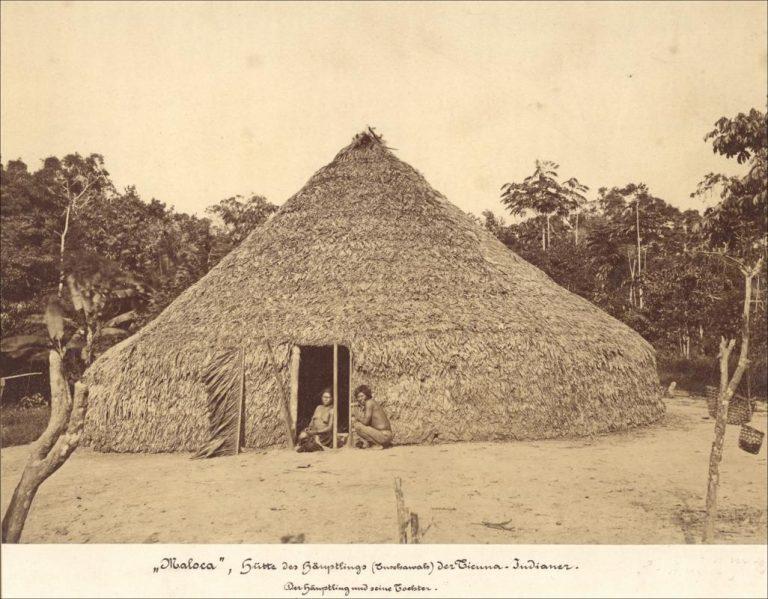
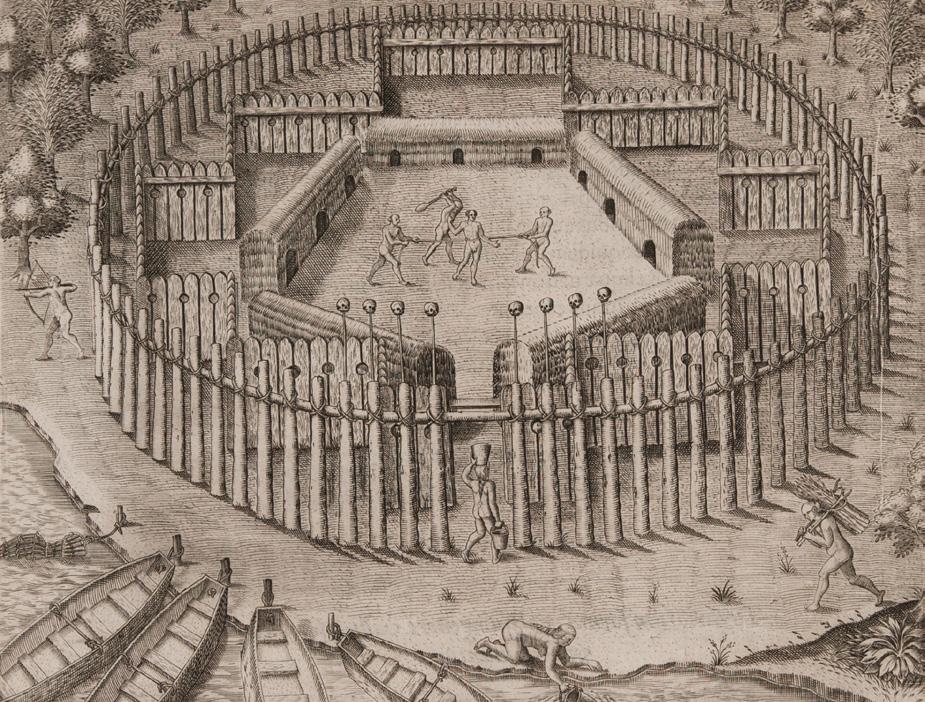
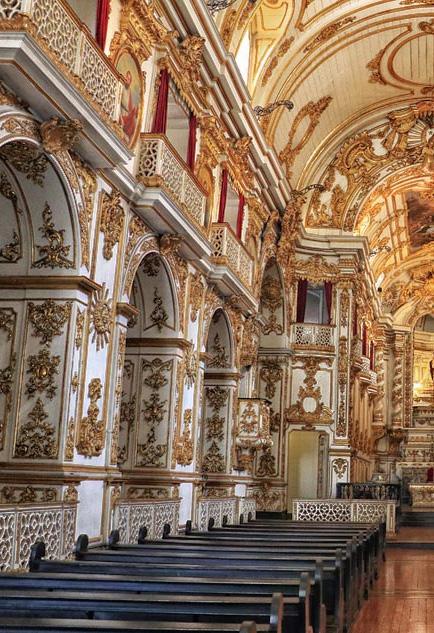
66
when the royal Rio de Janeiro (1808)

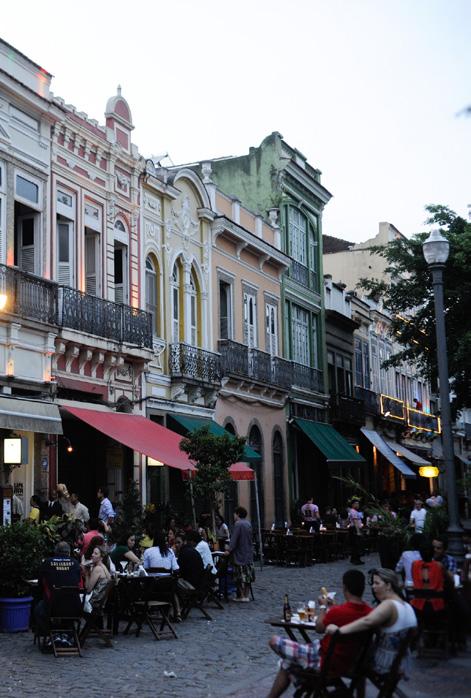
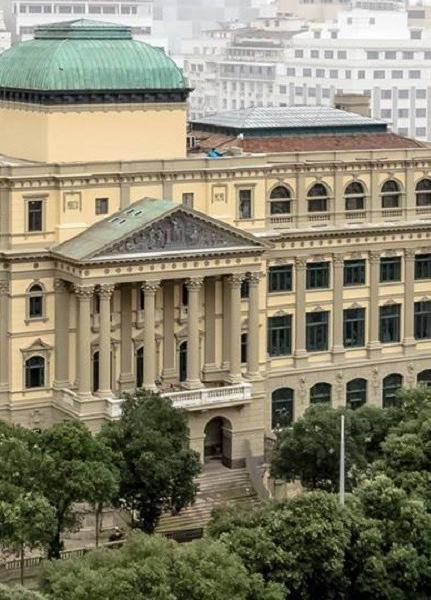
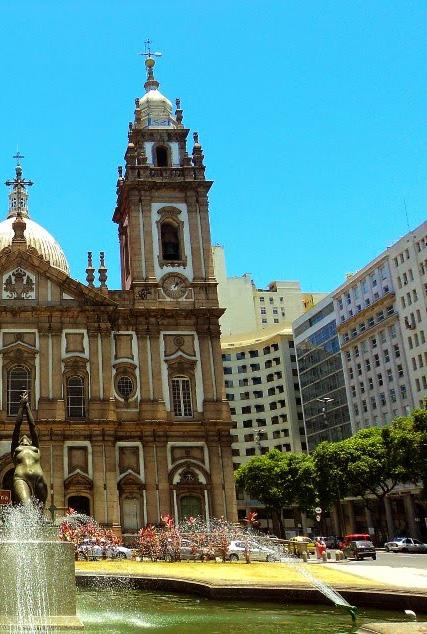
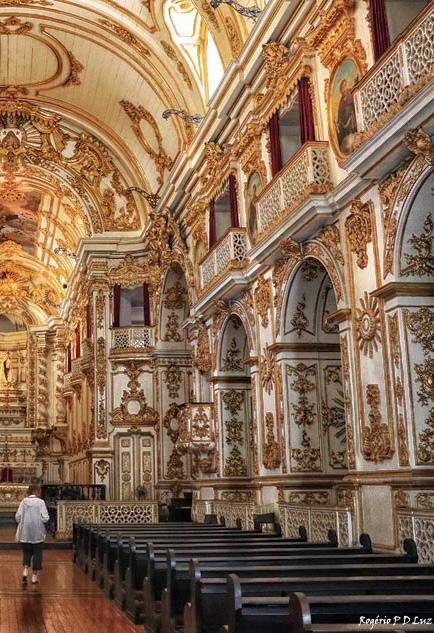
60-90`s
2015

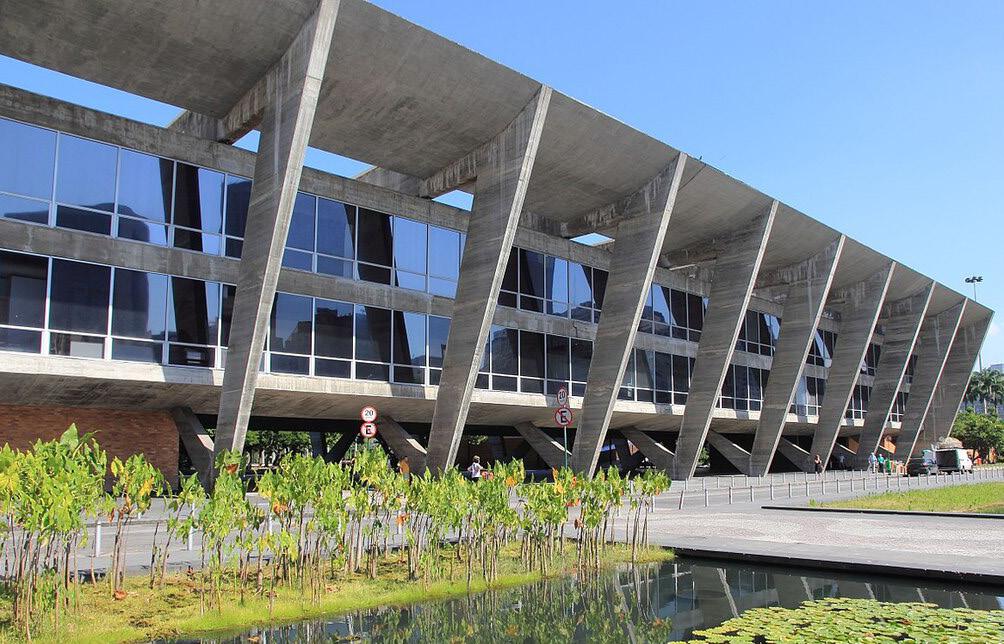
67 developed
architecture
architecture
LOCATION
SOME OF THE HISTORICAL AND CULTURAL BUILDINGS FROM
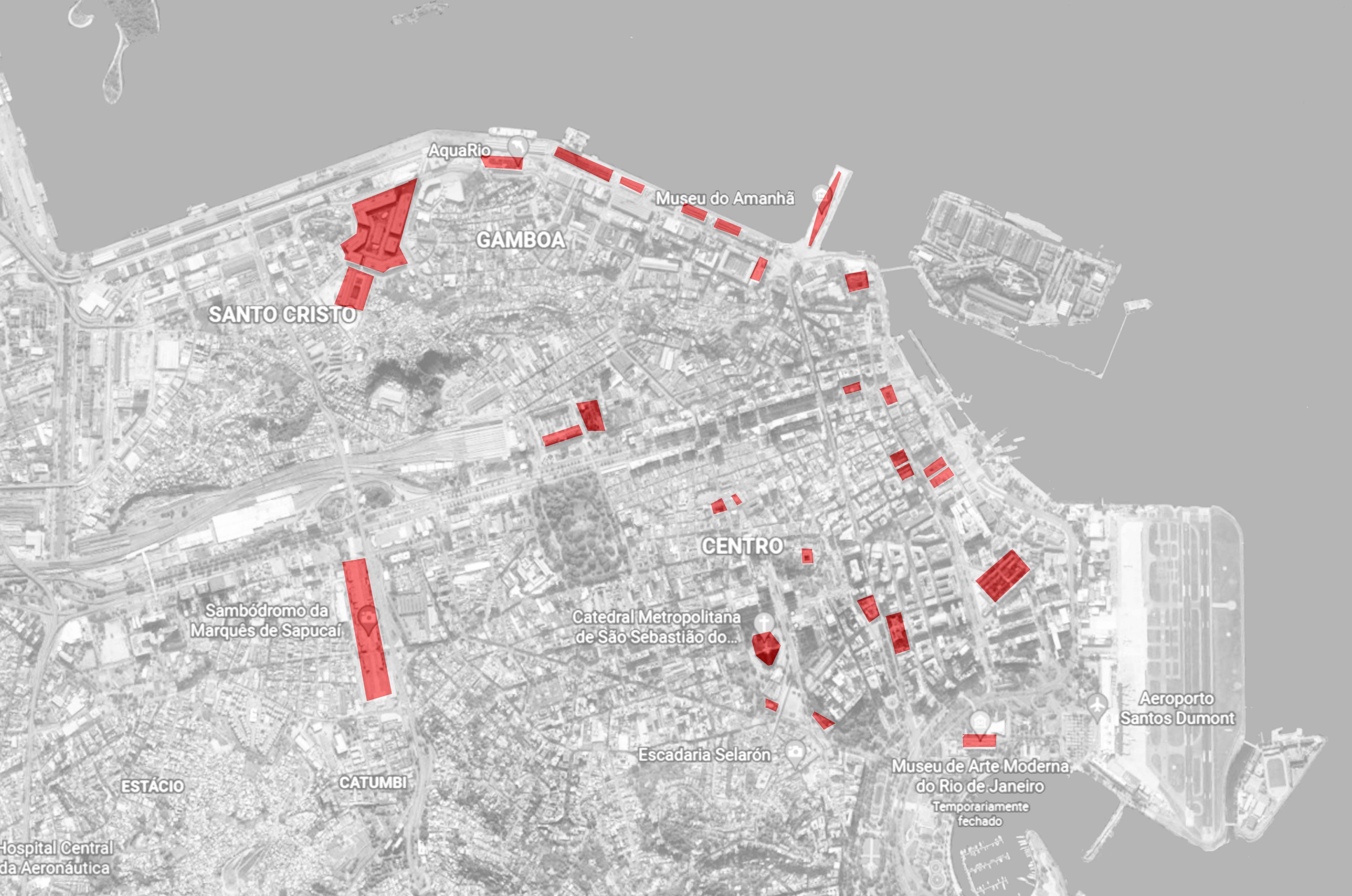
GAMBOA


CENTER
68
RJ
CENTER
GUANABARA BAY


The center of Rio de Janeiro is very rich in architecture and culture. It is a very lively place, many people work and pass through the center daily. There are many events such as carnival, World Cup celebrations, fairs and shows.
The red marks are the buildings that promote events, art and culture. In the next page it is possible to see some of those buildings.

69
LOCATION
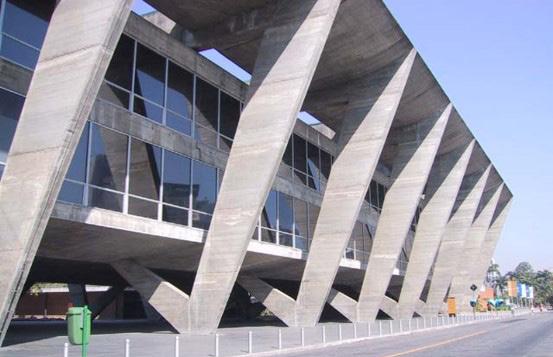
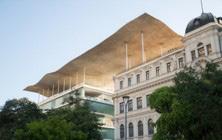

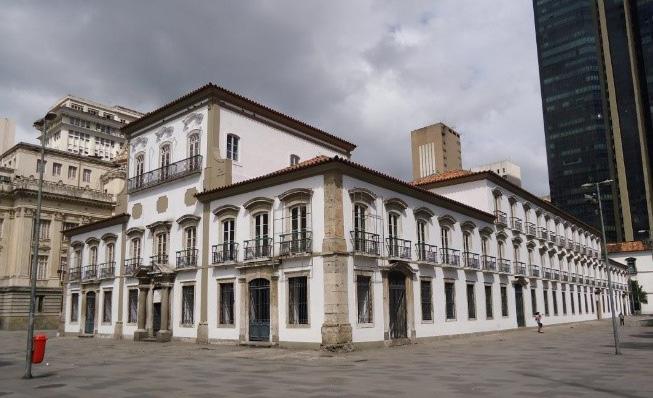
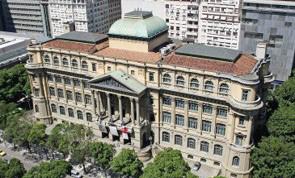

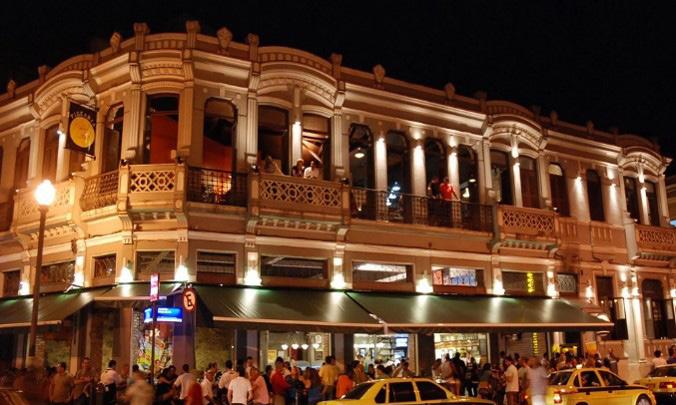
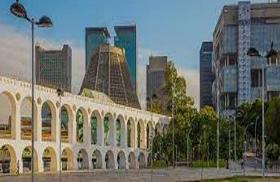
70
Aqueducts.
Modern art museum. Museum of Tmorrow. Imperial palace. National library.Museumod art from Rio. Lapa area. Portuguese reading room.
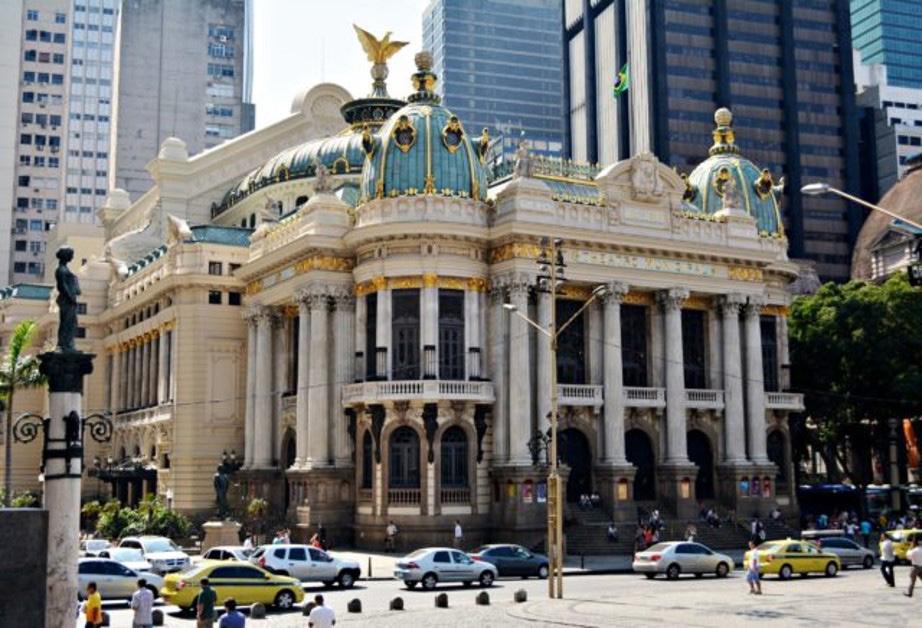
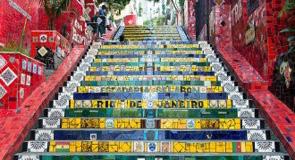

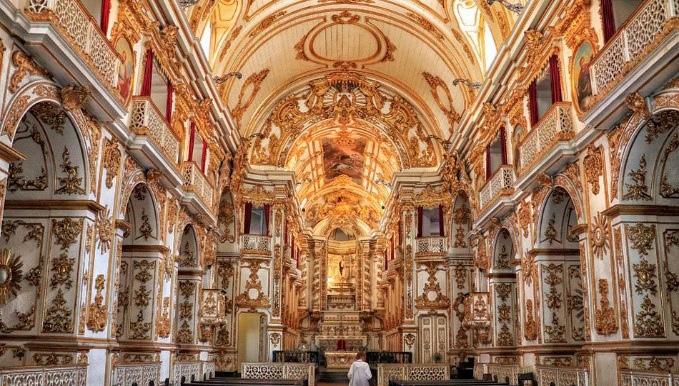
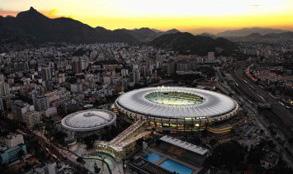
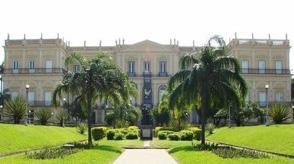
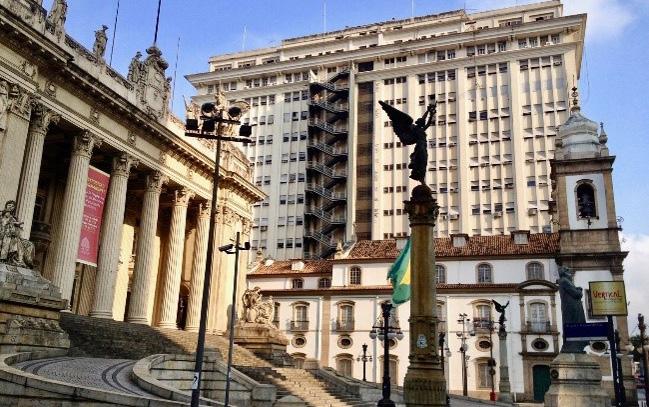

71 LOCATION
ALERJ. Street art Gamboa.
Boa Vista Museum.Maracana statium.
Sambodromo. Se church.
Starcase Selaron.Municipal theater.
INFRASTRUCTURE IN THE CENTER OF RJ
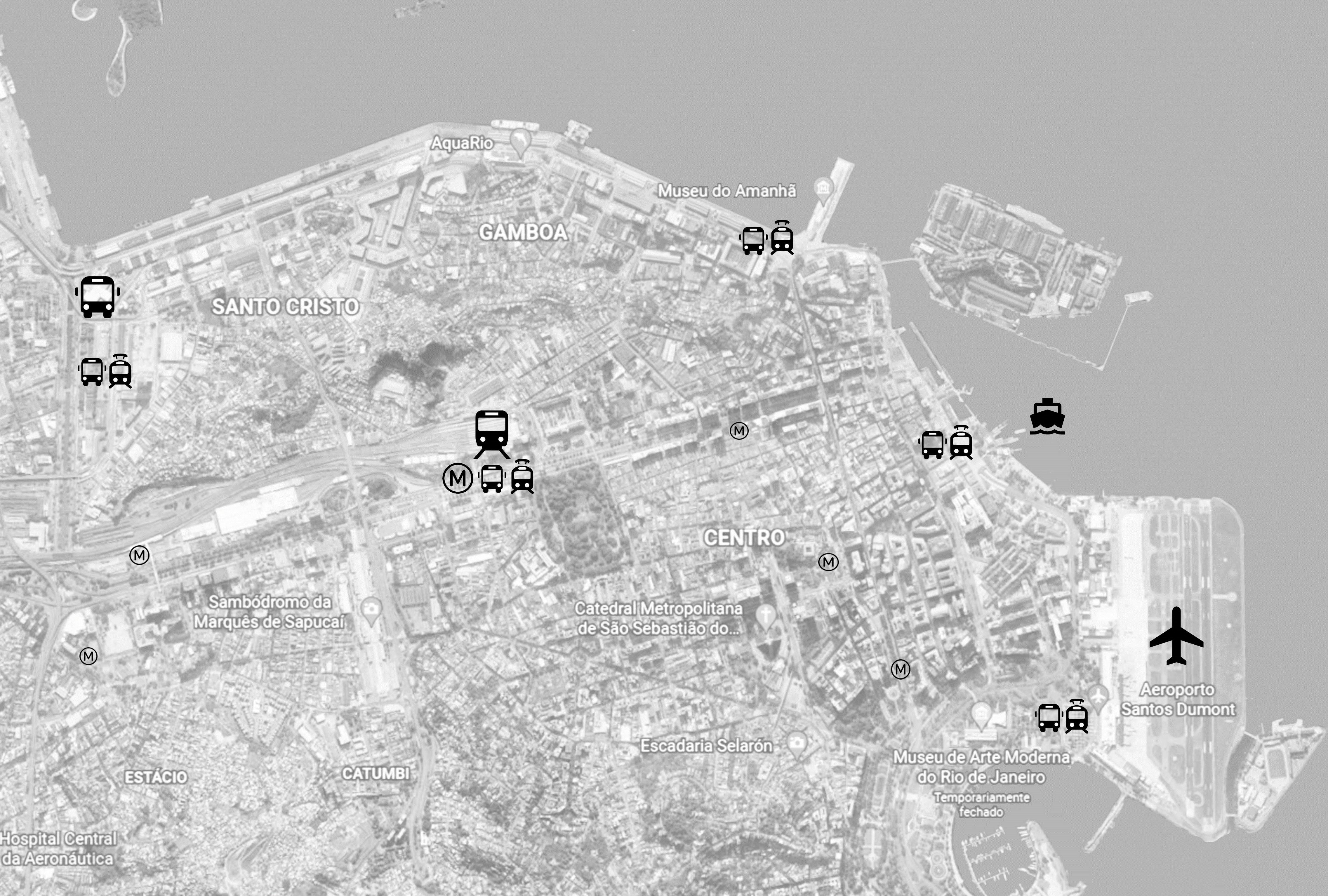
GAMBOA



CENTER
72
GUANABARA
GUANABARA BAY


The infrastructure in the city center is very good and after the Olympic Games, transport became even better and more diversified.
Santos Dumont airport has flights to all Brazilian regions.
The bus station is one of the largest in Brazil, and buses come from all regions of Brazil. In Brazil it is very popular to travel by bus, it is cheaper than a plane ticket.
The center also has a good metro, bus and tram network. There are also sever al spots to rent a bike.

73
LOCATION
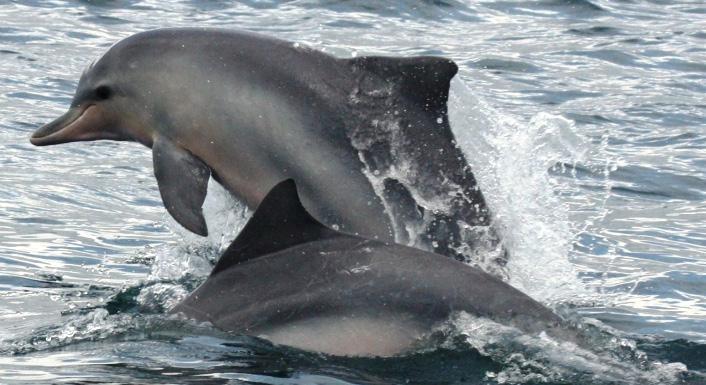
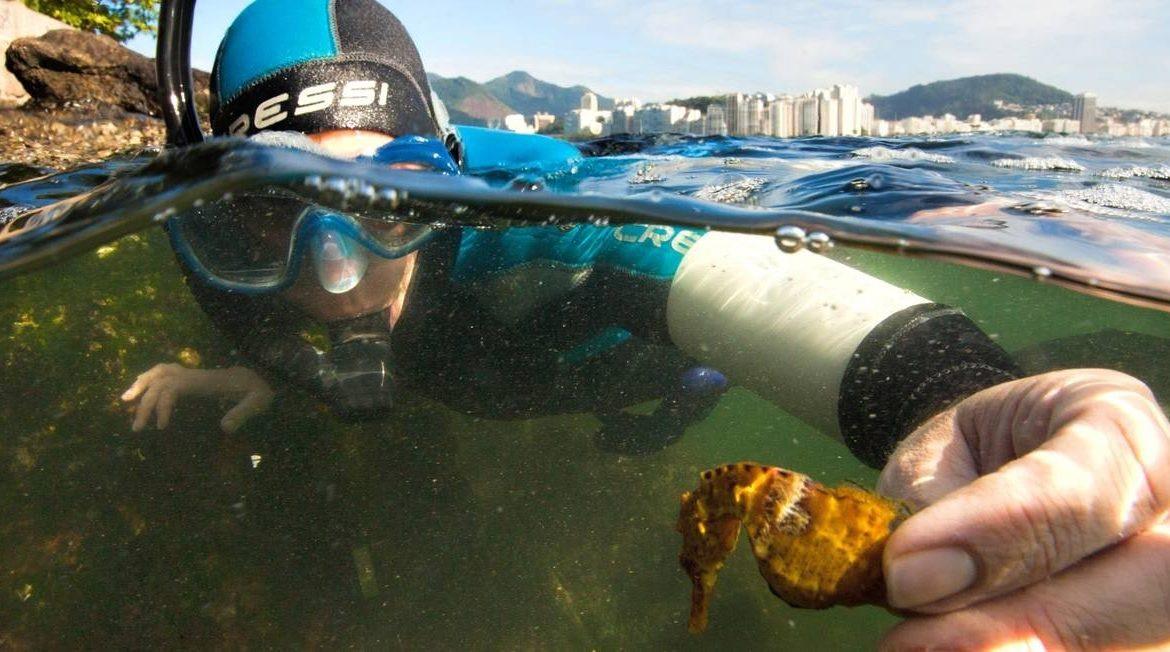

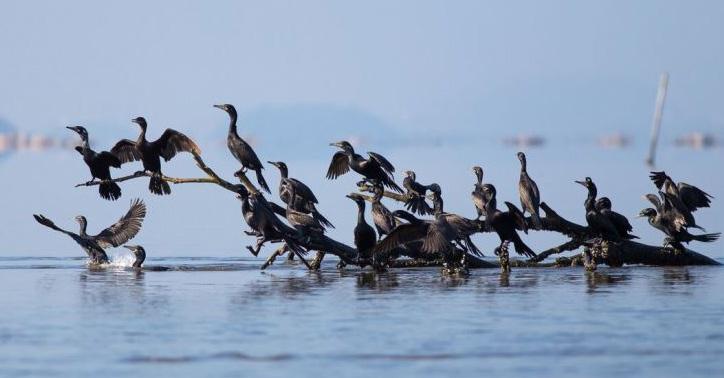
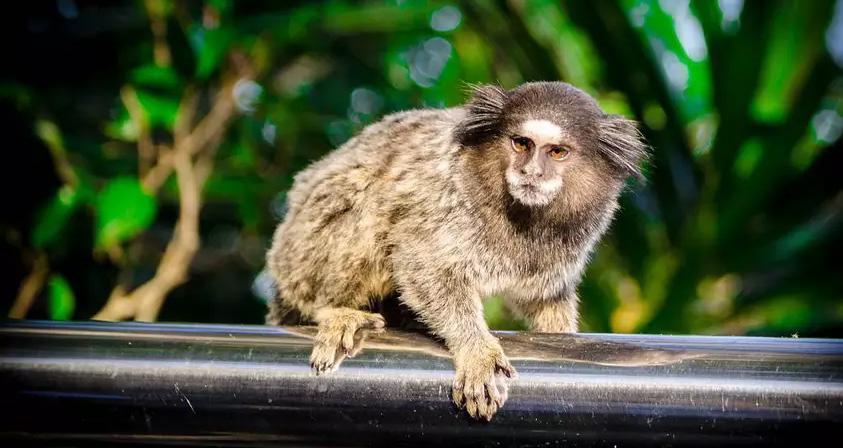
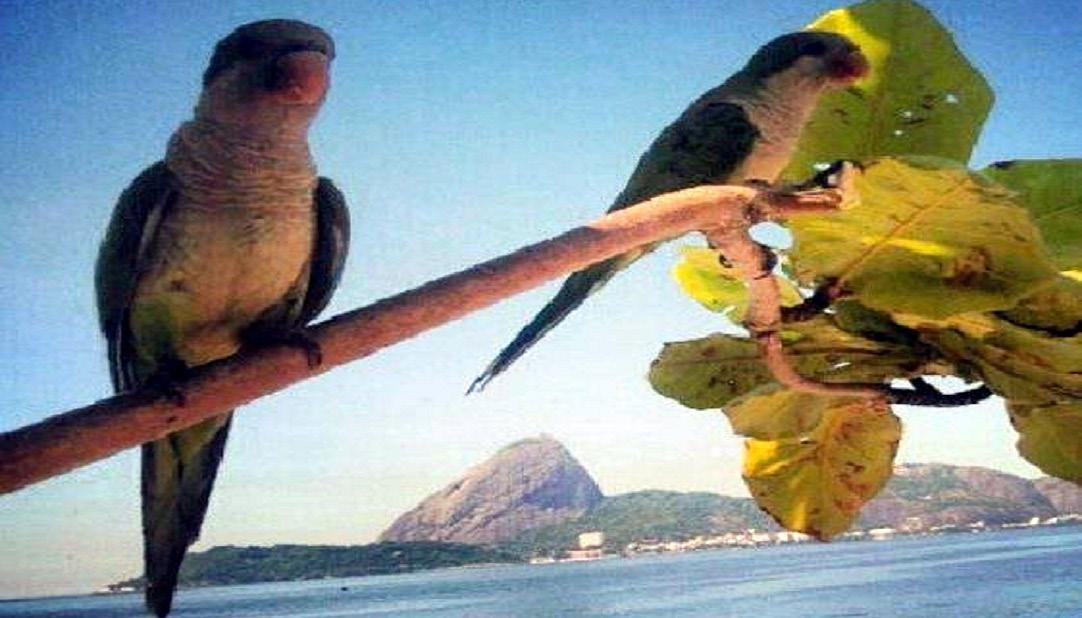
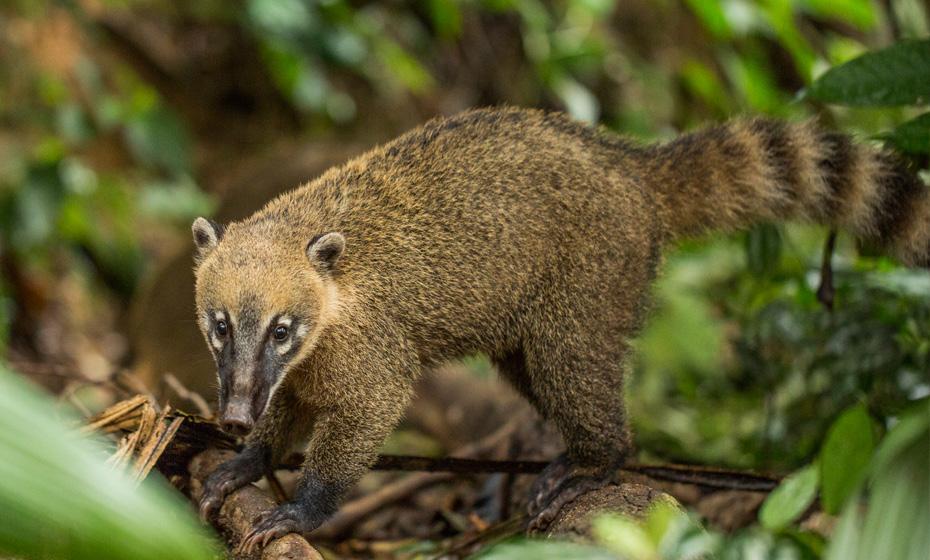

74 BIODIVERSITY IN THE GUANABARA BAY
PAU BRASIL

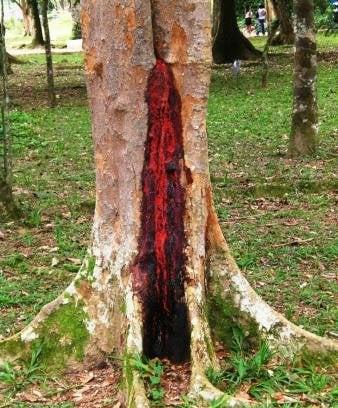
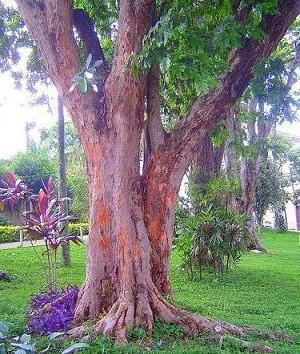



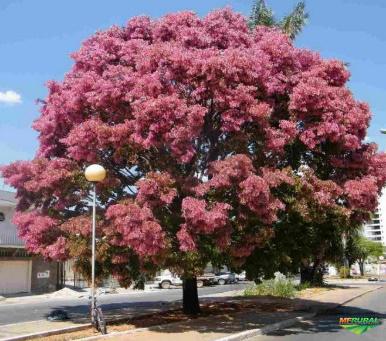
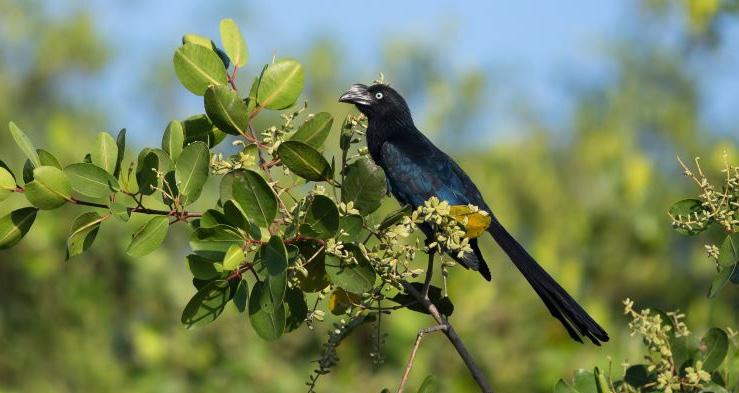
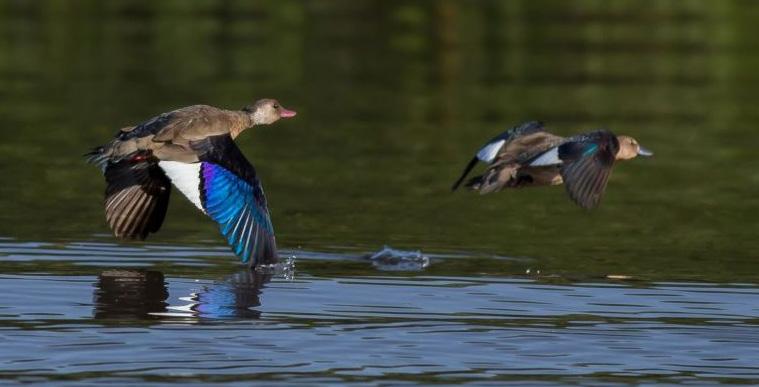
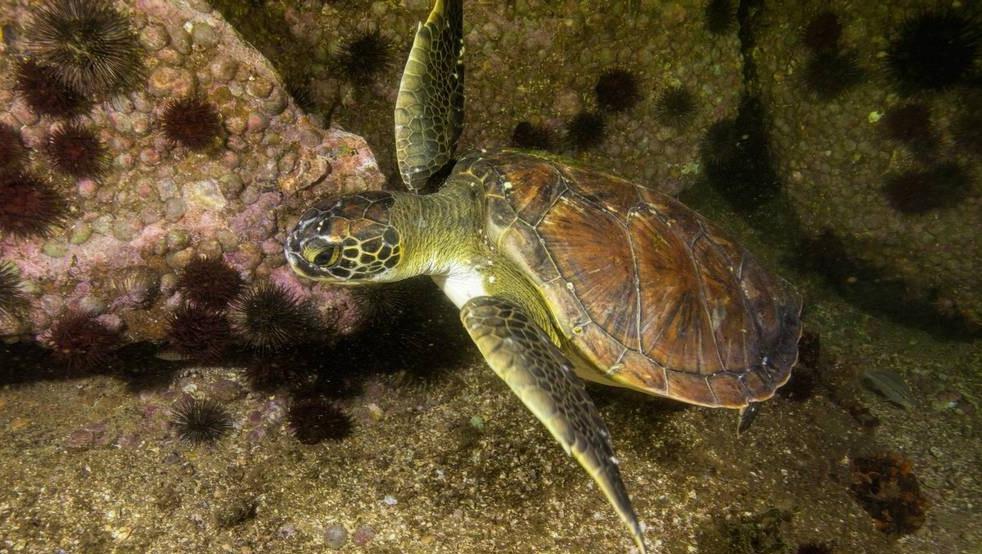
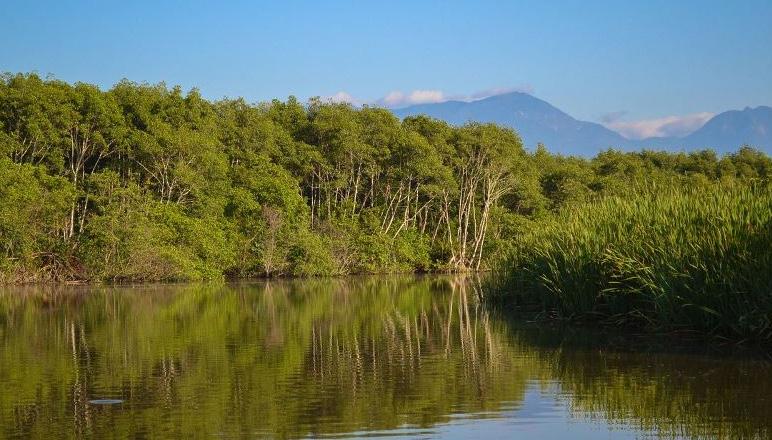
75 LOCATION
SAPUCAIAS
ABRICO DE MACACO
POLLUTION IN THE GUANABARA BAY Pollution in the Guanabara Bay.
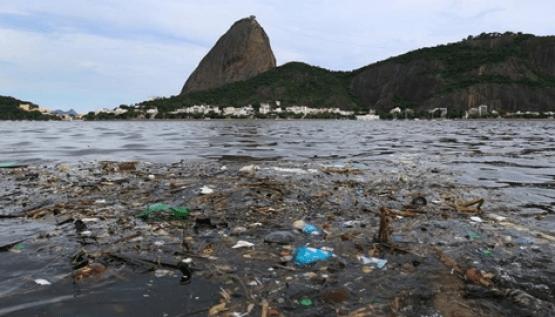
A lot of rubbish near the museum of tomorrow

76
Rio de Janeiro has a great biodiversity of plants and animals, and this is possible to see and experience in the city. The Guanabara Bay has animals such as whales, dolphins and turtles, which could be seen during the Pandemic in 2020, 2021 when the number of boats and people traveling were almost nil.
Pollution has been a major problem, a lot of garbage and sewage are dumped in the Bay every day and the City Hall and the State Government face a huge challenge in terms of cleaning.

77 LOCATION
Sewage released into the Guanabara Bay.
GAMBOA- PORTO MARAVILHA PLAN
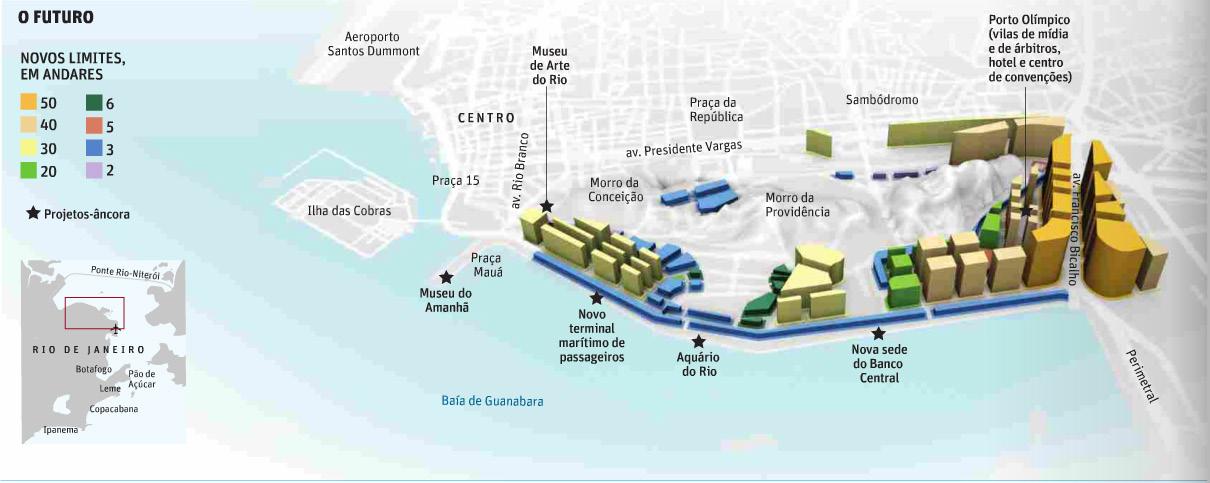
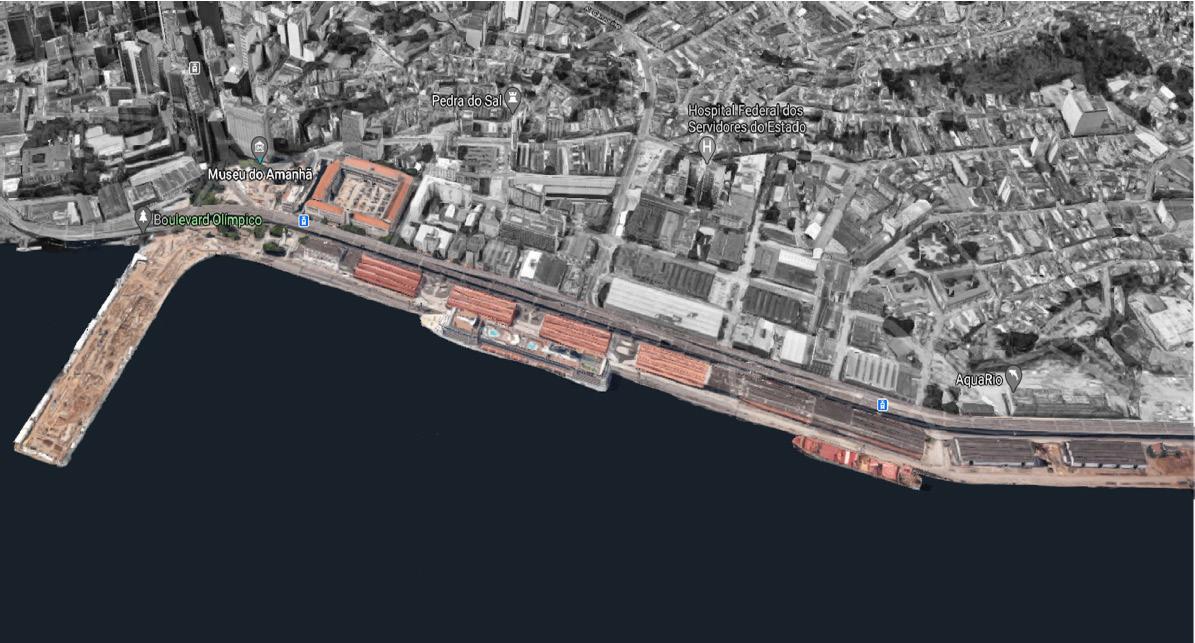
Top view of the Gamboa area.
The plan for Gamboa area.
78
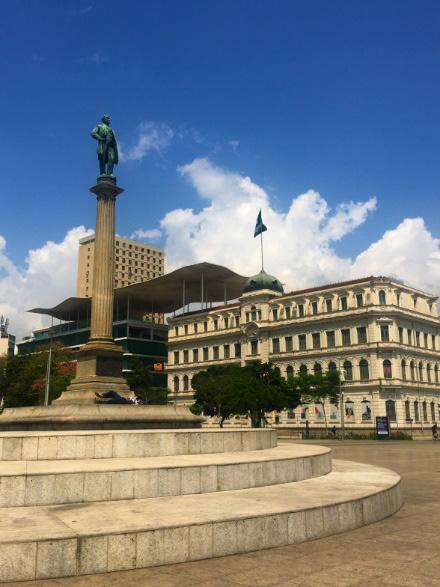
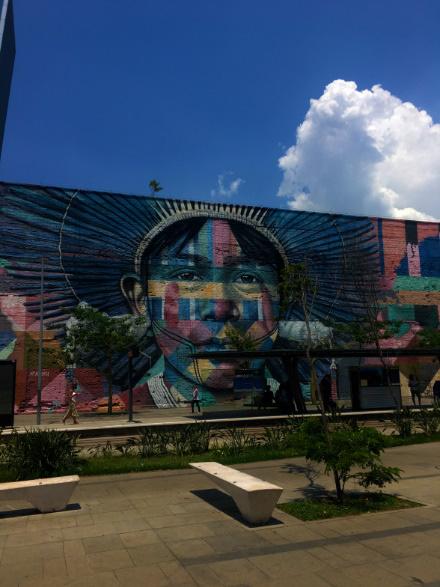
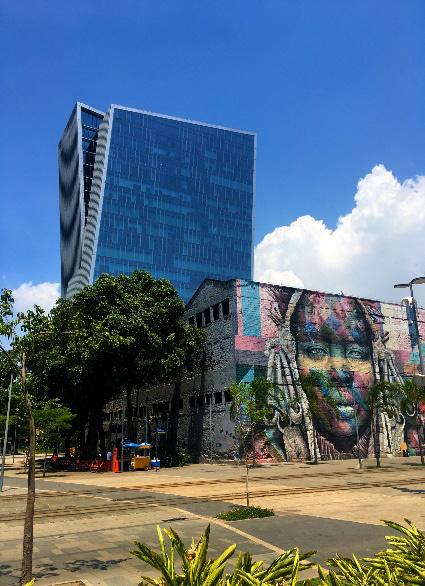
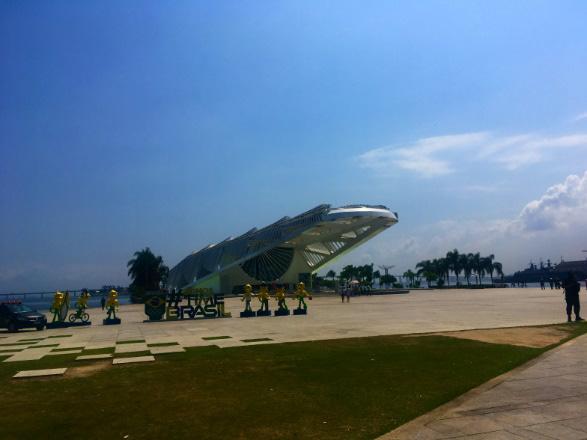
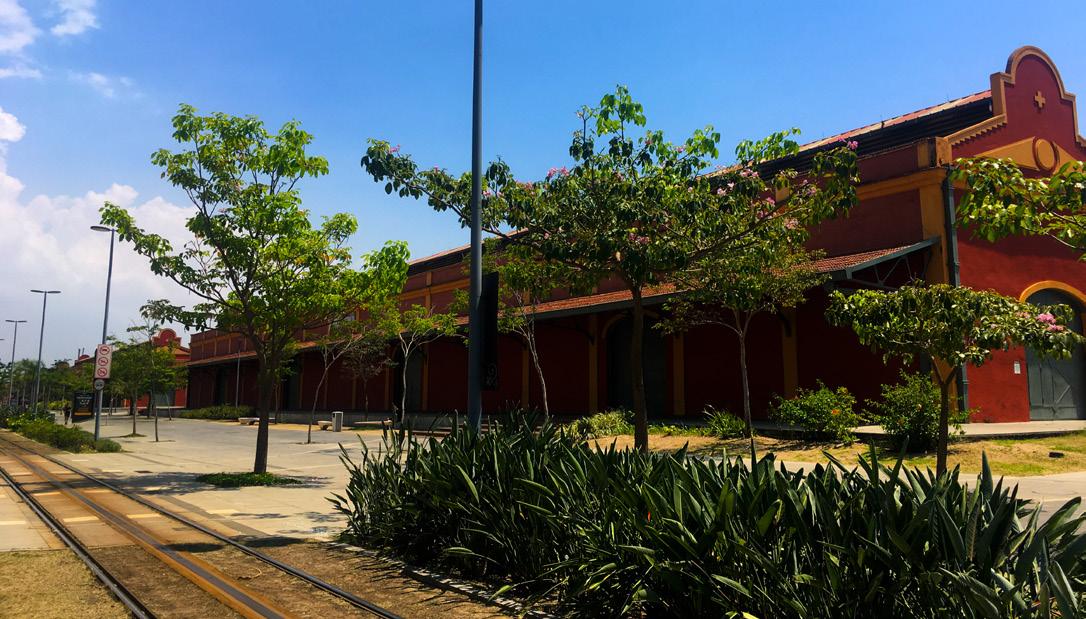
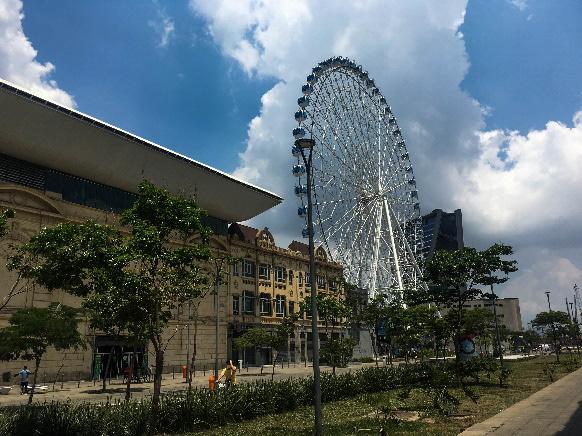

79
Photos of the Gamboa area.
LOCATION
In the past there was a boulevard in the Gamboa area, which was used for lea sure.
Between the 1950s and 1970s, the El evado da Perimetral was built over the square, which had the function of facil itating the flow of traffic between the South Zone and other regions of Rio de Janeiro. The viaduct resulted in the ur ban devaluation of the entire region.
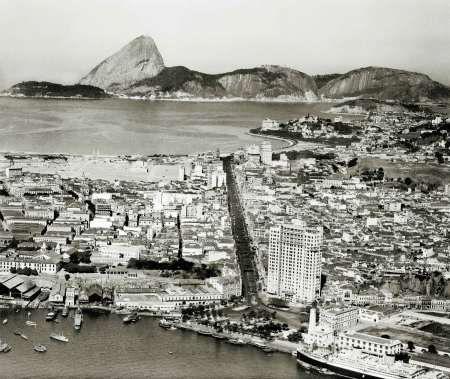

In 2011 there was an effort by the gov ernment to recover and reform the Gamboa region. The project called “Porto Maravilha” was to bring better infrastructure to the region, with trans portation, culture, residential and bring more green spaces. In the studies to this project there was a option to transform the pier in a green park.In the end they opted for the Museum of Tomorrow, designed by Santiago Calatrava.
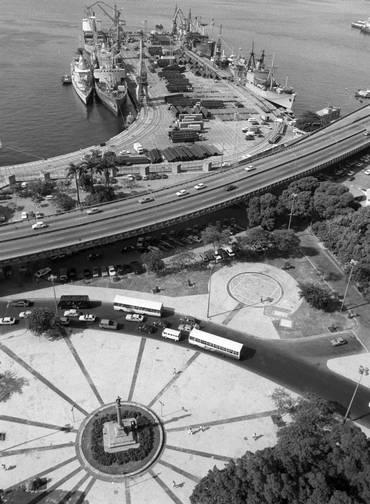
80 GAMBOA- MAUÀ SQUARE 1910 1929 1998


81
Porto Maravilha project.
One of the ideias for the Porto Maravilha project, to transform the pier in a park.
LOCATION
MUSEUM OF TOMORROW
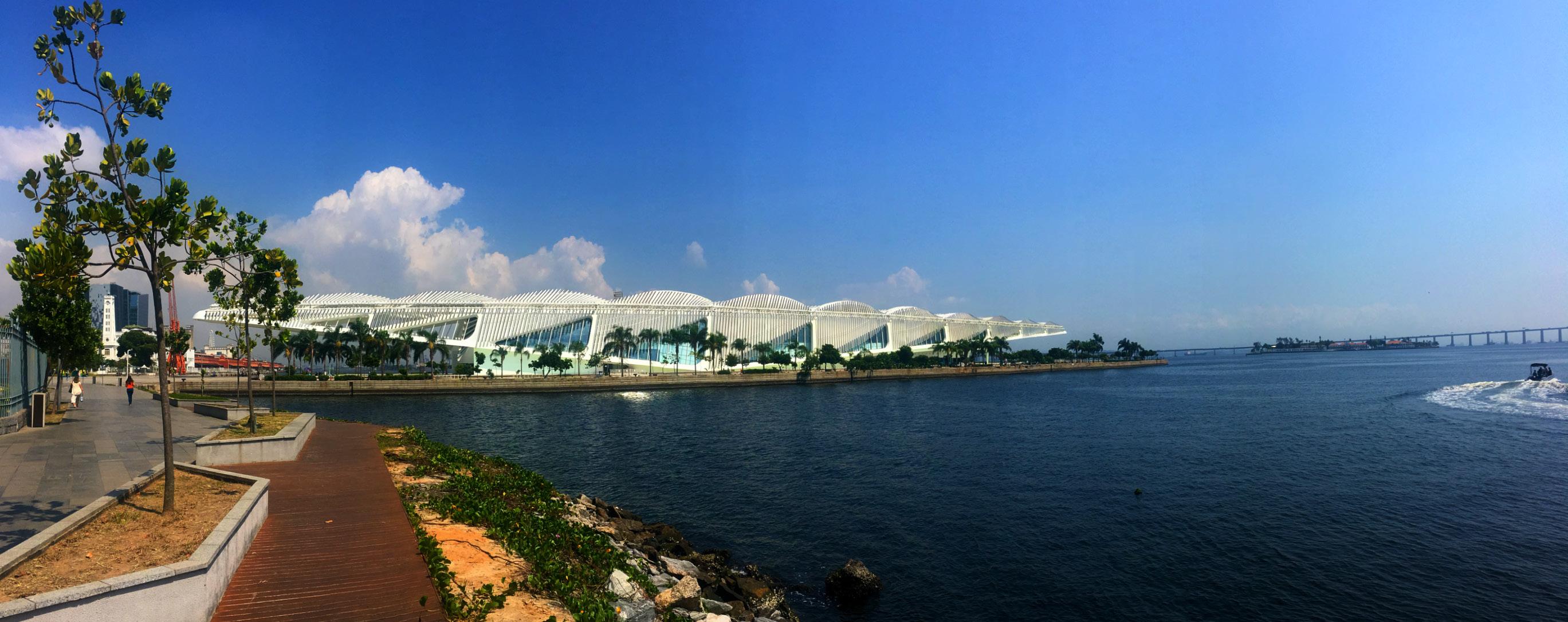
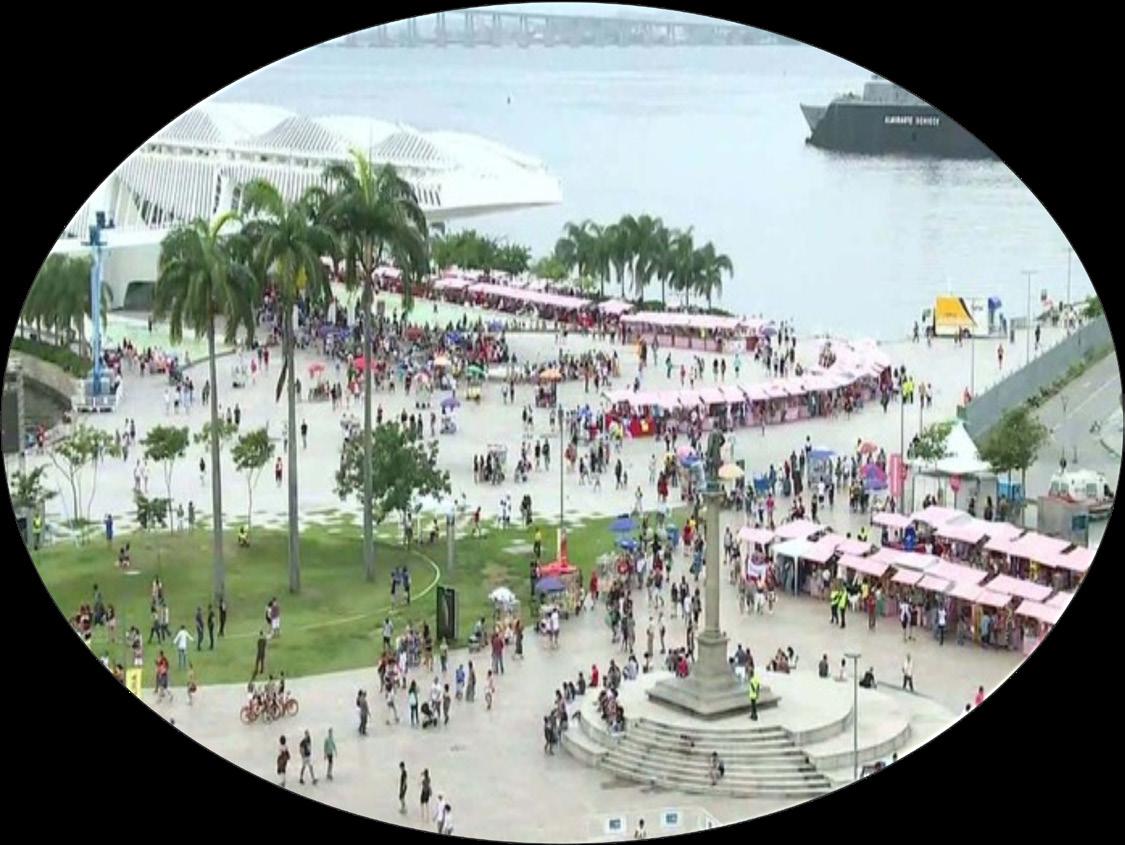
Normal day
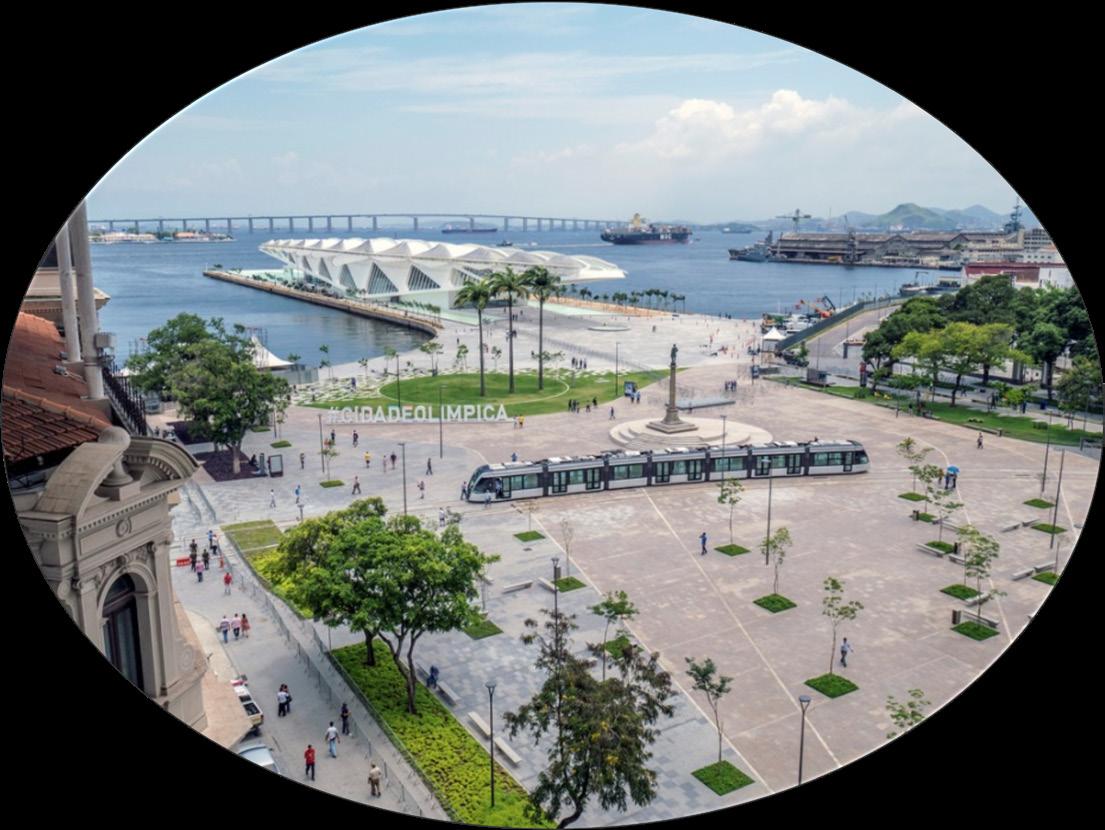 Photo of the Museum of Tomorrow.
Weekend
Photo of the Museum of Tomorrow.
Weekend
Weekend

Festival
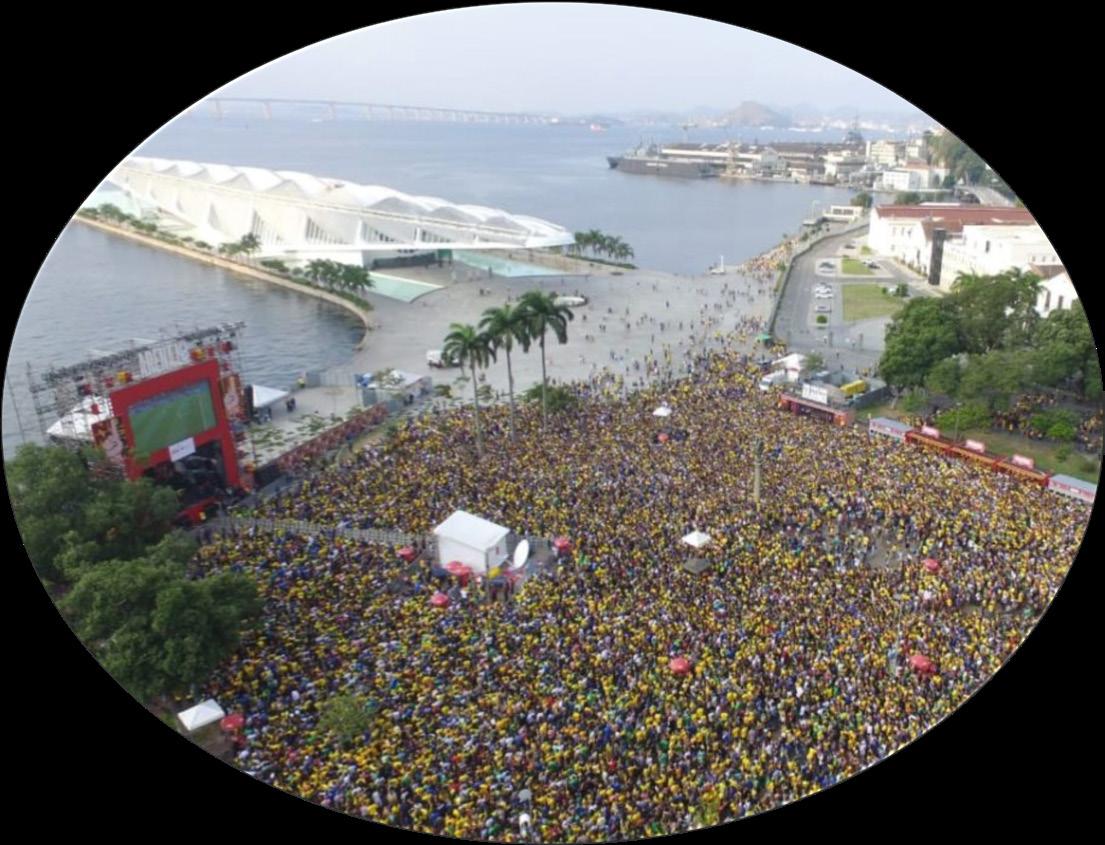

LOCATION
MUSEUM OF TOMORROW
The Museum of Tomorrow was opened in 2015.
It is a science museum that aims to ex plore the possibilities of the future.
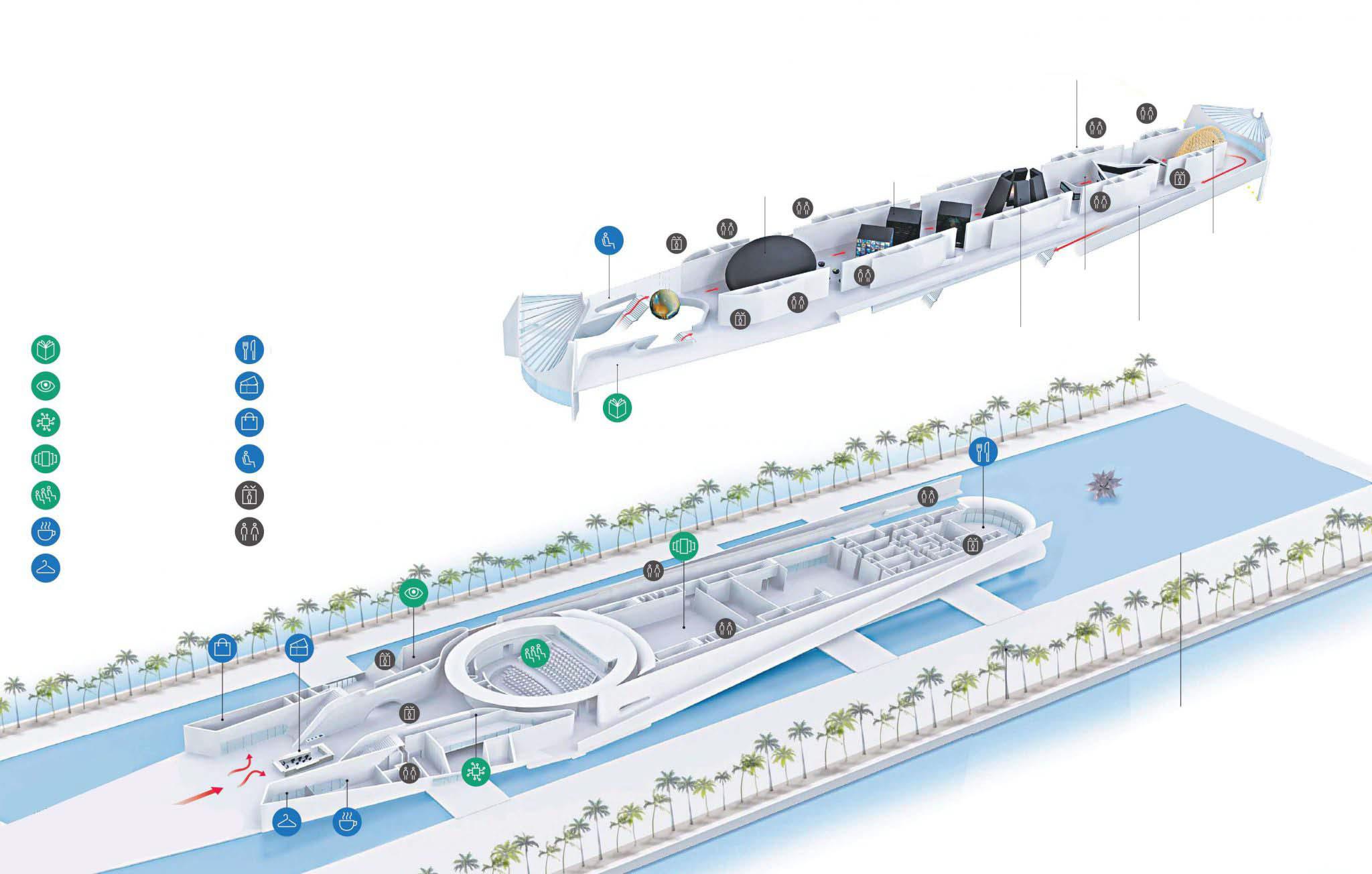
Through audiovisual environments, interactive installations and games, the public is taken to an analysis of the past, understanding how various current trends and possible future imaginations for the next 50 years.
There is a average of 4,500 visitors per day.
84
cosmos: where did we come from?
earth: who are we?
anthropocene: where are we?

tomorrow: where are we going?
us: how do we want to go?
85 LOCATION
DESIGN
86
87
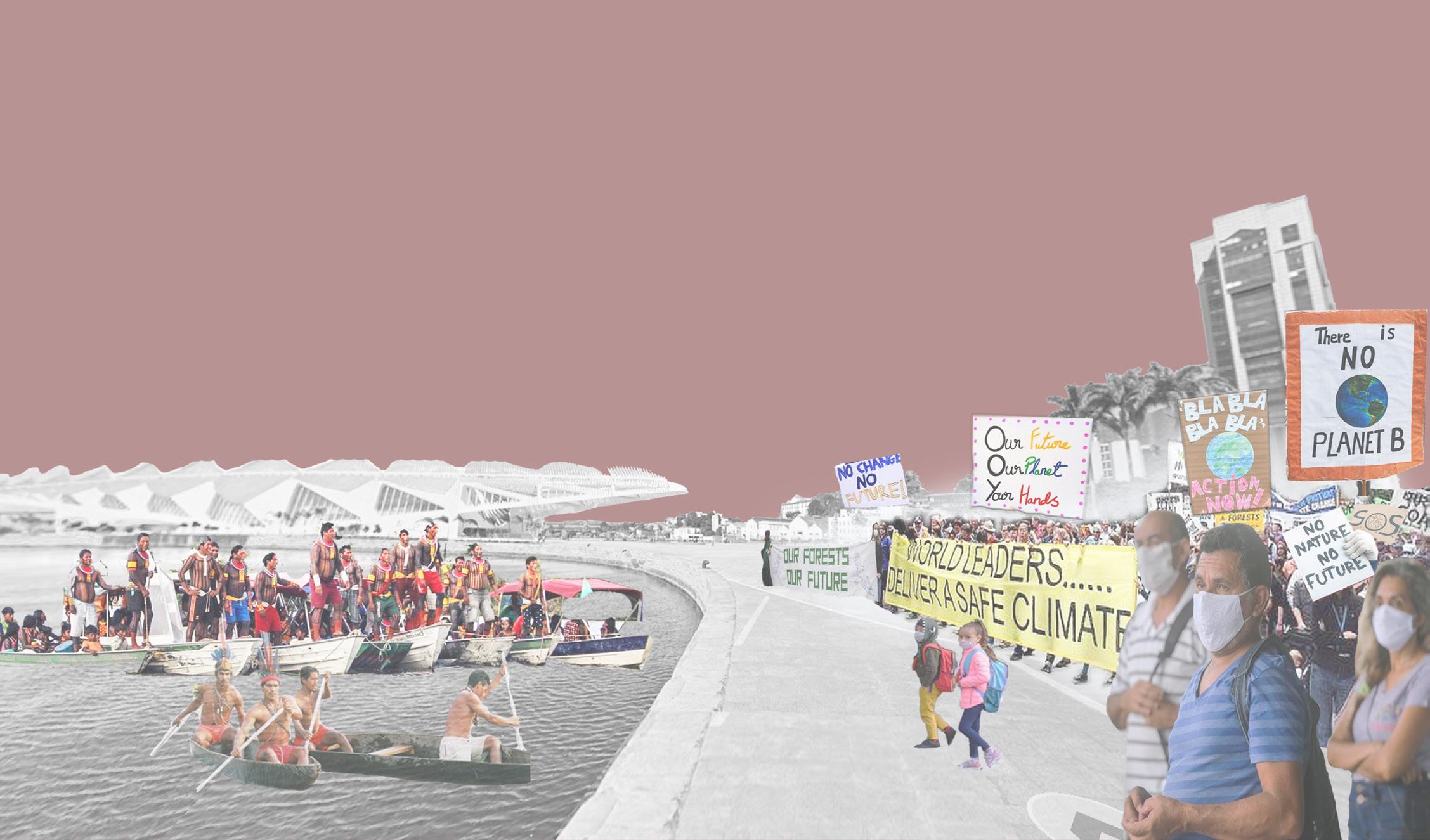
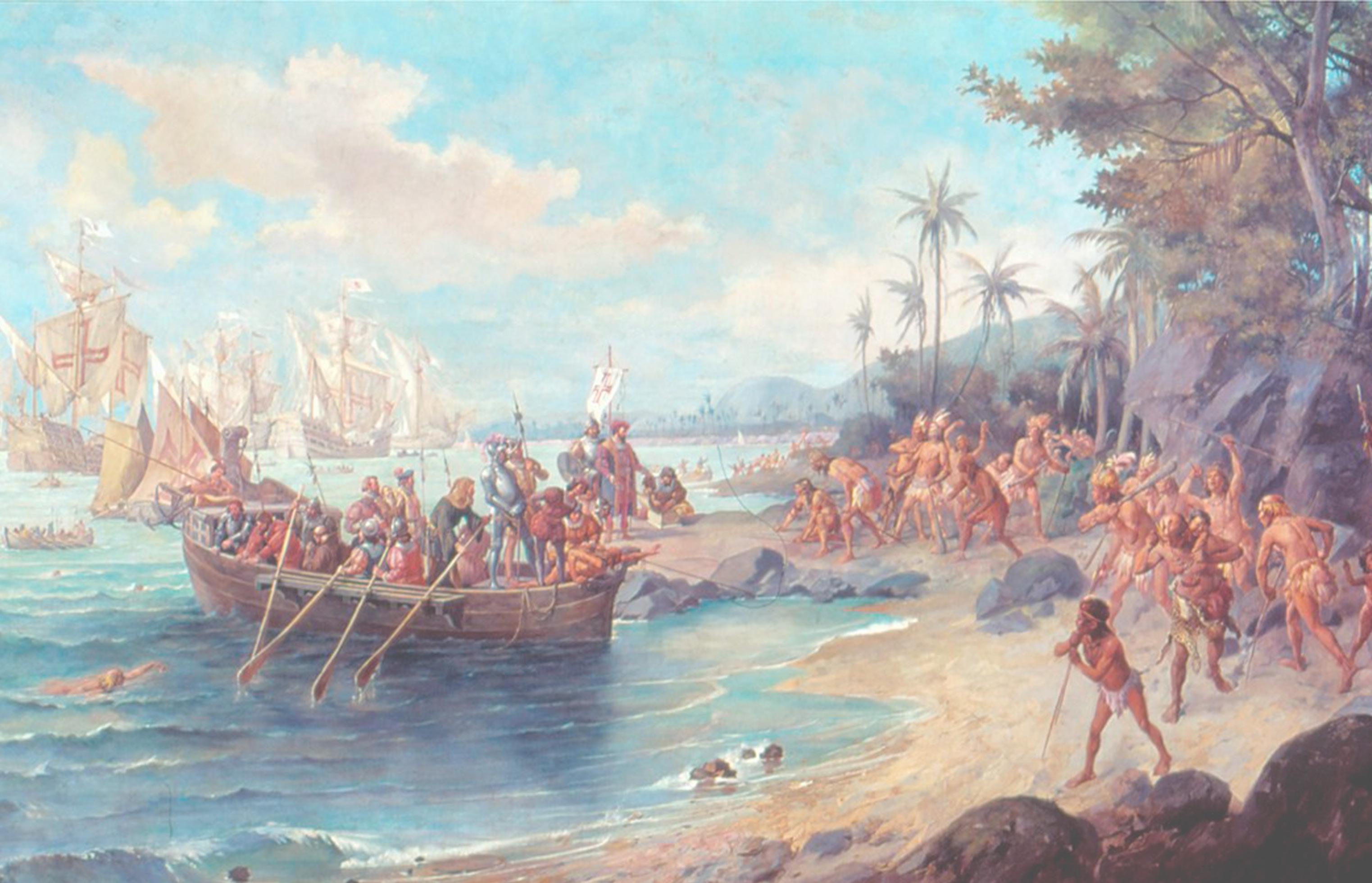
88 1500 2022
In Brazil we consider that the year 1500 is when Brazil was discovered by the Portuguese. We learn in school that ba sicly Brazil started in this year, everything before is just `there were indians`.
In 1500 the colonisers completely changed the way of living in Brazil.
Nowadays we are all worried about cli mate change, about the deforestation and food contamination, it is time to give a platform to the indigenous people and reconnect the Brazilian people with its original people, they have the knowl edge, they want to speak!!
89 DESIGN
The platform is placed in parallel. It has the same proportions and importance as the Museum of Tomorrow.
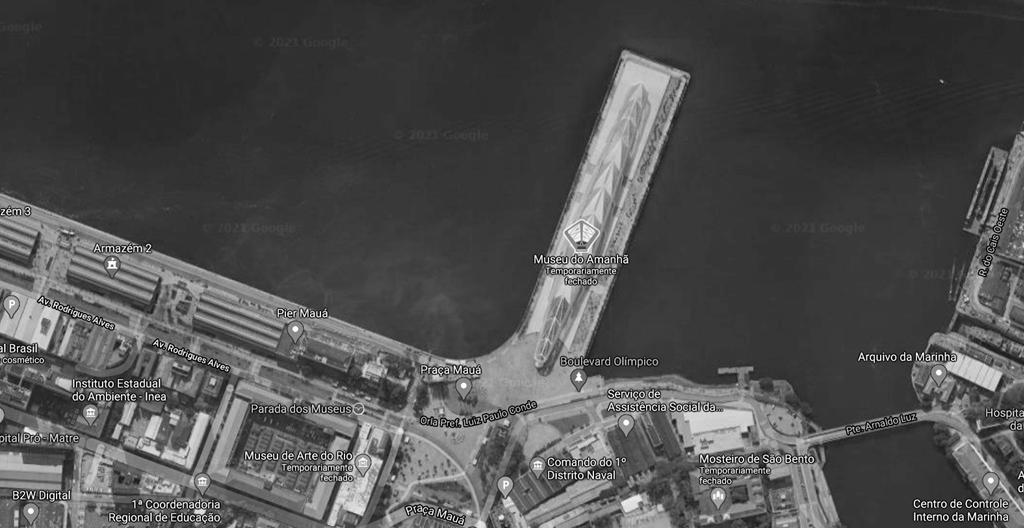

INTIMATE
Two buildings, the Welcome is connected with the Maua square. The Intimate building is more private.
90
WELCOME
The yellow dots are reserved for indigenous interventions.
The project was placed in parallel with the Museum of Tomorrow. The land has the same proportions to emphasize that the importance of a museum that talks about the future, is the same as having a platform for indigenous people to dis cuss and bring solutions for the future.
The area is disconnected from the ter ritory, like an island, to create the idea of being an independent territory. Sur rounded by water, an element of nature and a symbol of strength for most indig enous groups.

There are two buildings on this land, the first is called `Welcome` and the second is more intimate, as you have to walk through the park to visit it.
The `Welcome` building is connect ed with the Maua square and will act like an entrance to the territory.
The yellow dots are spaces that have been designated for special indigenous buildings.They can build what they would like to complement the program.
91
DESIGN
GUANABARA BAY BECOMES A ‘DUMP” OF ABANDONED SHIPS
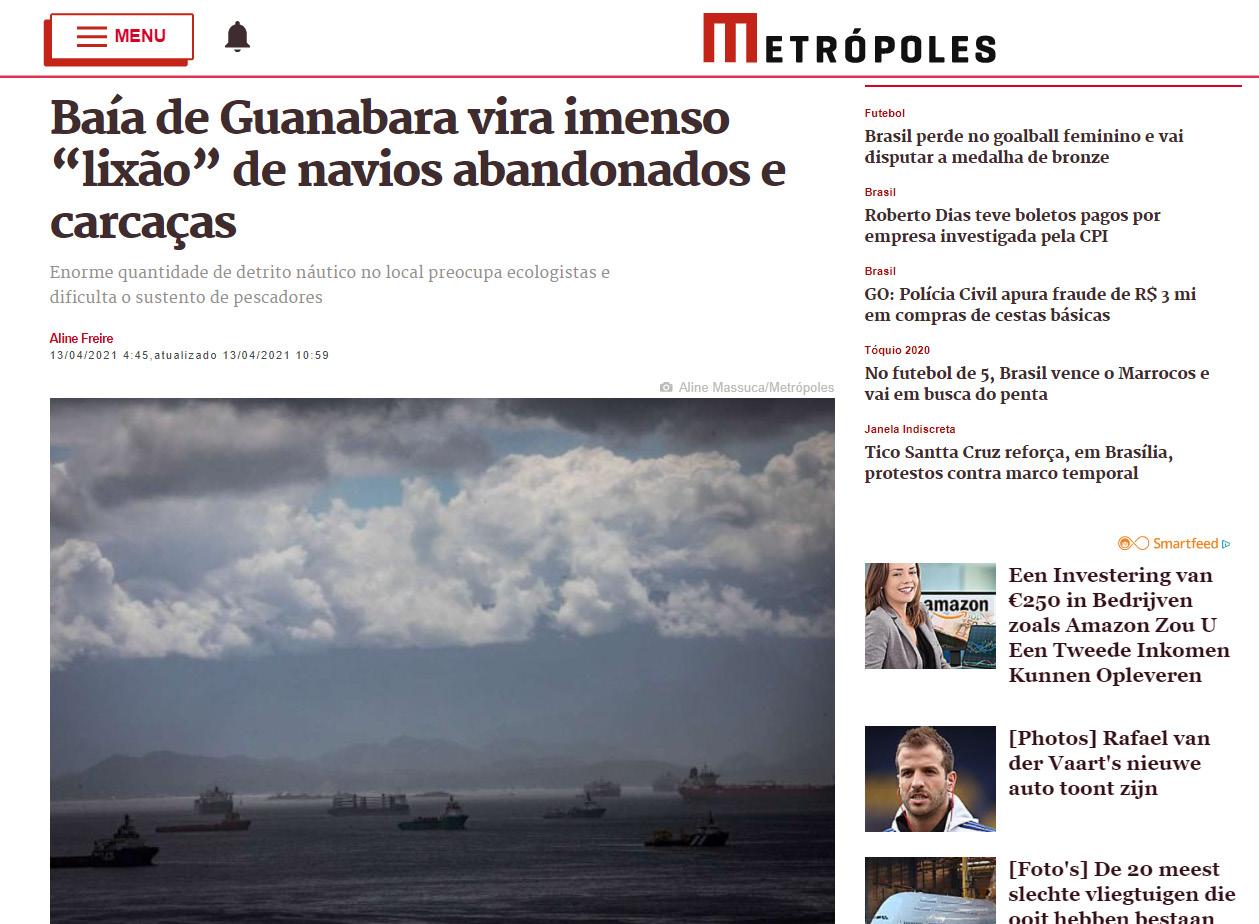

In 2016, the Instituto Estadual do Ambi ente (Inea-RJ) carried out a survey in the Guanabara Bay and found something around 150 to 200 pieces of nautical waste. Of these, 50 were georeferenced and documented.
There is a list of 28 wrecked or sinking vessels in Guanbara Bay (from 2014) and there is still no clear solution for the fu ture of this material.
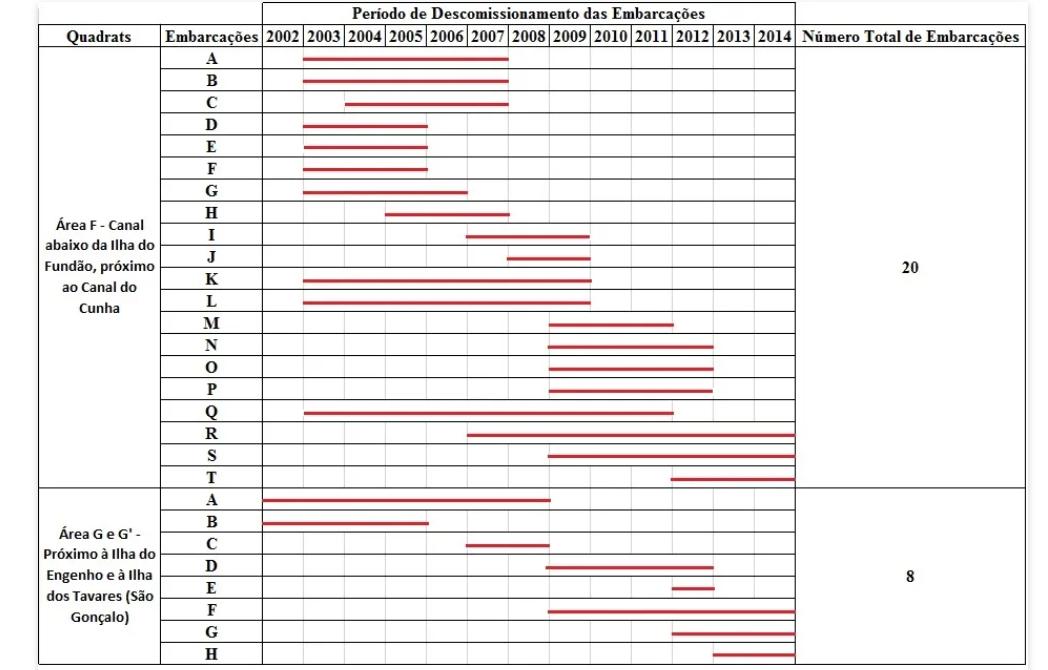

Here there is a table with 28 ships aground or sinking.
Where did the ship I integrated in my project come from?
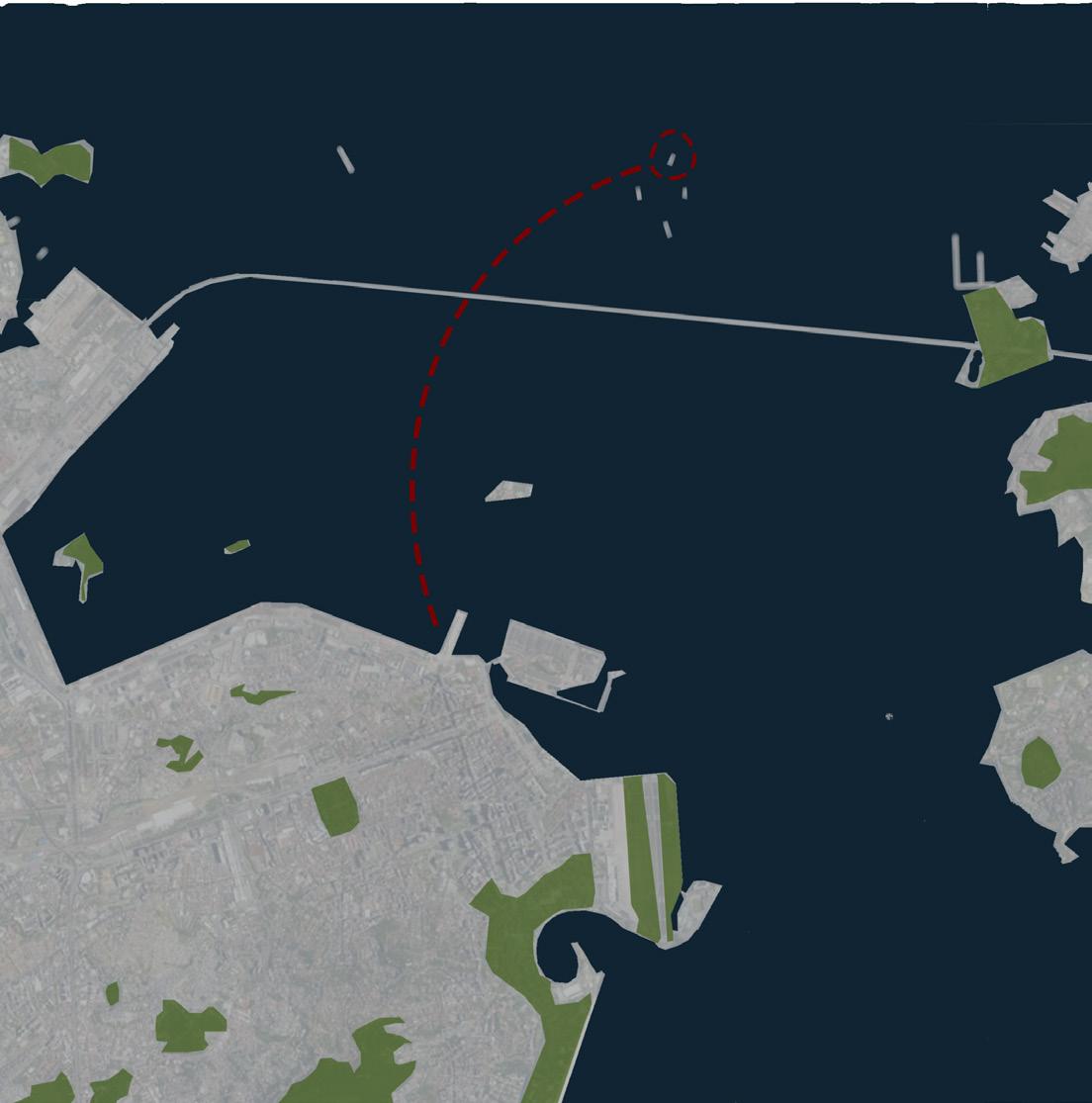
92
Picture of some of these ships.
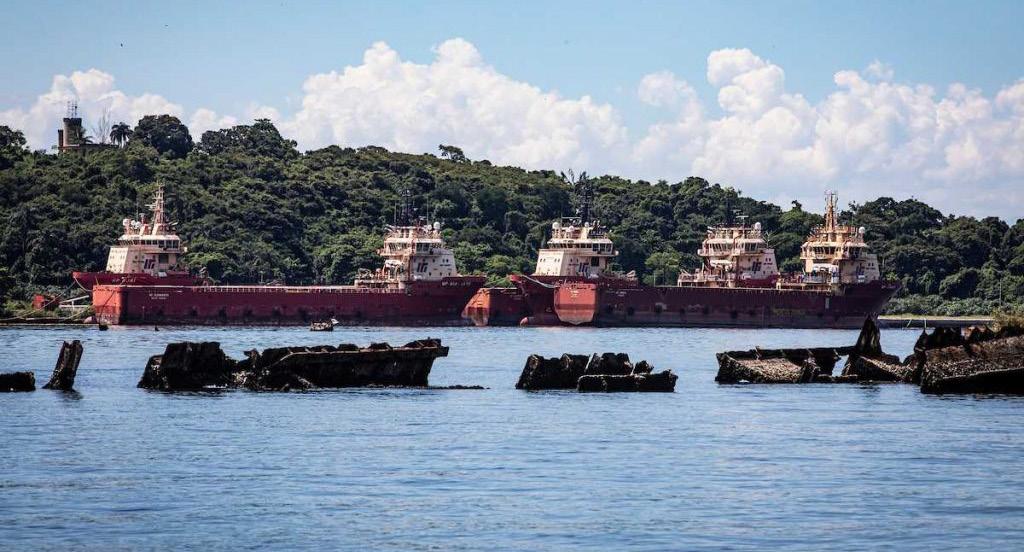
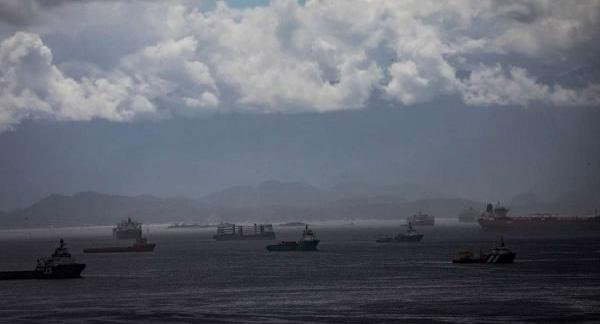


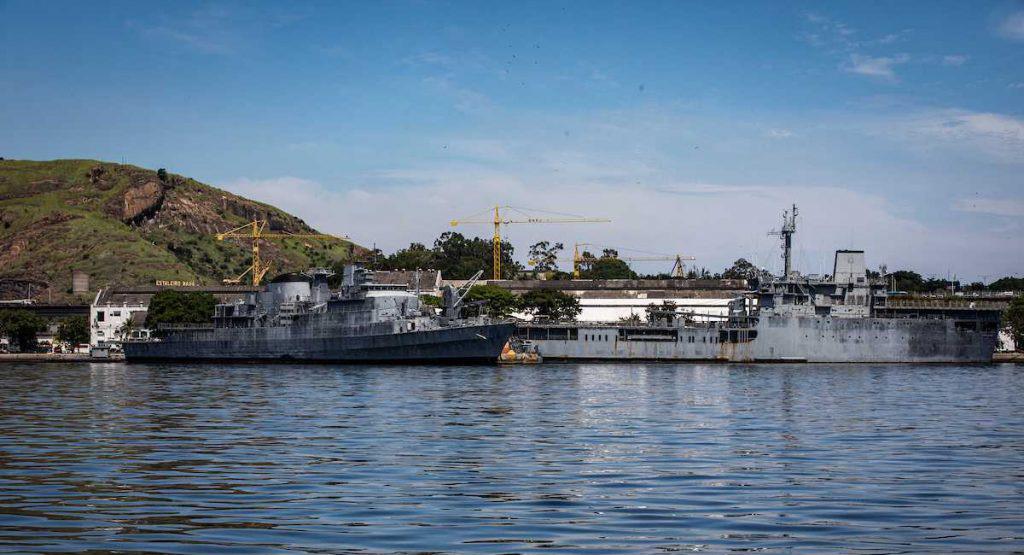
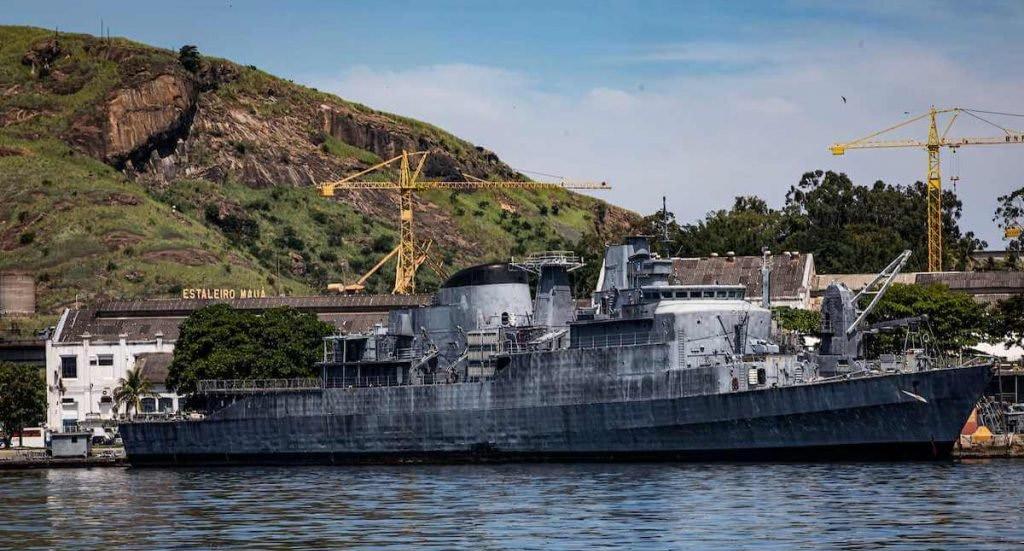
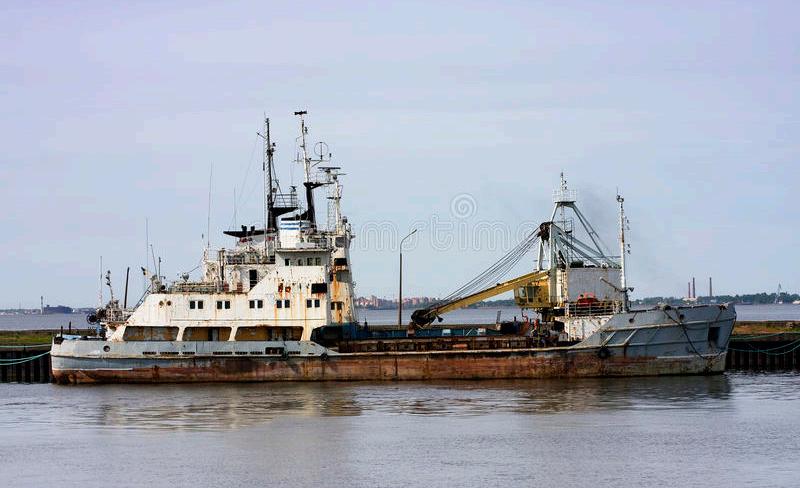
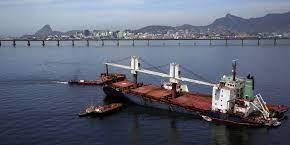
93 DESIGN
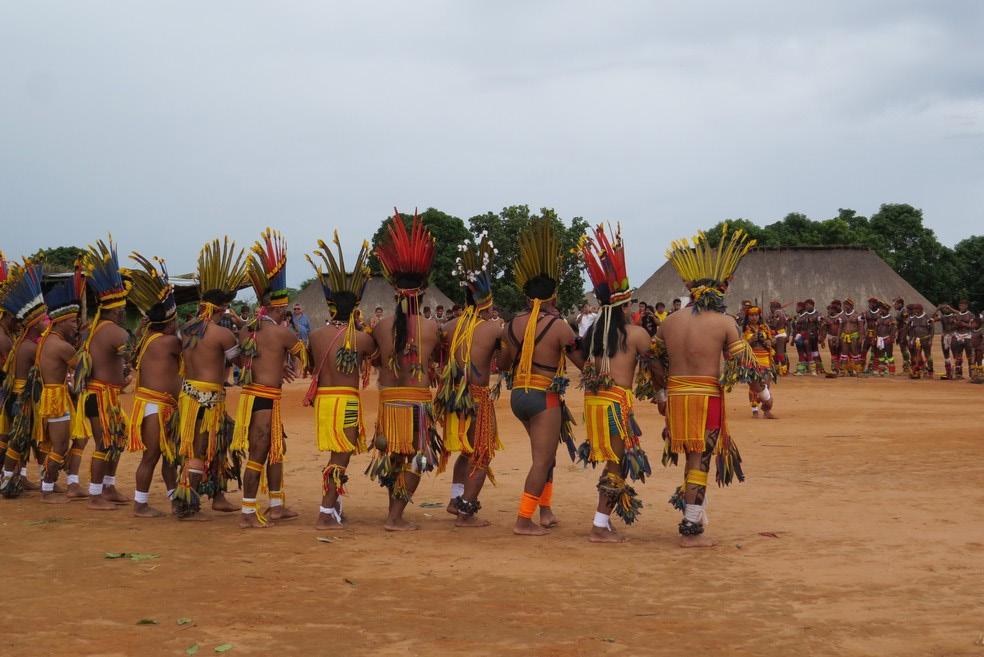
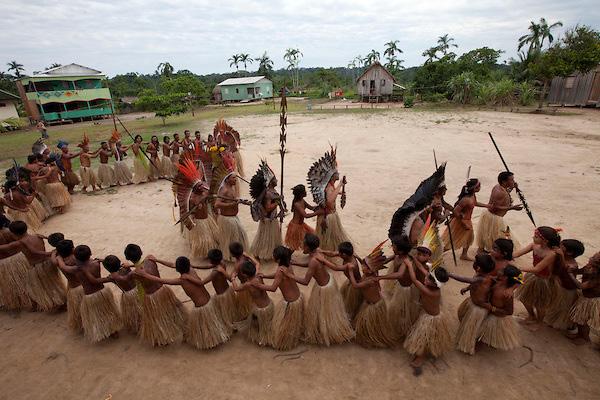
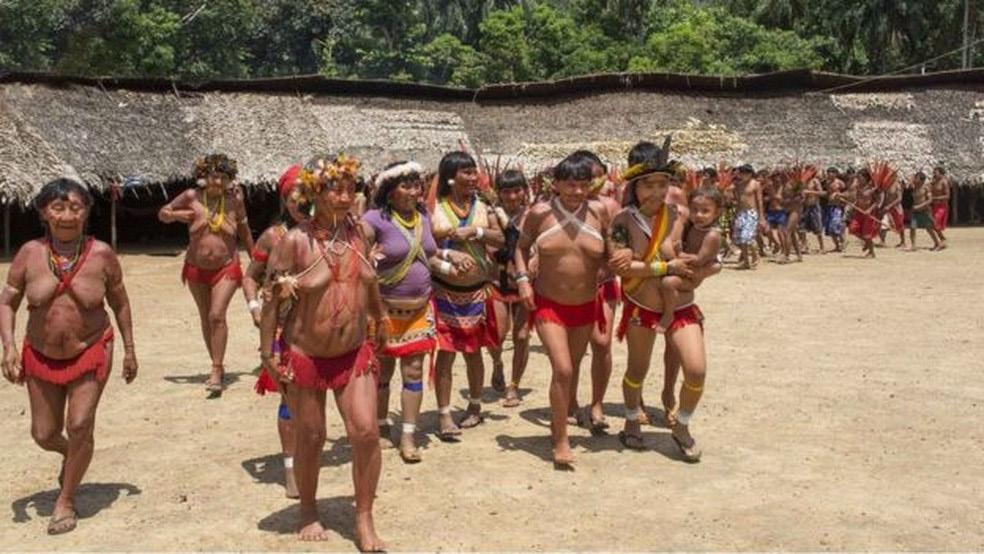
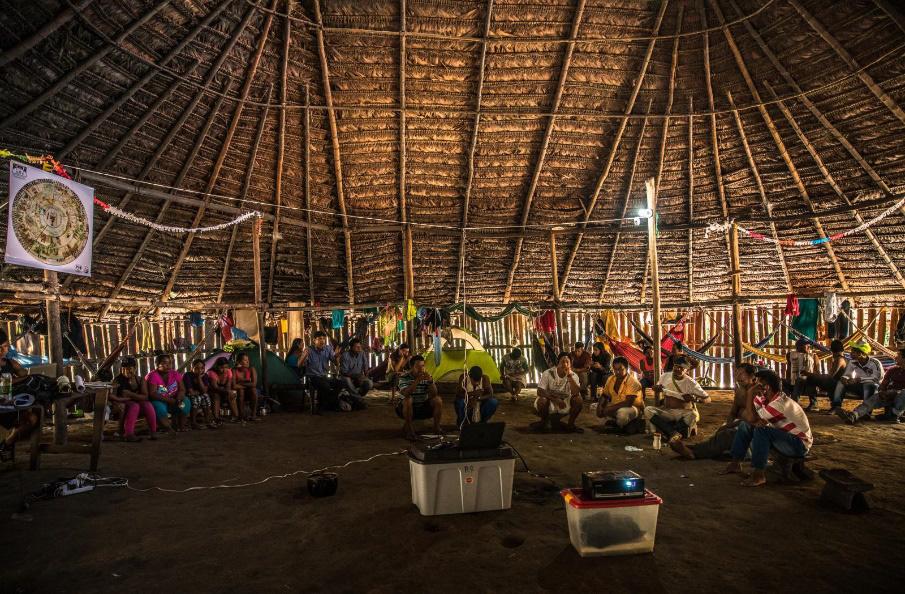
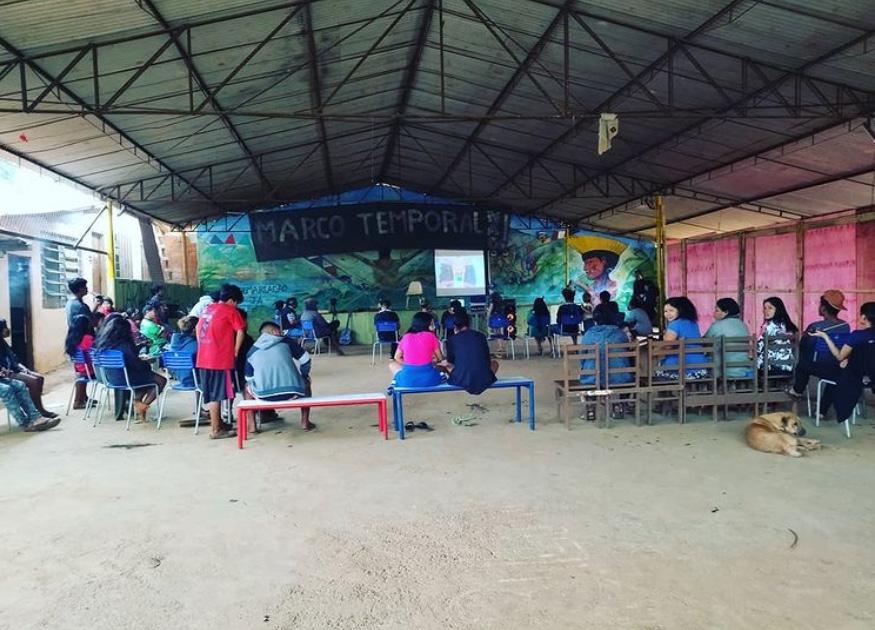
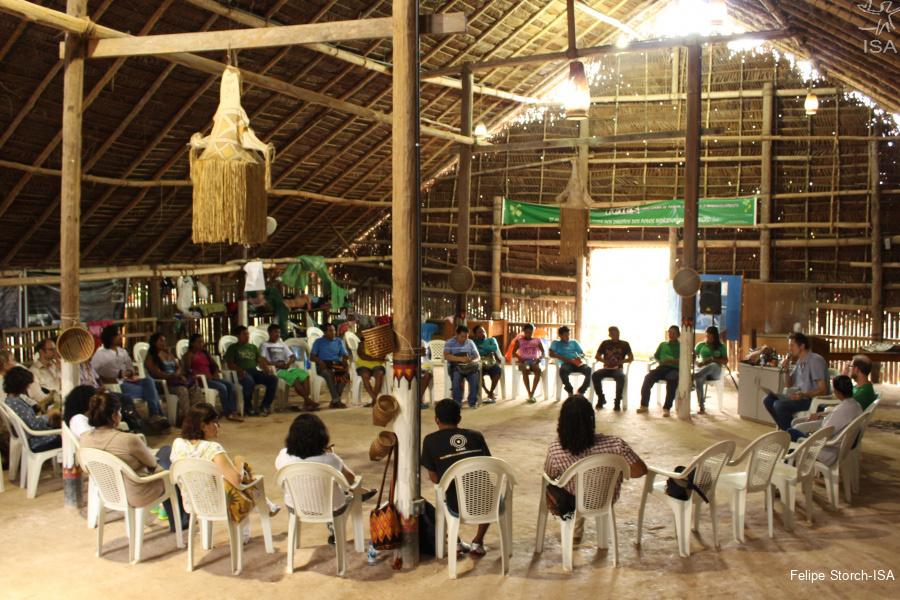
94 EXTROVERT- INTROVERT
Kaiowa
Xingu
GuaraniYawanawa
Yanomami
Xavante
The Welkom building is direct ed linked with the Maua Square. To go to the most Intimate building, you have to go through the entire park. The idea is to keep the second building more protected and also to make people ac
INTIMATE
tually have to visit/experience the whole park.
Through the images on this page, it is possible to understand the idea of extro vert, introvert.
95 DESIGN
WELCOME
INDIGENOUS GRAPHICS
Xavante. Here there are some of the graphics that inspired me in my design process.
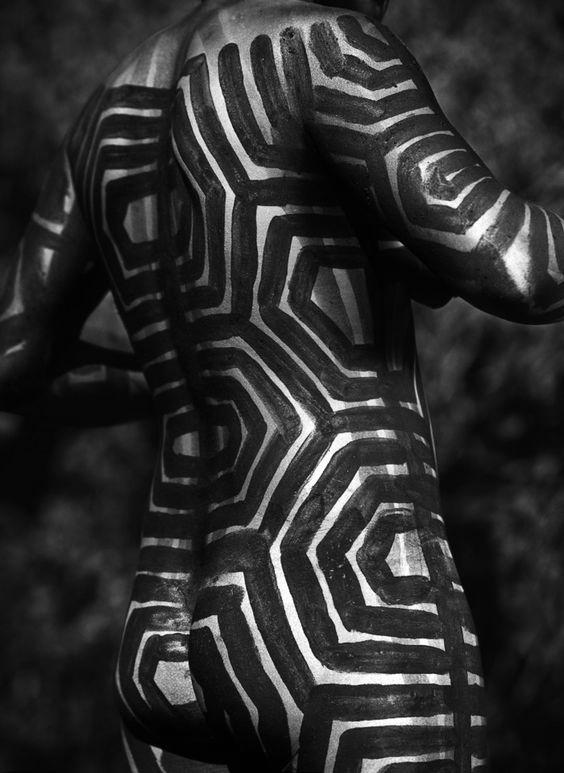
96
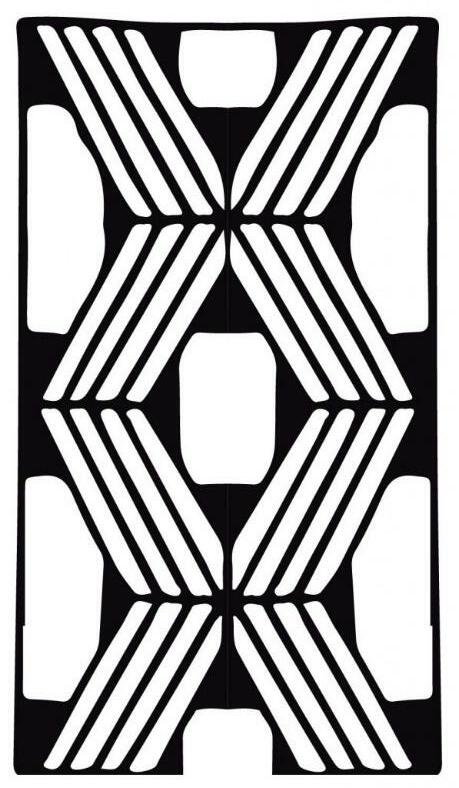

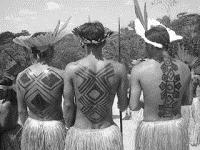
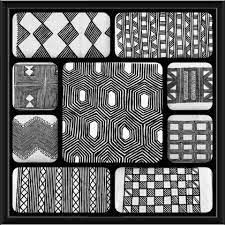
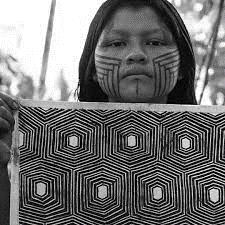
97 DESIGN
Kayapo
Xingu
Wasp hive Turtle hull
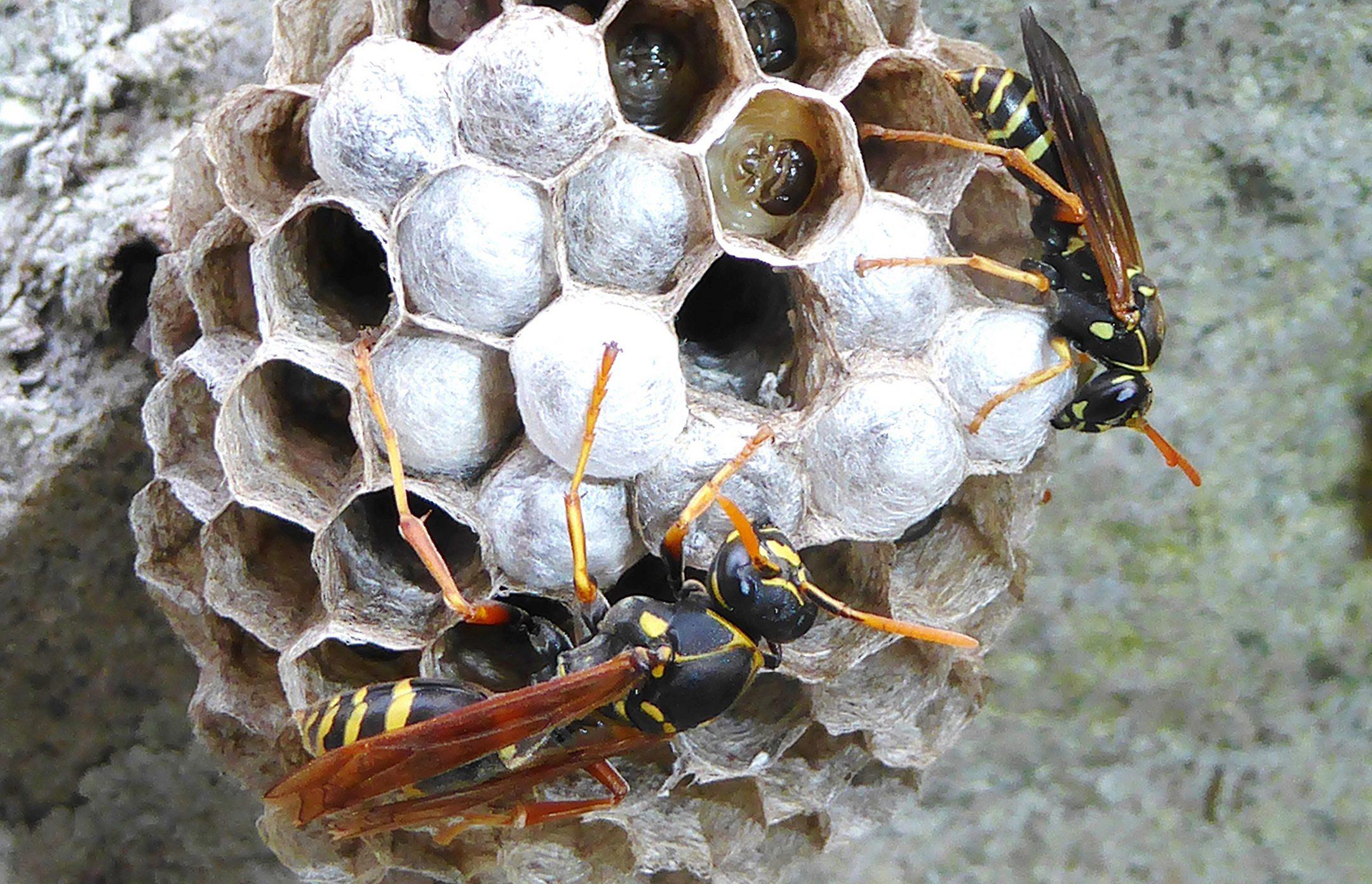
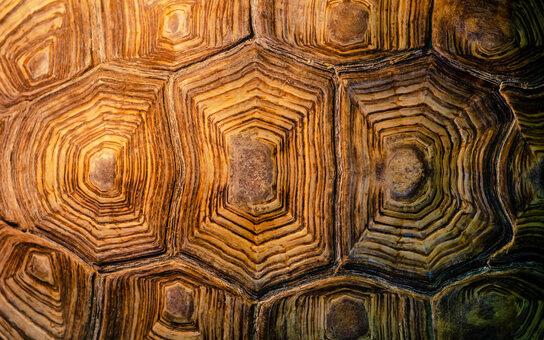
98 NATURAL SHAPES
Bee hive. Indigenous people takes forms and shapes from nature to express themselves.
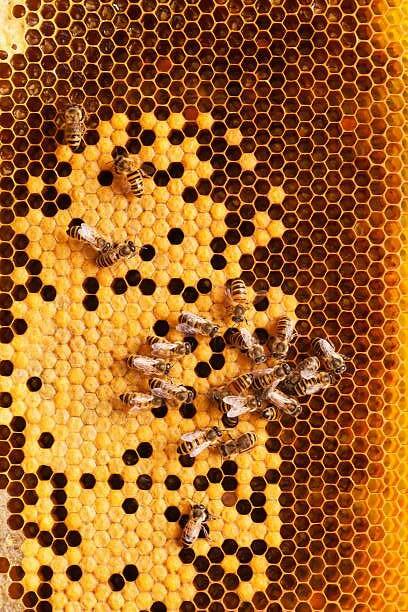
99 DESIGN
RELATION WITH NATURE
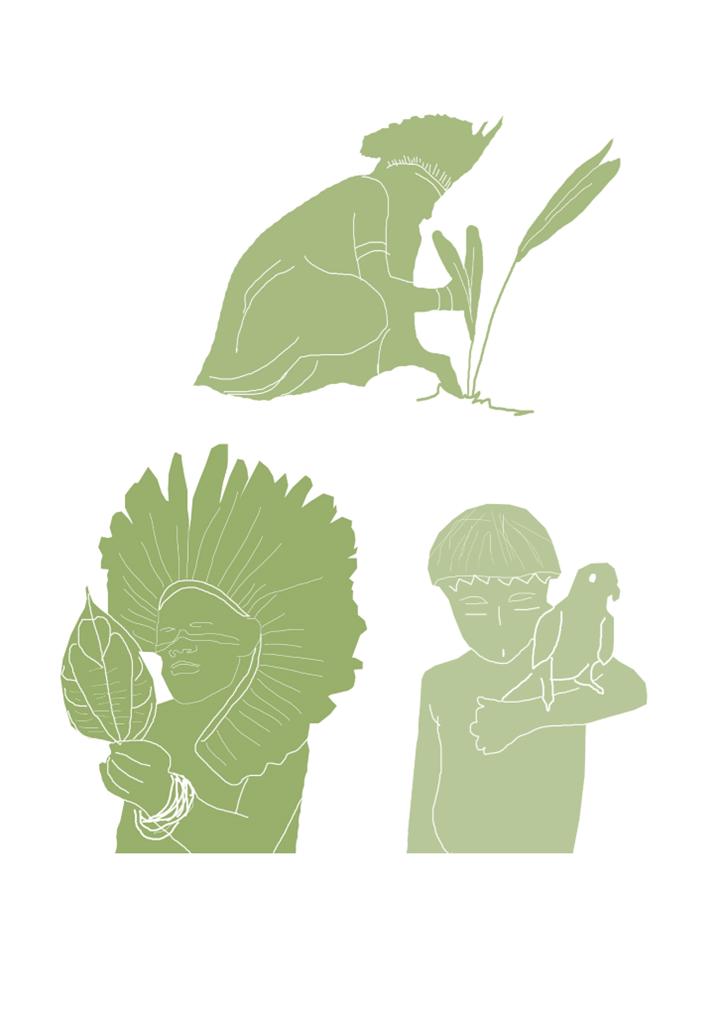
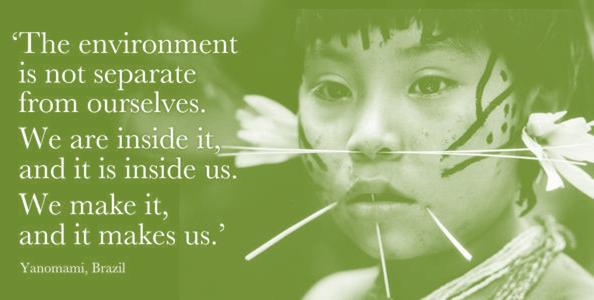
100
The indigenous people has a big relation with Nature.
Nature is not separate from indigenous peoples. If this is going to be a platform for indigenous people, it needs to have a platform for nature as well.
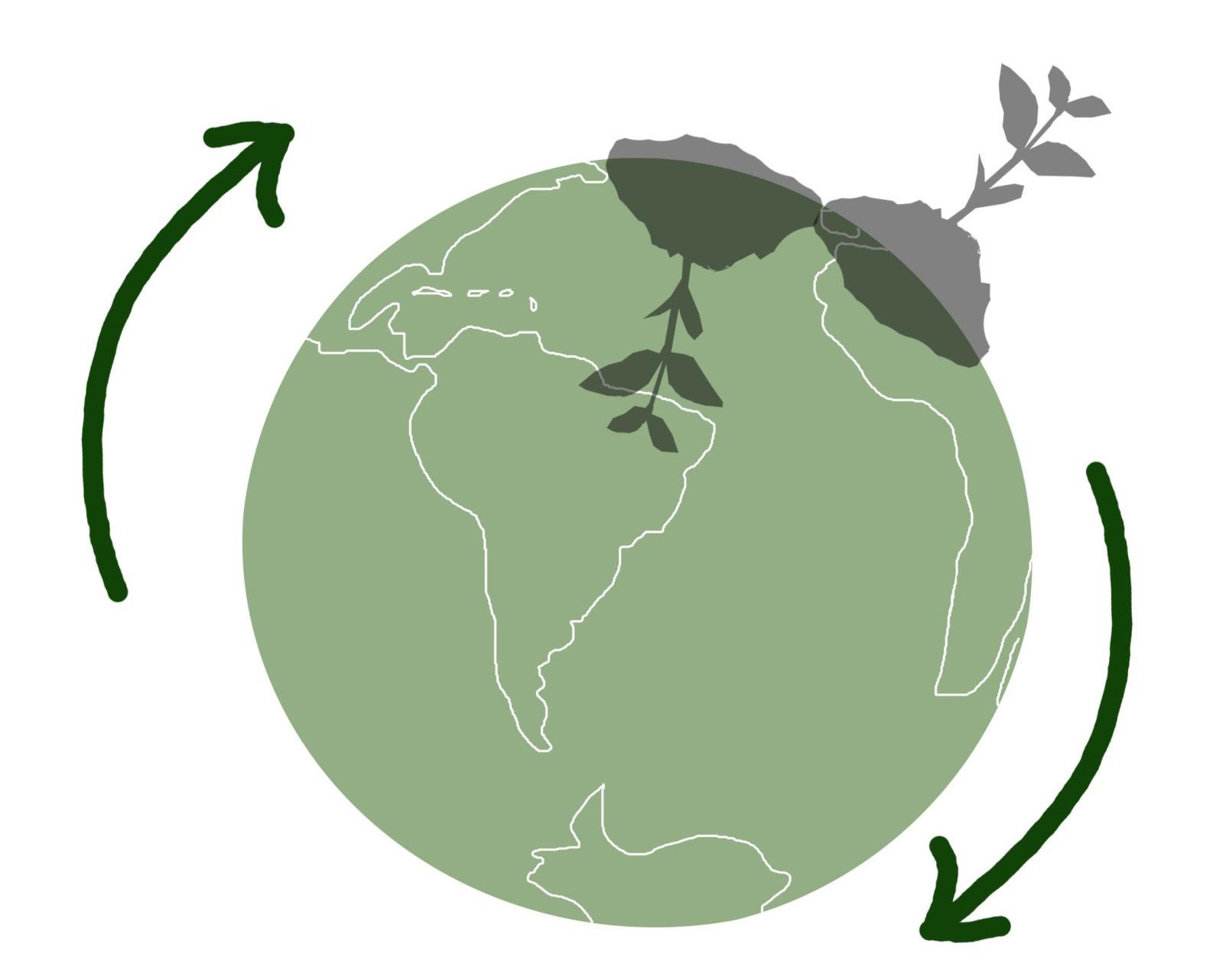

According to the indigenous way of living, when you take something from nature you have to give back to keep the world in equilibrium.
All the elements that are found in na ture, a stone, a bird, a insect, a river, are as important as a human being, Following these perspectives, this proj ect that will stand in the water also has to give back to the environment around it.
Everything you take from Nature, you have to give back, so that the world is in harmony.
Horizontal way of thinking. A human being is as important as a stone, or a bird for example.
101 DESIGN
Study to see how I could link the hexagons with the Museum of Tomorrow terrain and with the Maua Saquare.
Study to see how I could link the hexagons with the Museum of Tomorrow terrain and with the Maua Saquare.
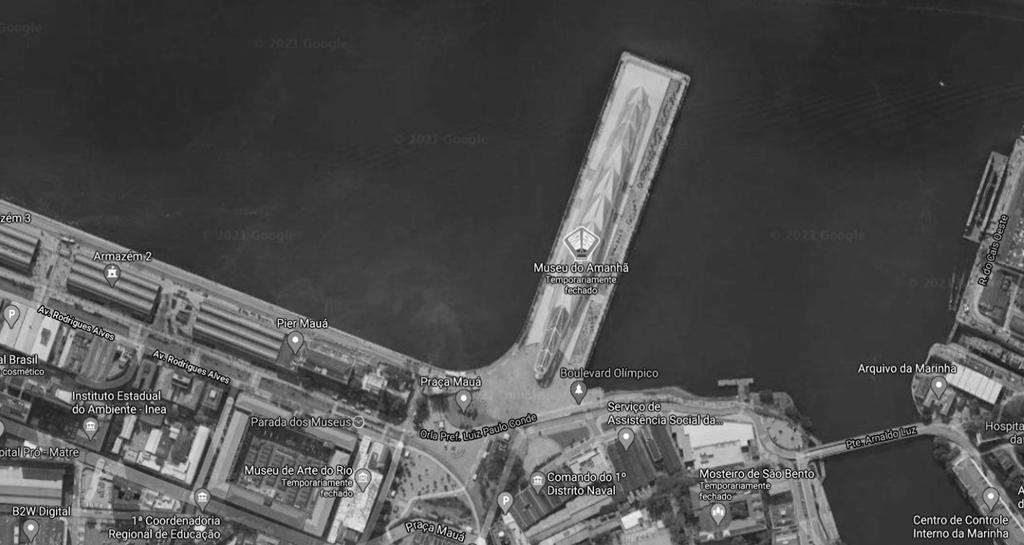







102 HEXAGON FORM
I applied the indigenous graphics in the proportion of the terrain, and from that I was able to do different studies with the hexagonal shape






The indigenous graphics, which they use to paint their bodies, or express some thing in rituals, are forms found in na ture. The forms have different meanings for each ethnic group. Looking at these graphics and shapes in nature, I thought the hexagon would be a good way to work. Shapes such as the square or the circle are very classic, modern shapes and do not bring elements of surprise or excitement.
After some studies, I thought the hexa gon would be the best way to work.
103 DESIGN
The hexagons became a platform, not only for indigenous people, but also a stage for biodiversity above and below water.
In this way, this project (those hexagons) contribute to the cleaning of the air, and the water, since the trees have the ability to capture CO2 from the air and trans form it into O2. The idea of bringing the oyster farms was with the intention to ensure that the water of the Guanabara Bay could also receive this treatment, since oysters are capable of filtering the water (vide pages 110 and 111) because the region suffers a lot from pollution from the planes and boats that travel there.
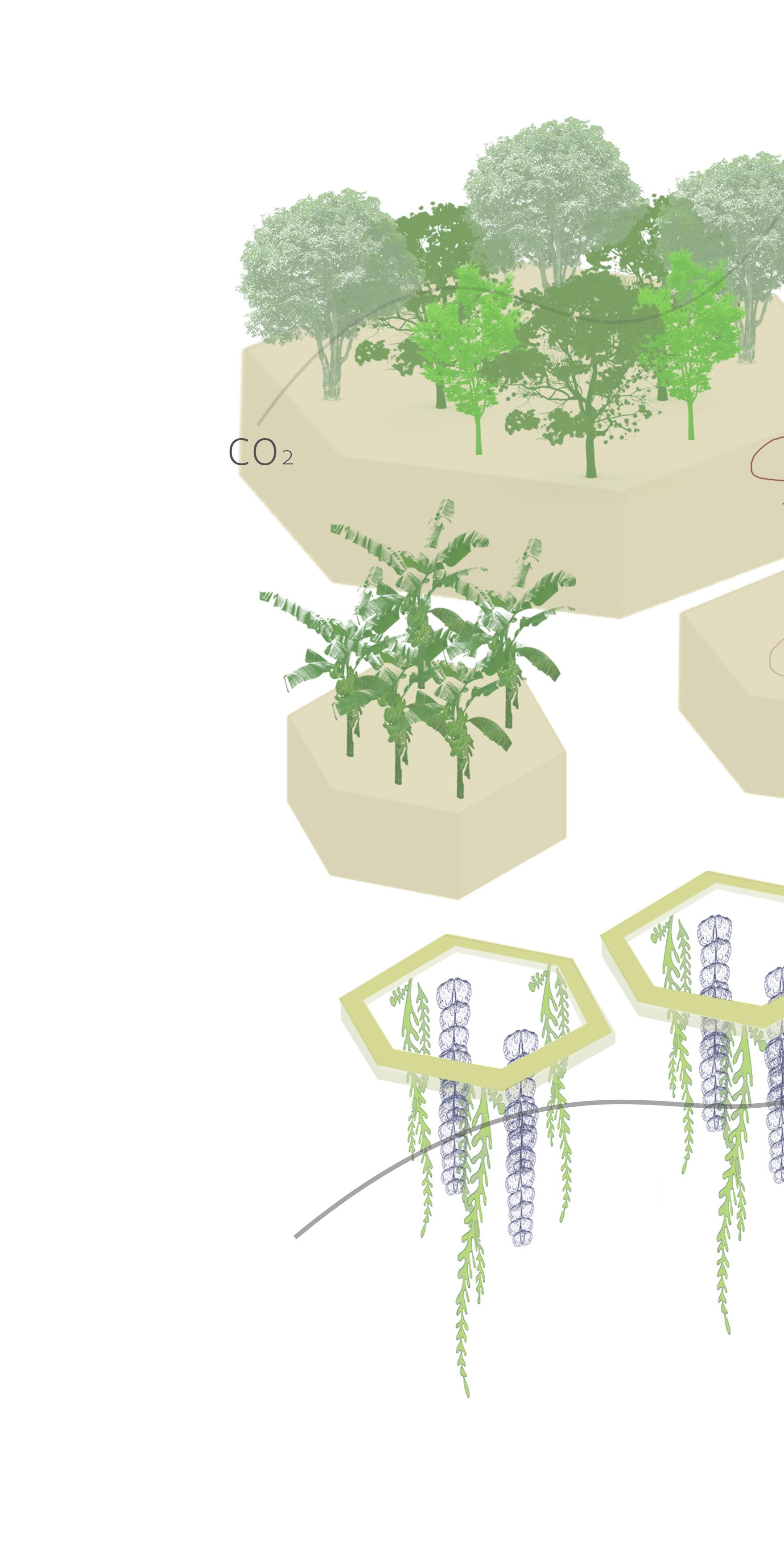
In the Atlantic Forest in Rio de Janeiro, there are many species that have be come extinct or almost extinct. The idea is to bring some of these plants in this project.
In Amazonas, there is a technique that has been used by indigenous people and farmers to restore bodivercity in the re gion, called Muvuca.
Muvuca consists of collecting several seeds from different types of trees, mix ing them all and throwing this mixture on the ground, promoting biodiversity and not the planting of addiction.(vide pages 108 and 109).
104
It is very likely that there would be per manent residents on the platform, who could take care of the place, following the example of what happens in Aldeia Maracana. When a group of indigenous people are in a certain place, they take advantage of the land and the elements arranged in that region, for their survival. It is foreseen that some of these modules would be used for the planting of fruits and vegetables (vide pages 106 and 107).
The idea of bringing different species from the Atlantic Forest and introduc ing them to these floating platforms brought challenges, but also new ideas for solutions.
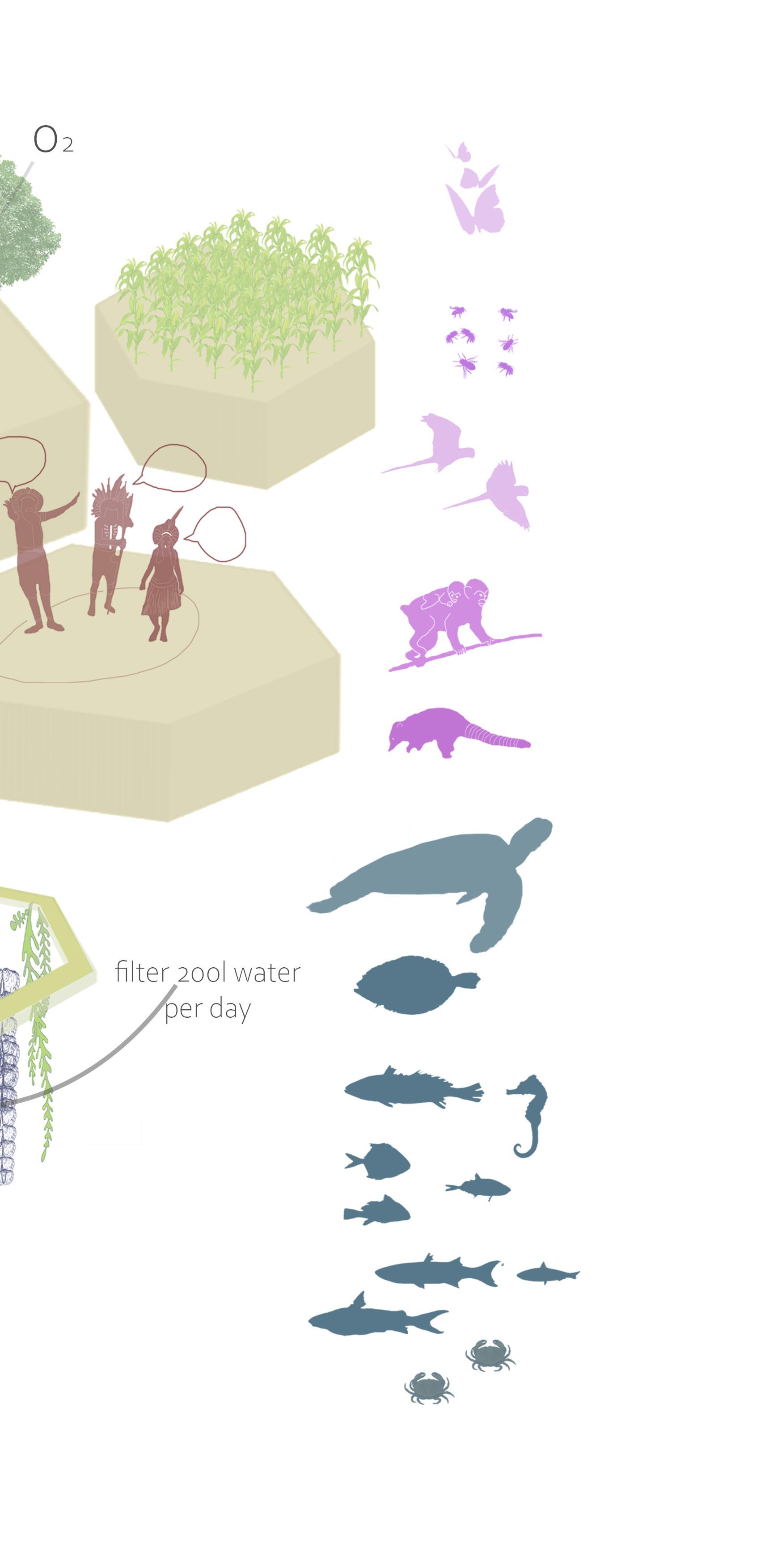
Big trees need big spaces to develop deep roots and transforme this whole platform into a big pot was not the most sustainable and financially feasible solu tion. Since Gunabara Bay is very polluted and with many ships sunk or sinking, it made me think about how I could bring this element in a positive way to the proj ect. Recycling in what would forever be garbage in the water can now play a im portant role, complementing this proj ect, serving as a space for the great spe cies and the larger trees with deep roots.
These decisions are always related with the indigenous principals.
105 DESIGN
INDIGENOUS KNOWLEDGE IN AGRICULTURE
Many indigenous groups are experts in maize.
Many indigenous groups plant bananas. Some indigenous groups have knowledge of beekeeping.
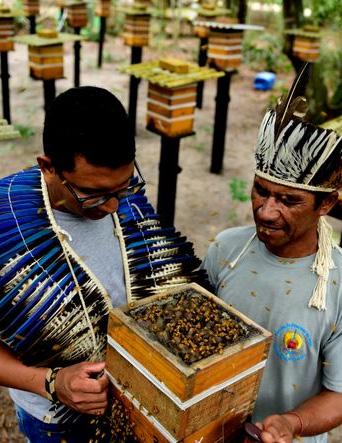
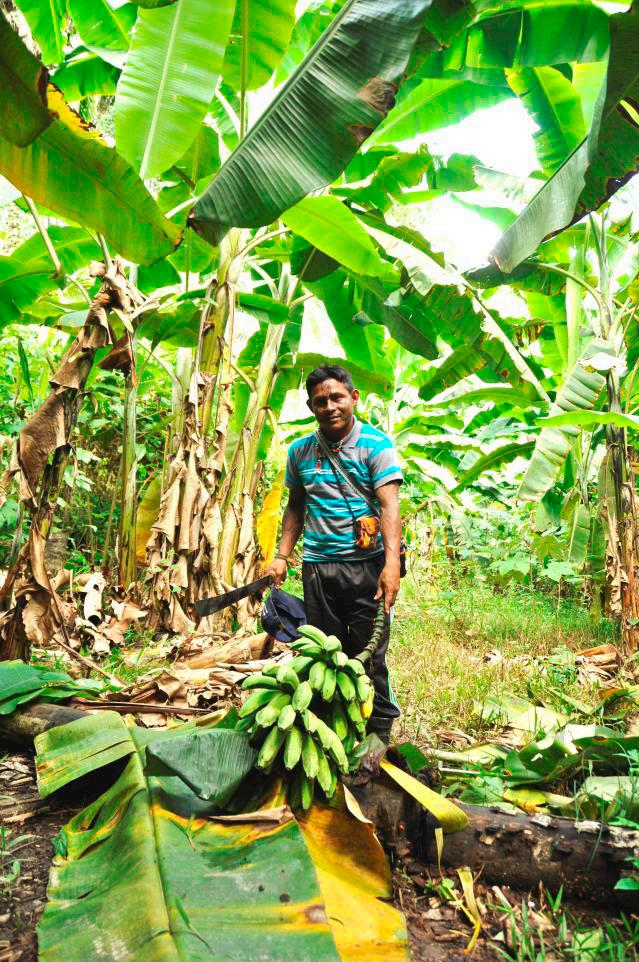
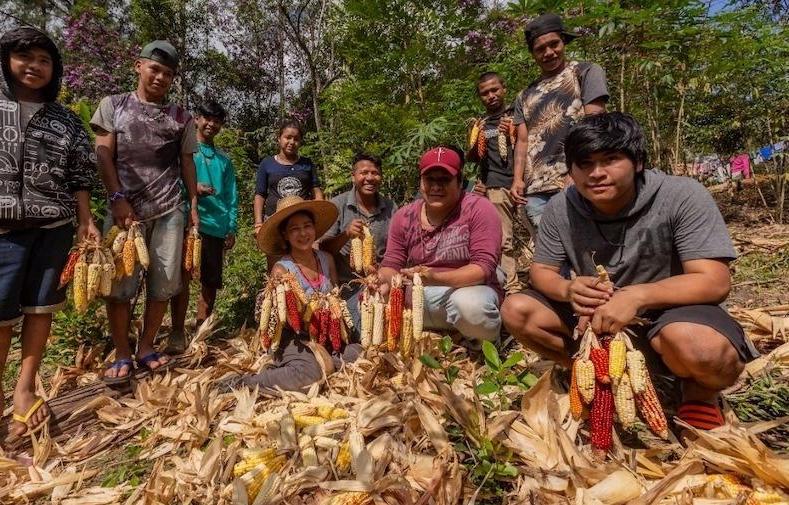
106
Many have knowledge of coffee, and sell the coffee that is produced, as is the case with the Paiter Surui.
Many indigenous groups are experts in cassava.Many groups also plant cereals.
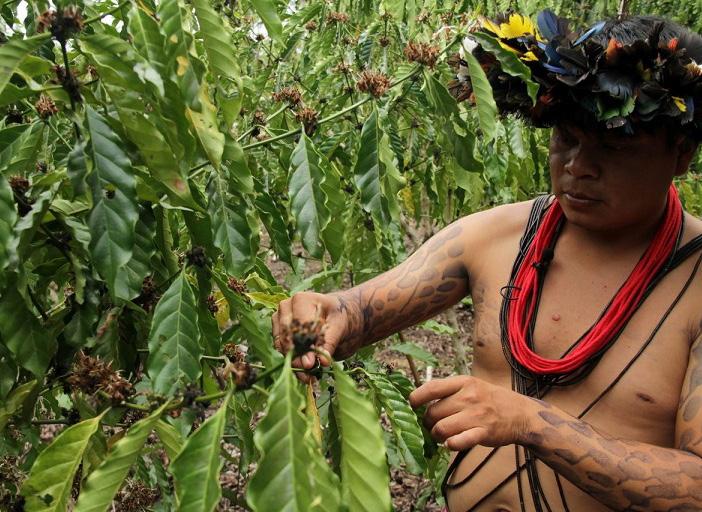
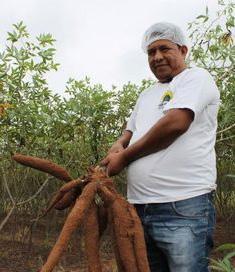
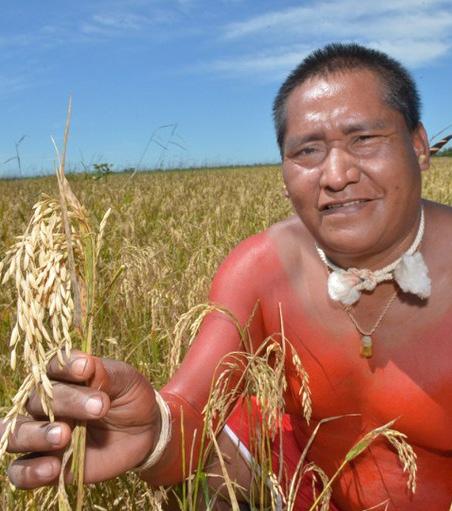
107 DESIGN
Collecting seeds in the forest.
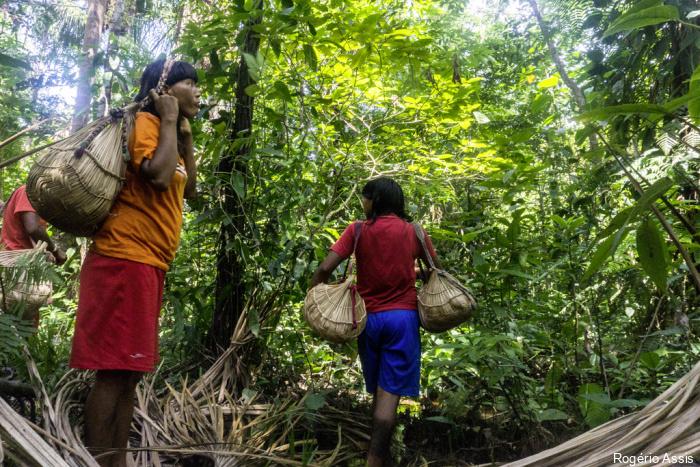
Collected seeds.

108 MUVUCA SYSTEM
Seed mix.
Sowing can be done by tractor, truck or even plane.
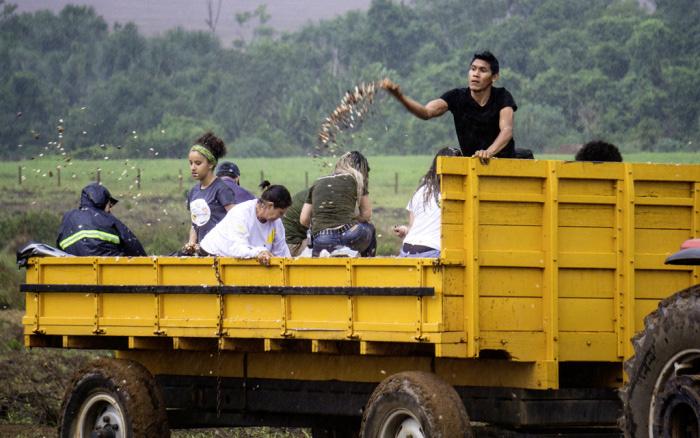
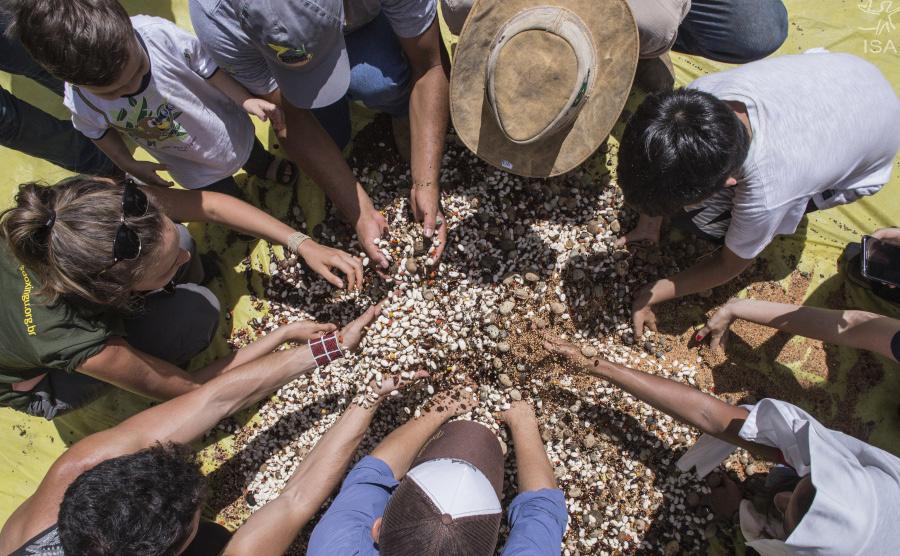
109 DESIGN
OYSTERS FARMERS – CLEAN WATER
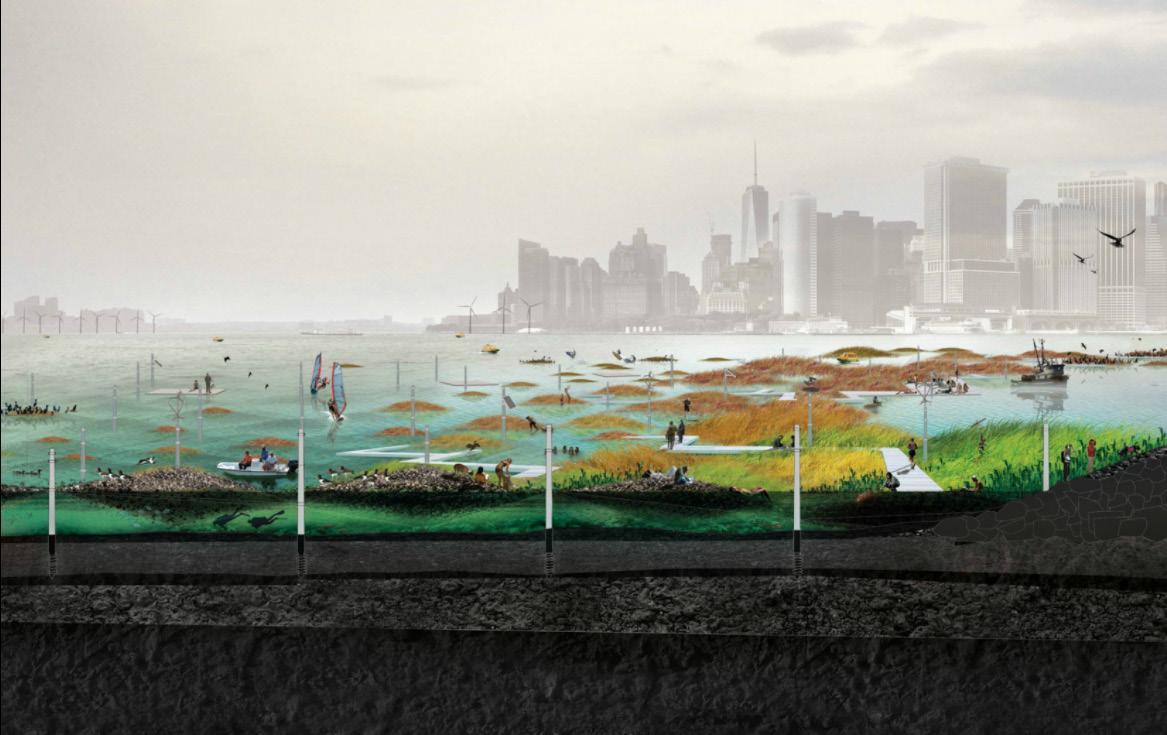
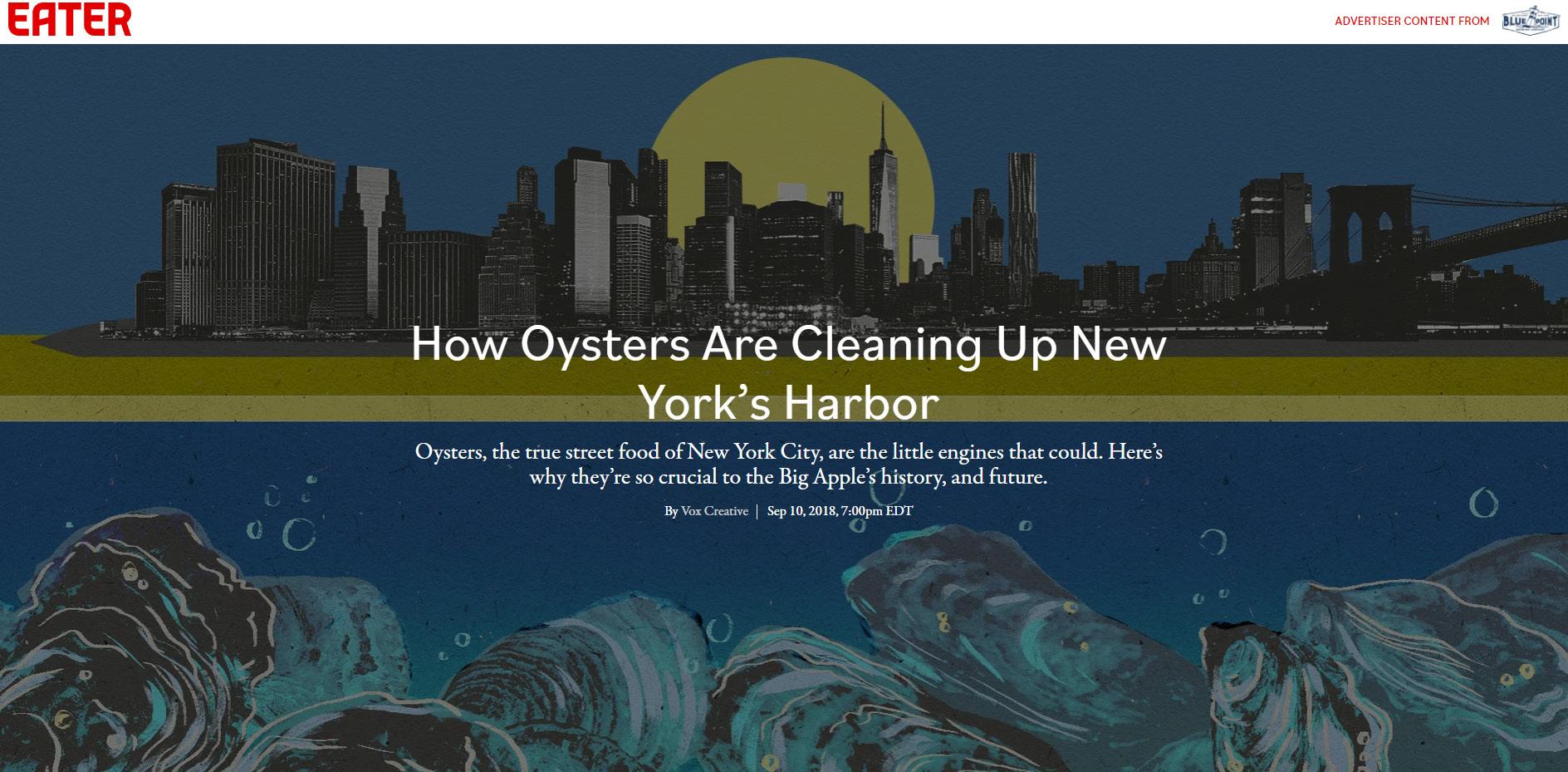
110 SCAPE STUDIO
Illustrations by Brittany Falussy, article that tells more about the oysters in New York.
Ecological design by Scape Studio that was an inspiration for this project.
Inside of the oyster , Illustration by Scape Studio

How oysters are able clean the water.
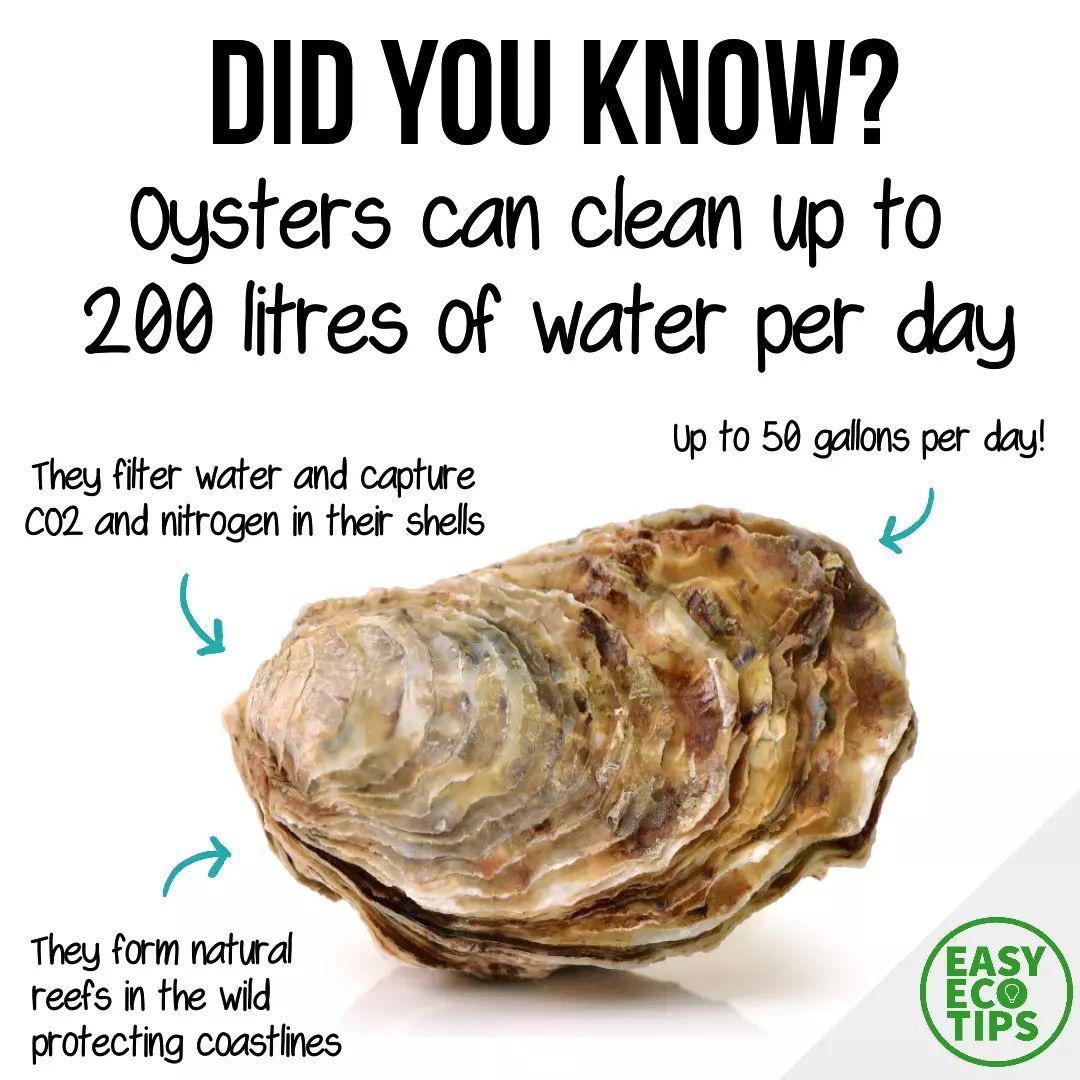
111 DESIGN
WITH
used the proportions of
of the
proportions of a hexagonal piece.
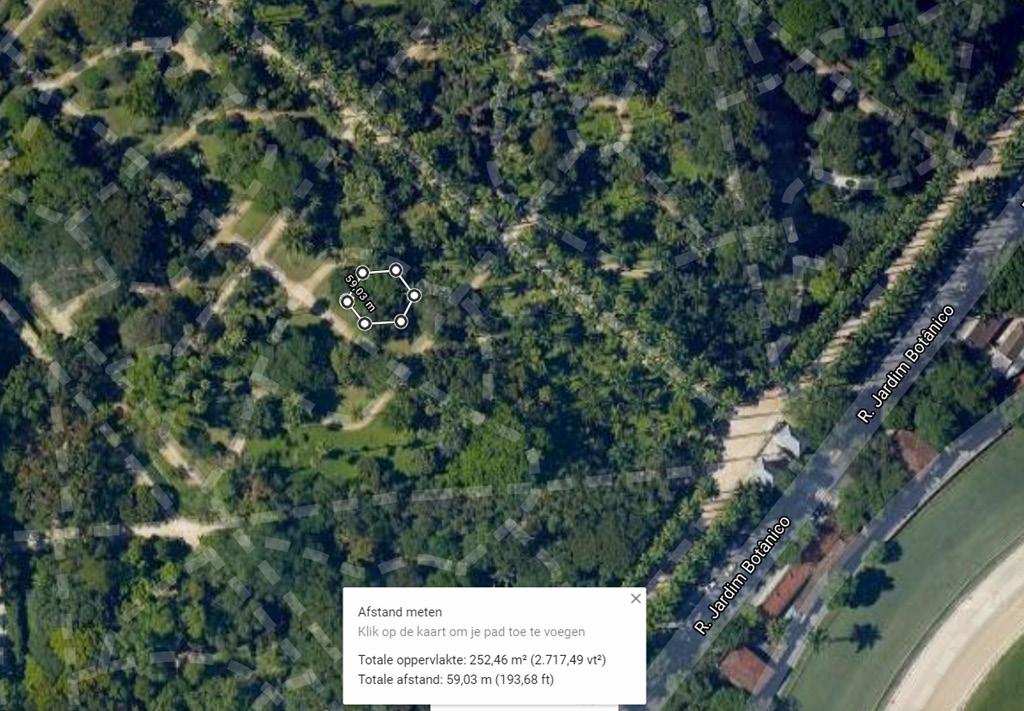
112 RELATION
NATURE 20 m 20 m 20 m 1,5m 259,803 m2 O2 I
the biomass of the Botanical Park in Rio de Janeiro to study the proportions
a hexagonal piece. The
in 3d how the hexagon is assembled.
1 Hectare = 36 - 600 t of CO2 per year (depends on the biome, a young for est ).
Total area of the project = +/- 3 ha This project will be able to capture around 114 - 1.800 t CO2 per year.
The world produces around 37 bil lion CO2 per year.
The size of the hexagon was defined in order to obtain the amount of bio mass necessary for a certain biodi versity.
The study was based on an exist ing park in Rio de Janeiro (Botanical Garden).
The idea of being a floating park is because it needs to be as sustain able as possible, without interfering so much with the biodiversity of the water and the environment. Designing in this way, in floating pieces, makes the plattform have the flexibility to increase or decrease in the future.

The basis of construction is basical ly the same principles as a ship. The upper weight has to be in balance with the air part below, which makes the structure float in equilibrium with the water.
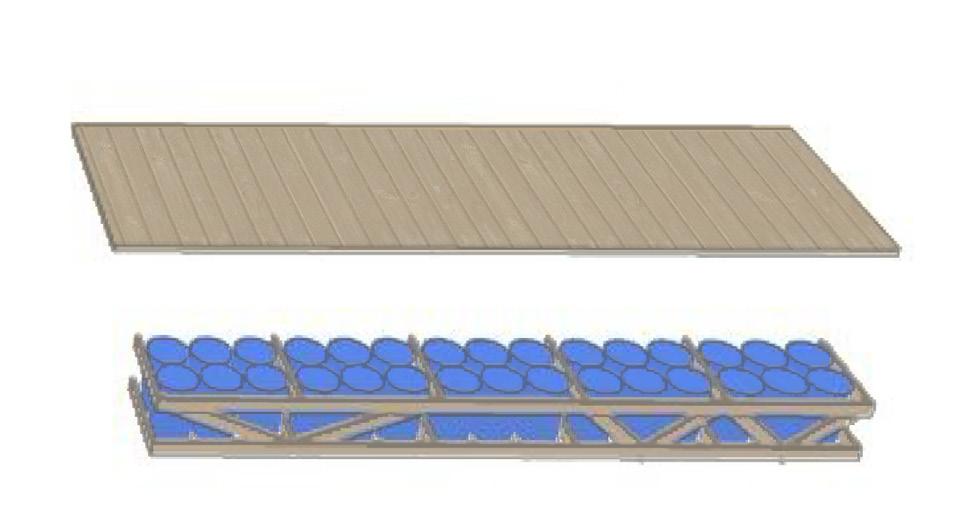
113 DESIGN
WATER TIDE LEVEL IN THE LOCATION
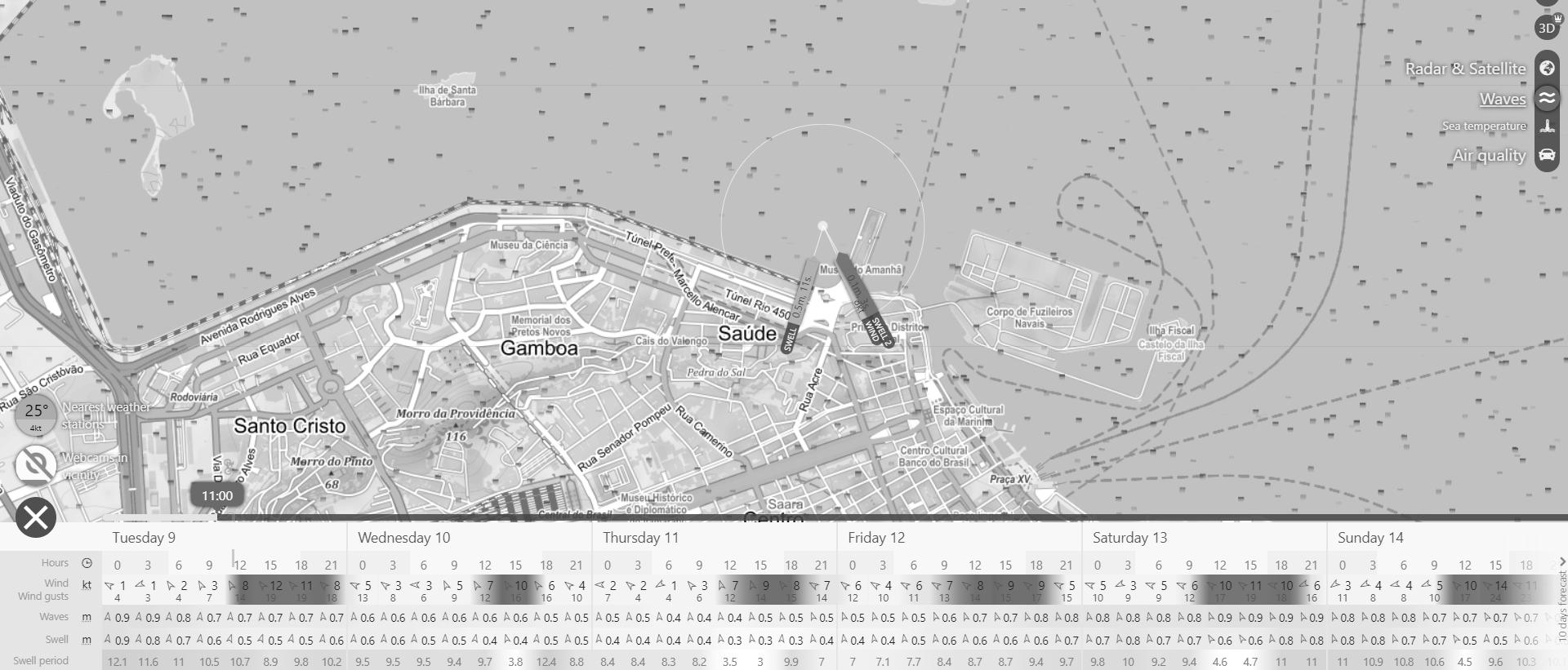
I found this map, which accurately shows the depth of water in the region studied.
I used the Windy app to see the difference in tide, wind, and water height at the study site.

114
I used the information to apply to the study site.

115 DESIGN
The pieces are made of wood, to be a lightweight and biodegradable material. The lower compartment forms a balance point and is where the air chambers are located, which make the structure float. Above there is a compartment with earth where trees/plants can be planted.
Around, forming a belt, there are barrels of air and water, these barrels are re sponsible for balancing the part accord ing to the total weight of the element. This balance is driven by solar energy, it causes the extra water, which causes ex tra weight, to flow out of the platform.
The deck on top of the air/water barrels, join the hexagonal pieces together, mak ing them all stick together. This gives great stability to the platform in general.
Another important element that makes this entire floating structure remain sta ble is the ship brought from another location in Guanbara Bay. The old ship shelters the large and wide species of trees, which need more soil for the deep roots, at the same time that it is fixed on the ground, it also makes the pieces not suffer from the water currents and wind.
Here we can see how is the structure. How it can be used in different situations with plants. The structure supports trees/plants up to 12 meters
116
117 11,000 1,000 12,000 3,000 5,500 5 12 m DESIGN
GRAVITY + WEIGHT
WOOD + AIR
RESERVE BUOYANCY
BALANCE POINT
BUOYANCY
Here we can see how the structure works. How the mechanism for removing extra rainwater works. How air/water tanks work to keep the piece in balance with each other and with the water tide.
118
WOOD + AIR
THE WATER TANK CONTROL THE WEIGHT AND THE BALACE DESIGN
119 3,000
Section showing the floating structure attached to the stranded ship that now houses the most robust tree species. Here it is also possible to see the fixed walkways that help in the permanence of the floating part.
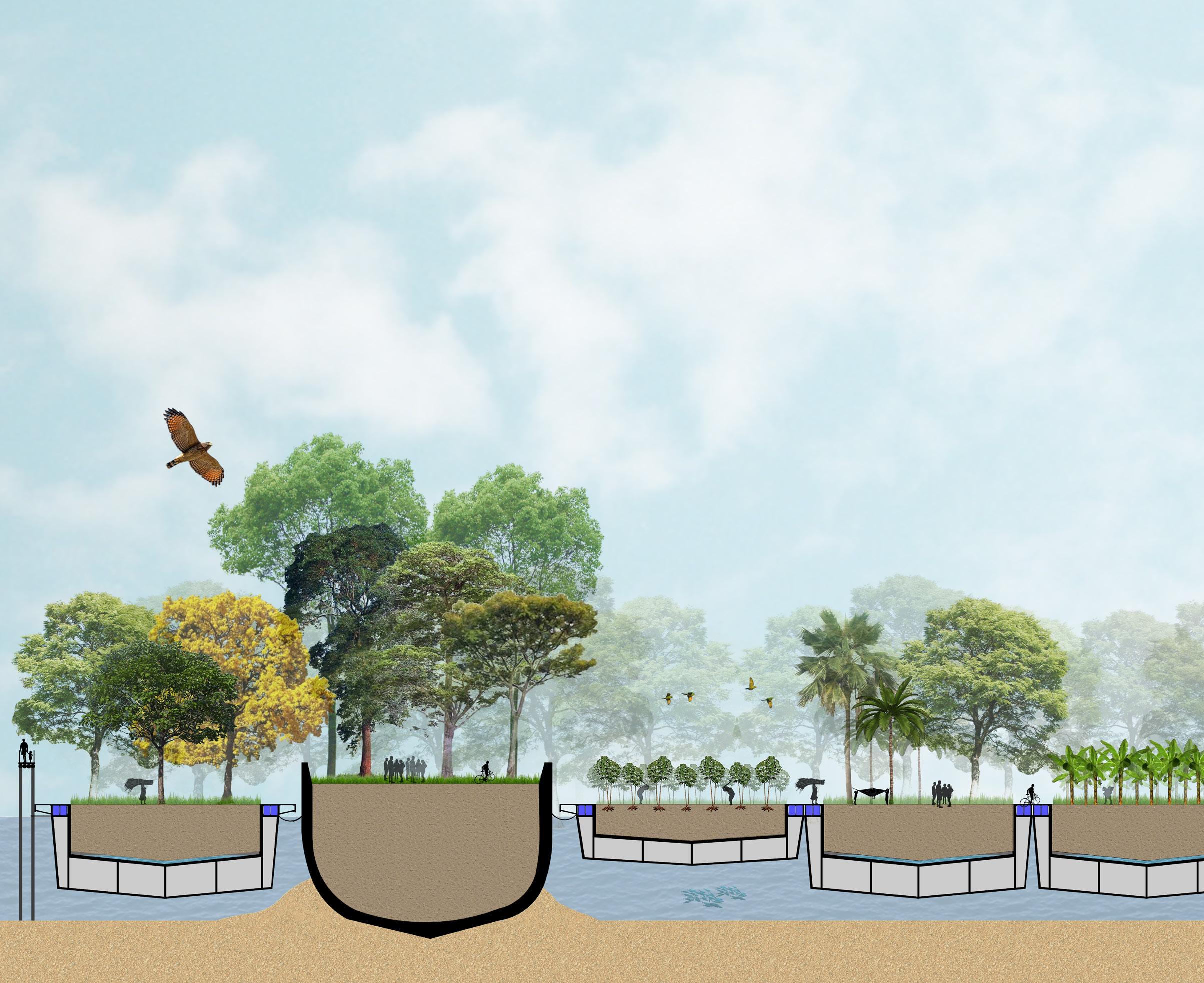
120
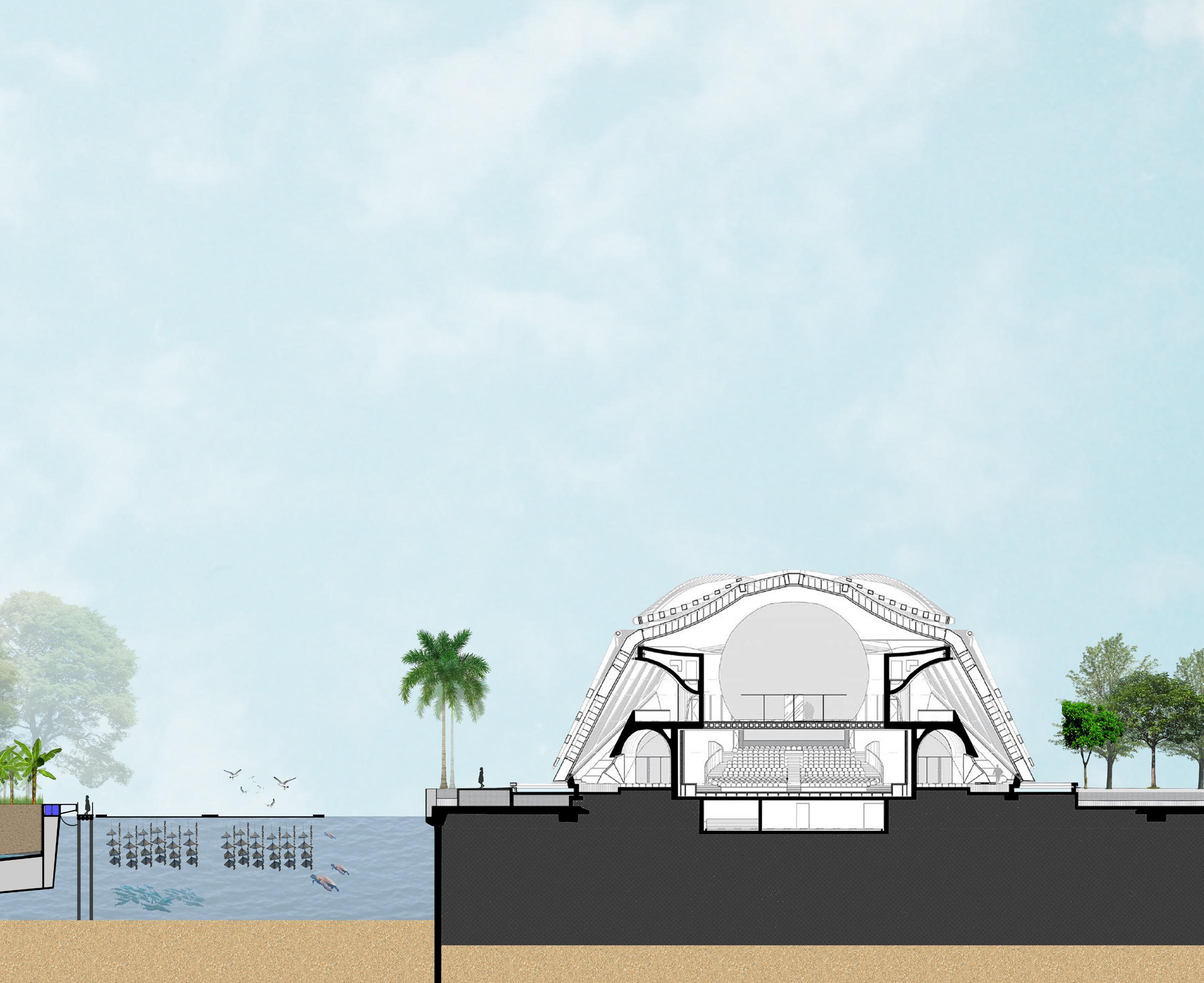
121 DESIGN
DOCK WHERE IT COULD BE PRODUCED
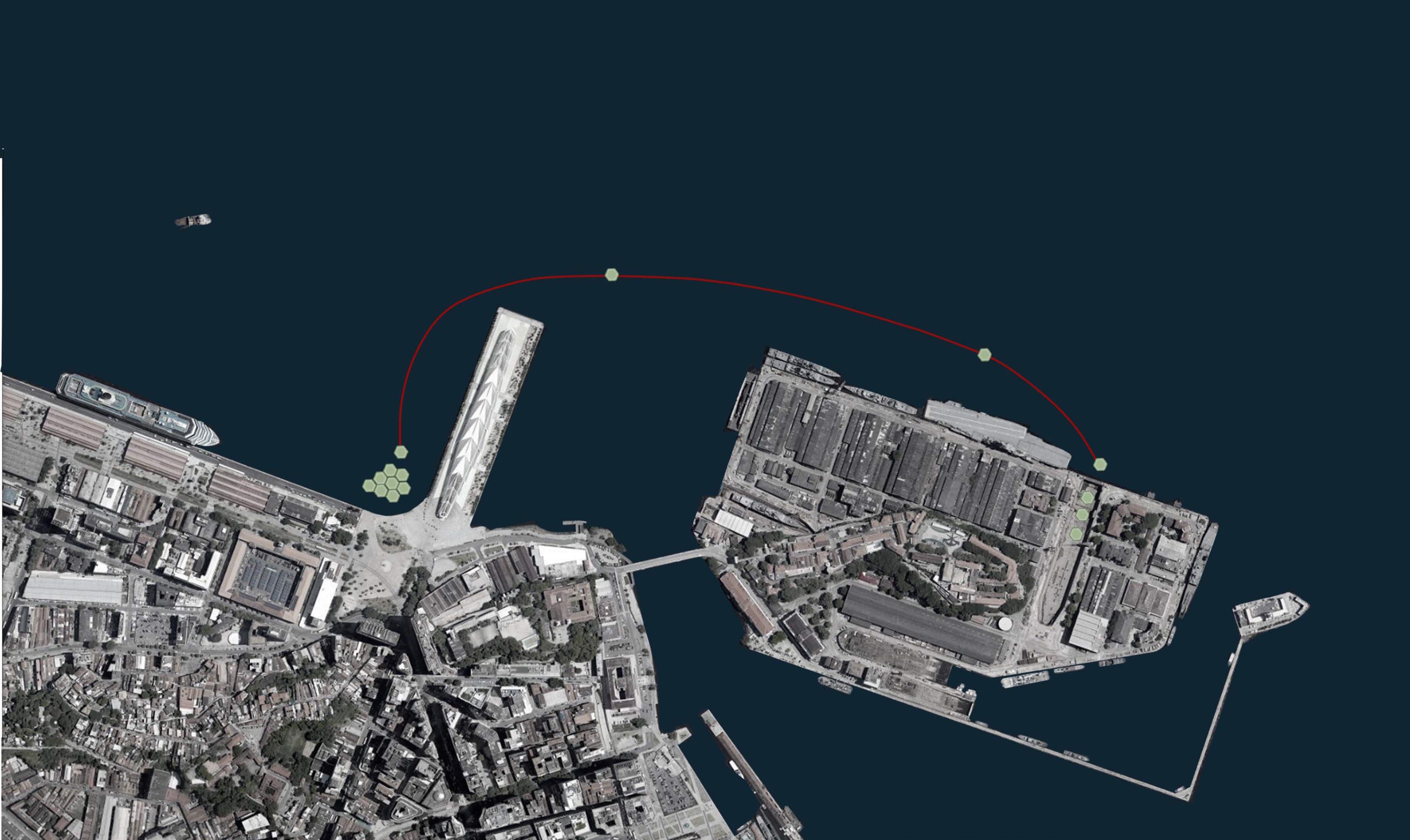
Here it is possible to see where the pieces would be built and how far would they travel to the location
Here’s an illustration of what it would look like with all the pieces already in place.

122
There is a dock very close to the project site, where these pieces could be built and then taken to the site.
123

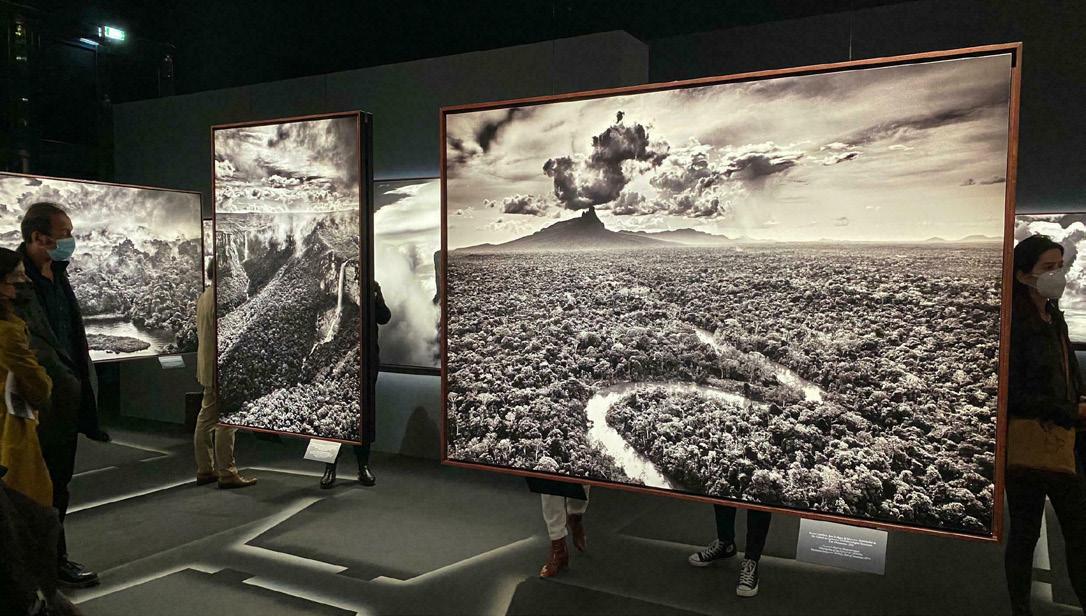
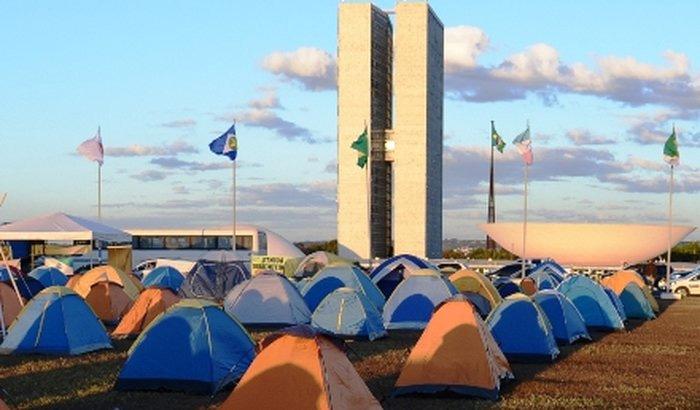

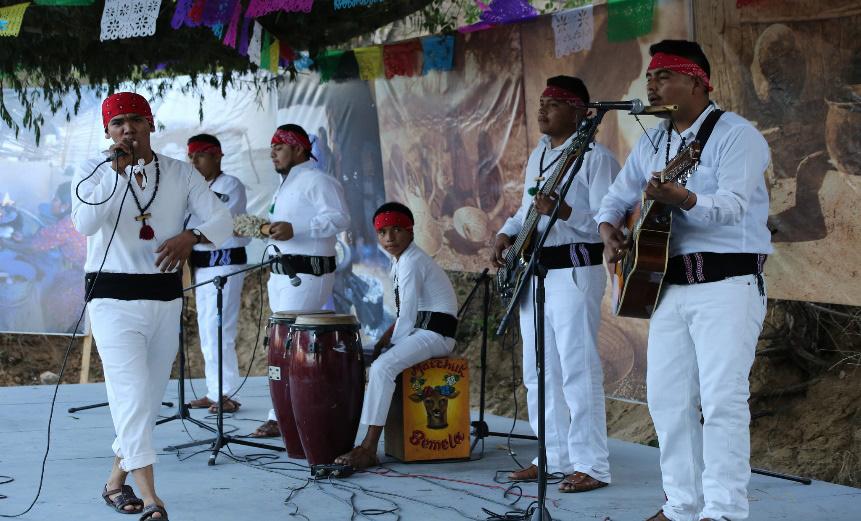

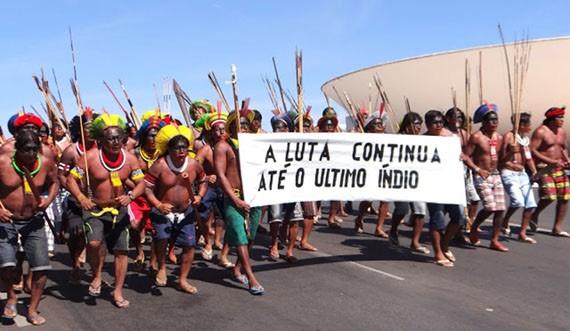
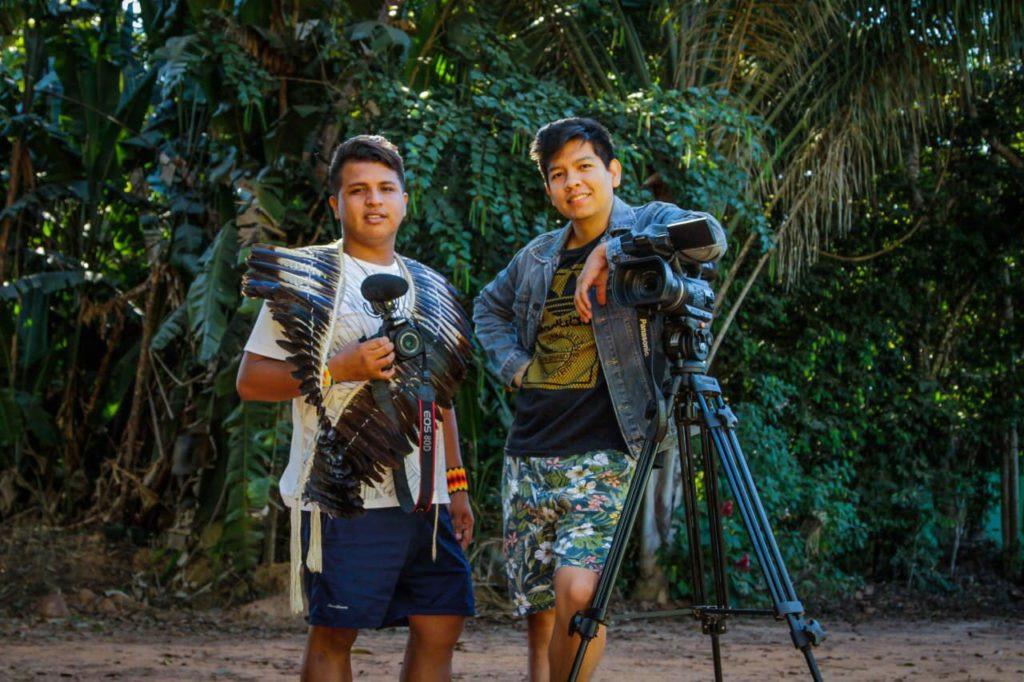
124 A PLACE FOR DIFFERENT EVENTS +/-2000 PEOPLE Debates Exhibitions Rituals Presentations Concerts Meetings Accommodations Protests
Plantations
Media
Indigenous games

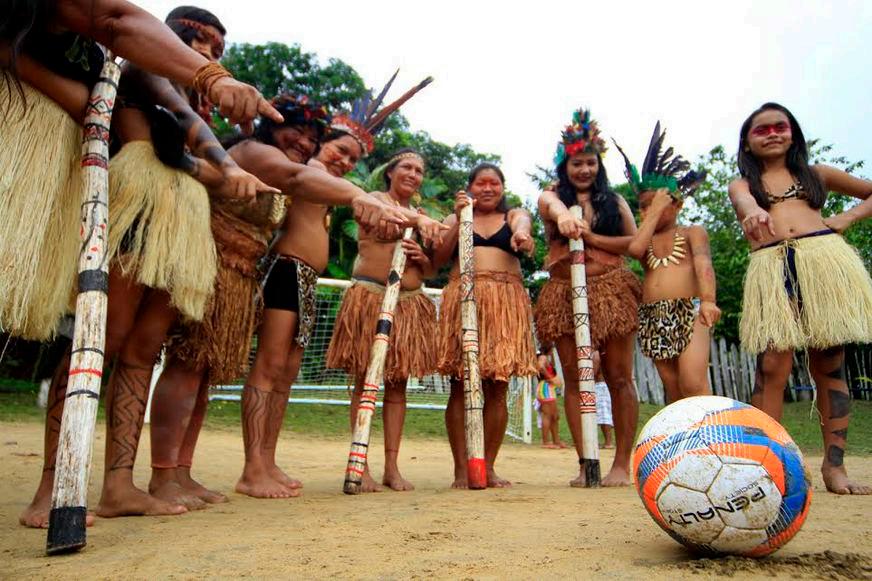

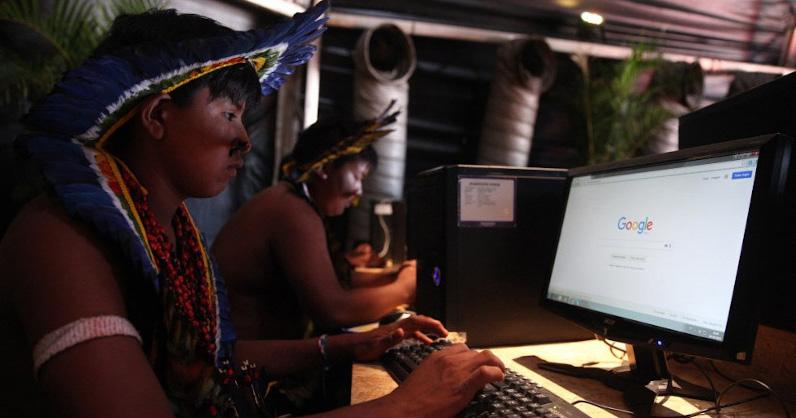
The project program was defined ac cording to the needs seen in the re search. Basically they need a meeting place, where they can have a media outlet, where they can give courses, where they can express themselves ar tistically. A place where they can bet ter monitor the proportion of territo ry and rights they have, or may have.
There is possibility of having a Interna tion meeting. In this case the Auditurium from the Museum of Tomorrow could also work.
For all those needs there is the expection of up to 2000 people to use this platform in the same time.
125 DESIGN
Information
Model that shows the principle of the architecture idea.
The architecture was developed from the same shape as the hexagonal plat form.
It was followed by techniques seen in some of the indigenous and riverine peo ples, as seen in the images below.
The bamboo structure, used by some in digenous peoples, was the option here.
Bamboo is a material that is found in the State of Rio de Janeiro itself.
For the roof, sape was chosen because it has a characteristic that is well used by Brazilian people, it is an easily found ma
terial. The criteria of the materials cho sen, was to be located in Rio de Janeiro, so that the construction would be some thing of indigenous domain, so that they would participate in the construction and renovation process, thinking about the maintenance in the future.
The meeting of the faces of the trian gles determined by the hexagon form a triangular cone, where rainwater can be collected for use in the sanitation of this project.
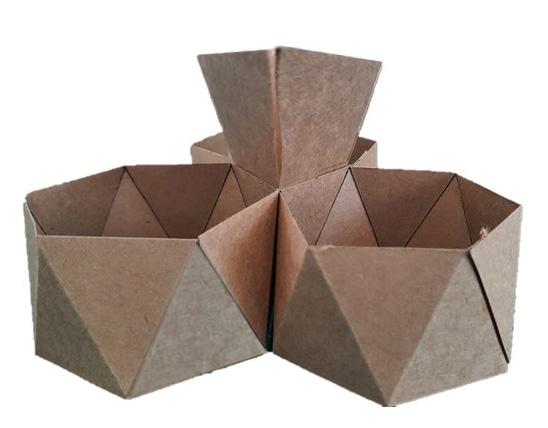
126
THE ARCHITECTURE
Model (top view) showing the principle of the architecture idea. Here we can see the triangle, the part where the water will be captured.
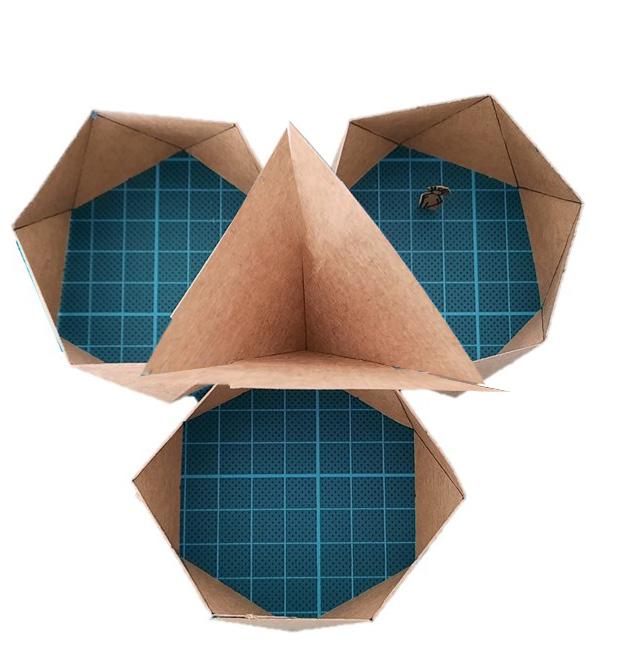
127 DESIGN
WELCOME BUILDING
Drawings that perfectly show the main squares in the different ethnicities groups.
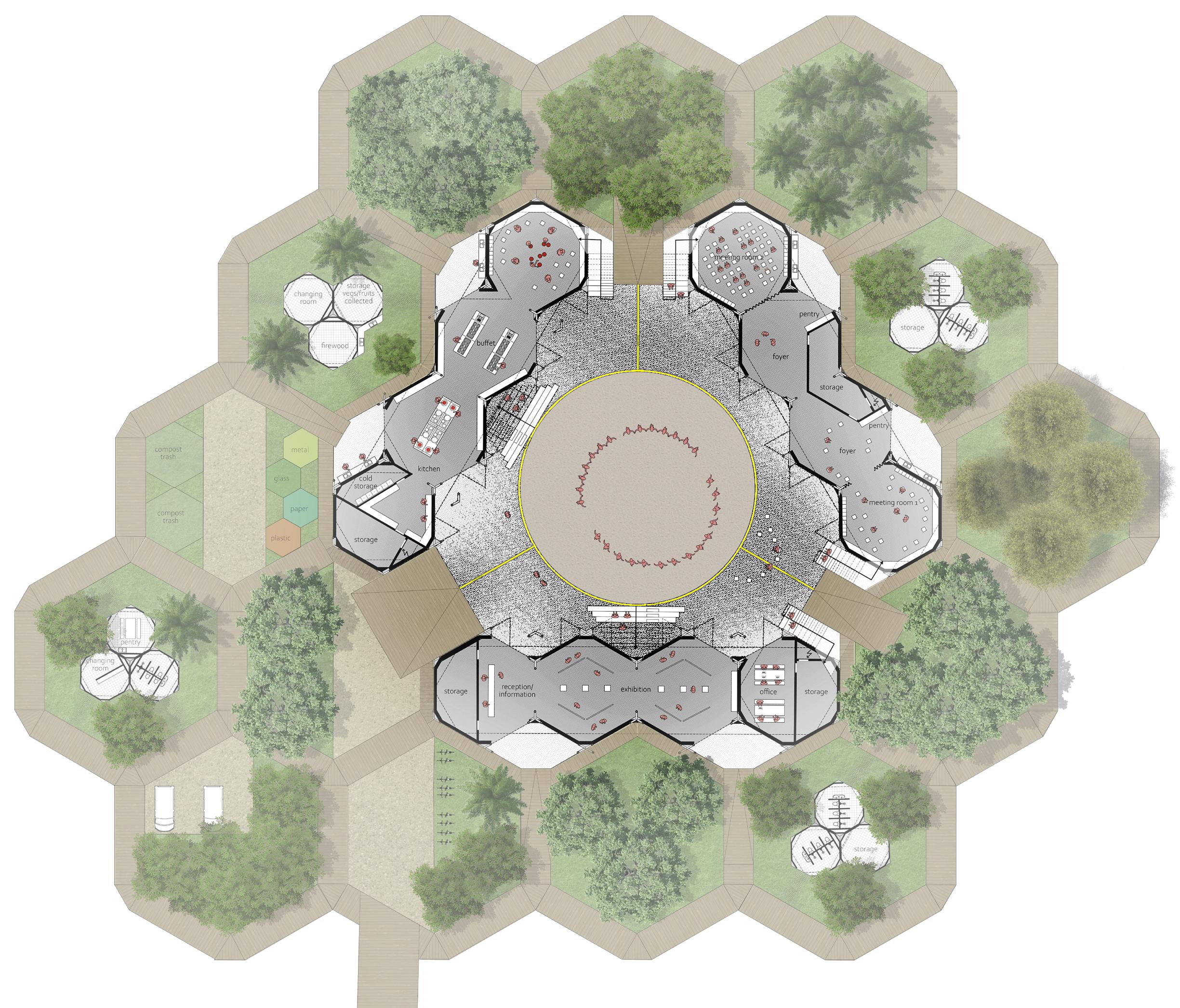
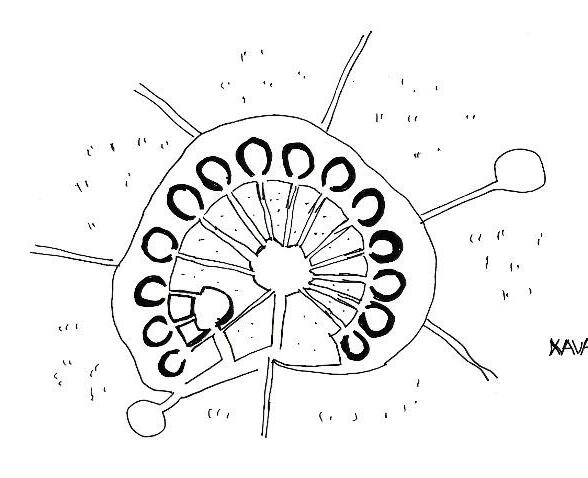
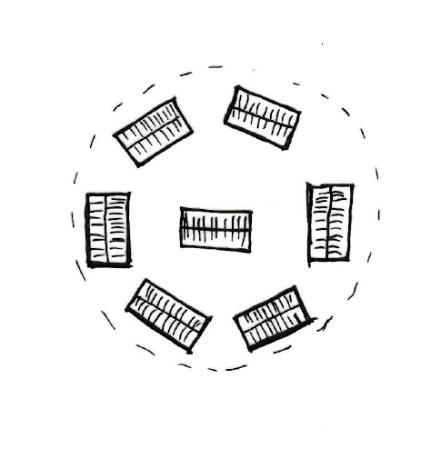
Ground floor

128
The activities are always done in a circle.

Architecture similar to the one used in this project.
Dances and rituals are in circle.
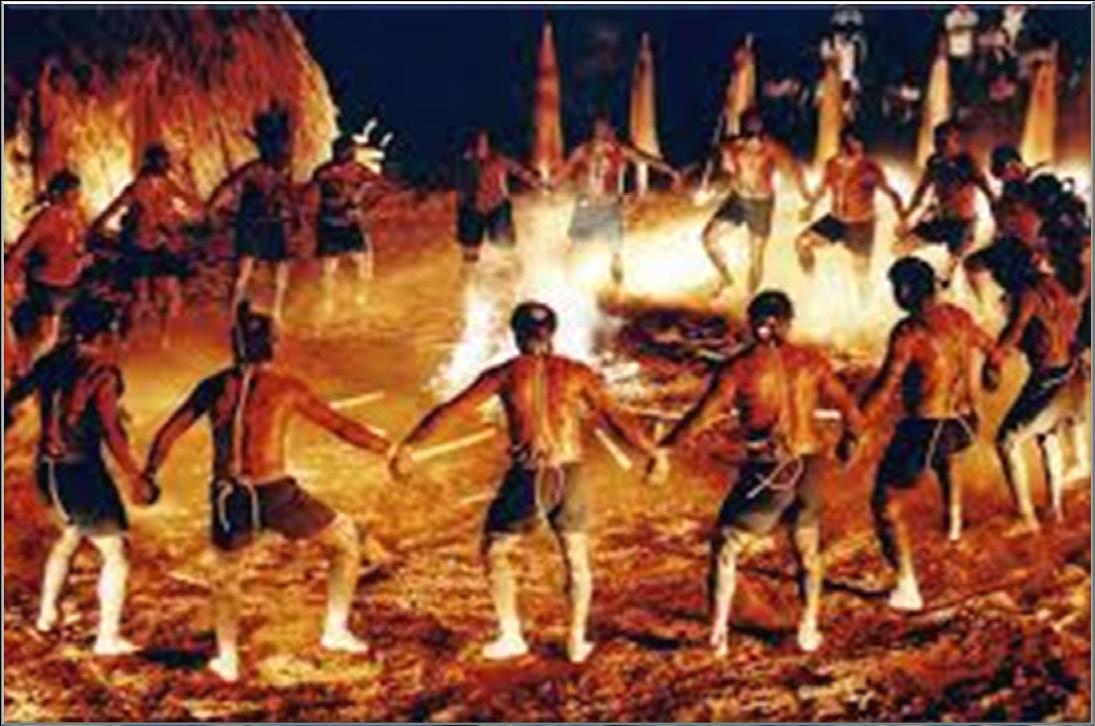

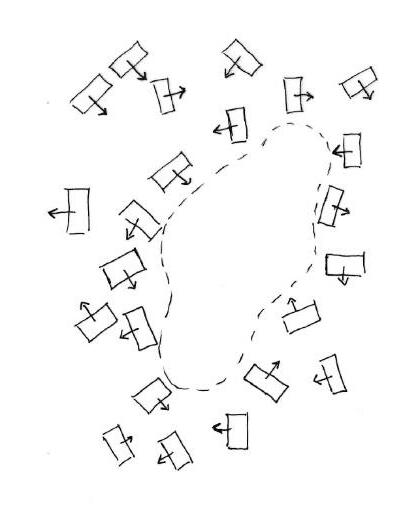
Architecture similar to the one used in this project.
Dances and rituals are in circle.
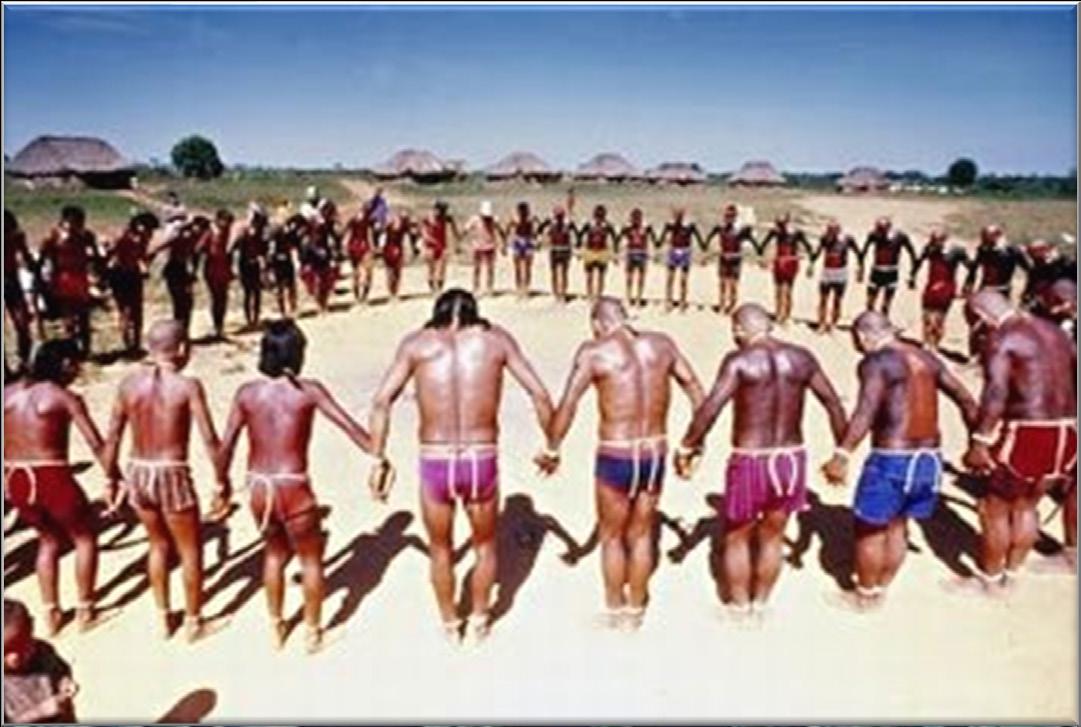
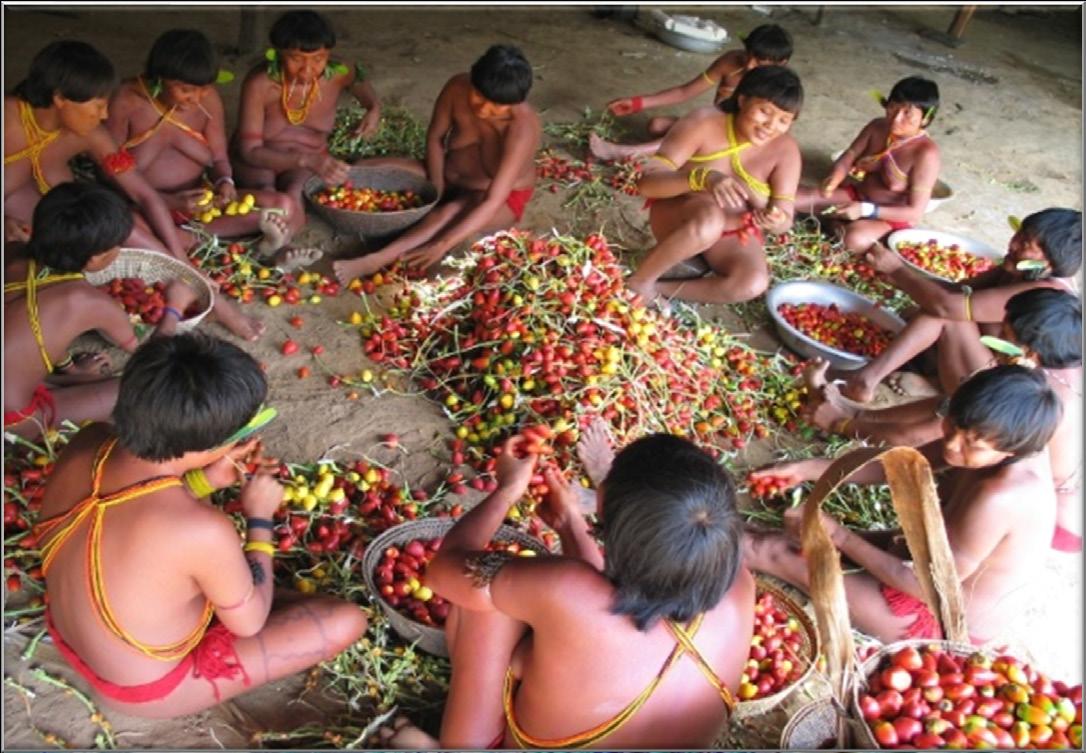
Architecture similar to the one used in this project.
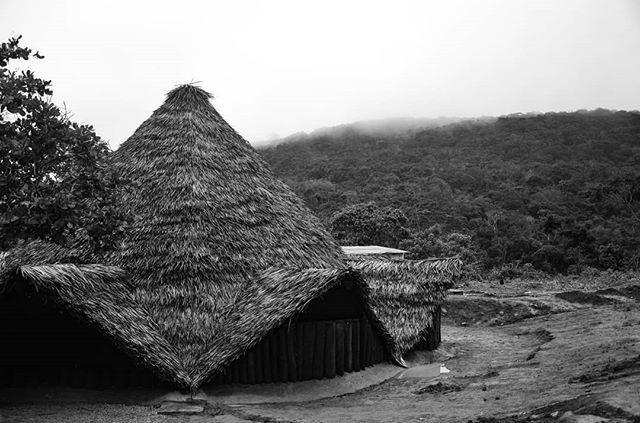
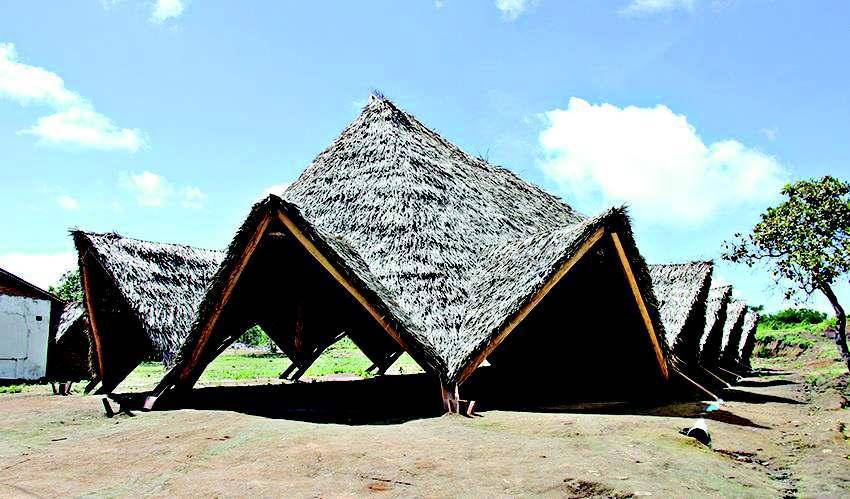
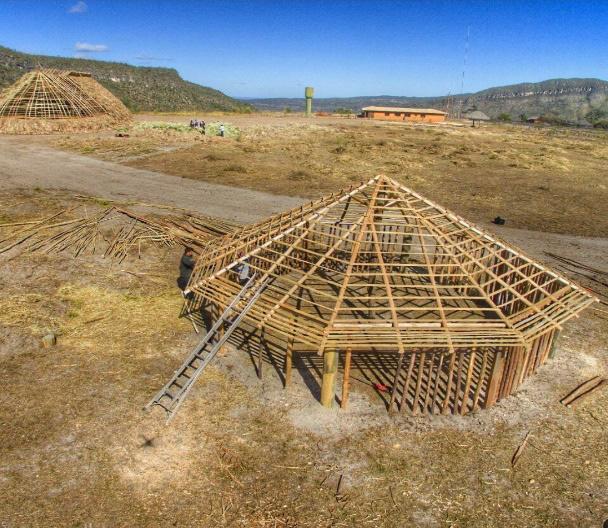
129 DESIGN
The accesses where the building is standing are always made by ramps, they are adapted according to the height of the tide.
Bathrooms and showers, rooms with tools related to the services necessary for the care of the park. These are found at several places in the park.
The stairs leading to the first floor are used as a grandstand for the public.
Garbage collection
Main entrance, made by a ramp. Access to main square.

Secondary entrance for other services such as garbage collection, delivery/collection of goods.
Access to Maua Square is via a bridge.
130
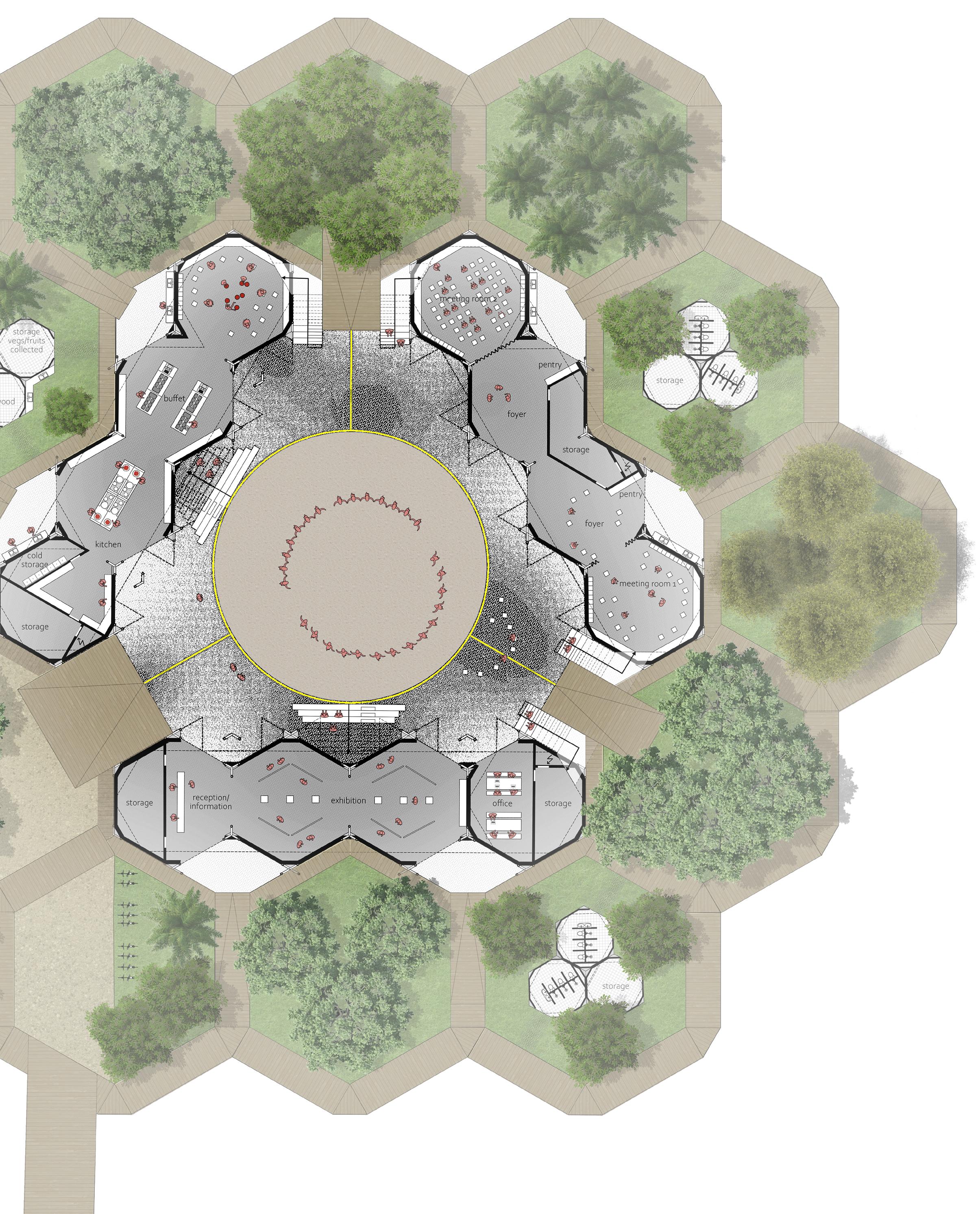
131
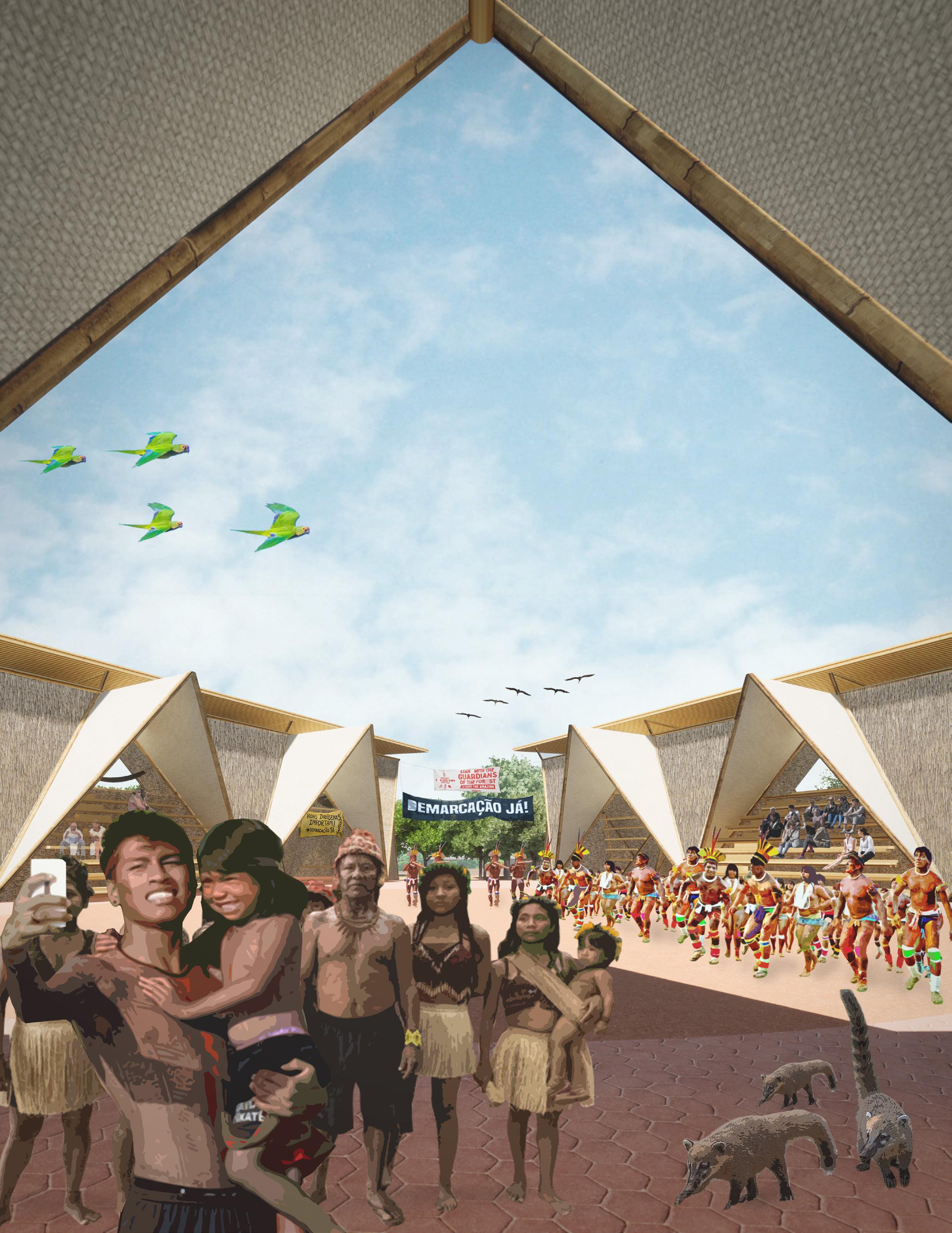
132
Illustration of the main square. Welcome building.
This is a illustration of the main square. Here everybody is welcome. The main square is something very sim ilar to what is normally found in indige nous villages. It is a space for presenta tion, expression and resistance.
On the ground floor it is possible to find a reception, where people can receive in formation on how the park works.
There is a restaurant, cafeteria and on the other side of the square there are rooms for small meetings, classes or gatherings.
133 DESIGN
The first floor is wide and open, always bringing this relationship from the out side to the inside, therefore always invit ing nature to be part of the building.
They are spaces that can serve for lei sure, or it can host a large exhibition, but it is also an accommodation space.
Travel is usually expensive for indigenous people and they are not used to staying
in hotels. This building needs to offer the option of being able to put a hammock to sleep, or a tent. In the project are also included rooms for people.
Indigenous people also do not include toilets inside the buildings, usually these are built outside or they use nature itself. The park has some points where you can find bathrooms and showers.
leisure/sleepingplace
134 leisure/sleeping place storage water tank water tank water tank water tank leisure/sleeping place storage A A
1st floor
Section showing how rainwater is captured and stored for use in the bathroom and showers.
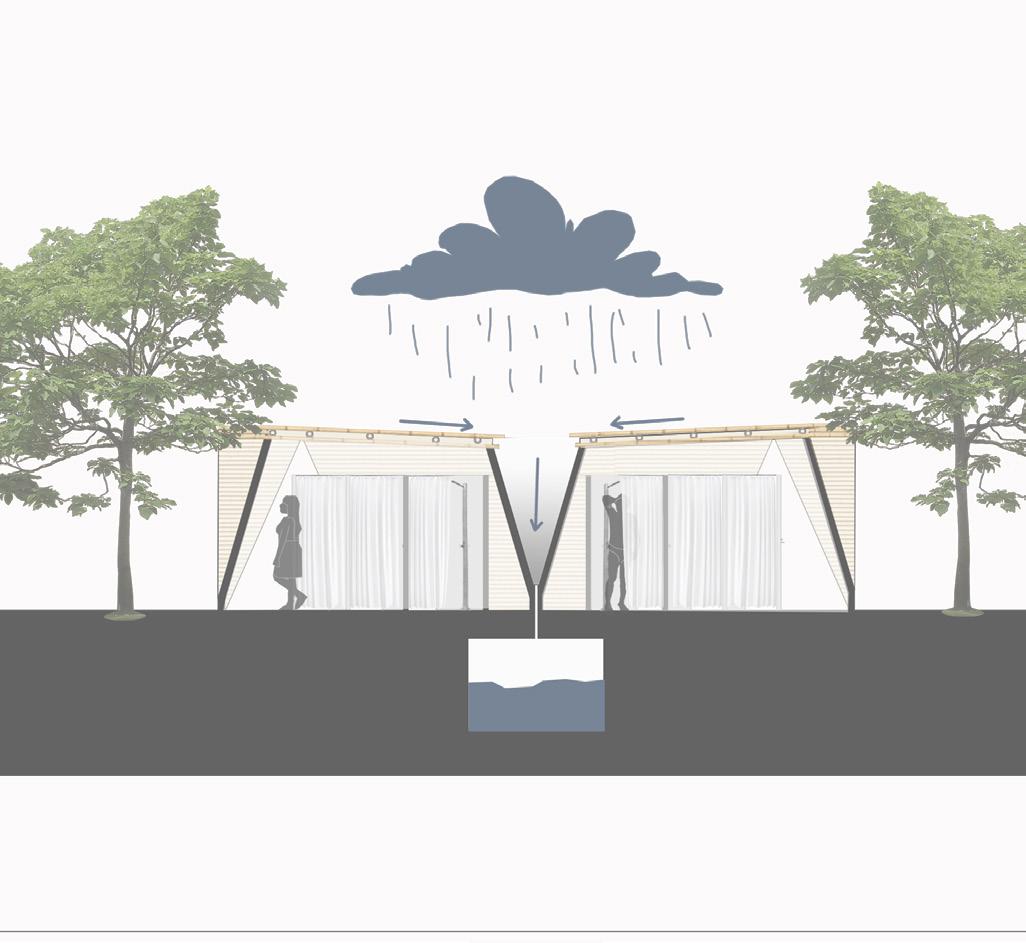
Inside of a indigenous construction.
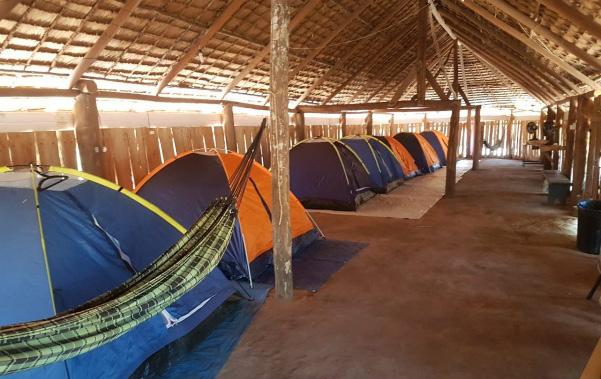
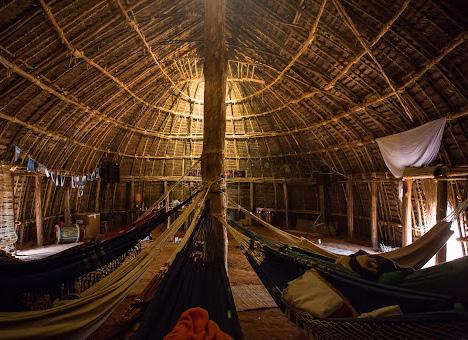
How they sometimes use to accommodate.
Close-up floor plan of the bathrooms and showers.
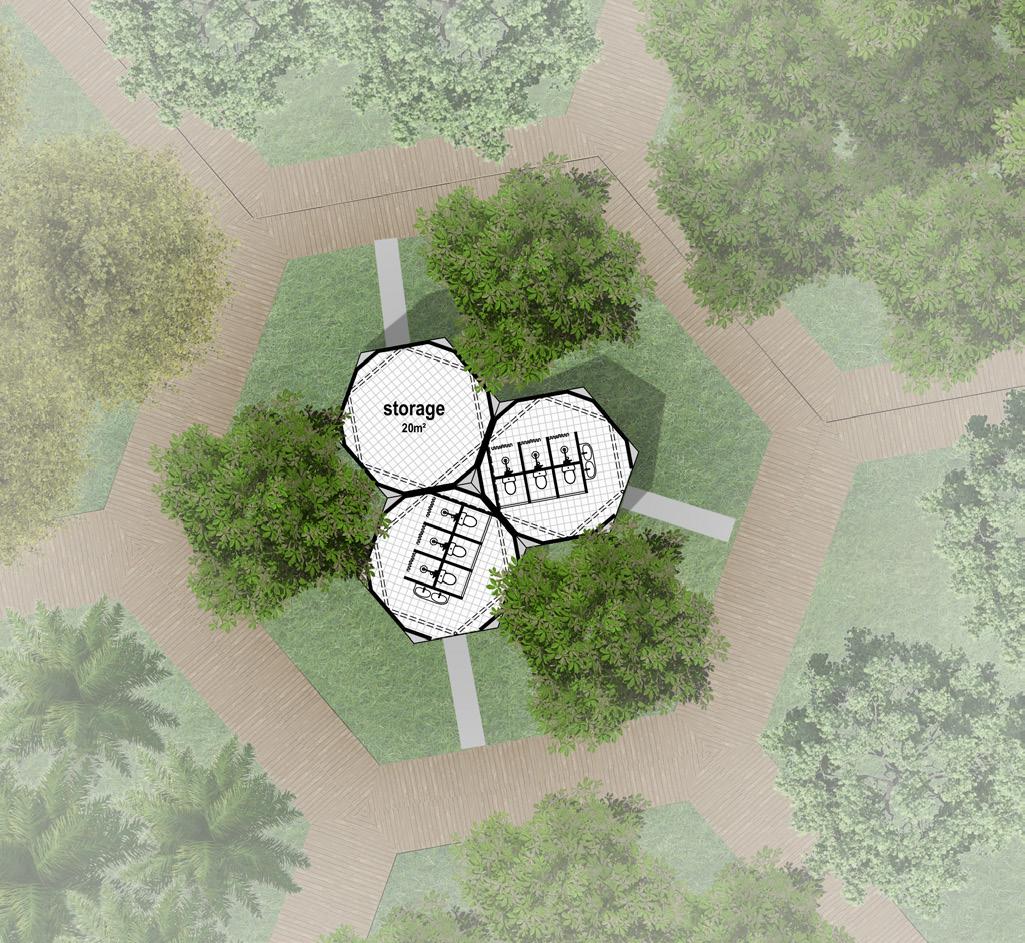
The feeling inside the building.
Inside of a indigenous construction.

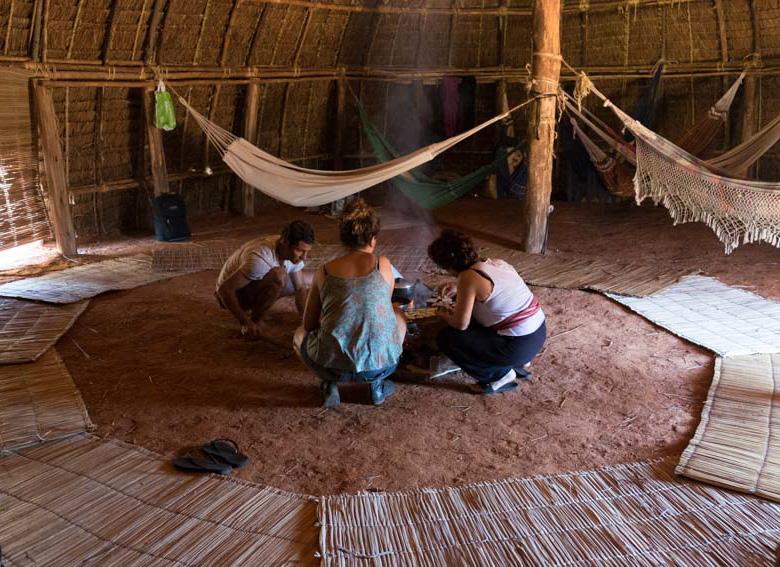
135 DESIGN
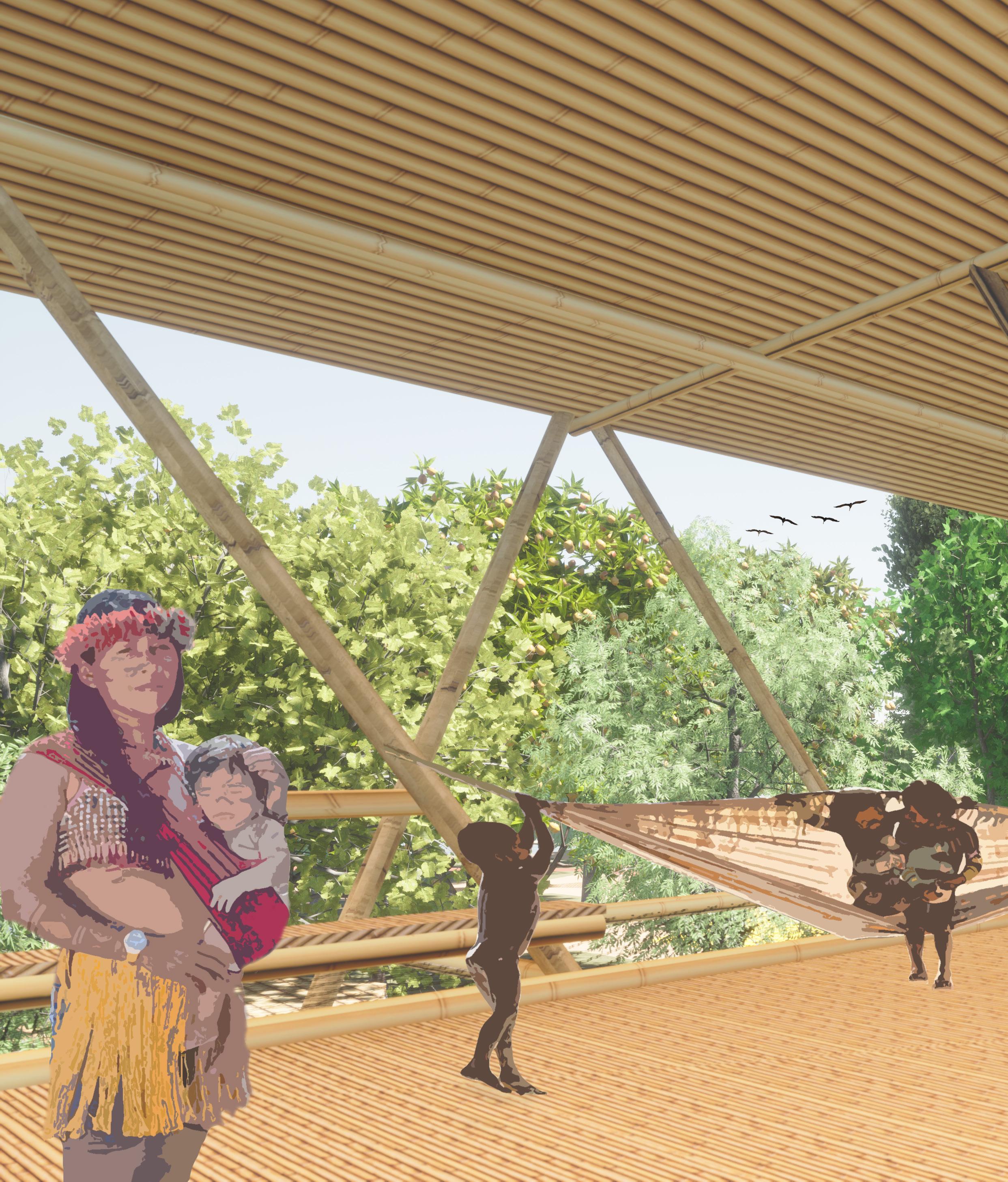
136
Illustration of the 1st floor .
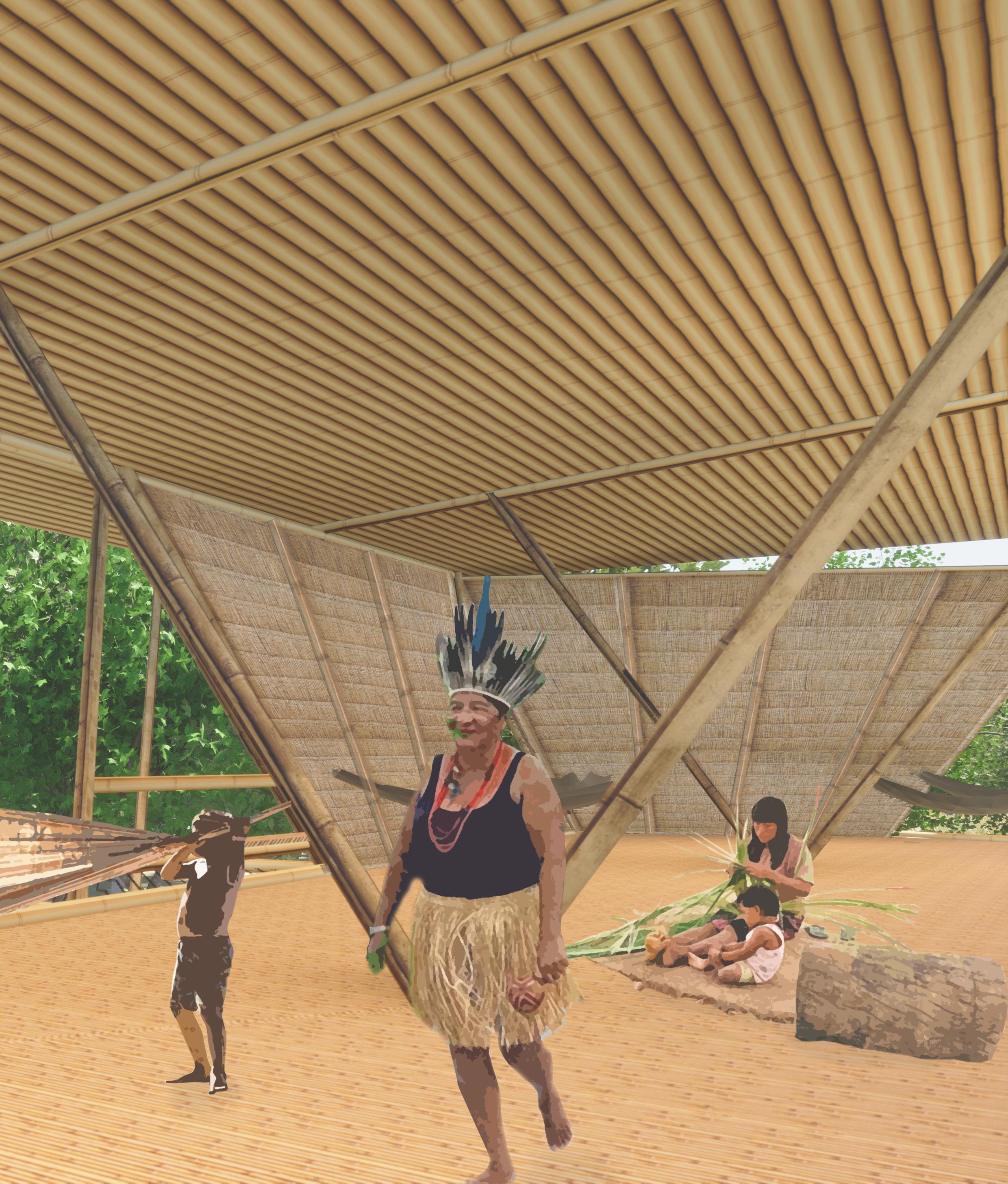
137 DESIGN
Here it is possible to see the floating park with the fixed platform where the the building stands.
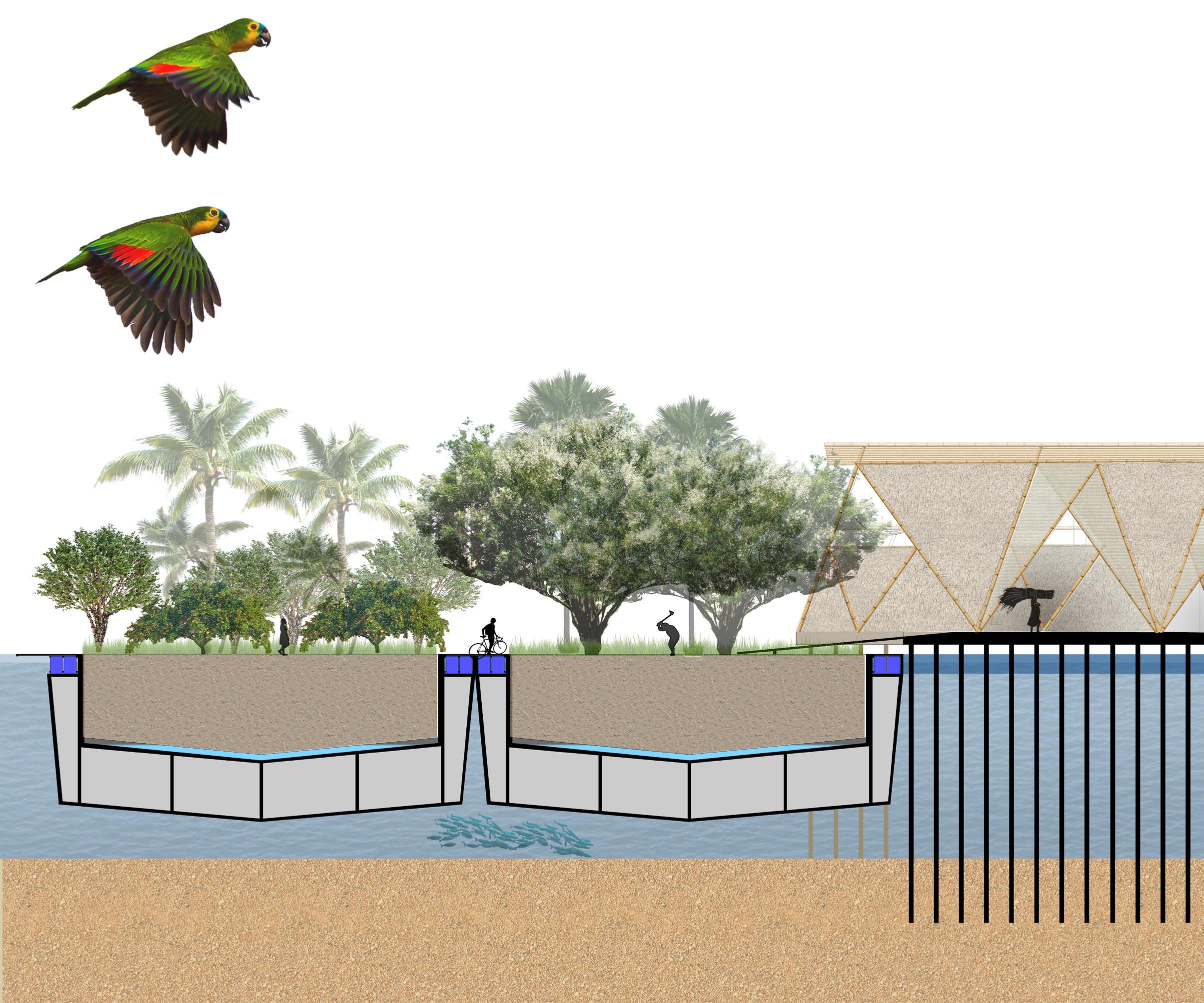
The ramp always make the link between those 2( the floating part with the fixed
platform), according with the tide of the water in the Guanabara Bay.
Although the stilt structure looks quite dense in the design, it allows fish and other marine life to roam the water.
Section passing through the floating structure of the park and the fixed structure of the platform where the buildings are standing
138
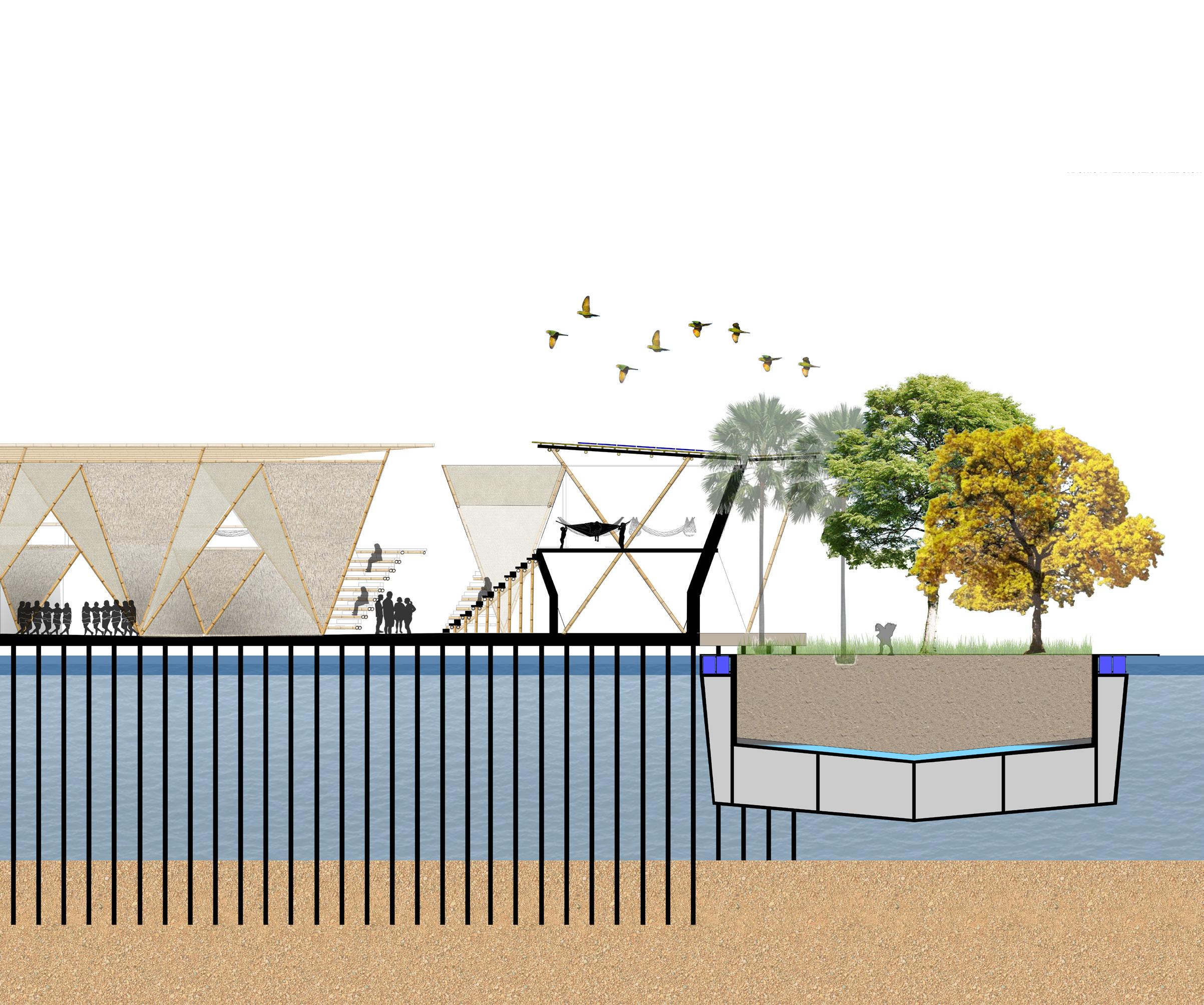
139 DESIGN standing
MEETING BUILDING
1st floor.
FIRST FLOOR
Ground floor. Intimate building.
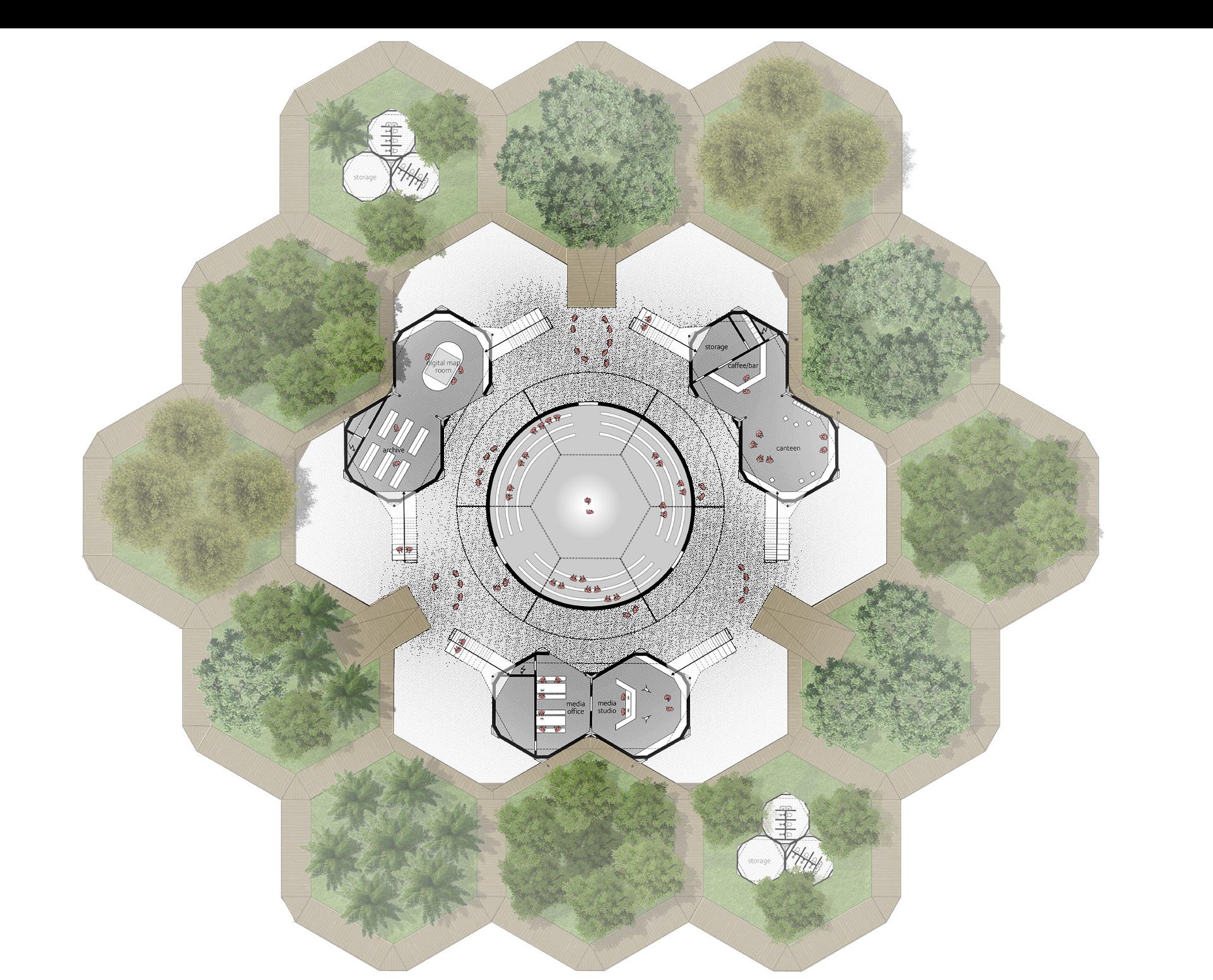
140 GSEducationalVersion leisure/sleeping place leisure/sleeping place leisure/sleeping place
1:200
Meeting buildings are sometimes in the middle of the square.
Indigenous building for meetings.

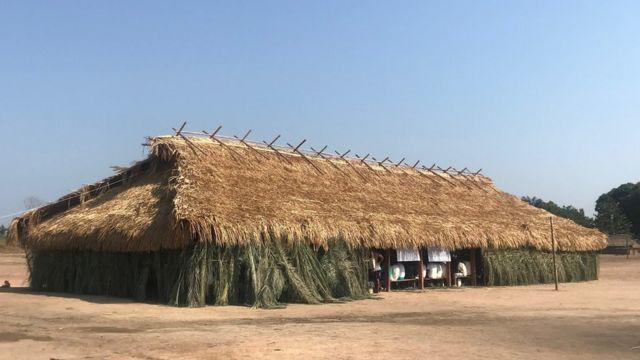
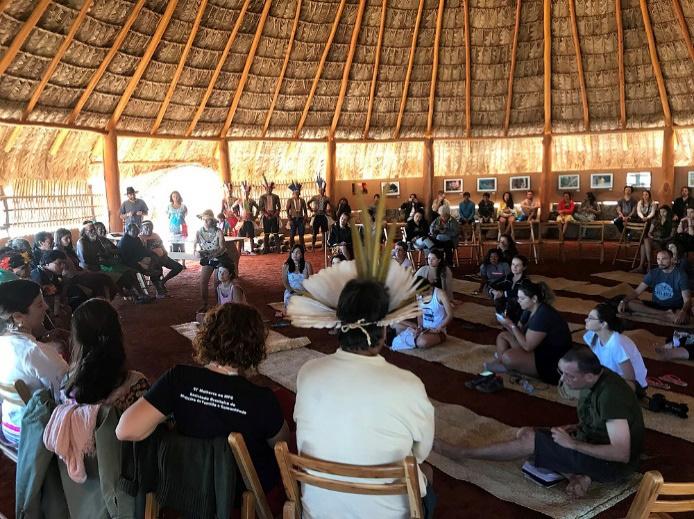
Another source of a building to meet
Space that shows how they get together for debates/ meetings.
Example and inspiration of light and shade,ventilation.
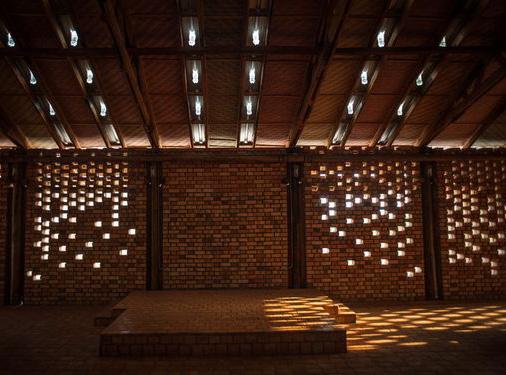

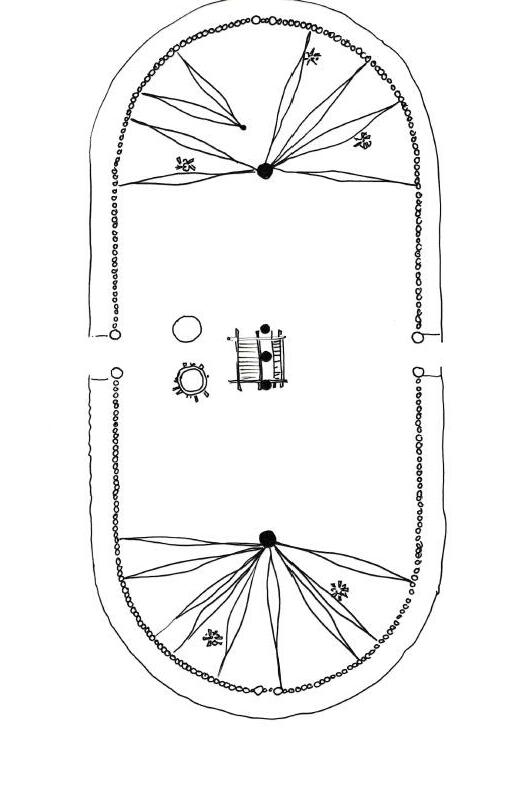
141 DESIGN
WE ARE MANY, WE ARE POWERFUL
In the center of this room it is possible to understand and feel the indigenous power in Brazil. Each hole represents an ethnicity and location (north, south, east west) in the Brazilian territory. The sizes of the holes are determined by the size of that ethnic group in proportion to the number of people. Example, the Cinta Larga ethinicity has around 2000 people and it is placed in southest from the Pait
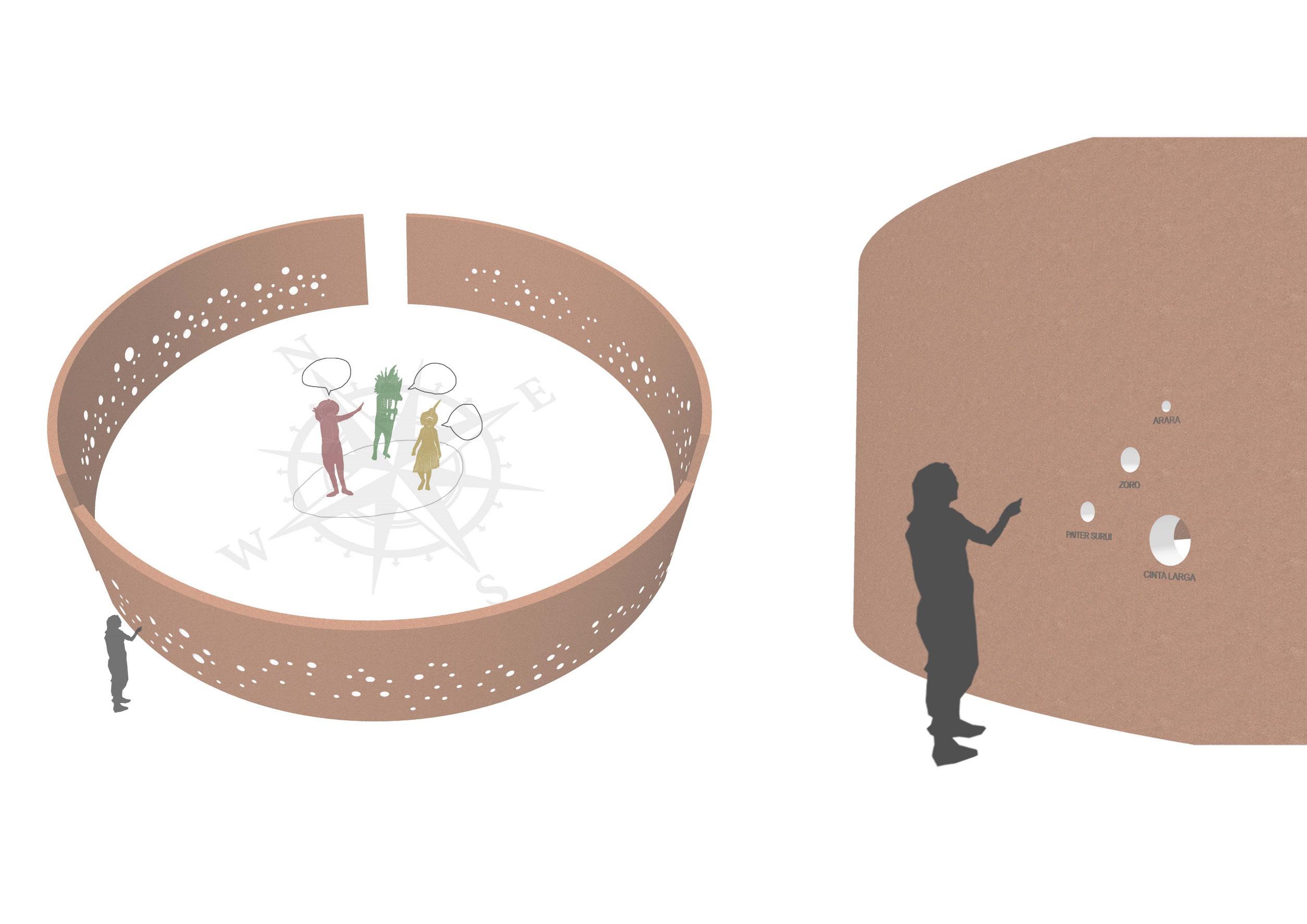
er Surui, that is a group of around 920 people.
To be in the center of this room is to re alize that there are still many indigenous people in Brazil, and to walk around is to see that there is a huge diversity of eth nic groups.
We are all responsible for the perma nence and experience of this diversity.

DESIGN
Illustration of the debate/meeting room. Nature is also part of the debate.
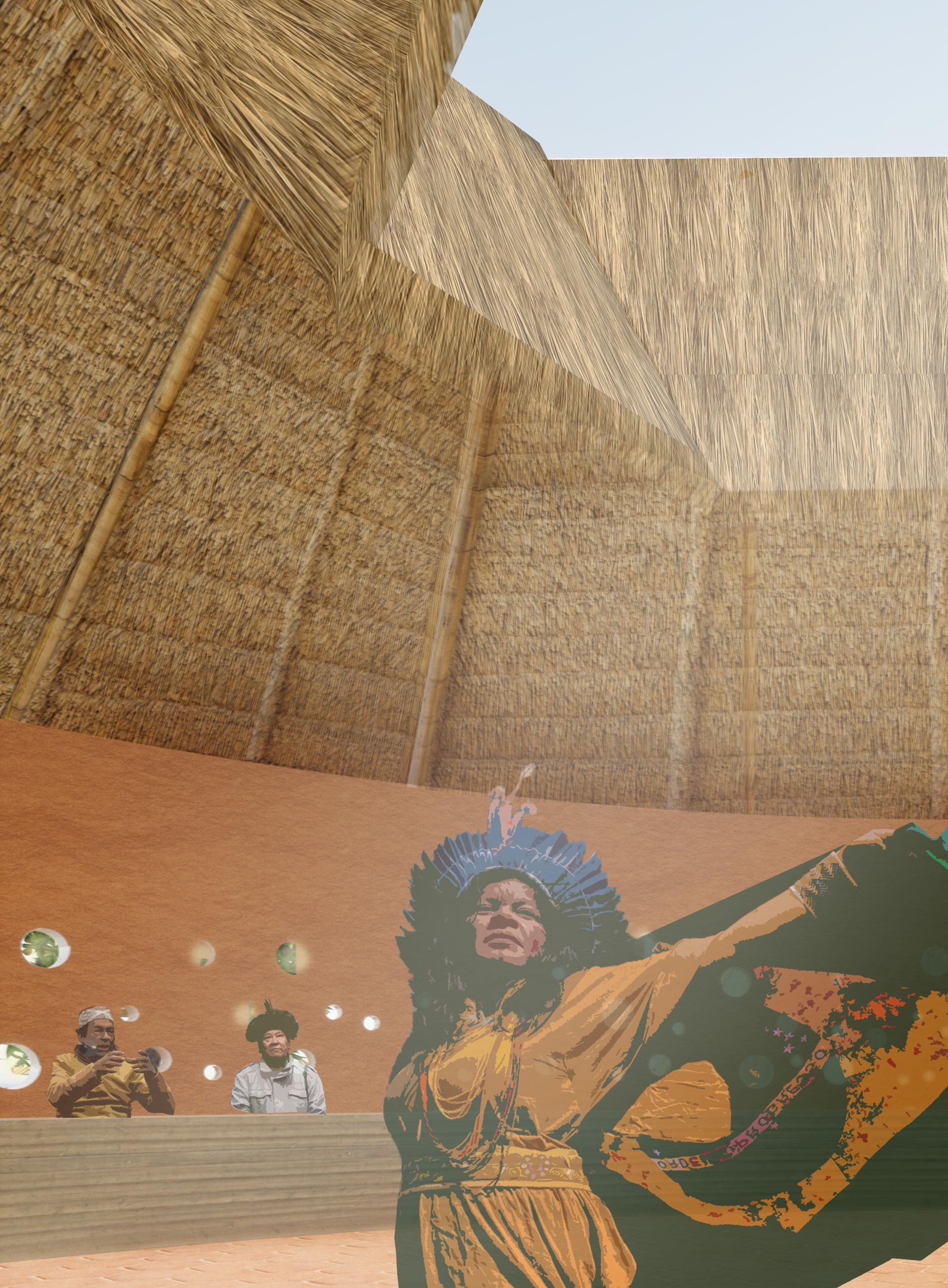
144

145 DESIGN
Detail that shows how rainwater is captured and stored.
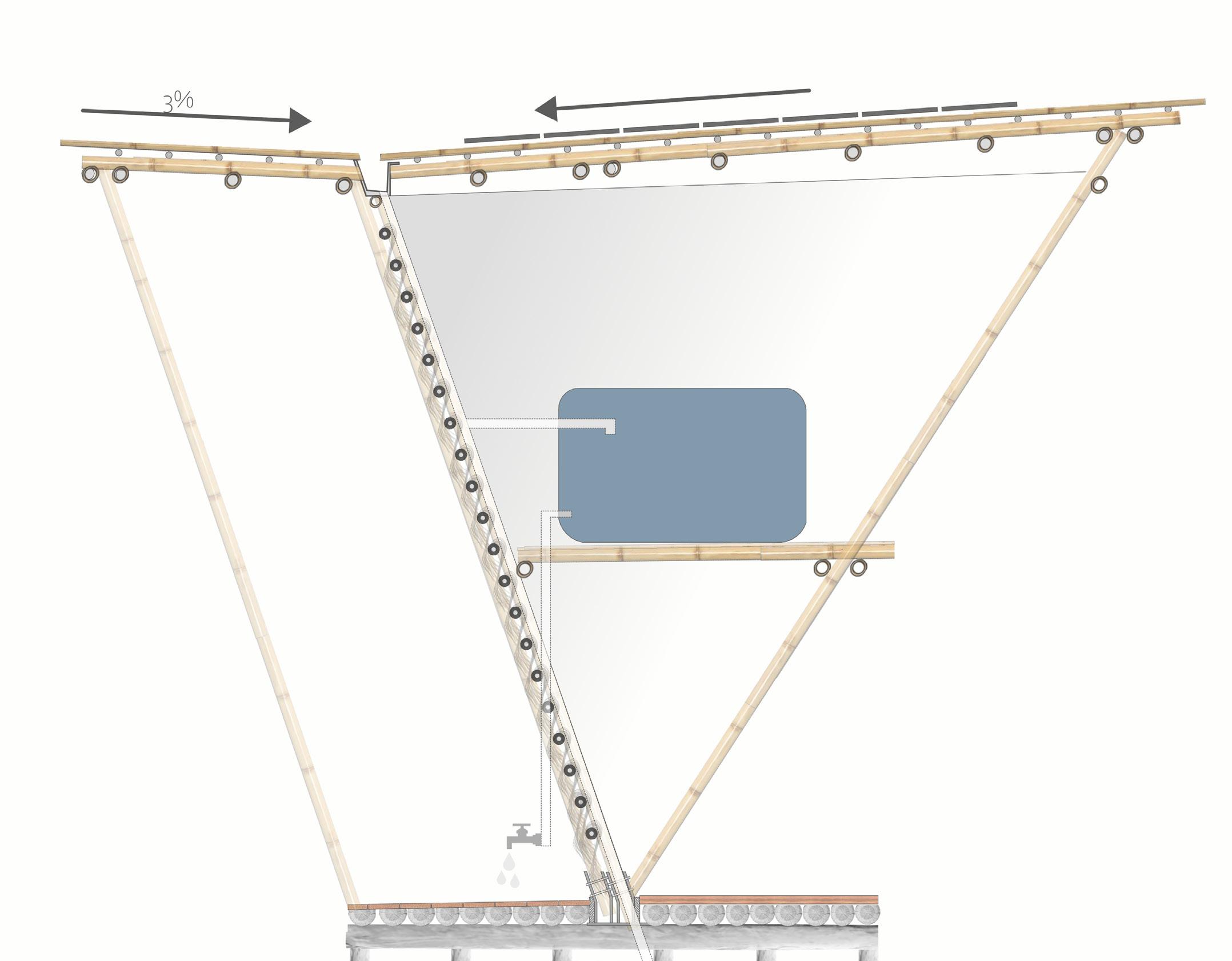
146 MATERIALS
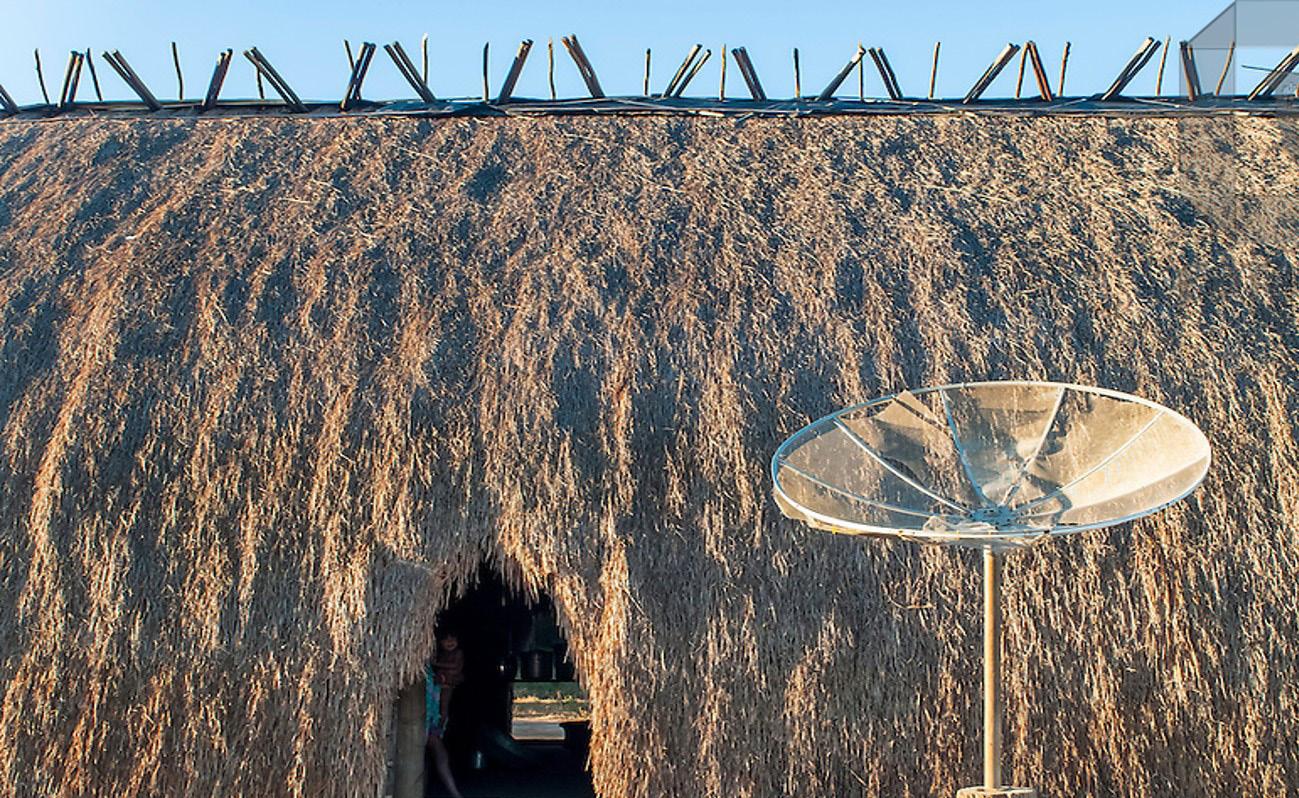
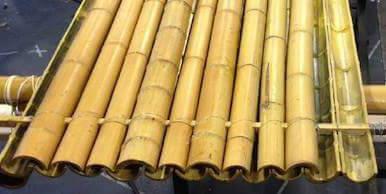
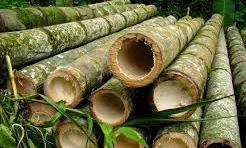



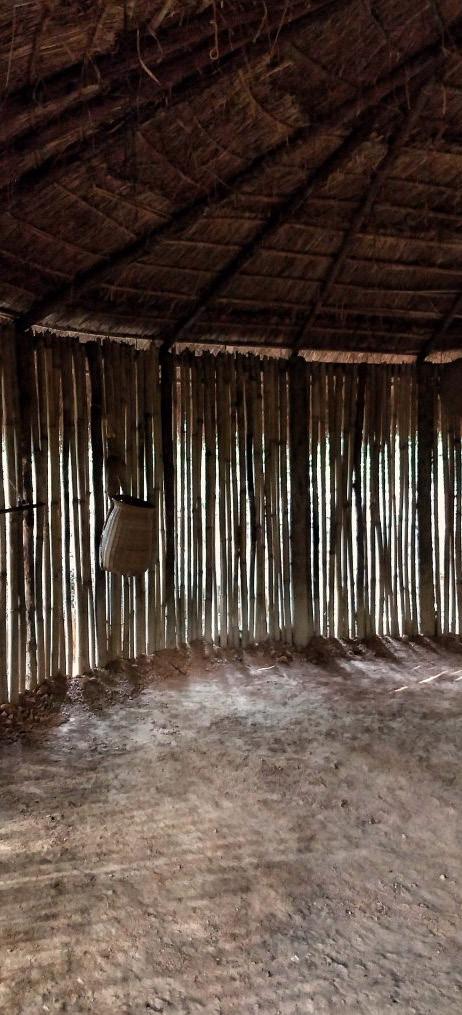
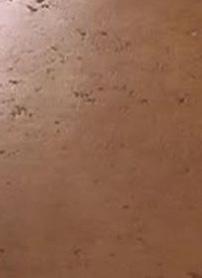
147 DESIGN
Bamboo poles. Thatch inside.
Tucum fibers.
Earthen floors and tiles. Earth wall.
WoodBamboo
Thatch outside.

148 DETAIL
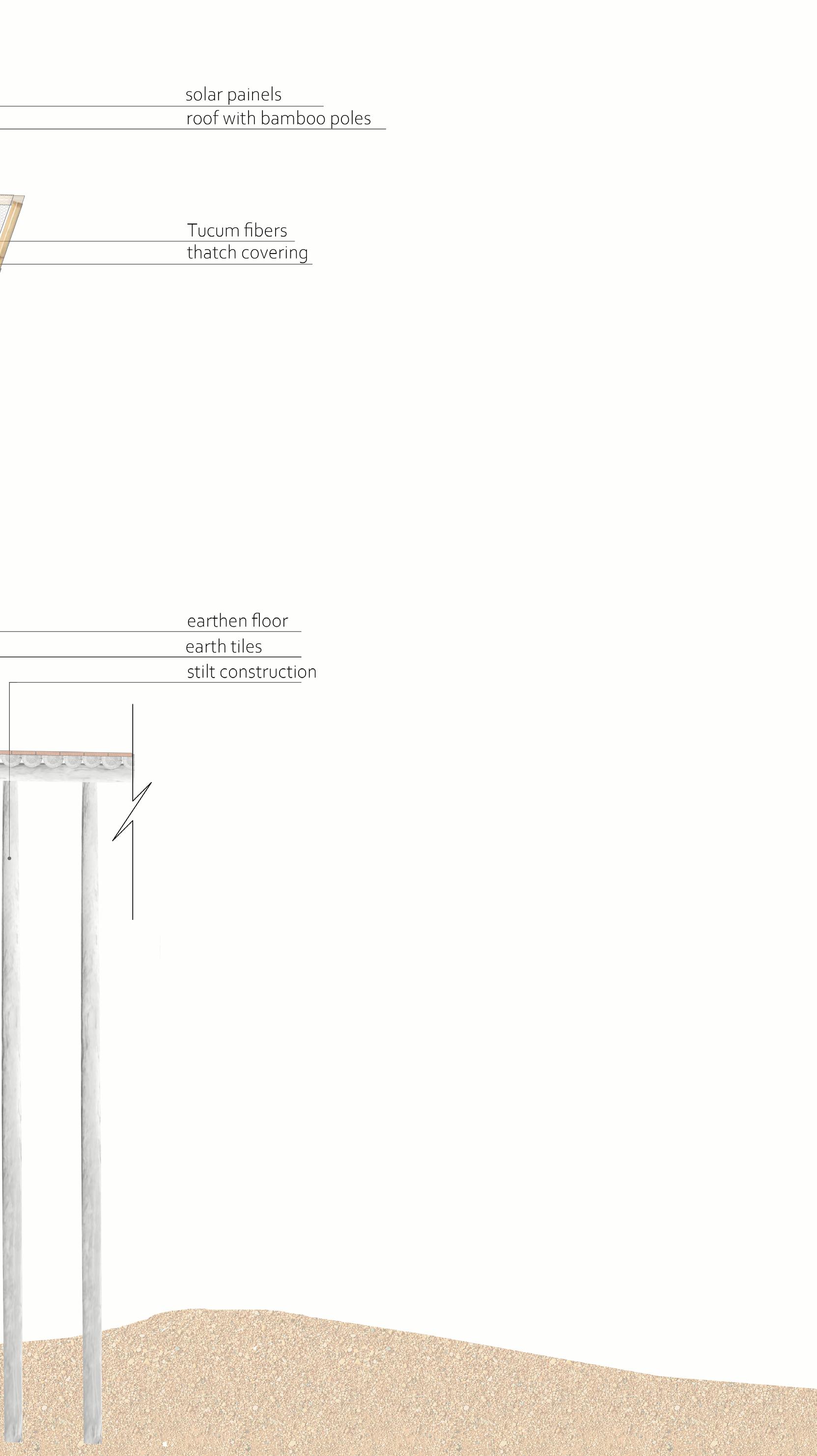
149
THE OTHER WAY OF EXPERIENCE
In this park it is possible to experience nature in differents ways. It is possible to get lost through the hexagons, but you can also use the paths. The red paths in the map are alternative ways, their structure is fixed under the ground and because the hexagons are floating you will see and perceive the park different
ly according to the tide of the water in the Guanabara Bay. This allows to see different species and feel nature in all seasons.
The red paths also provide access to the upper part of the beached boat and the oyster farms.
150
LOW TIDE X HIGH TIDE
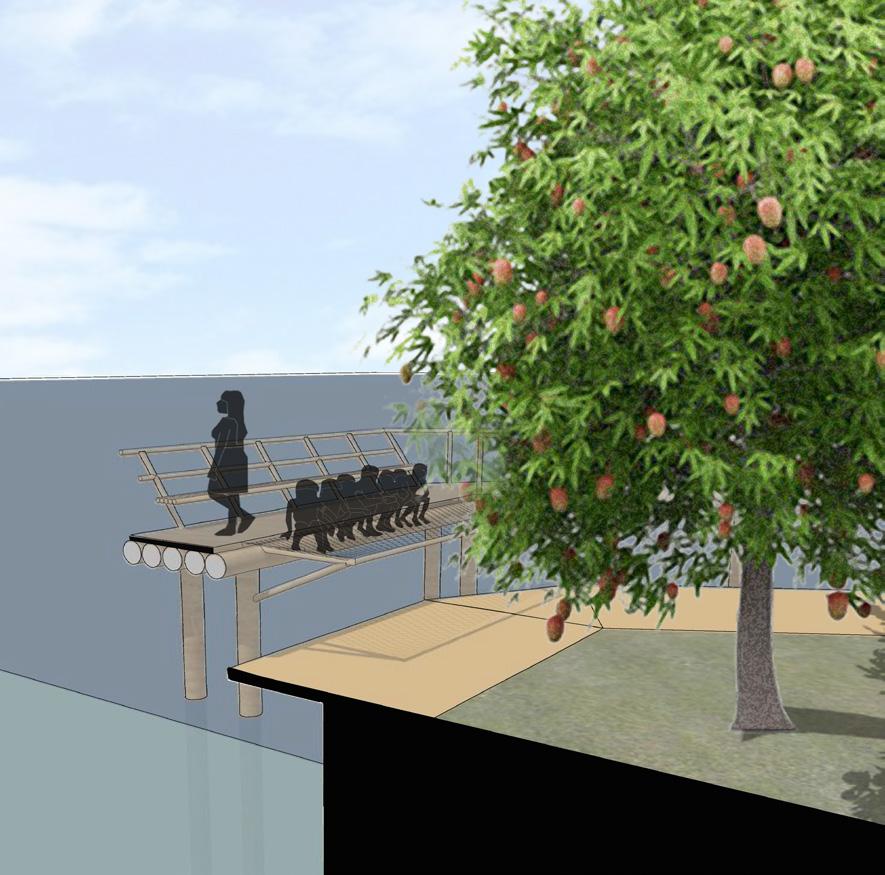
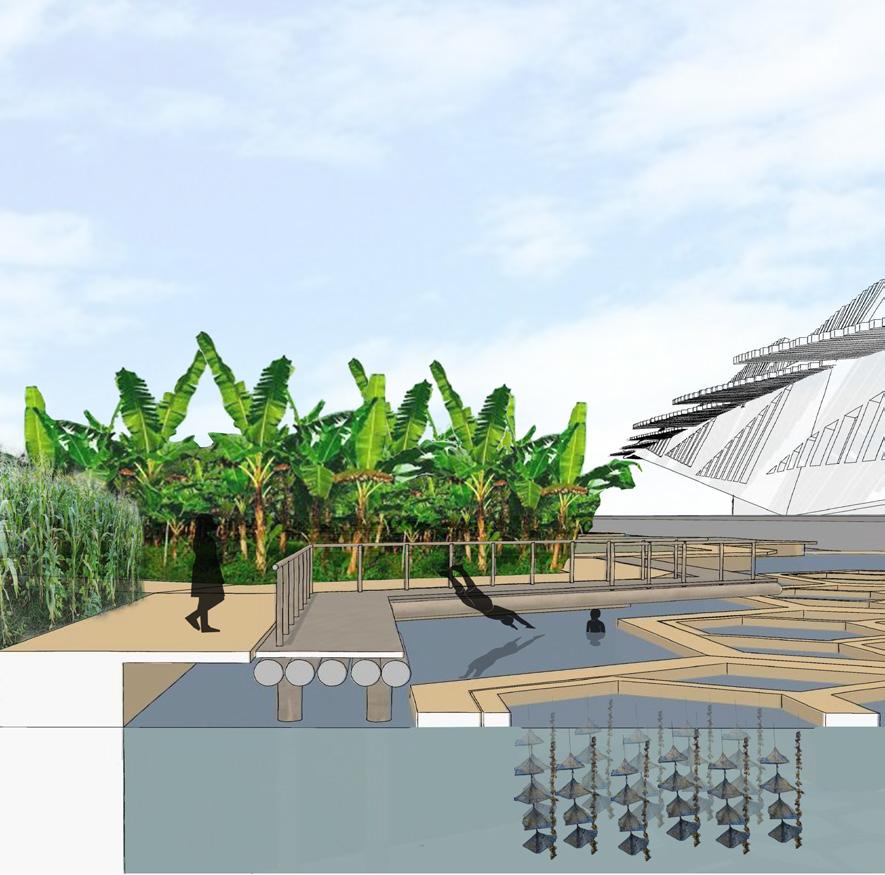

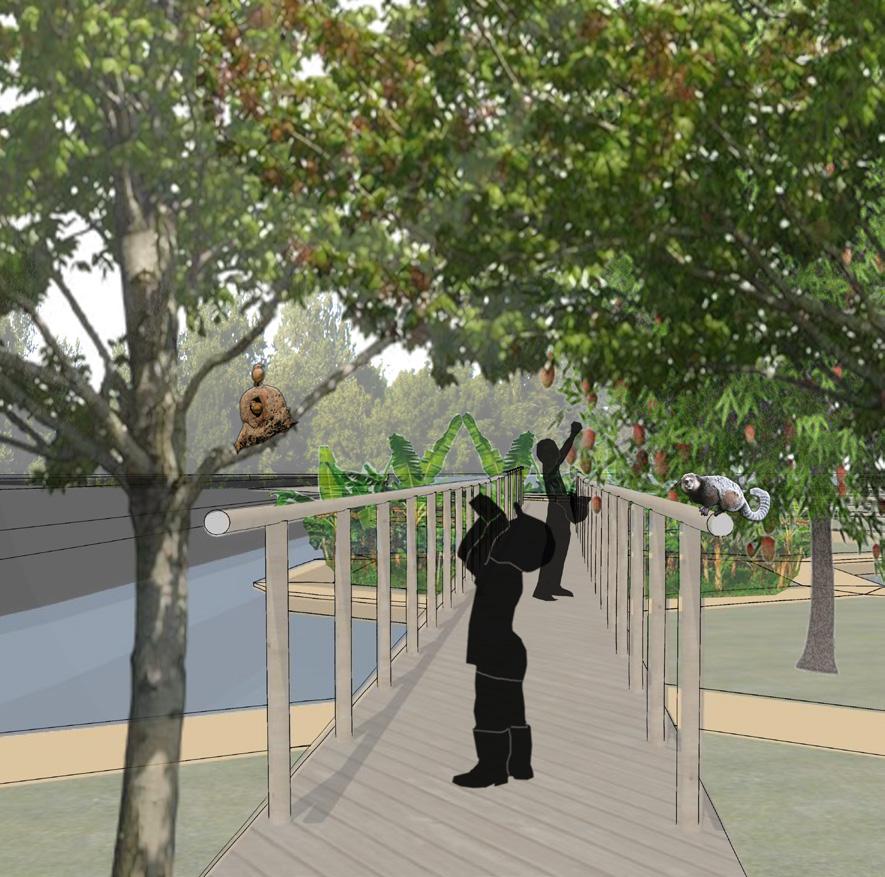
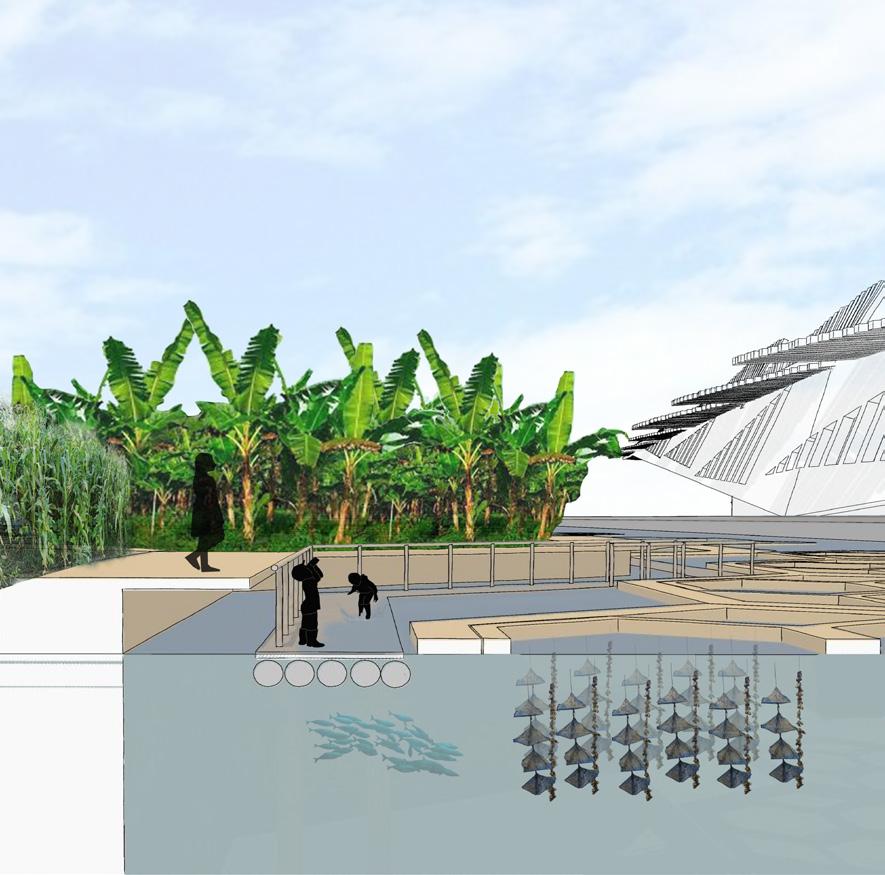
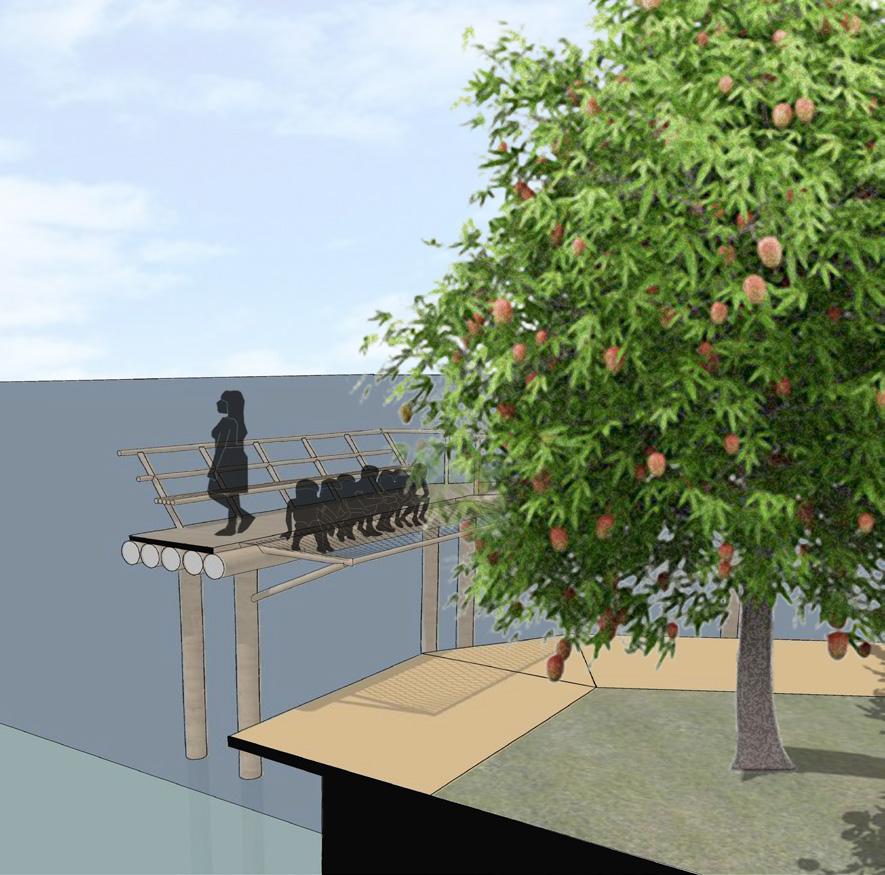
151
The future is a consequence of the fac tors of nature and human actions. I believe that nature itself will take over this whole project.
The platform will be used according to the needs of that particular period, and inhabited by humans and species that need it.
When maintenance is no longer possi ble, and nature takes action, the project will likely sink. The structure will not be garbage for the Guanabara Bay, remem ber that all the material is biodegrad able, and the blue tanks could be easily removed and destined for another use.

The reflection I want to bring here is not just about the Museum of Tomorrow,
Section with a viable prediction of the future.
152
which is a sustainable building that talks about the future, but the issue of sustain ability as a whole. What is the future of this building? What will it be like 50/100 years from now? How will the mainte nance be?
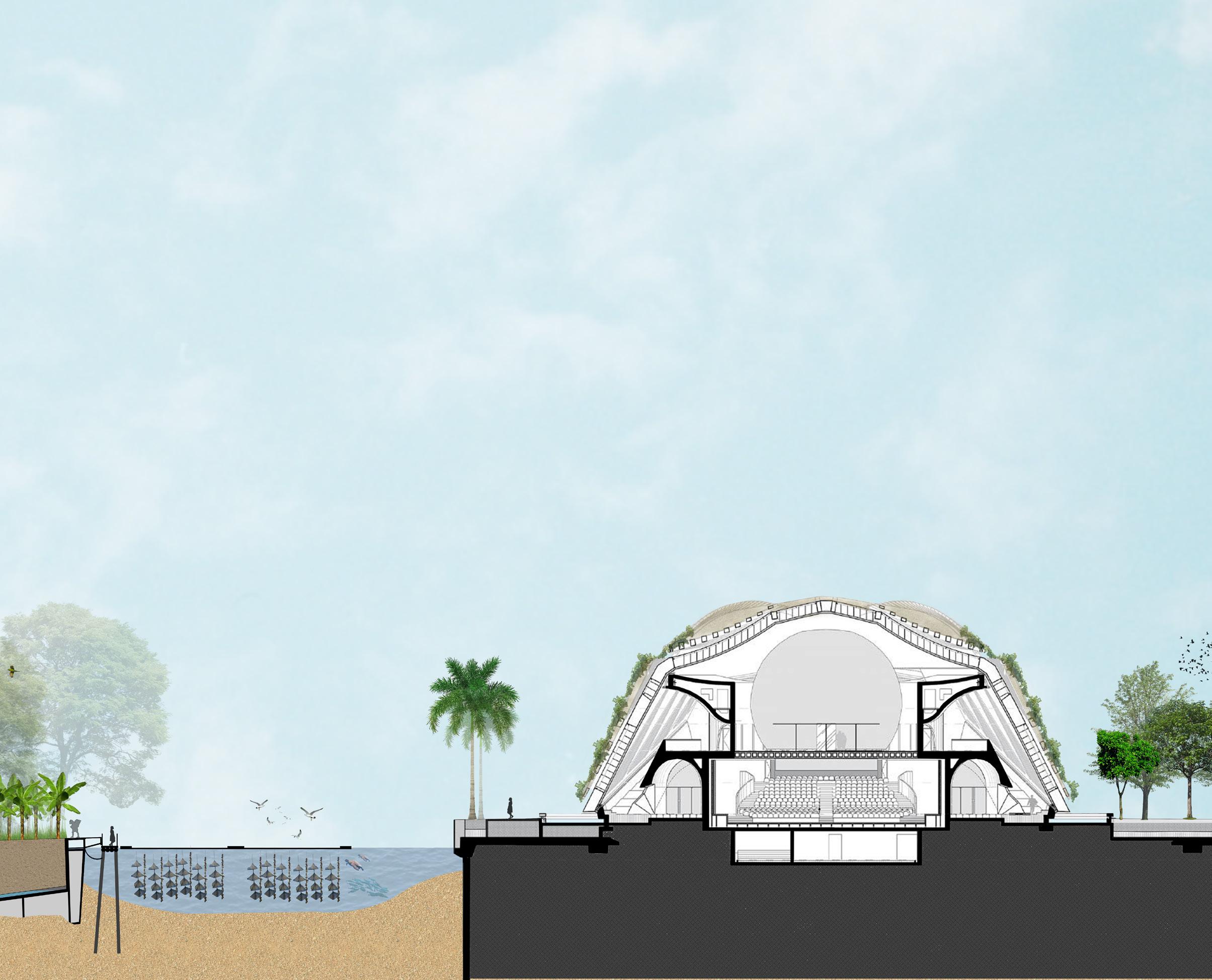
The Museum of Tomorrow has a fixed structure and a very expressive architec ture (architect’s mark). It is a sculpture in
Guanabara Bay, but nature will act on it too.
As an architect, I hope to contribute to more discussions and spaces that bet ter integrate (diverse) people and na ture. I want not only to contribute to the thought of NOW, but also to what is to come.
153 DESIGN
Illustration that shows a possibility for this park to expand around the territory of the Museum of Tomorrow, and/ or in other places in Guanabara Bay
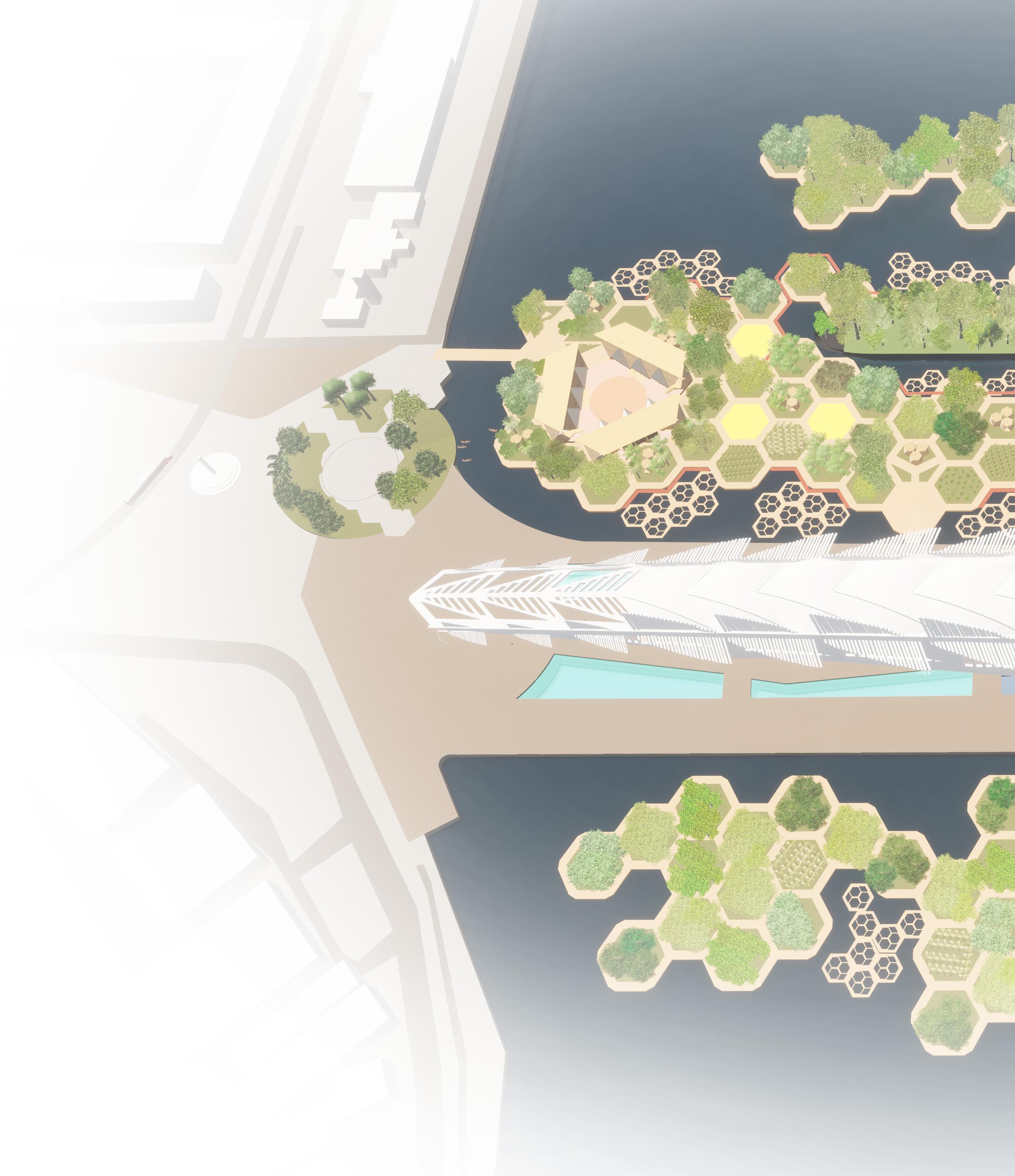
154
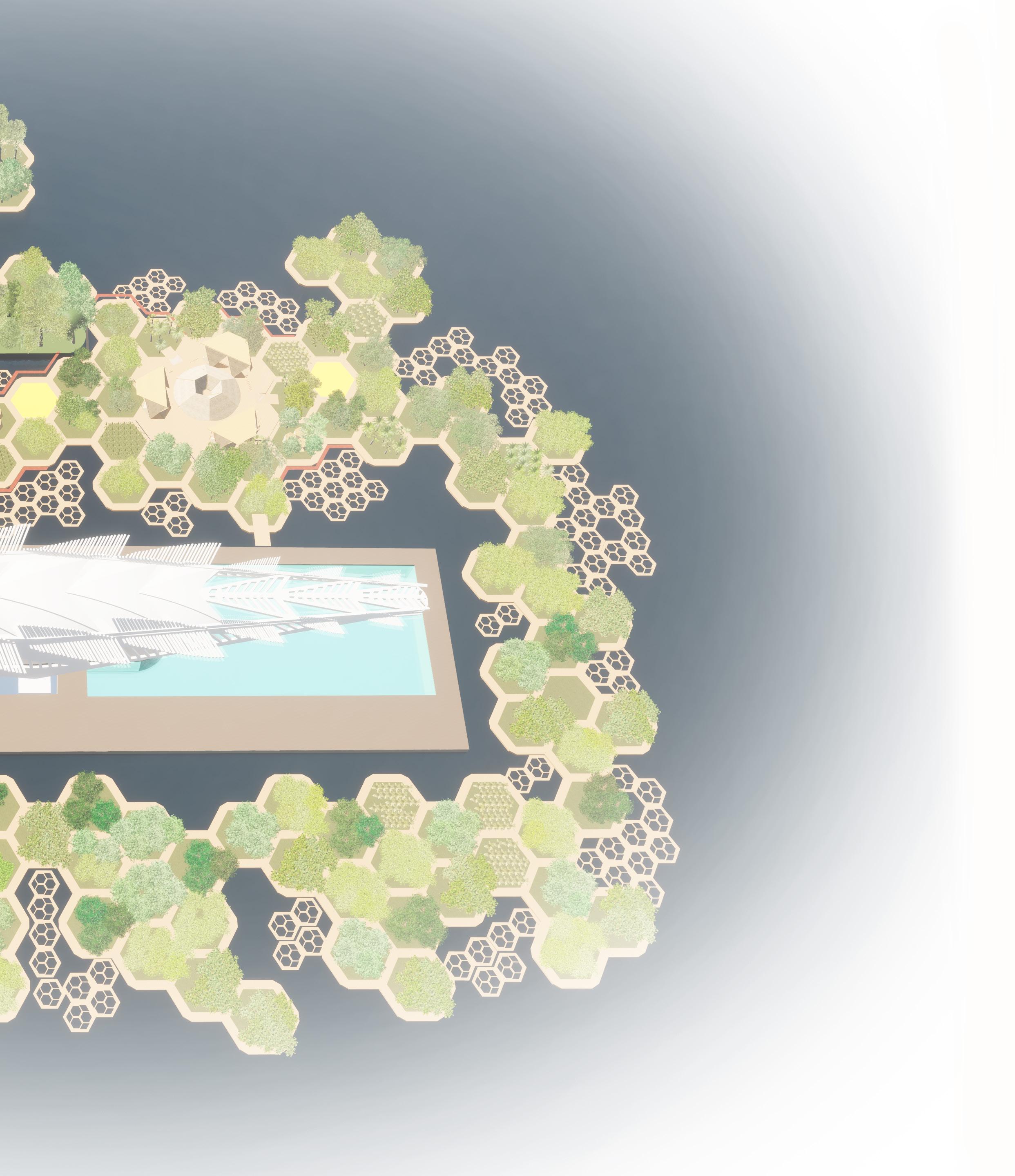
155 DESIGN
BIBLIOGRAPHY
156
157
https://pib.socioambiental.org/en/Povo:Yanomami
Almeida, R. F. T., & Mura, F. (2018, March 26). Guarani Kaiowá. Retrieved March 21, 2020, from https://pib.socioambiental.org/en/Povo:Guarani_Kaiowá
"Annexed:" The Rights of Indigenous Peoples in the UN Climate Change Conference 2015. (2015, December 16). Retrieved May 24, 2020, from https://www.cultural survival.org/news/annexed-rights-indigenous-peoples-un-climate-change-confer ence-2015
Arquitetura Indígena no Brasil. (n.d.). Retrieved March 21, 2020, from https://www. caurn.gov.br/?p=10213&utm_medium=website&utm_source=archdaily.com.br
Bojunga Cláudio. (2017). Roquette-Pinto: o corpo a corpo com o Brasil. Rio de Janeiro: Casa da Palavra.
Chianese, F., & Dell’Angelo , J. (2010, March 26). Qamiri: What lessons can be learnt from indigenous peoples?, 2nd conference on Economic Degrowth. Barcelona, Spain. https://www.degrowth.info/wp-content/uploads/2016/09/Chianese_01.pdf
Corry, S. (2011). Tribal peoples for tomorrows world: a guide. Cookhill (Alcester, UK): Freeman Press.
Costa, C. Z. (1989, December). O Desenho Cultural da Arquitetura Guarani , pdf. São Paulo. FAUUSP https://www.researchgate.net/publication/319923048_O_Desenho_ Cultural_da_Arquitetura_Guarani/fulltext/59c1d99baca272295a09b46a/O-Desen ho-Cultural-da-Arquitetura-Guarani.pdf
Costa, S. (2019, jan 29) Desmatamento na Amazonia segue com tendência de au mento. Retrived Feb 2020. From https://imazon.org.br/imprensa/desmatamen to-na-amazonia-segue-com-tendencia-de-aumento/
Embrapa maps https://www.embrapa.br/gite/projetos/atribuicao/index.html
Farias, R., Saflatle, L., & Jardim, R. (Eds.). (2020, april 14) Vozes da Floresta, Ailton Krenak. Retrieved April 22, 2020, from https://www.youtube.com/watch?v=KRTJI h1os4w
158
Fortes, M. (2019, Sep 29) Expresso da Ilhas. Retrieved May 2020, fromhttps://expres sodasilhas.cv/mundo/2019/09/29/50-mil-indios-brasileiros-do-mato-grosso-do-sulem-risco/65896
FUNAI http://www.funai.gov.br
Guajajara, S. (2019, December 23). Sonia Guajajara: Indígenas do Brasil na COP-25. Retrieved May 16, 2020, from https://www1.folha.uol.com.br/opiniao/2019/12/indigenas-do-brasil-na-cop-25. shtml
Havemann, P. (2018, February 6). Lessons from indigenous knowledge and cul ture: learning to live in harmony with nature in an age of ecocide PDF. London. From https://minorityrights.org/wp-content/uploads/2016/07/Lessons-from-indige nous-knowledge-and-culture.pdf
Intercontinental.Cry. (2018, August 17). Indigenous Rights Cut from Paris Agreement: Why It Concerns Us All. Retrieved May 24, 2020, from https://intercontinentalcry.org/ indigenous-rights-cut-from-paris-agreement-why-it-concerns-us-all/ International Survival https://www.survivalinternational.org/tribes/brazilian
Kopenawa, D., Albert, B., Perrone-Moisés Beatriz, Castro, E. B. V. de, & Kopenawa, D. (2016). A queda do céu: palavras de um xamã yanomami. São Paulo, SP: Companhia das Letras.
Lengen, J. van. (2013). Arquitetura dos Índios da Amazônia. São Paulo: B4 Editores. Mascaró, L. (2014). Arquitetura Guarani. Retrieved May 16, 2020, from http://www. arqpop.arq.ufba.br/taxonomy/term/365
Mekosh M. (2019, Aug 9) Indigenous Peoples Make Groundbreaking Progress in UN Climate Spaces, According to New Report, Retrieved May 10, 2020. https://www.ciel. org/news/indigenous-peoples-make-groundbreaking-progress-in-un-climate-spac es-according-to-new-report/
Milliken, W, Orstom, B.A. (1997). Journal of Ethnobiology 17(2):215-233
159
Museu do Índio http://www.museudoindio.gov.br/o-museu/apresentacao Retrieved May 16, 2020
Museu do Índio Manaus http://www.museudoindio.com.br/index.html Retrieved June 7, 2020
Niemeyer, O. (1982) Indigenous memoria,l from http://www.niemeyer.org.br/obra/ pro186
Priscila, K. (2019, April, 18)Povo Guarani, agricultura, alimentos e liderança feminina. Retrieved May 2020. https://www.sescsp.org.br/online/artigo/13159_POVO+GUARA NI+AGRICULTURA+ALIMENTOS+E+LIDERANCA+FEMININA
Ribeiro, D. (1996). Os índios e a civilização: a integração das populações indígenas no Brasil moderno. São Paulo: Companhia das Letras.
Salgado Sebastião. (2013). Genesis. Köln: Taschen.
Silva, W. B. da. (n.d.). História e cultura Guarani. Retrieved February 15, 2020, from http://www.funai.gov.br/index.php/ascom/1947-historia-e-cultura-guarani
Socioambiental, I. (2018, November 6). 'Coragem', 'beleza', 'verdade' e outras pala vras que aprendi com as Yanomami. Retrieved February 2020, from https://medium. com/@socioambiental/coragem-beleza-verdade-e-outras-palavras-que-aprendicom-as-yanomami-3d420882b00c
Tomaz, K. (2020, March 26). Indígenas de SP bloqueiam entradas de aldeias para evitar turistas e pedem ajuda no combate ao coronavírus. Retrieved March 26, 2020, from https://g1.globo.com/sp/sao-paulo/noticia/2020/03/26/indigenas-de-sp-bloque iam-entradas-de-aldeias-para-evitar-turistas-e-pedem-ajuda-no-combate-ao-coro navirus.ghtml
Vieira, B. M. (2020, March 9). PM acompanha reintegração de posse em área de mata nativa em SP ocupada por indígenas. Retrieved April 5, 2020, from https://g1. globo.com/sp/sao-paulo/noticia/2020/03/10/pm-acompanha-reintegracao-de-pos se-em-area-de-mata-nativa-em-sp-ocupada-por-indigenas.ghtml
160
Watson, F., Corry, S., & Pearce, C. (2002). Disinherited: Indians in Brazil. London: Sur vival International. https://assets.survivalinternational.org/static/files/books/Disinher ited.pdf
Weimer, A. G. (2014, May 13). EVOLUÇÃO DA ARQUITETURA INDÍGENA pdf. Porto Alegre, RS. http://ihgrgs.org.br/artigos/membros/G%C3%BCnter%20Weimer%20 -%20Evolu%C3%A7%C3%A3o%20da%20Arquitetura%20Ind%C3%ADgena,%20 2014.pdf
Werá, K. (2020, April 15). EU MAIOR com Kaká Werá em Diálogos 2020 E5 .Retrieved April 2020 from https://podcasts.google.com/feed/aHR0cHM6Ly9hbmNob3IuZm0v cy8xYzJiNTQwL3BvZGNhc3QvcnNz/episode/ZGM4OWM4NzQtYzQwNi00ZTA4L WEwNjgtNThkNzQ0NWJkODg0?hl=pt-BR&ep=6
Kuokkanen, R. (2011). Indigenous Economies, Theories of Subsistence, and Women: Exploring the Social Economy Model for Indigenous Governance. The American Indi an Quarterly 35(2), 215-240. https://www.muse.jhu.edu/article/423634. https://www.grupofresta.com.br/Processo-Participativo-em-Aldeias-Indigenas-Gua ranis-SP https://www.fao.org/indigenous-peoples/our-pillars/climate-change-and-tradition al-knowledge/en/ https://site-antigo.socioambiental.org/pt-br/blog/blog-do-xingu/muvuca-que-vi ra-floresta https://www.metropoles.com/brasil/baia-de-guanabara-vira-imenso-lixao-de-navi os-abandonados-e-carcacas
161
DO YOU WANT TO KNOW MORE ABOUT THE INDIGENOUS FROM BRAZIL?
If you want to understand more about indigenous people you can click on these vid eos.
•https://www.youtube.com/watch?v=WaIPRb-McBs
11:50 - 14:25 ( How the tribes lives in general and the problem with the land) 28:35 - 30:40 /37:20 ( contact with a isolated tribe, how they are)
This video is about the indigenous situation in the Amazon. Tells about the land, tribes mapped and the isolated tribes. The FUNAI is responsable to administrate the situation.
•https://www.youtube.com/watch?v=hSpYd0rXkSM
A small video about the situation of the Guarani Kaiowa in Mato Grosso do Sul. Claim ing a piece of land.
Documentary:
•The Territory | Official Trailer | National Geographic Documentary Films https://www.youtube.com/watch?v=wL9wvdbk7A4
Tells about the Uru-eu-wau-wau indigenous people who have seen their population decrease and their culture threatened since making contact with white Brazilians, in addition to facing illegal incursions in logging and mining.
•The Pope, the Environmental Crisis and the Outstanding Leaders https://www.youtube.com/watch?v=Rps9bs85BII
The pope invites leaders from different parts of the world, including an indigenous leader, Cacique Dada, to talk about the crisis in the environment.
•The Last Two Survivors | Trailer | Documentary | Indigenous Brazilians https://www.youtube.com/watch?v=ebWSK3Ptwj8
Documentary about the land rules. Farmers X indigenous people.
•NOTHING BUT THE SUN/Apenas El Sol - Arami Ullón’s https://www.youtube.com/watch?v=-kPjqO1viHs
Tells the situation of the Ayoreo indigenous group in Paraguay
162
163
164
A big thank you to Thiago Henrique Guarani Richard Wera Mirim Oyxiener Paiter Surui Xumaya Xya Guarani in Puerto Iguazu My collegues from HER architecten Stephan Verkuijlen Raul Correa-Smith Jorn Konijn
To all my friends, in special to Amanda Mello Felipe Gregorio Fernanda Romeu Lucas Pissetti Paula Molinari Sharon Sportel Thais Zuchetti
To my parents and parents in law and in special to my partner Wouter Molenaar
To all my teachers, people that work in the Academie van Bouwkunst, in special to Jan Richards Mildred van der Zwan I dedicate this work to my son Gabriël, I wish that he can have a future with Nature more present and better understand human diversity.
165
166
167
‘There can be no renewal of our relationship with nature without a renewal of humanity itself.’ Pope Francisco, Laudato Si 118 (The letter).

























































































































































































 Photo of the Museum of Tomorrow.
Weekend
Photo of the Museum of Tomorrow.
Weekend




































































































































